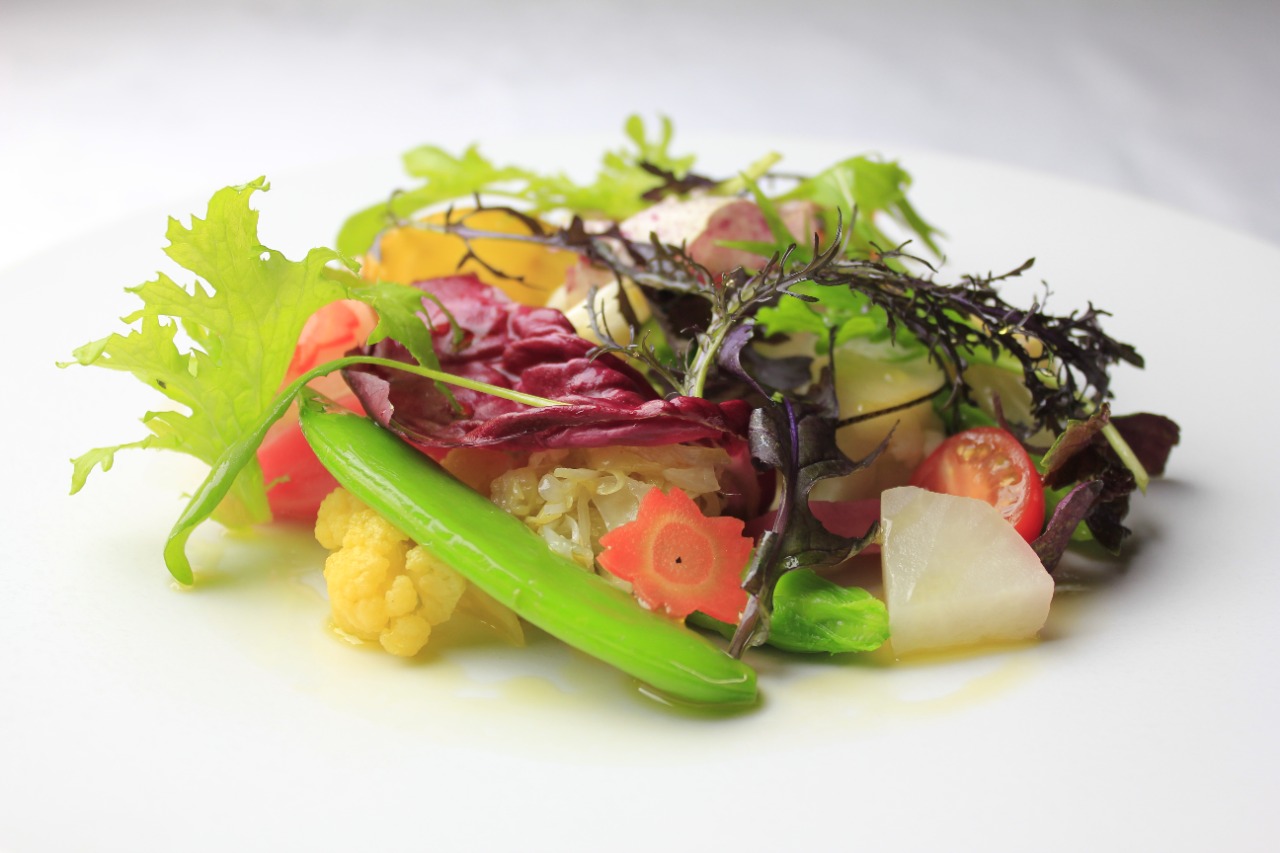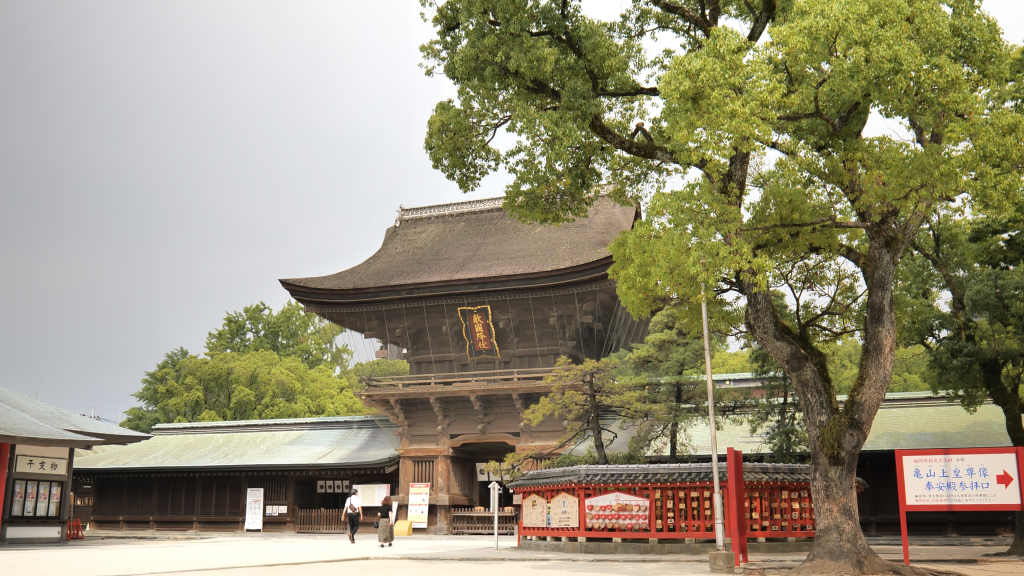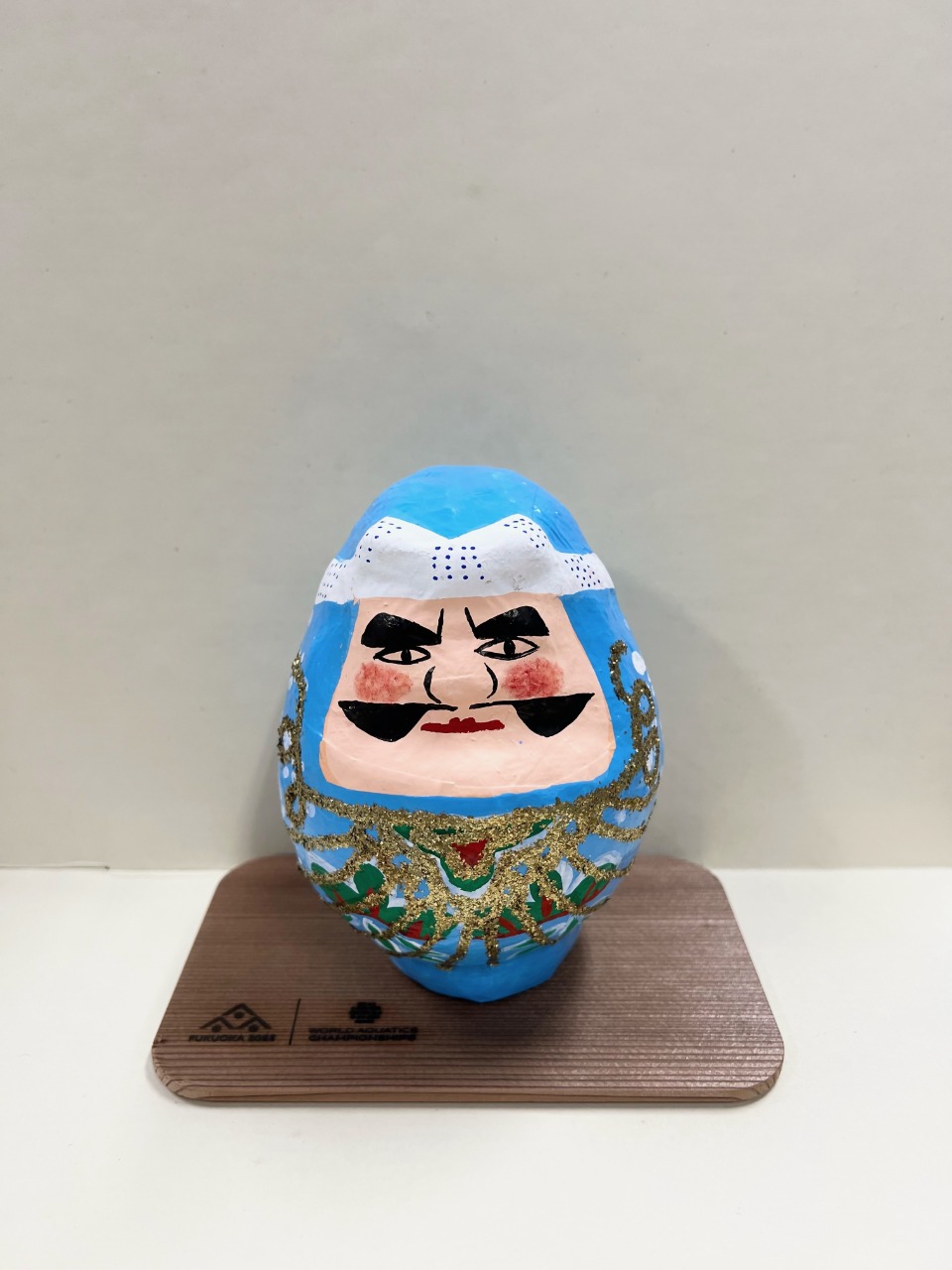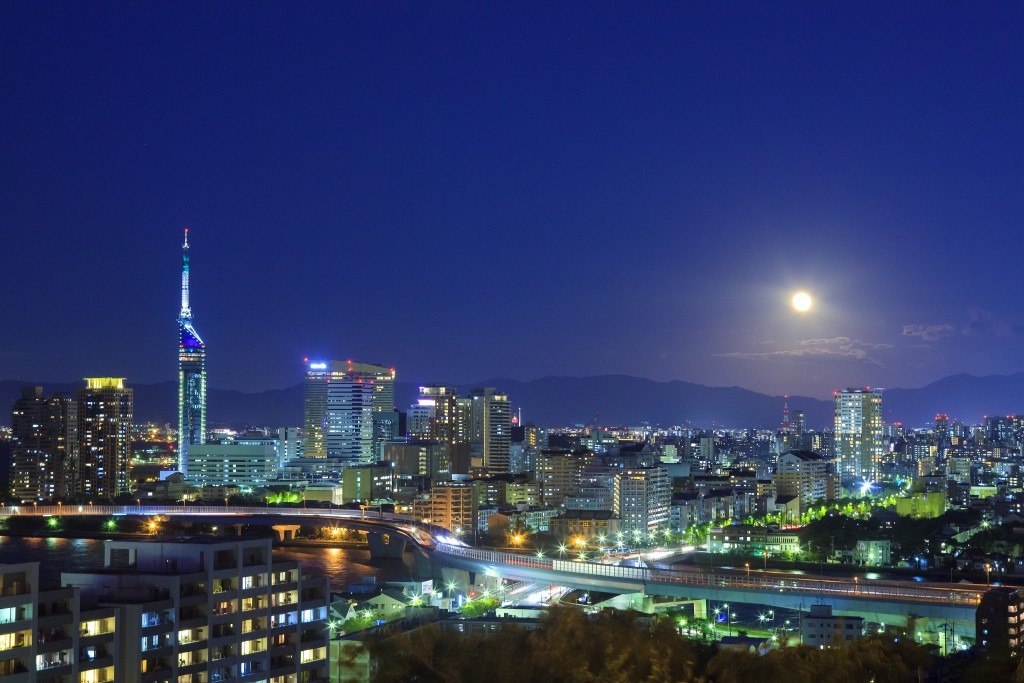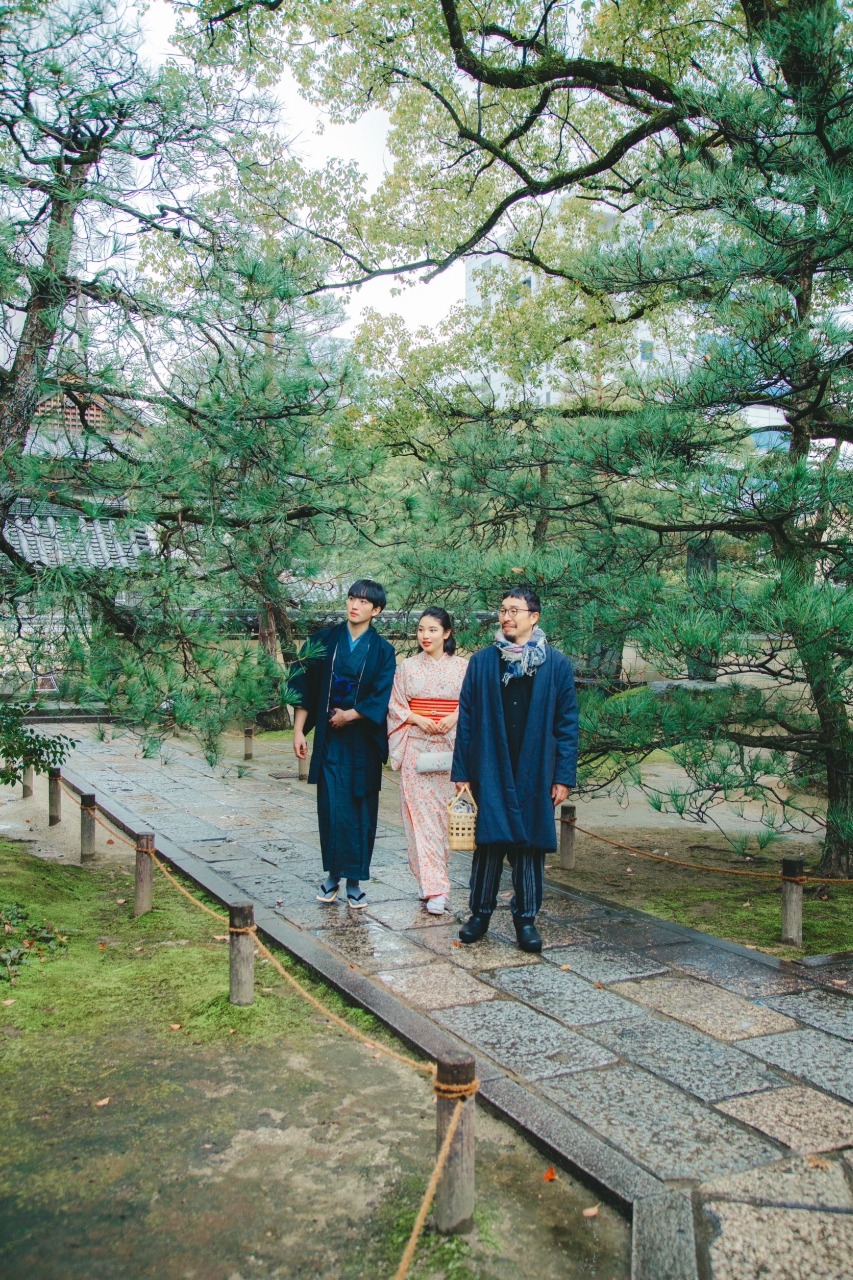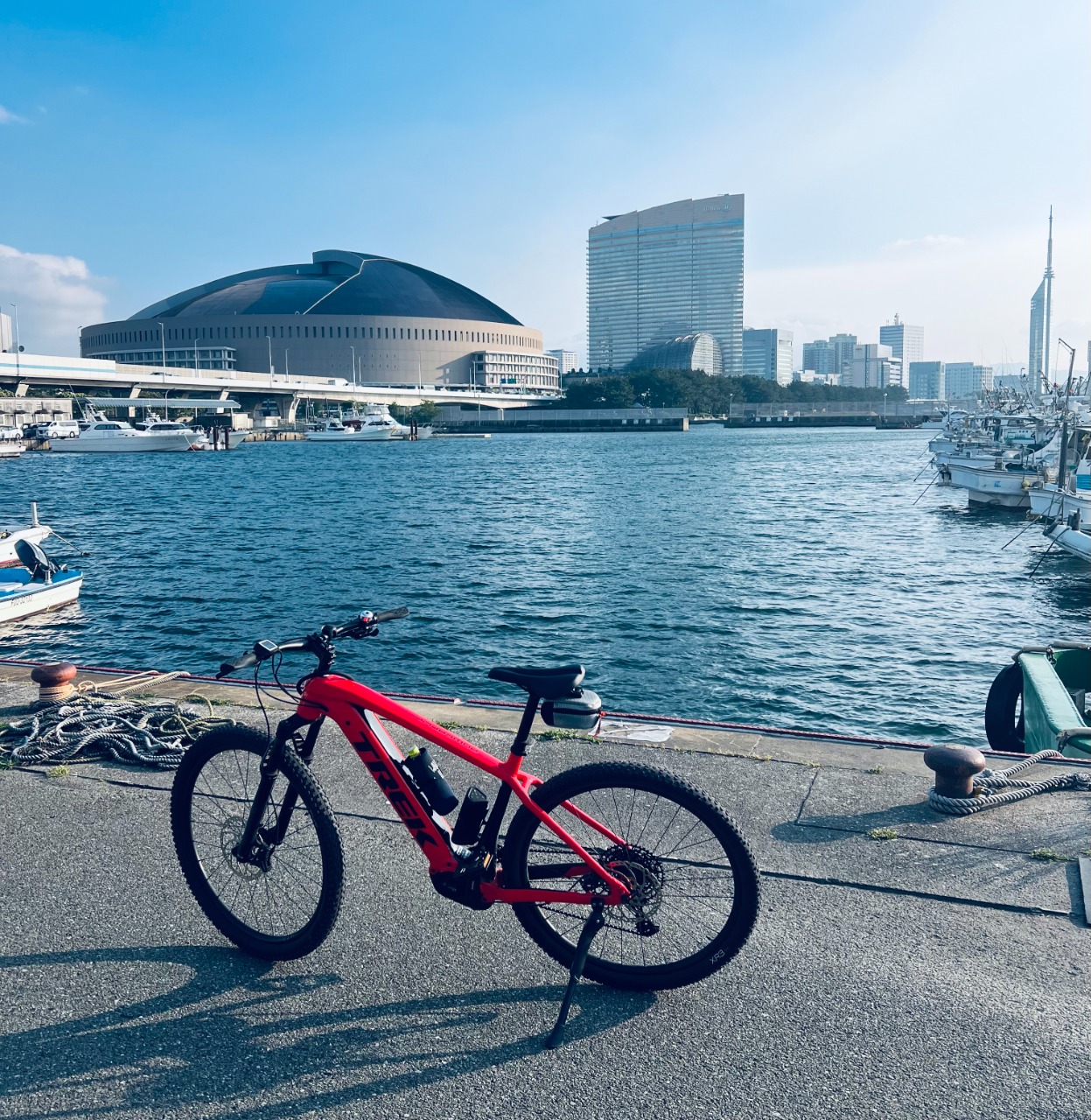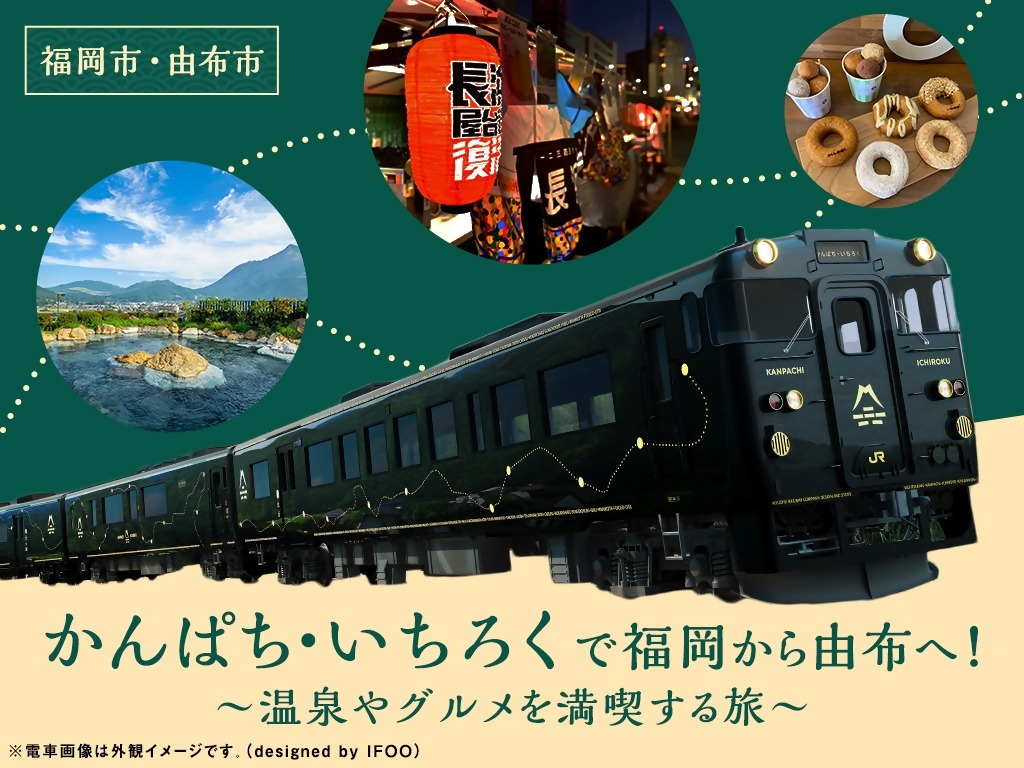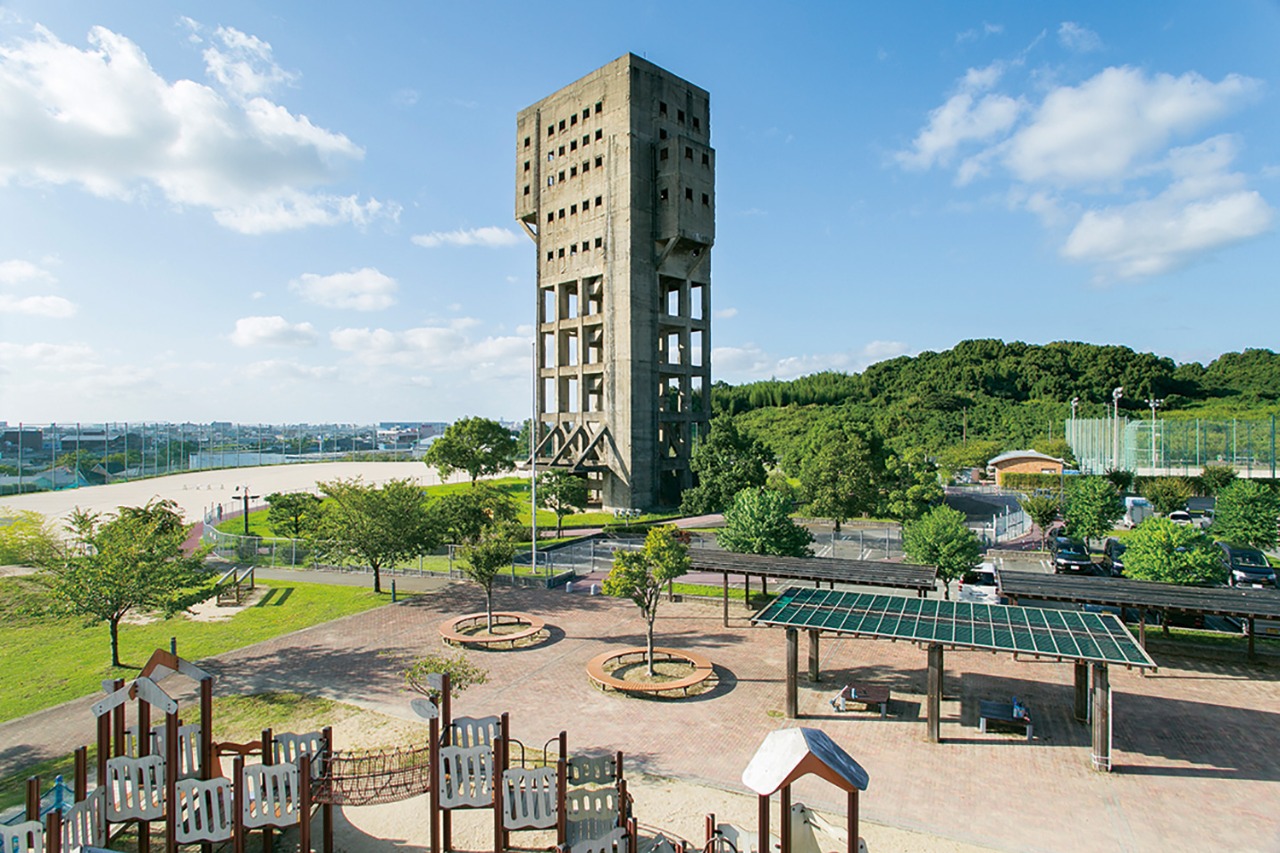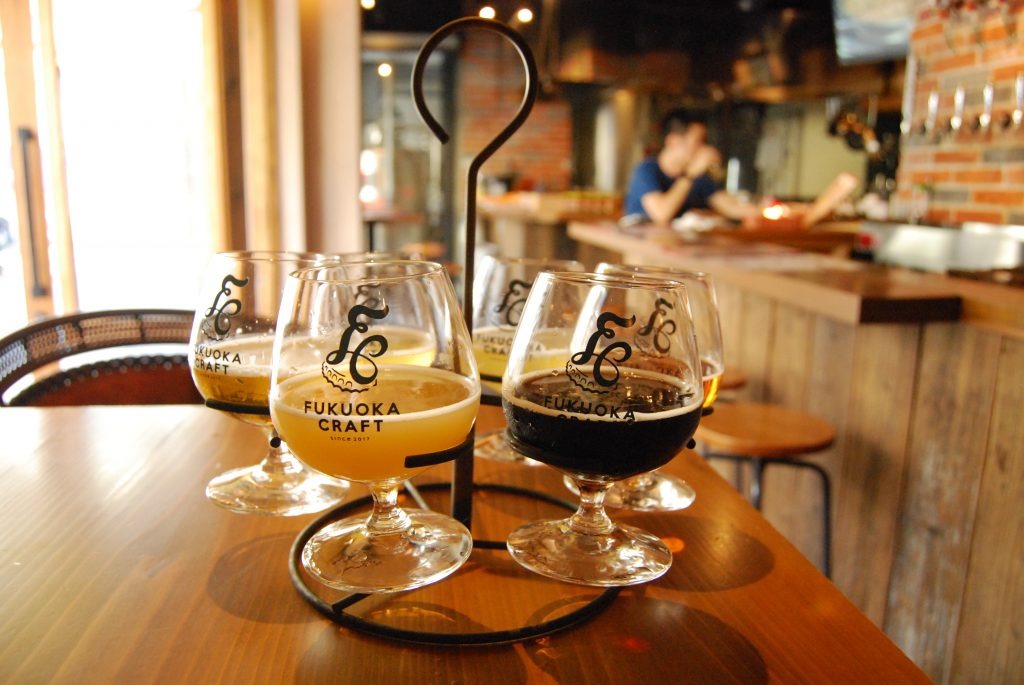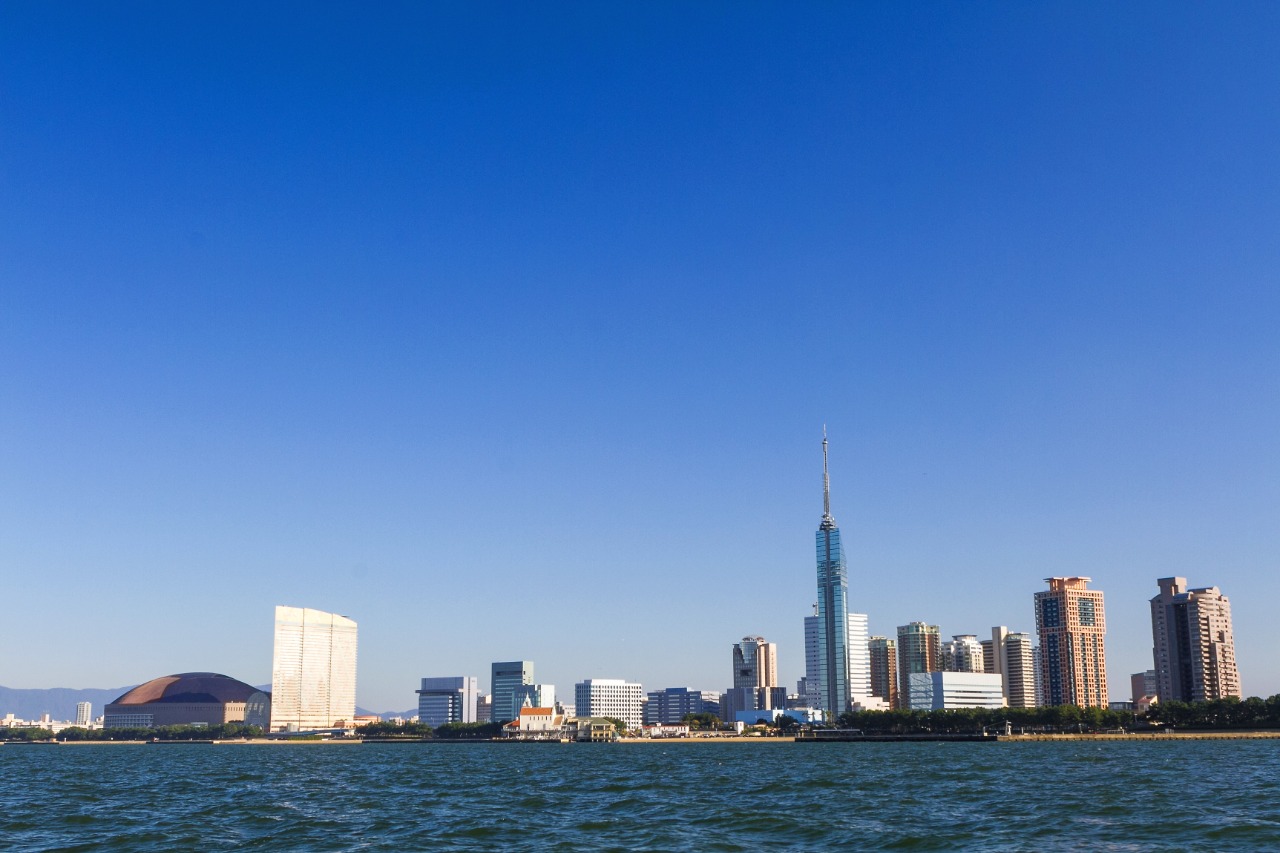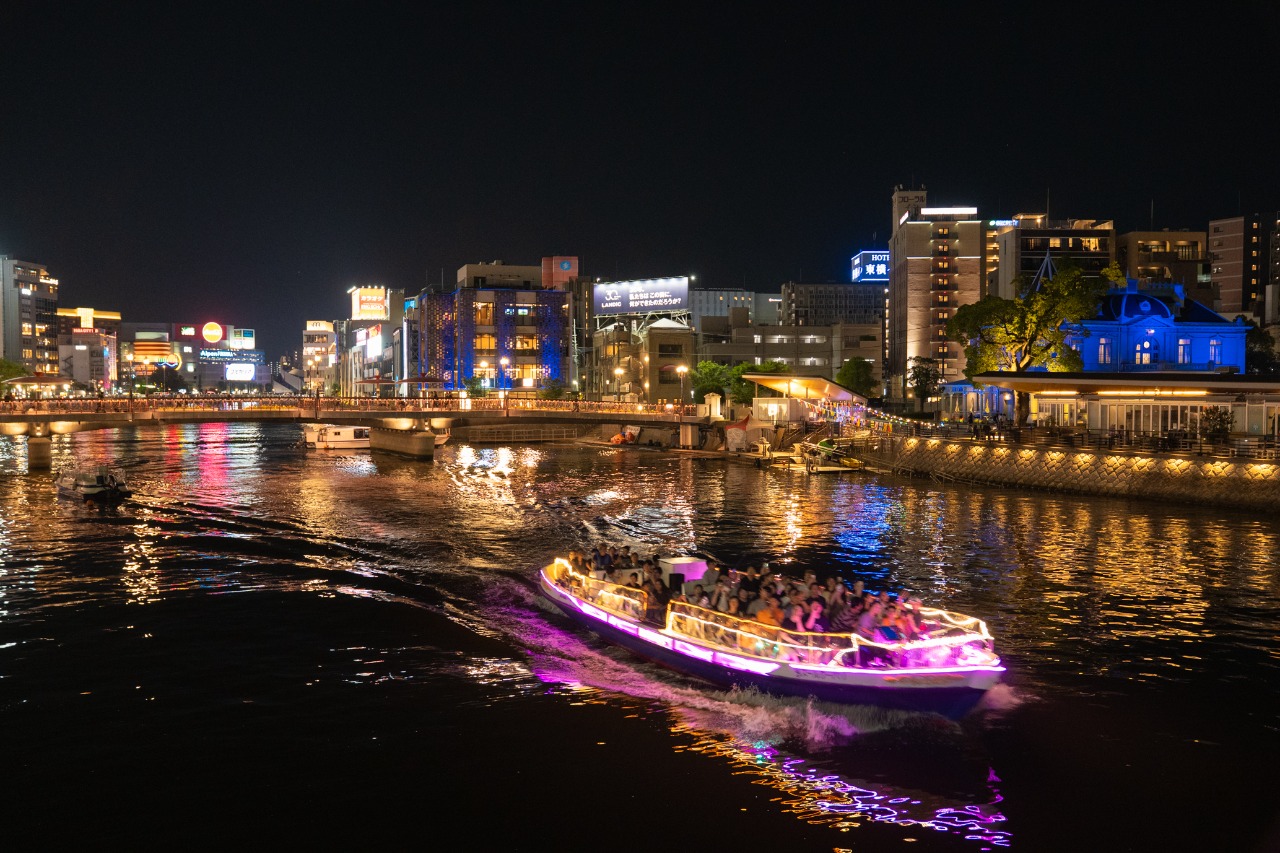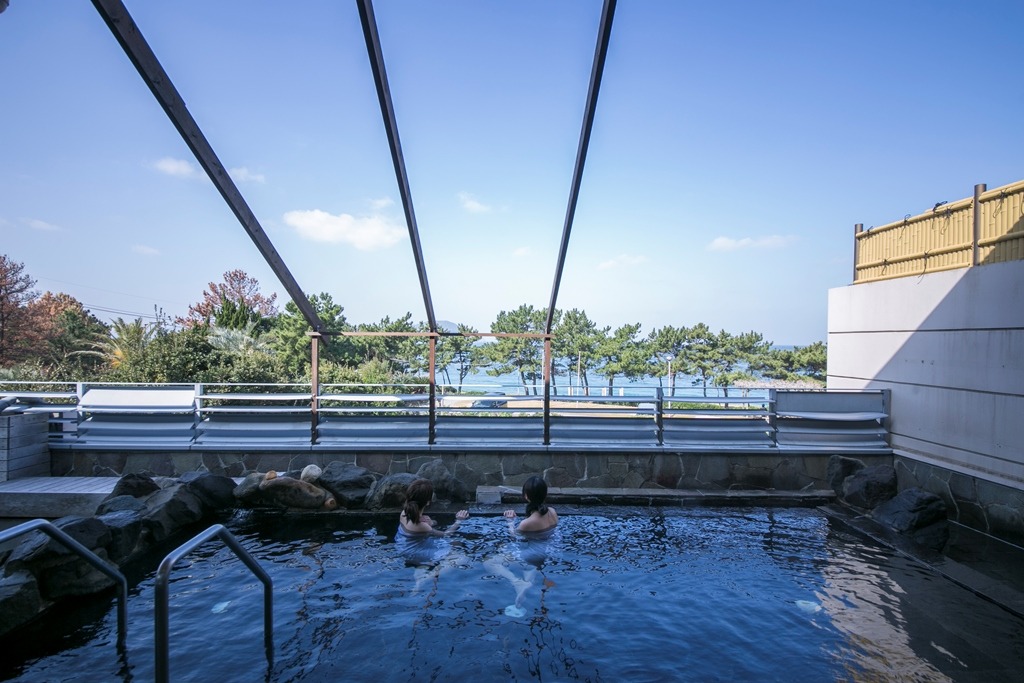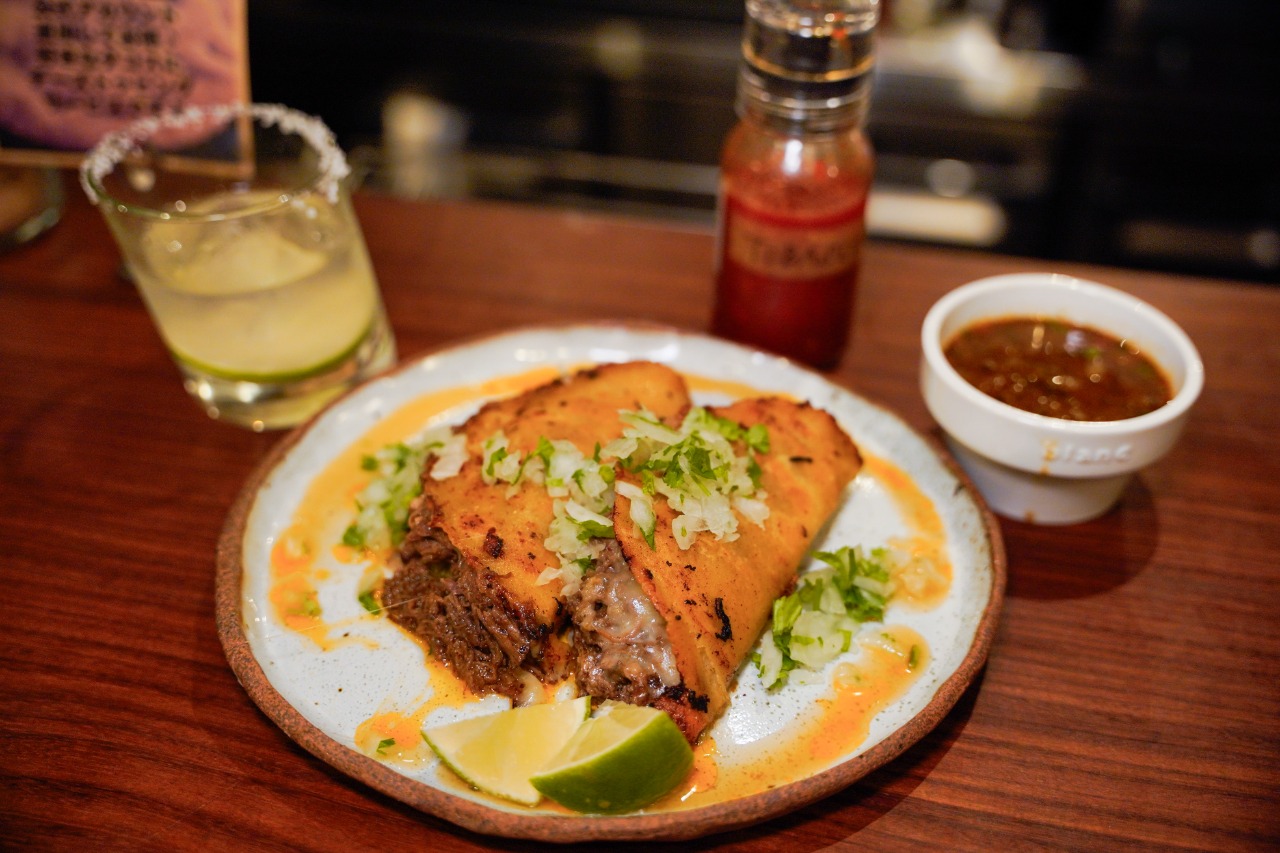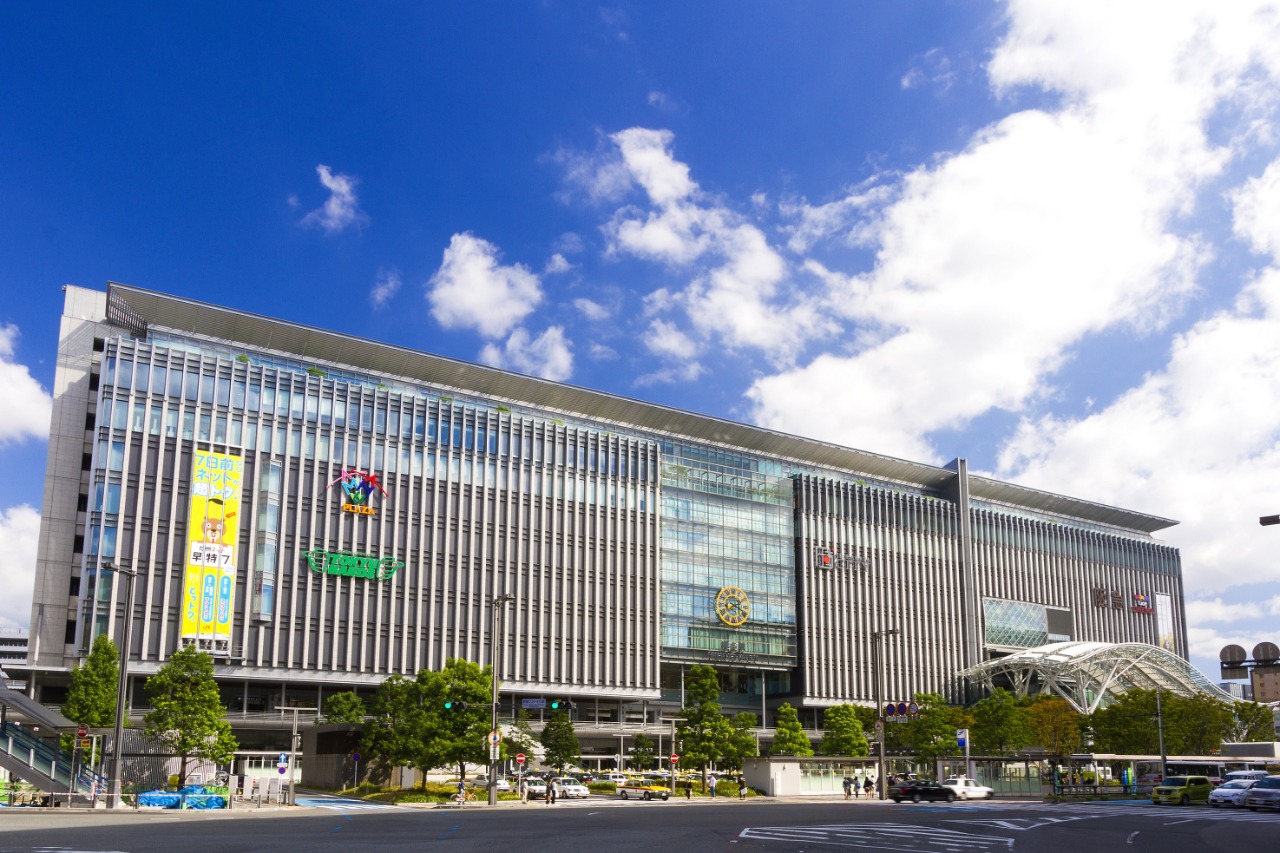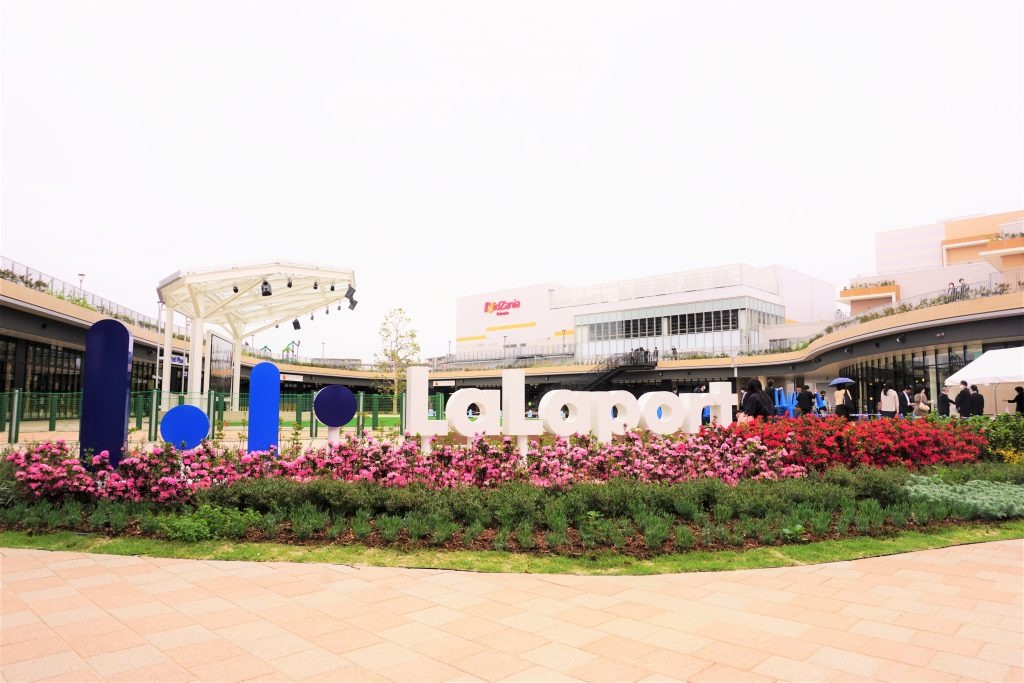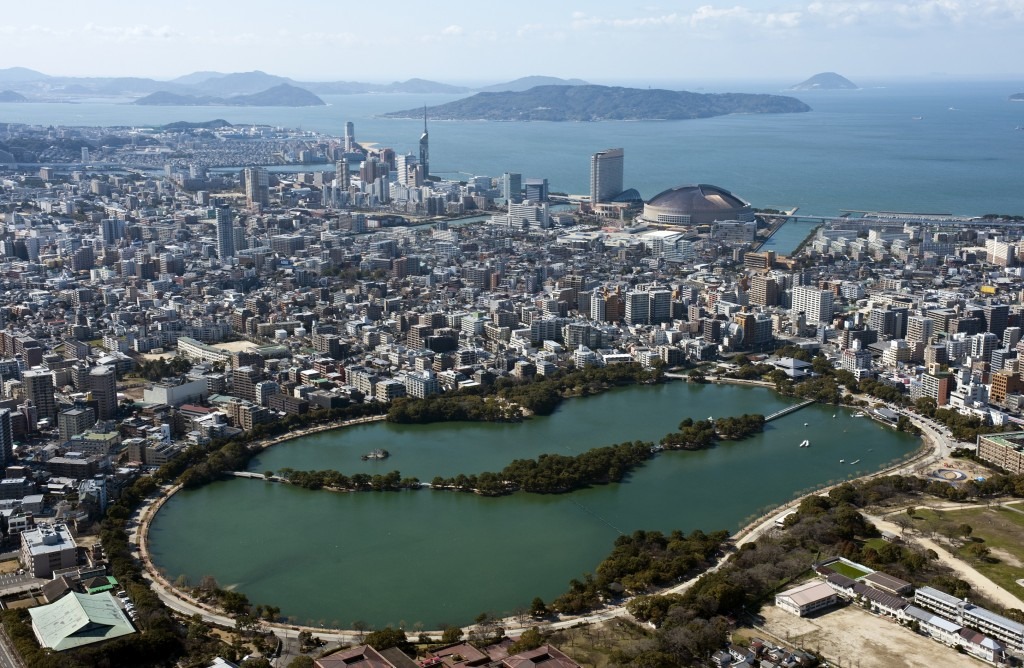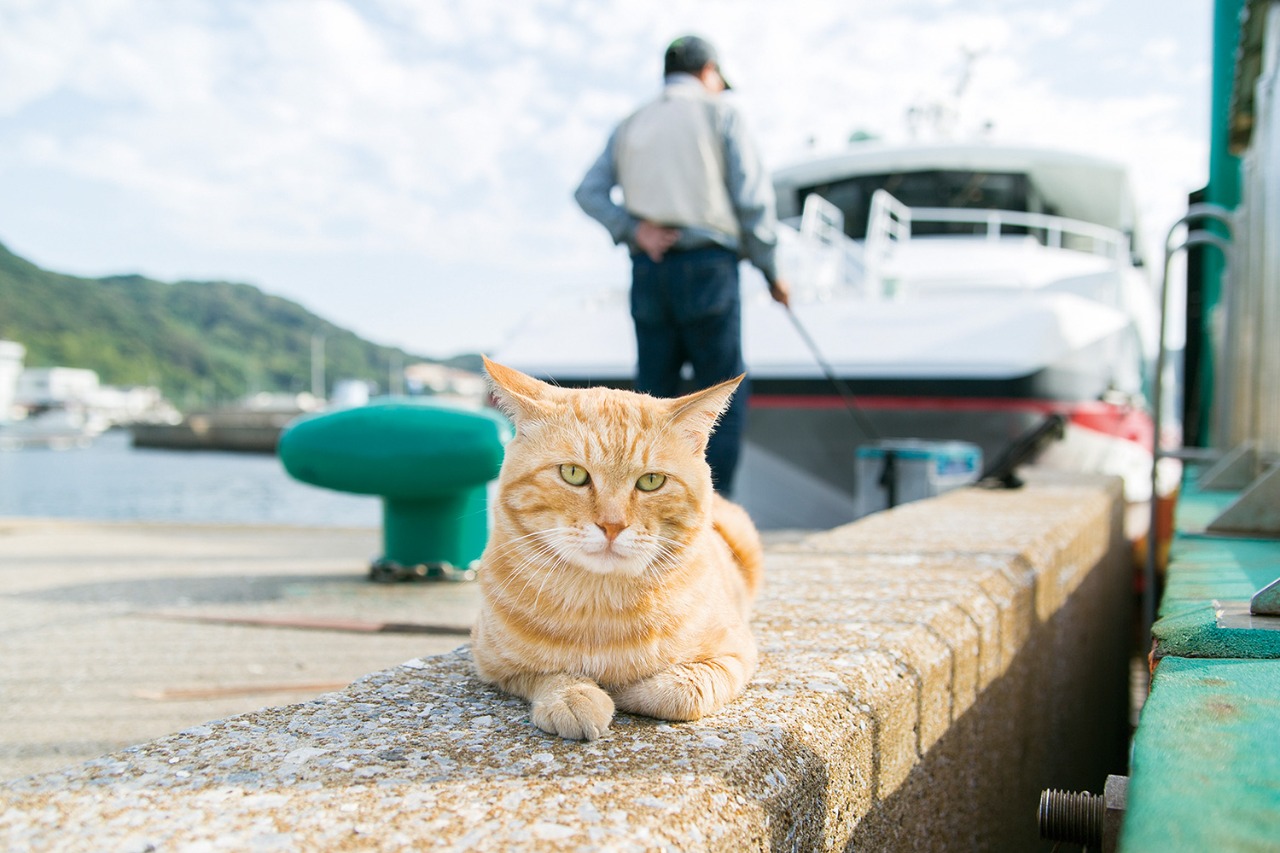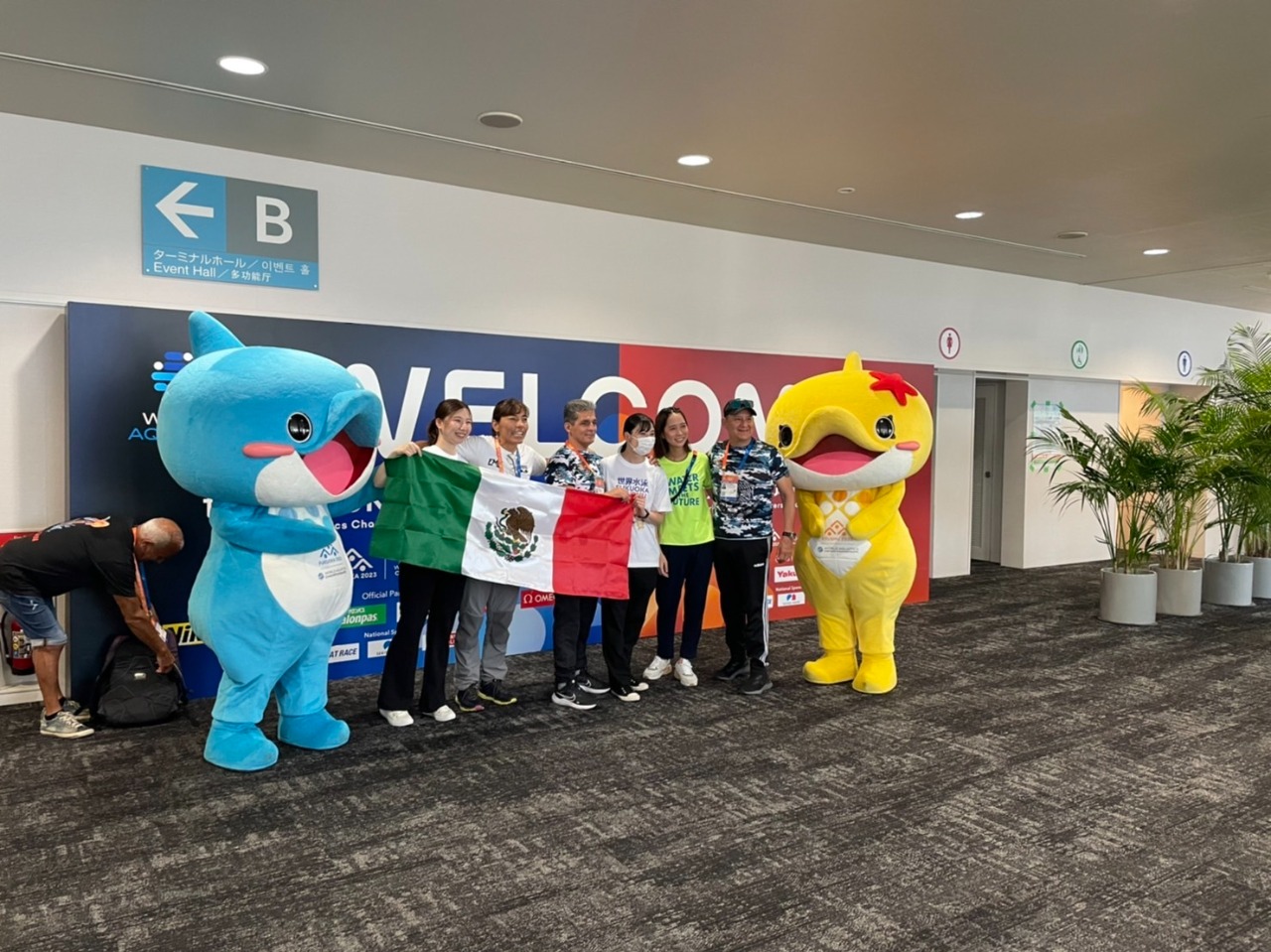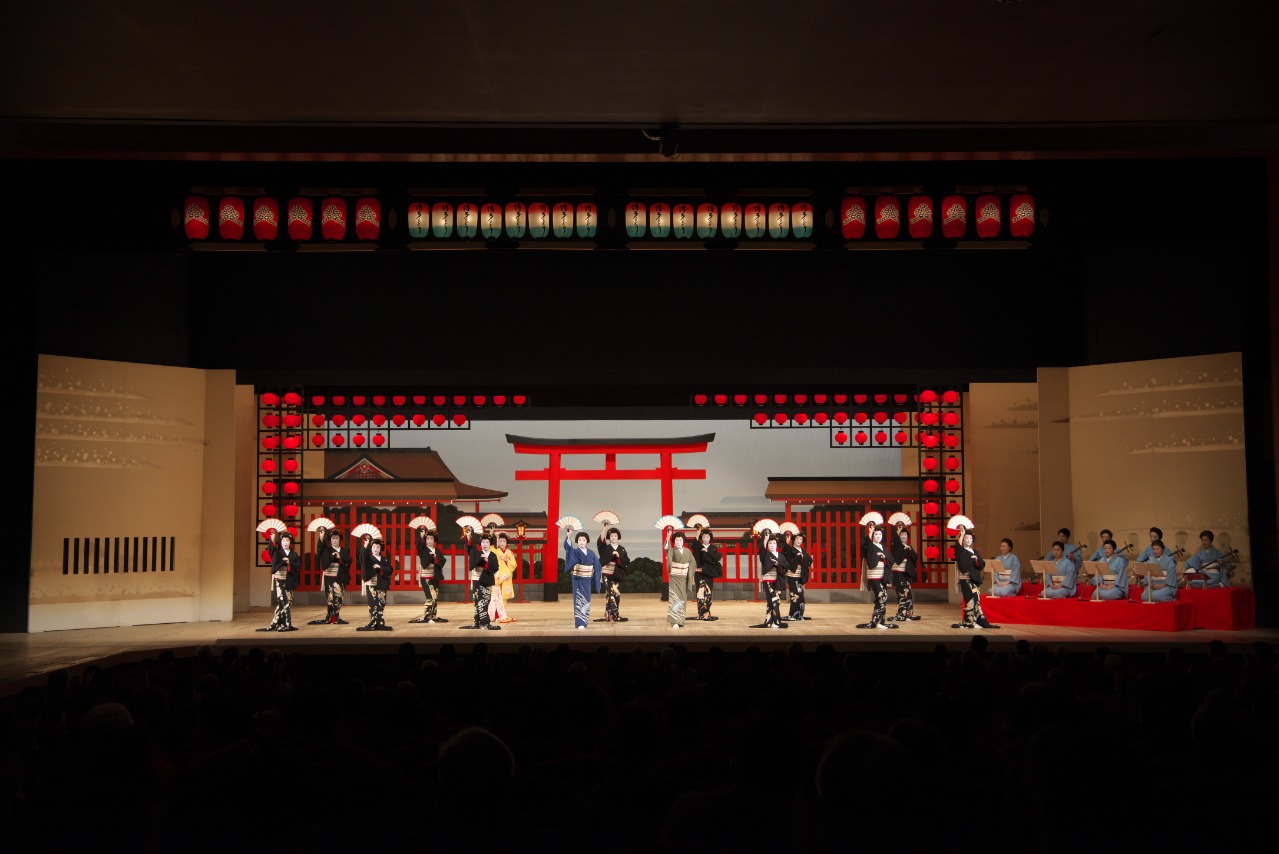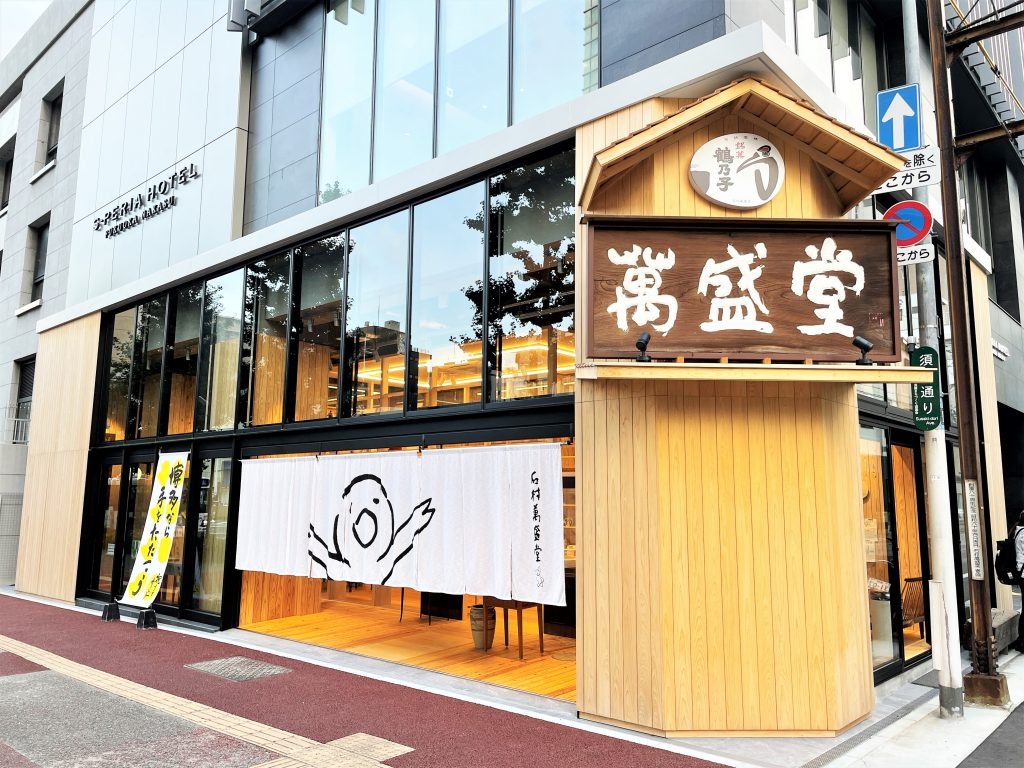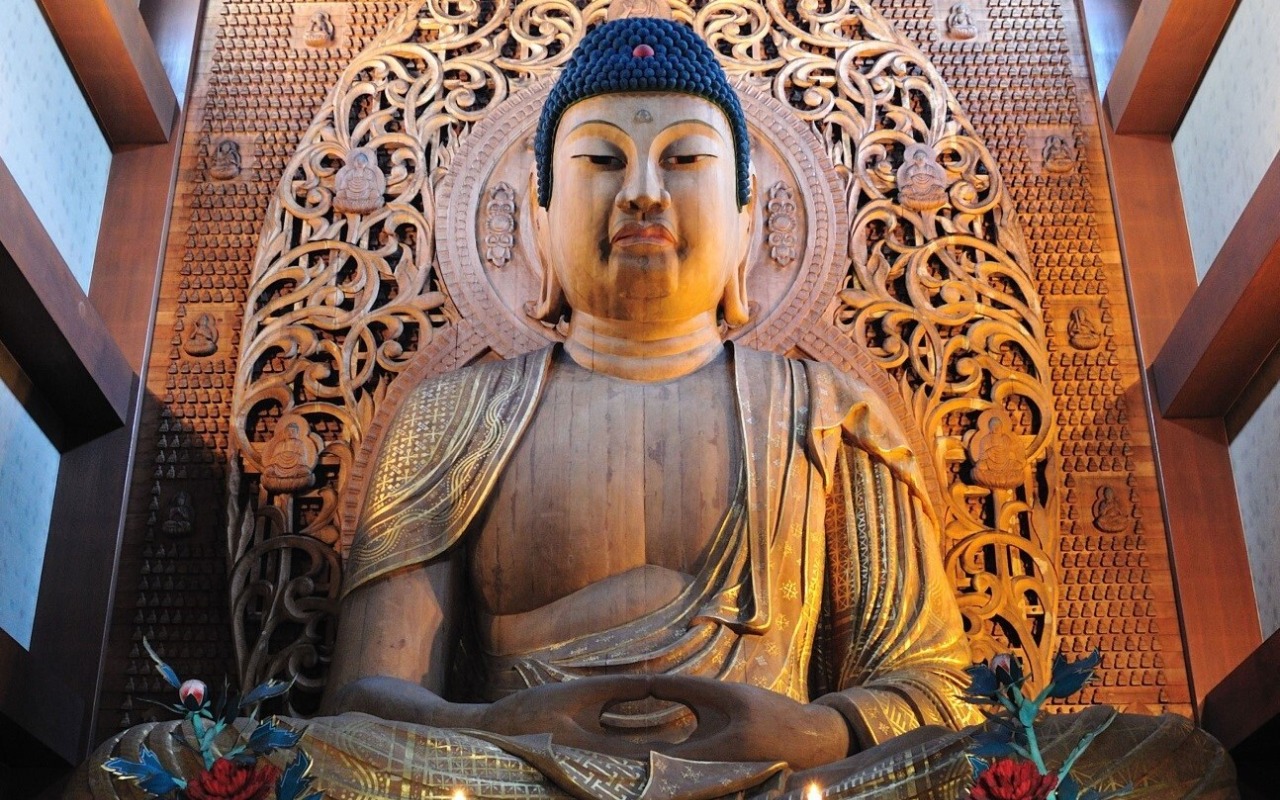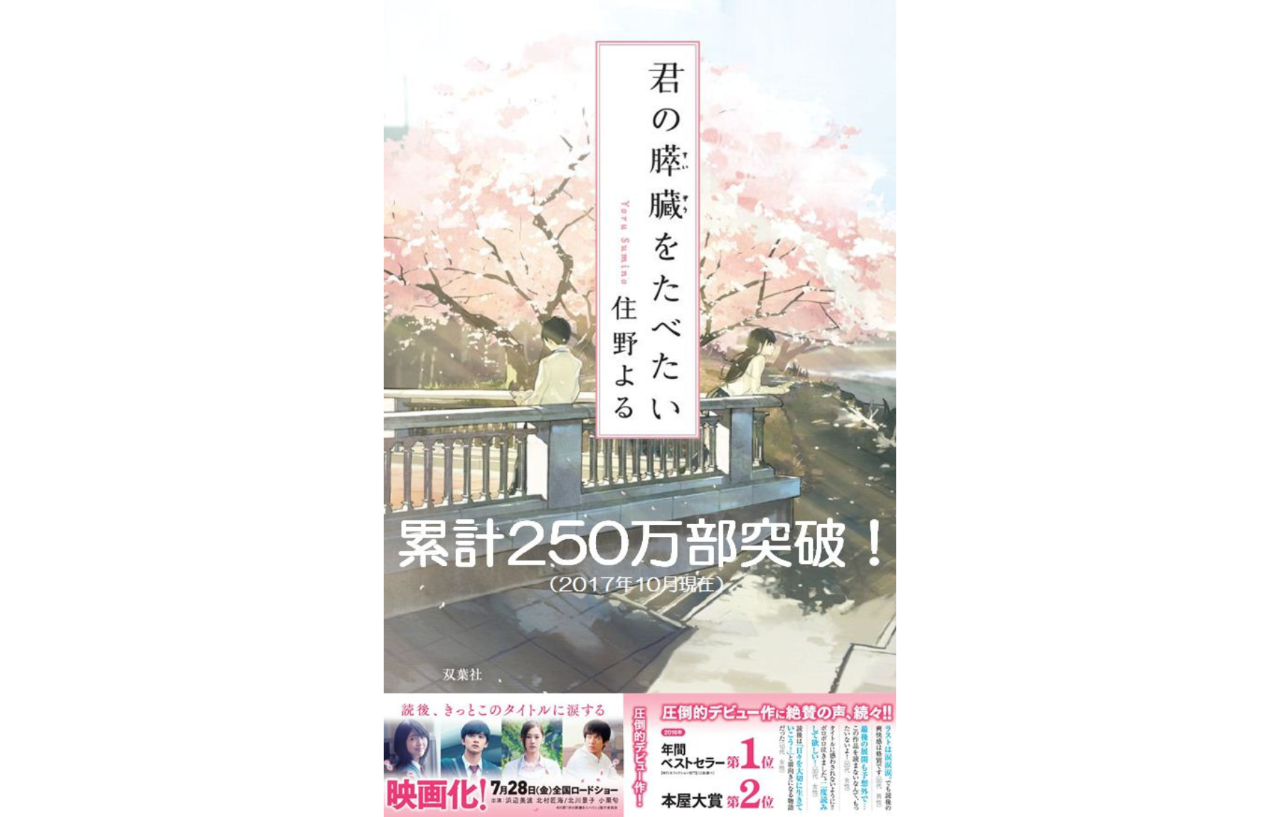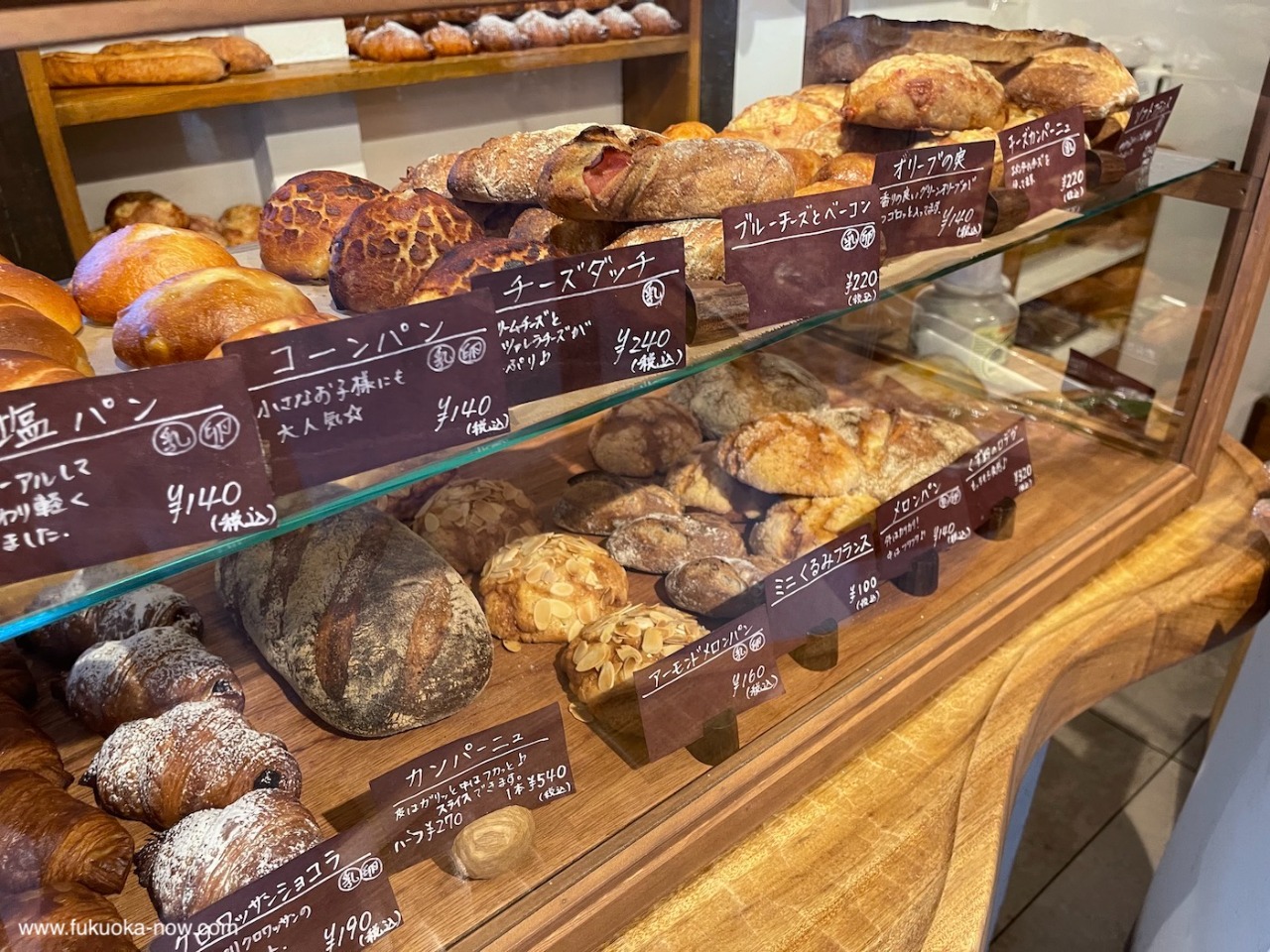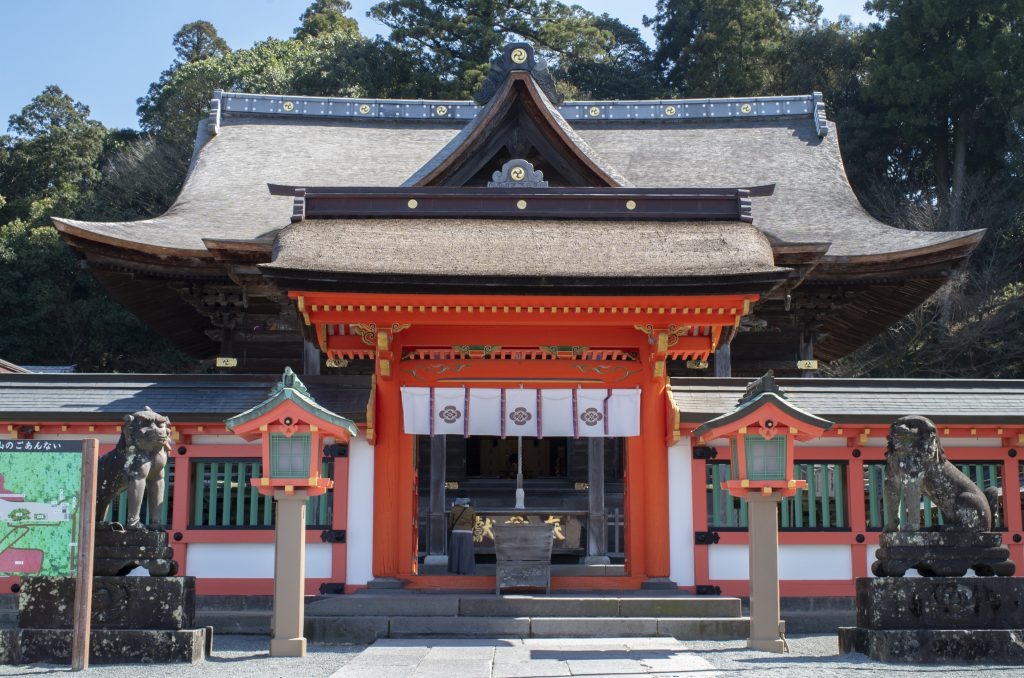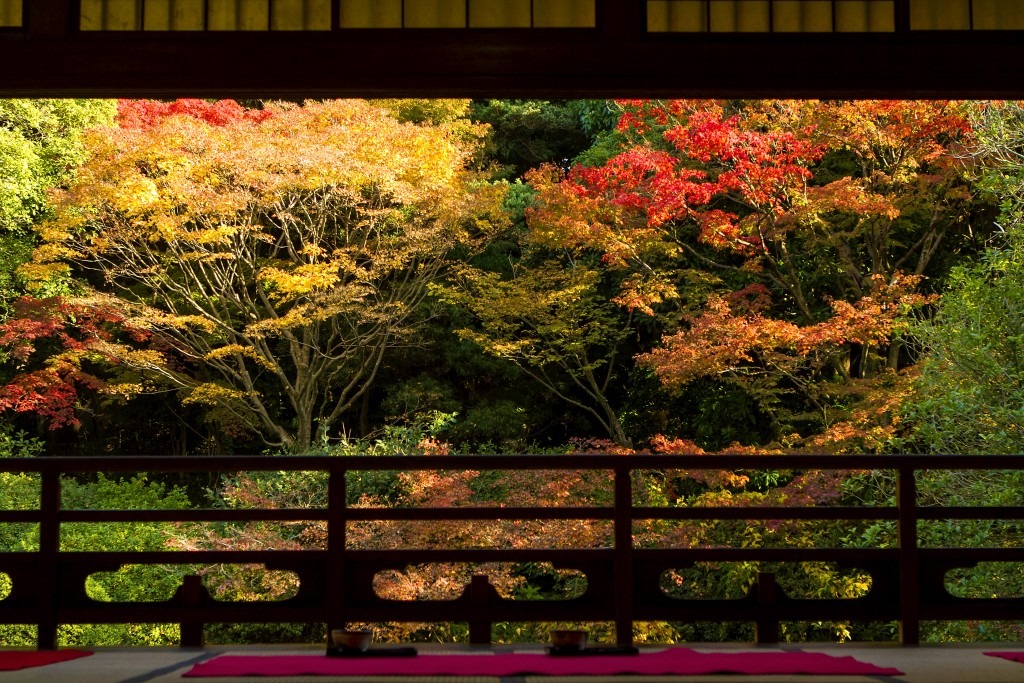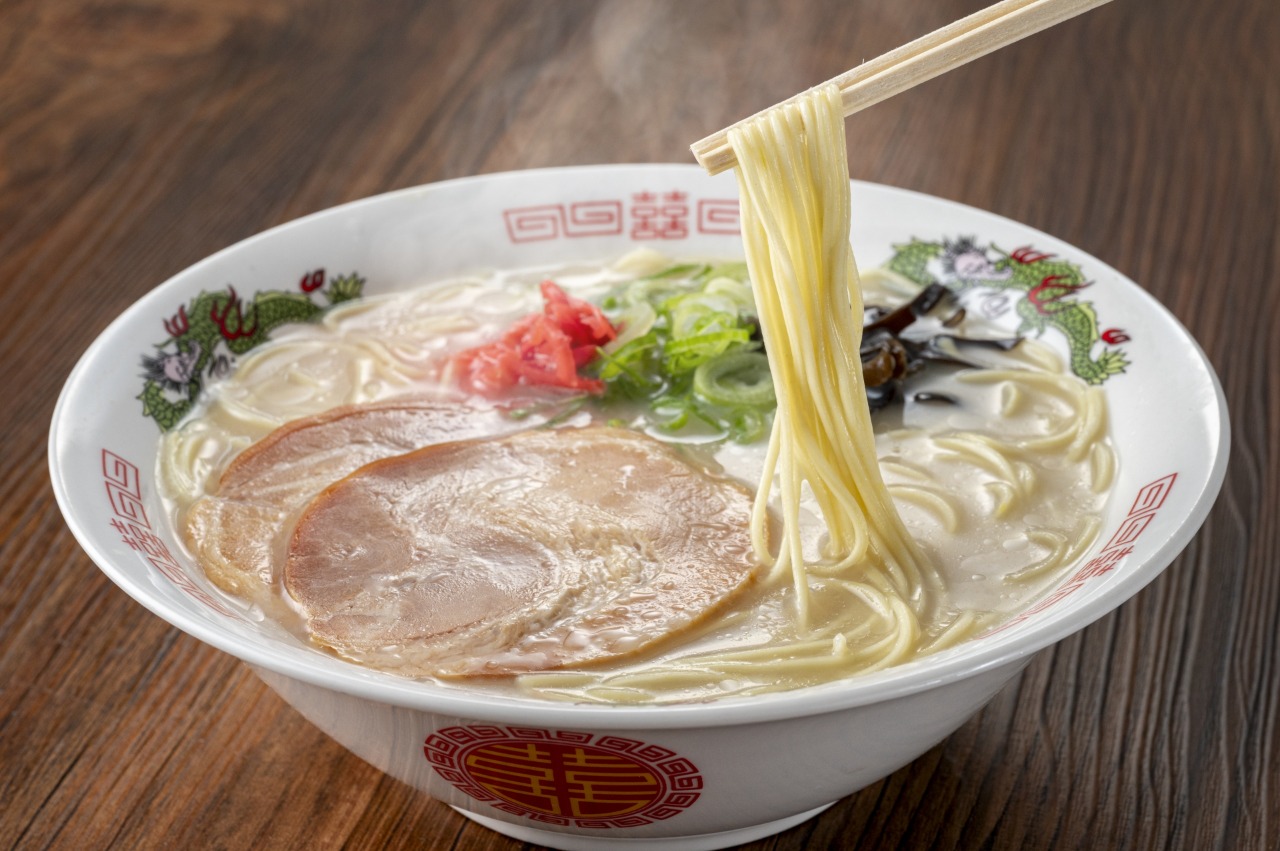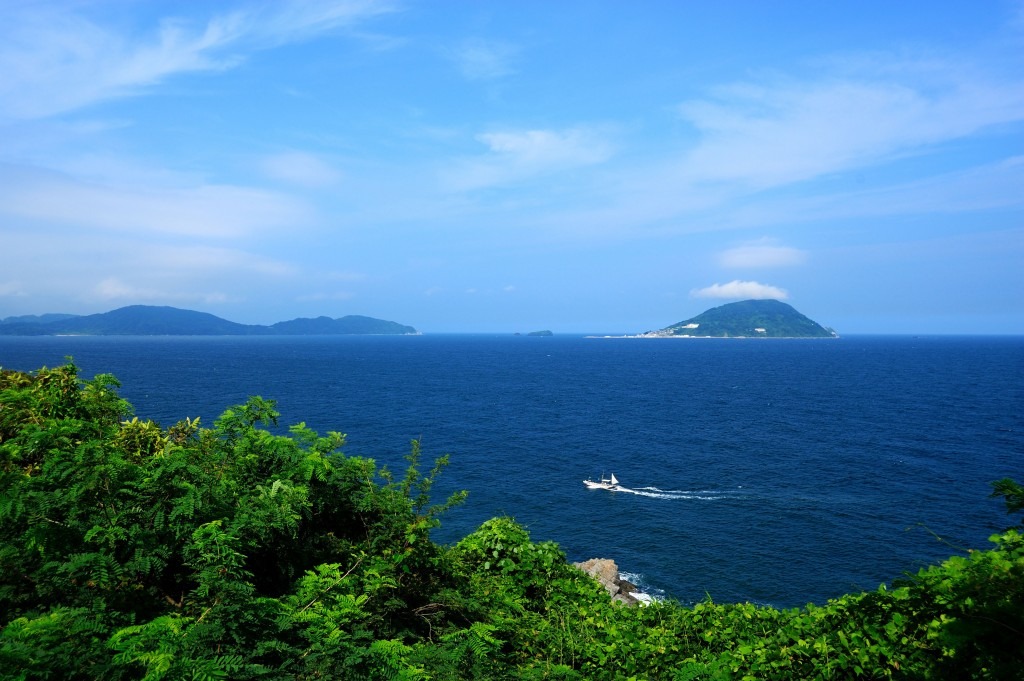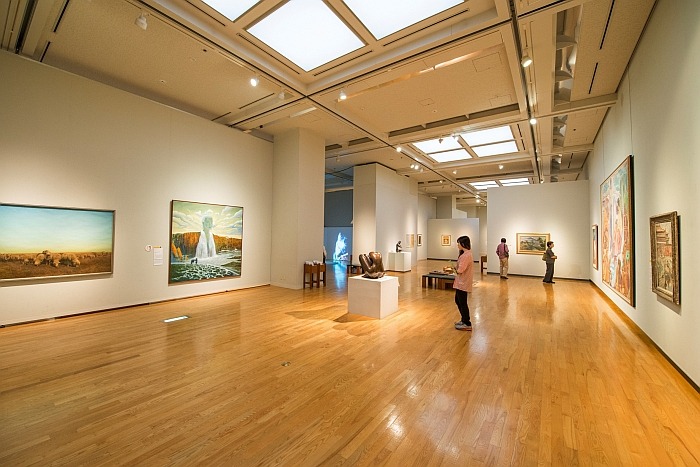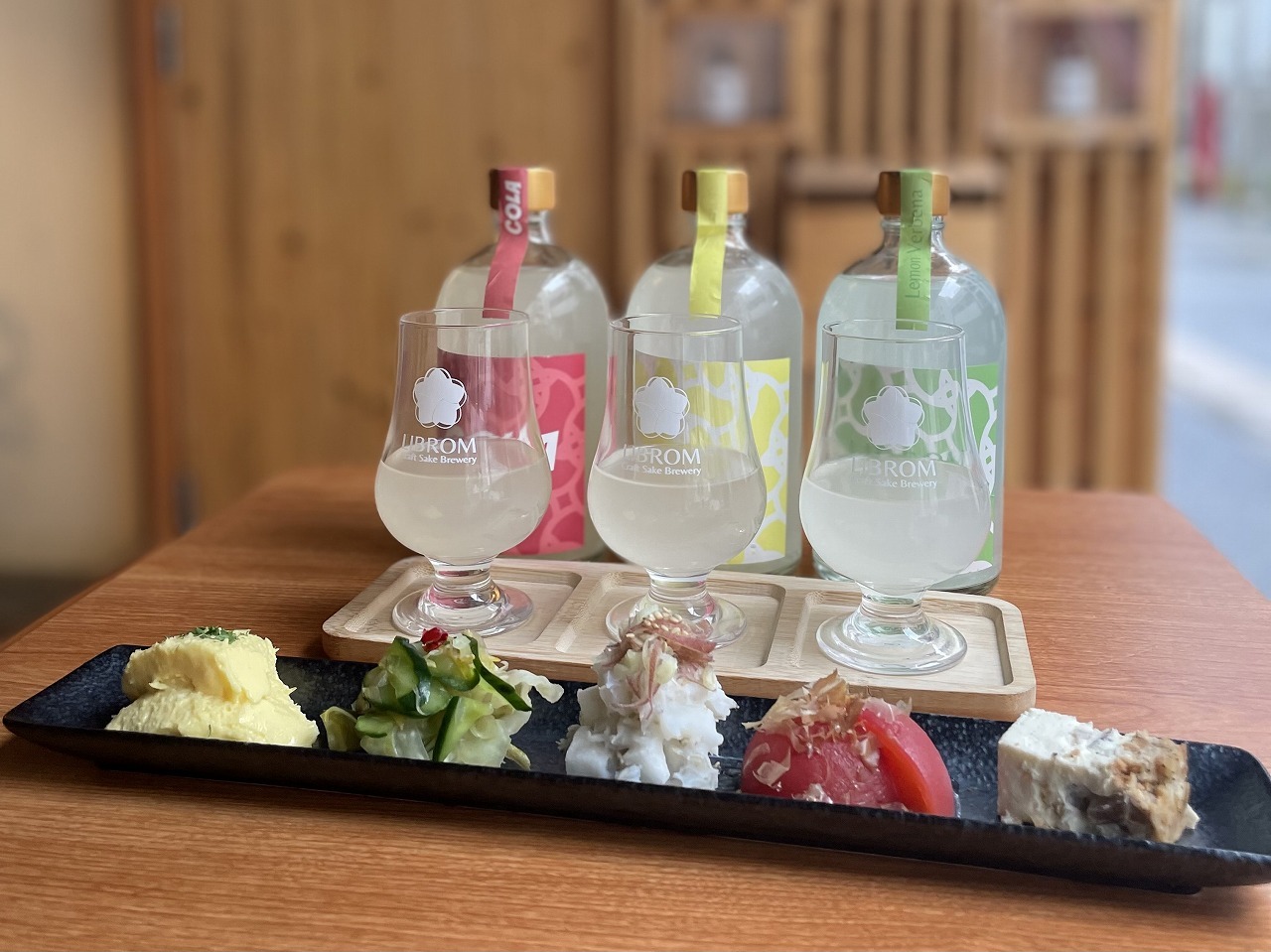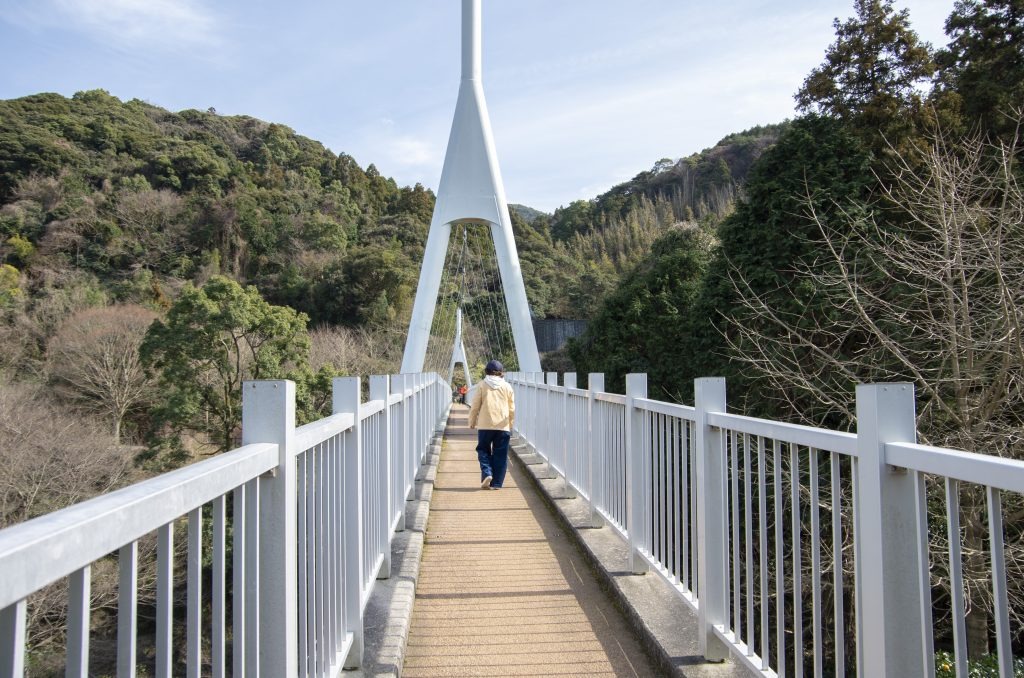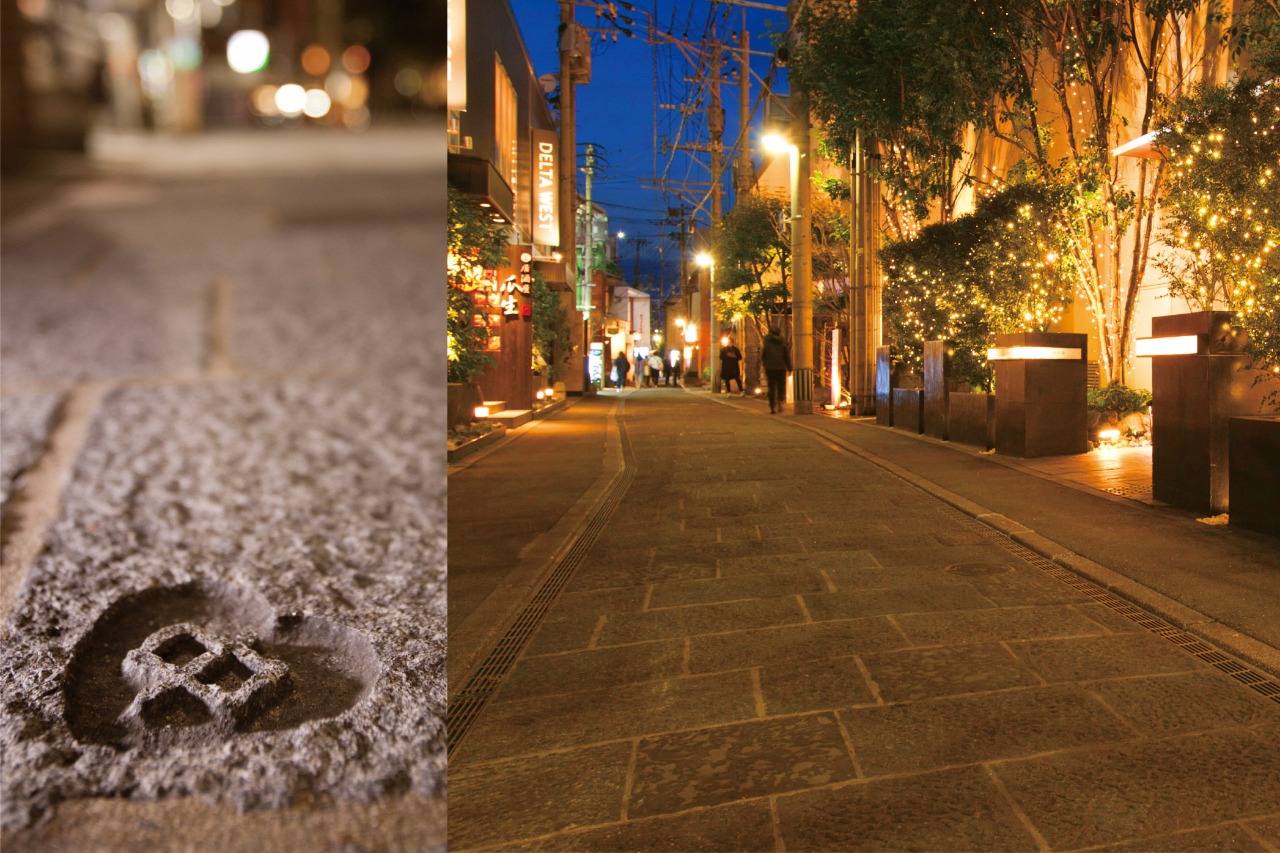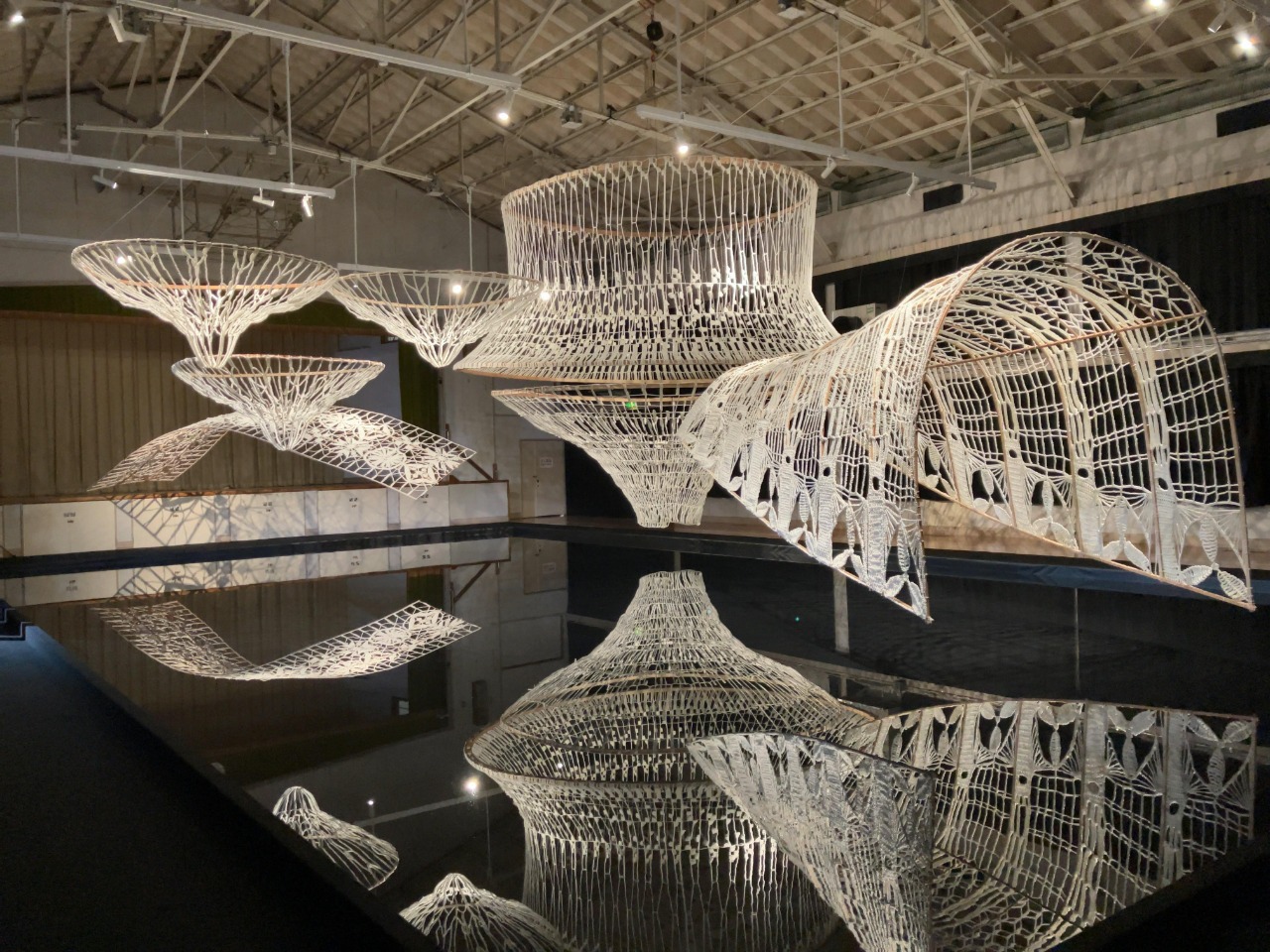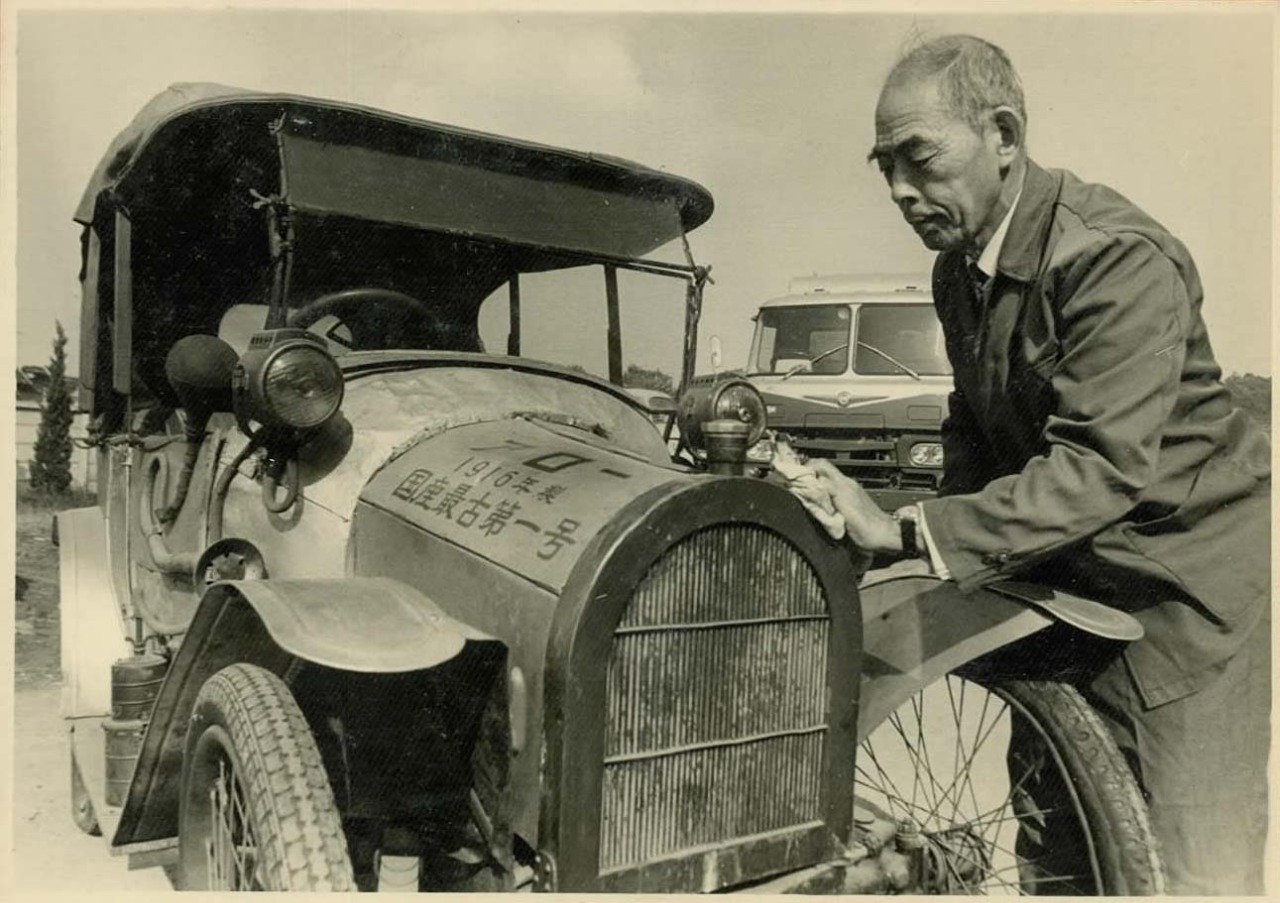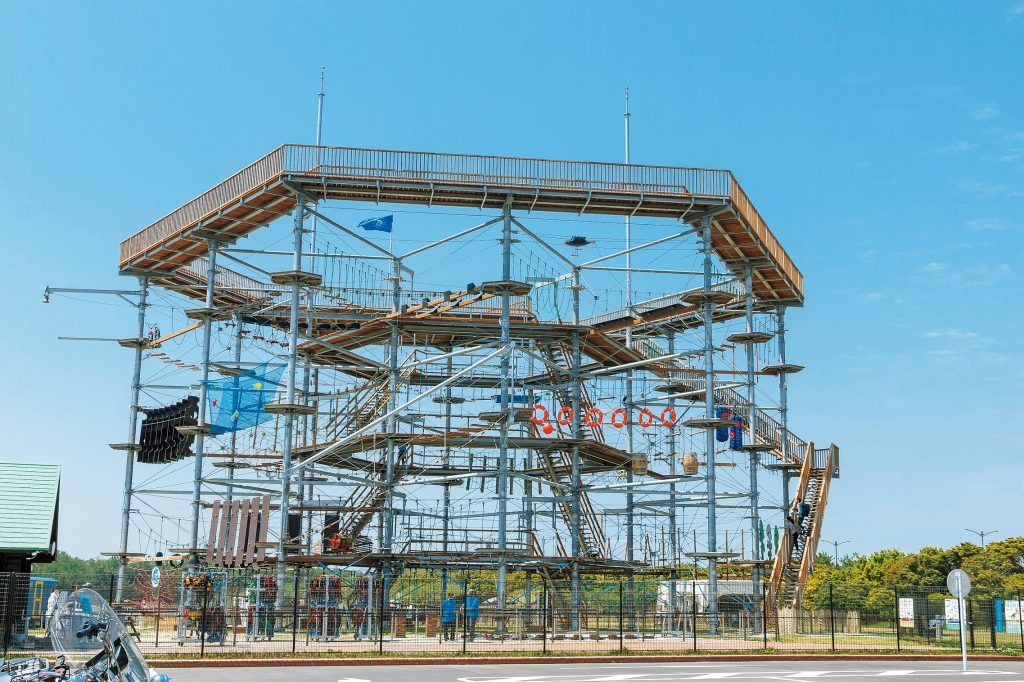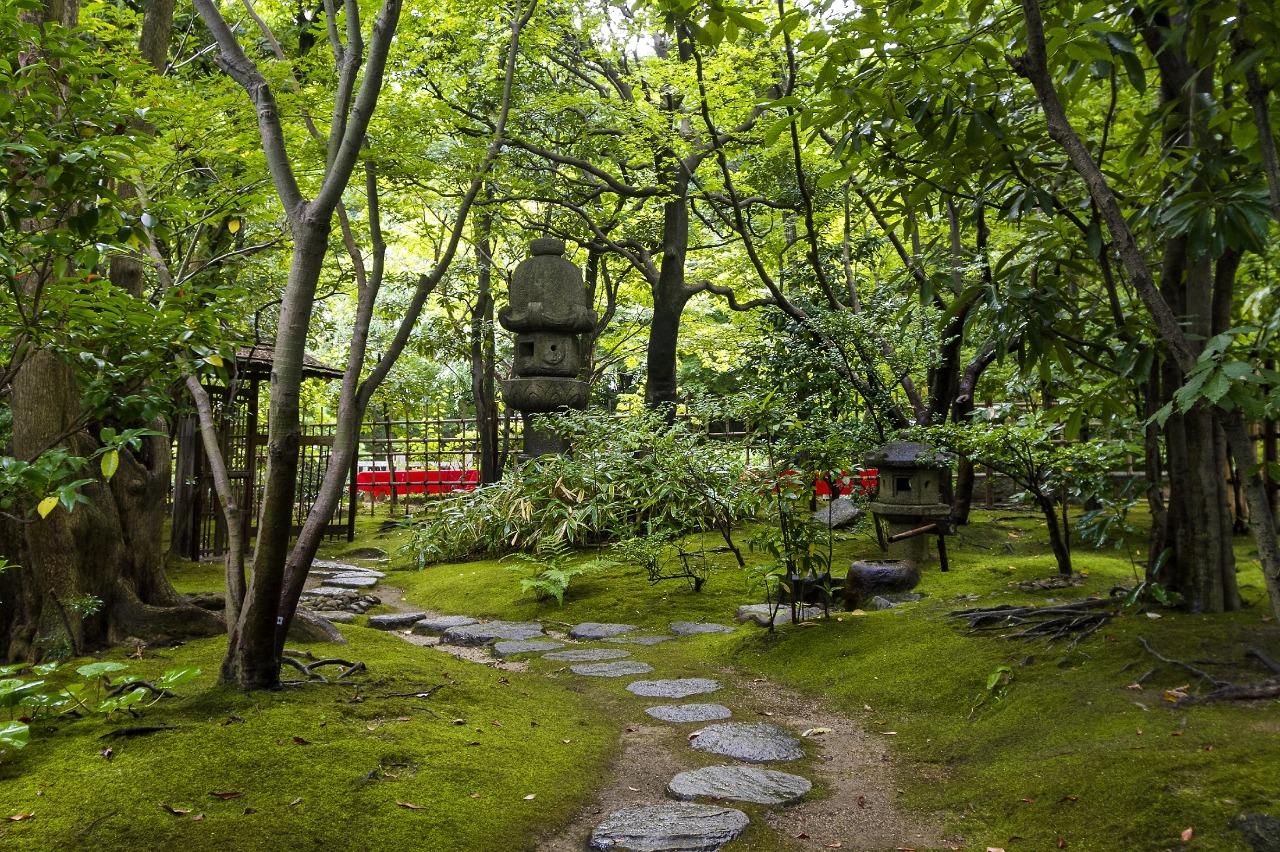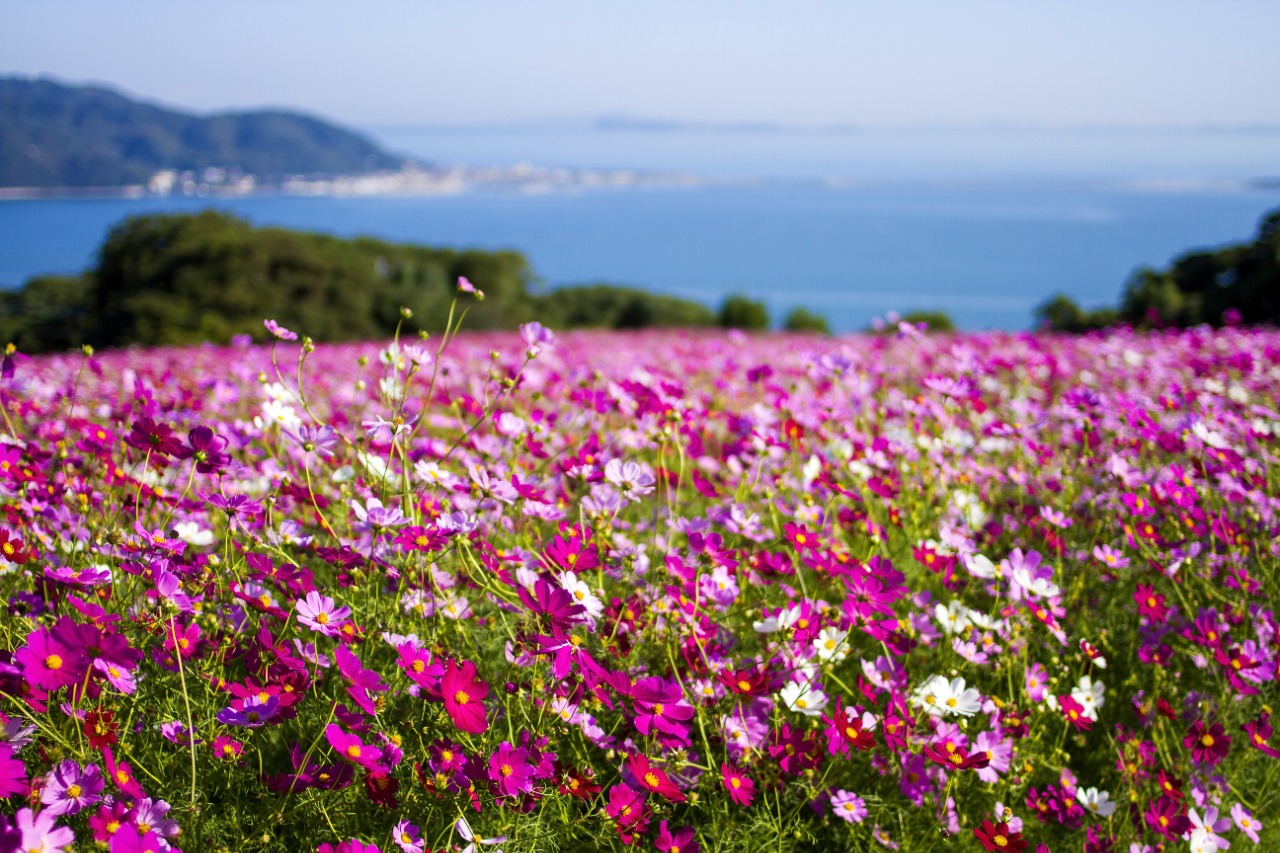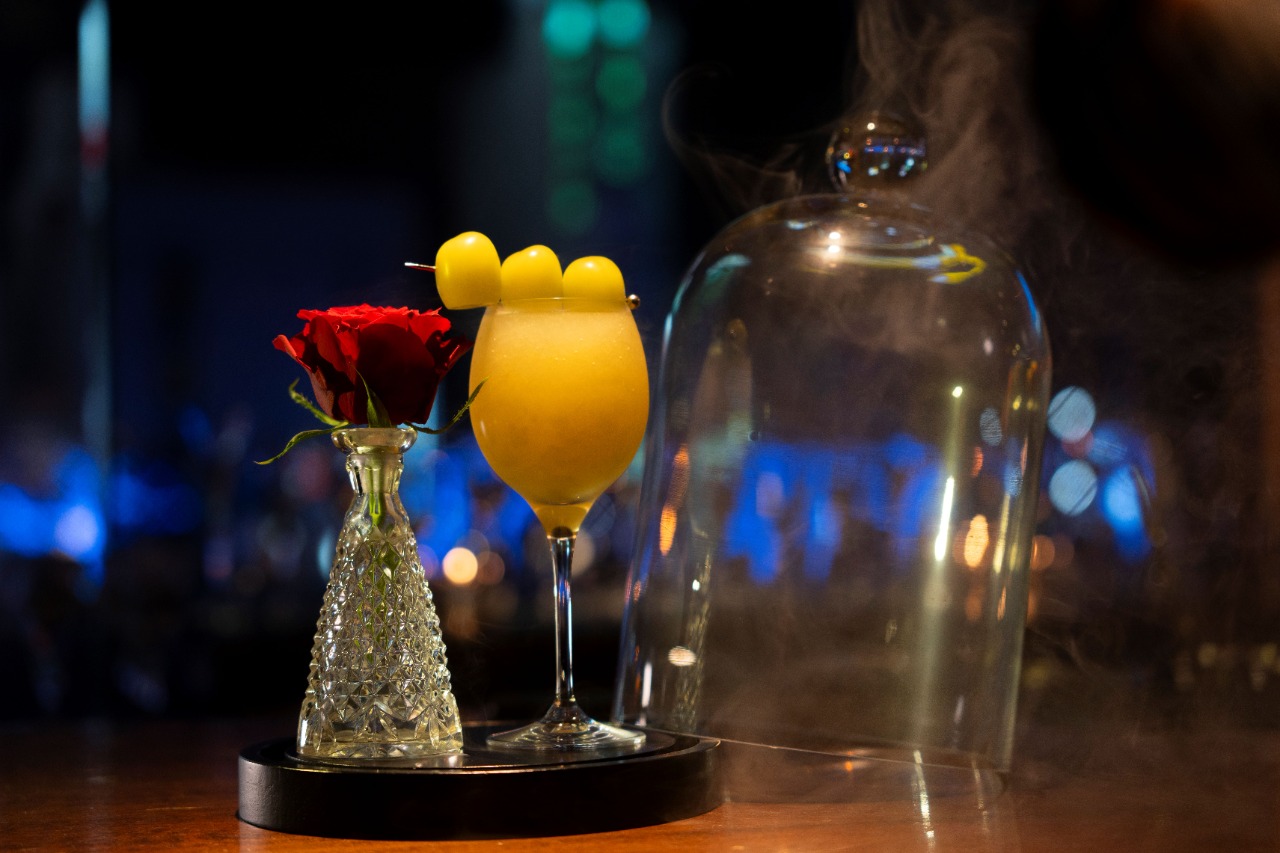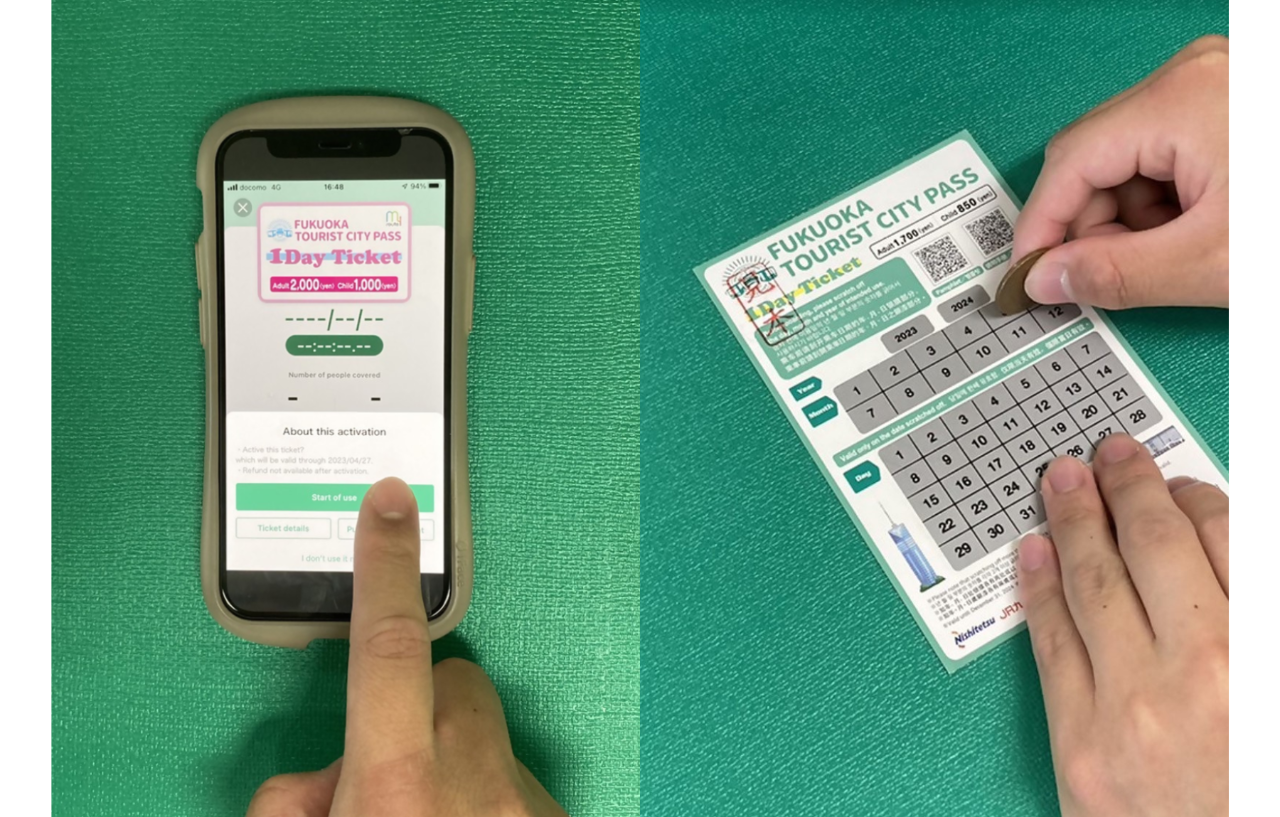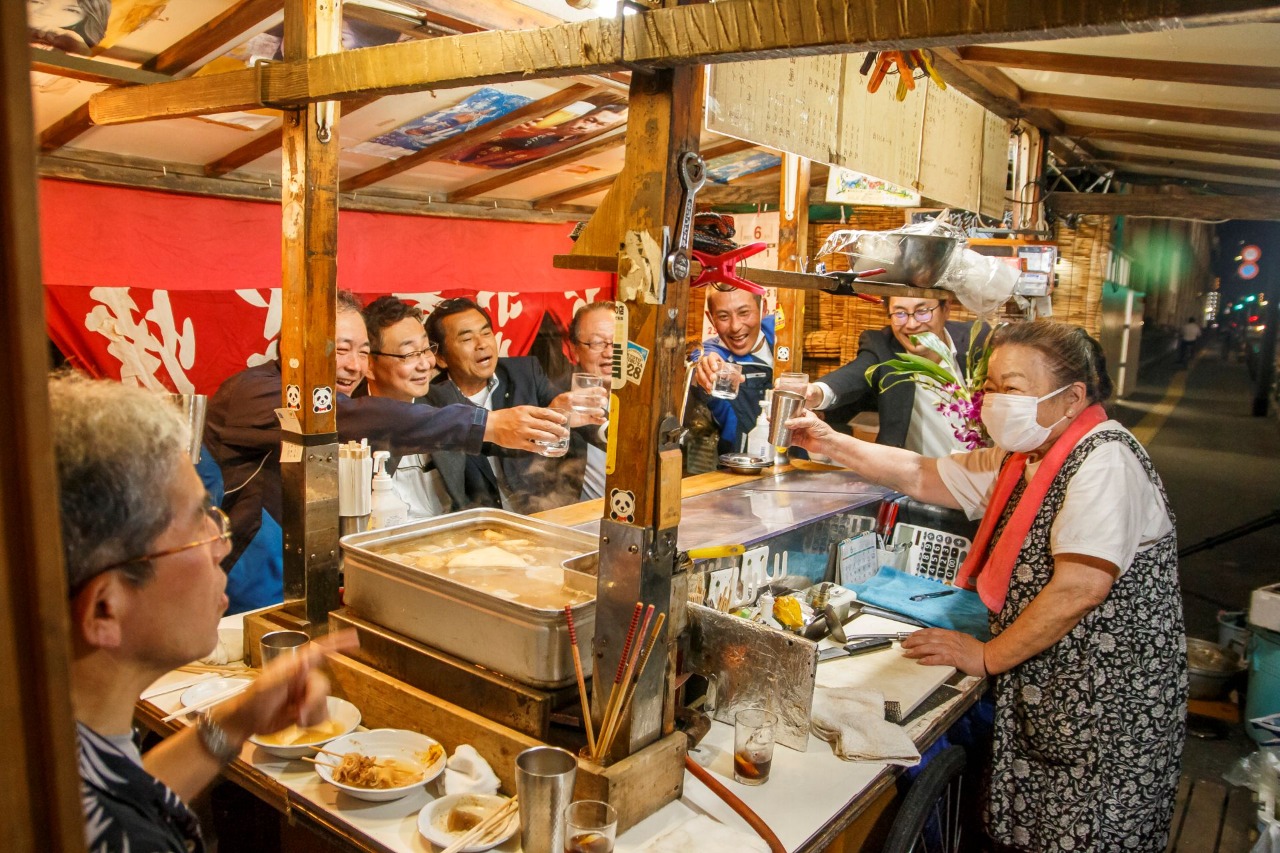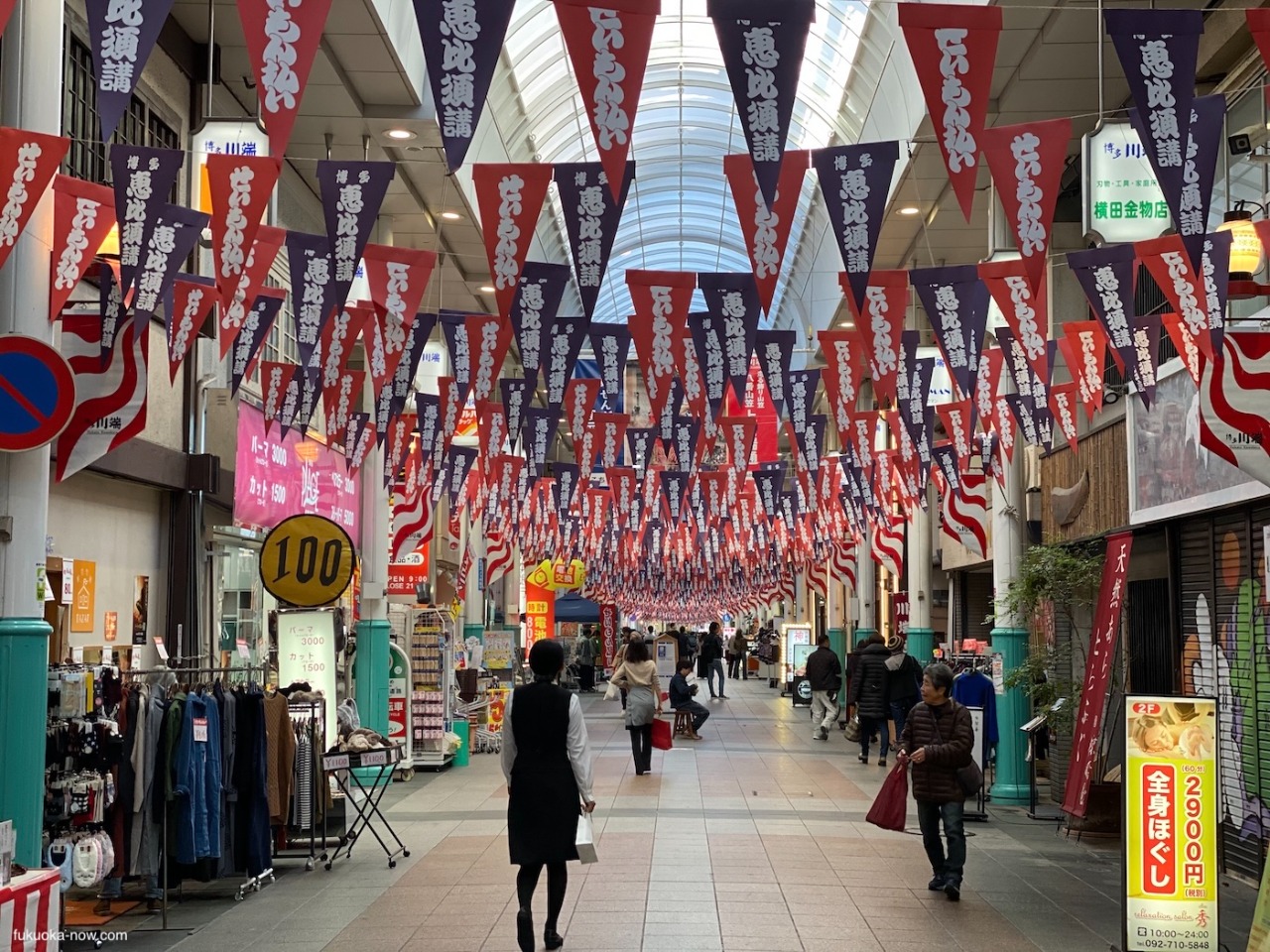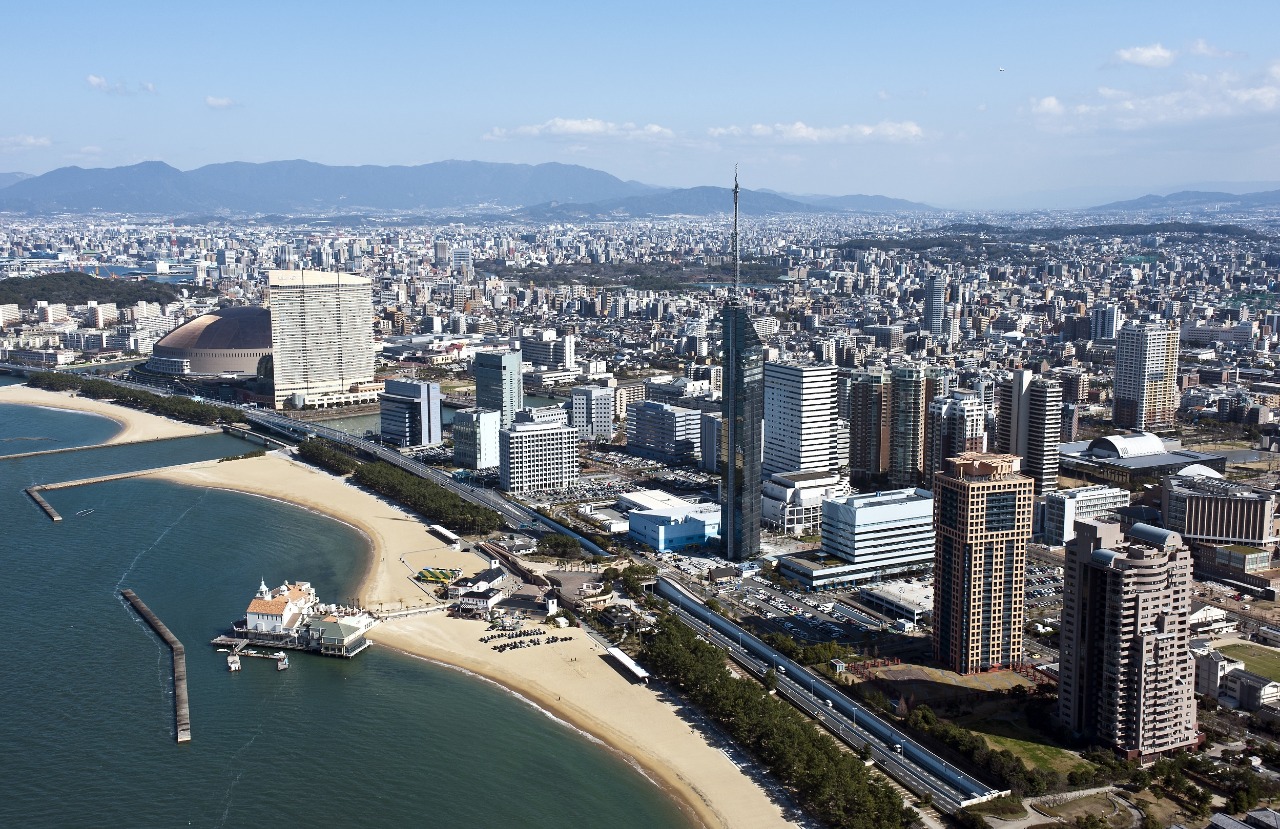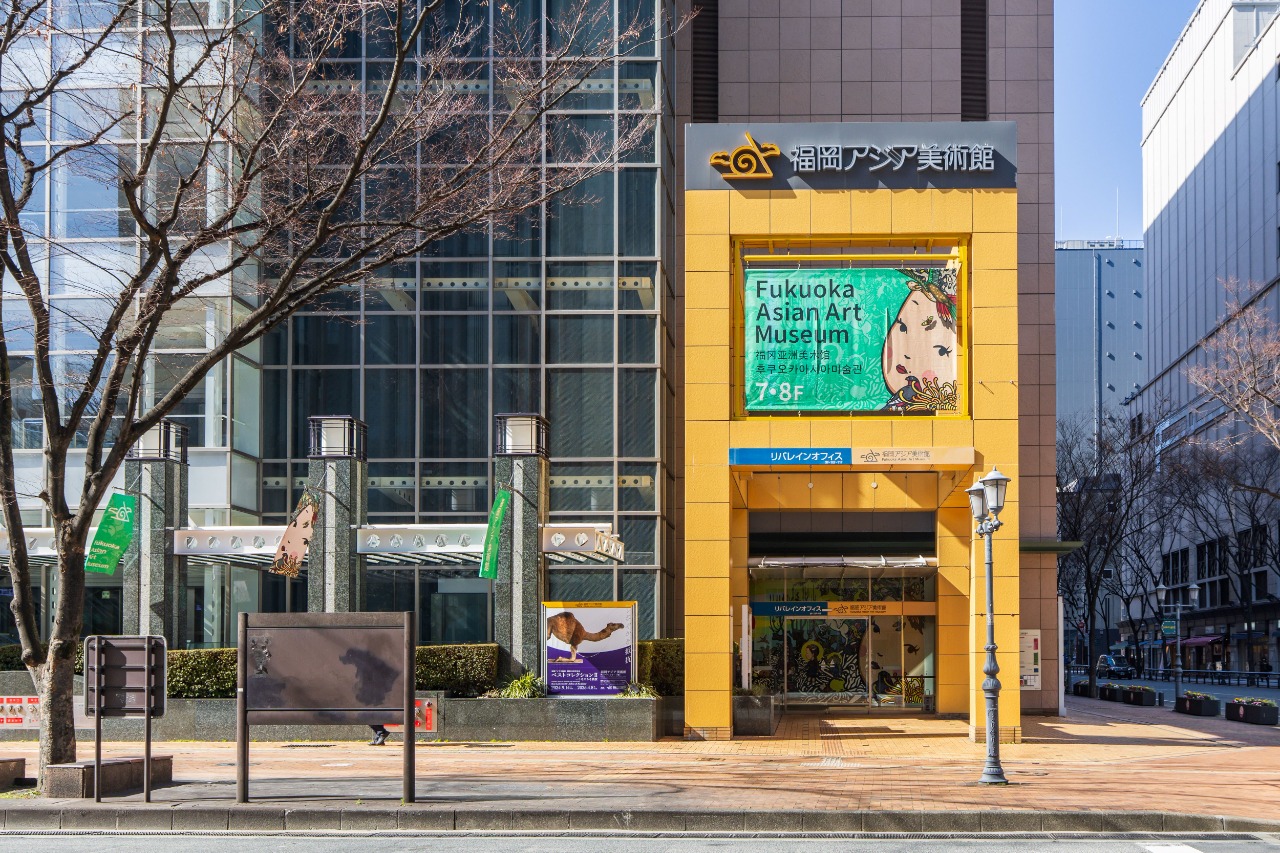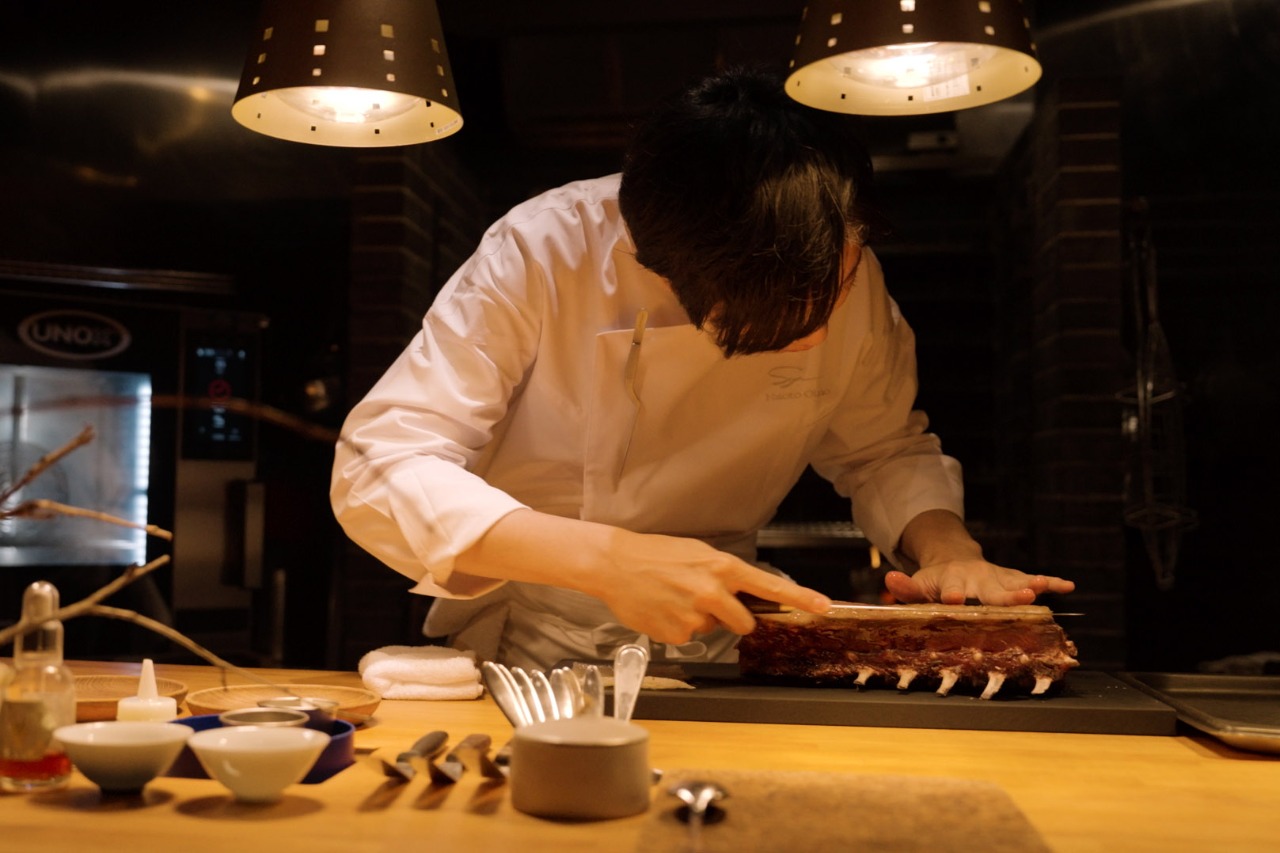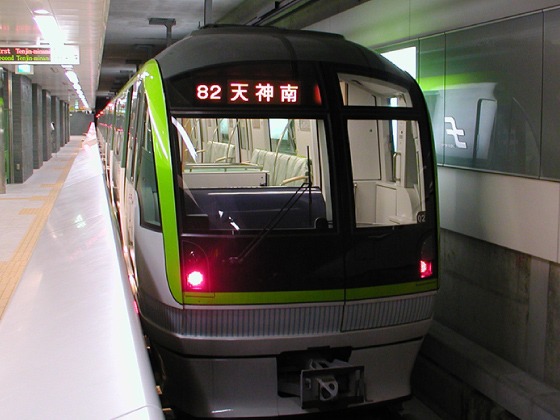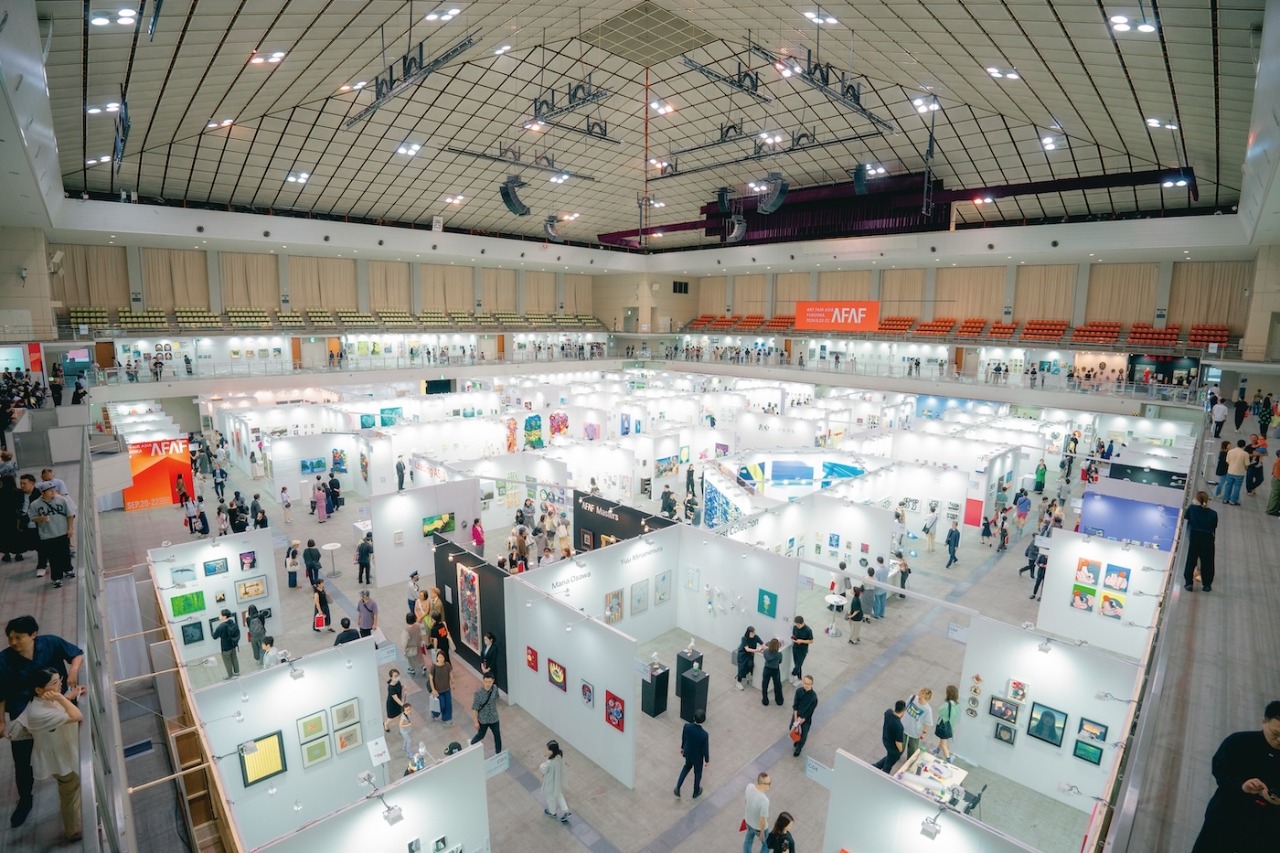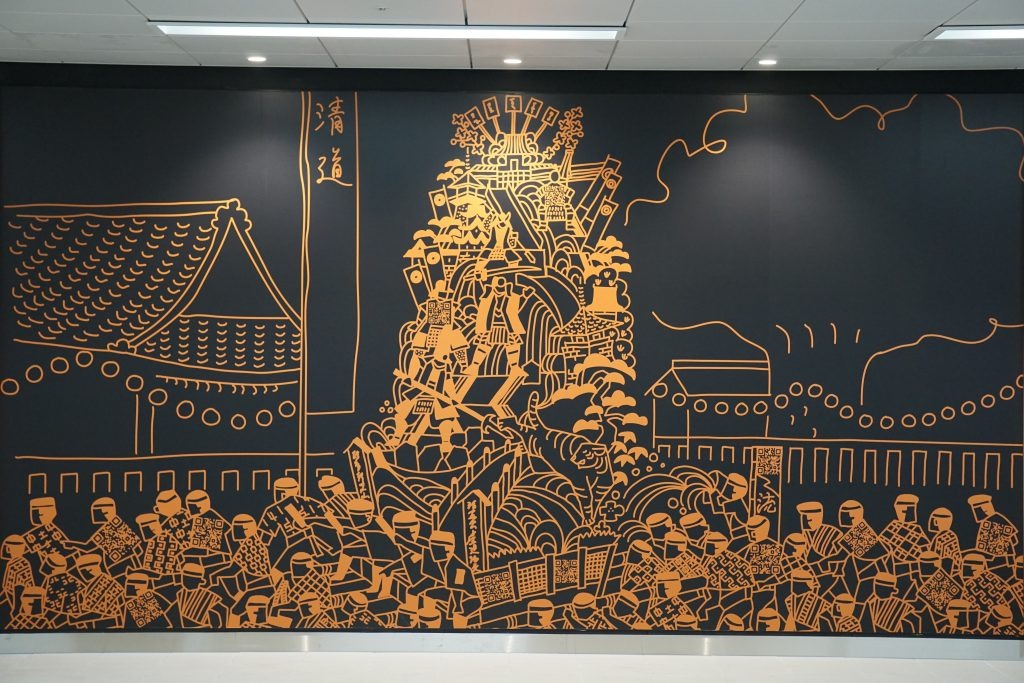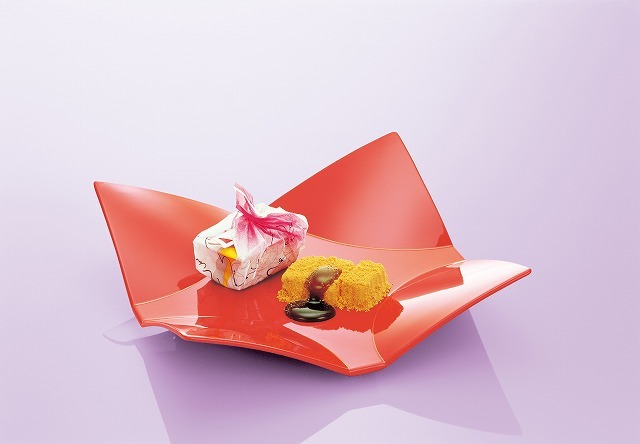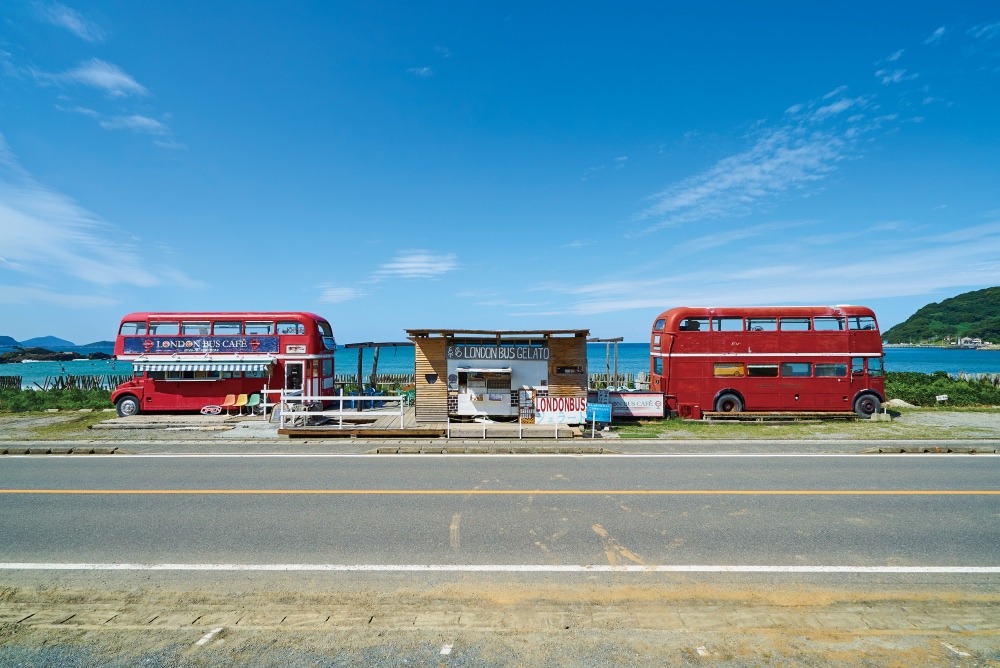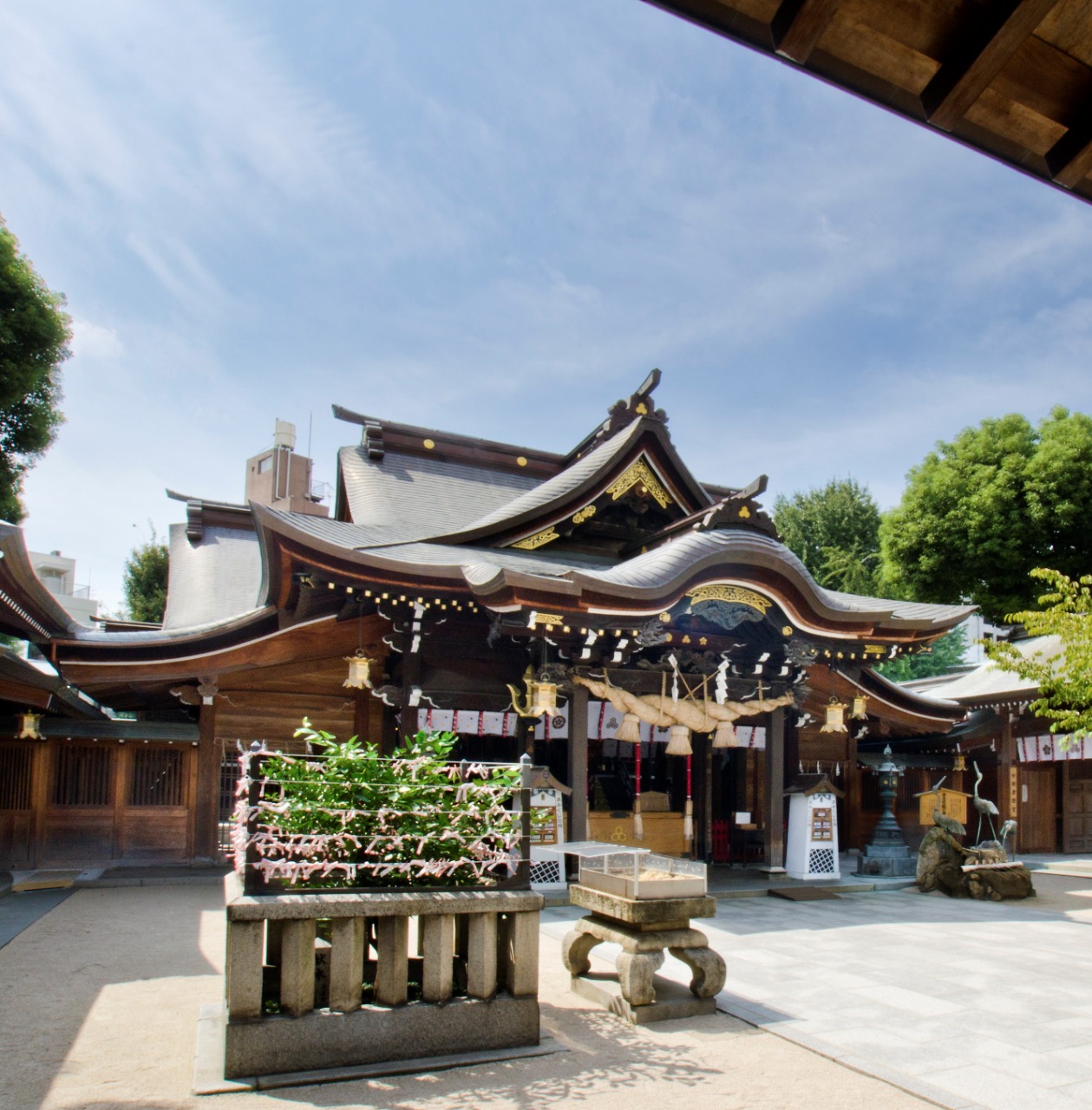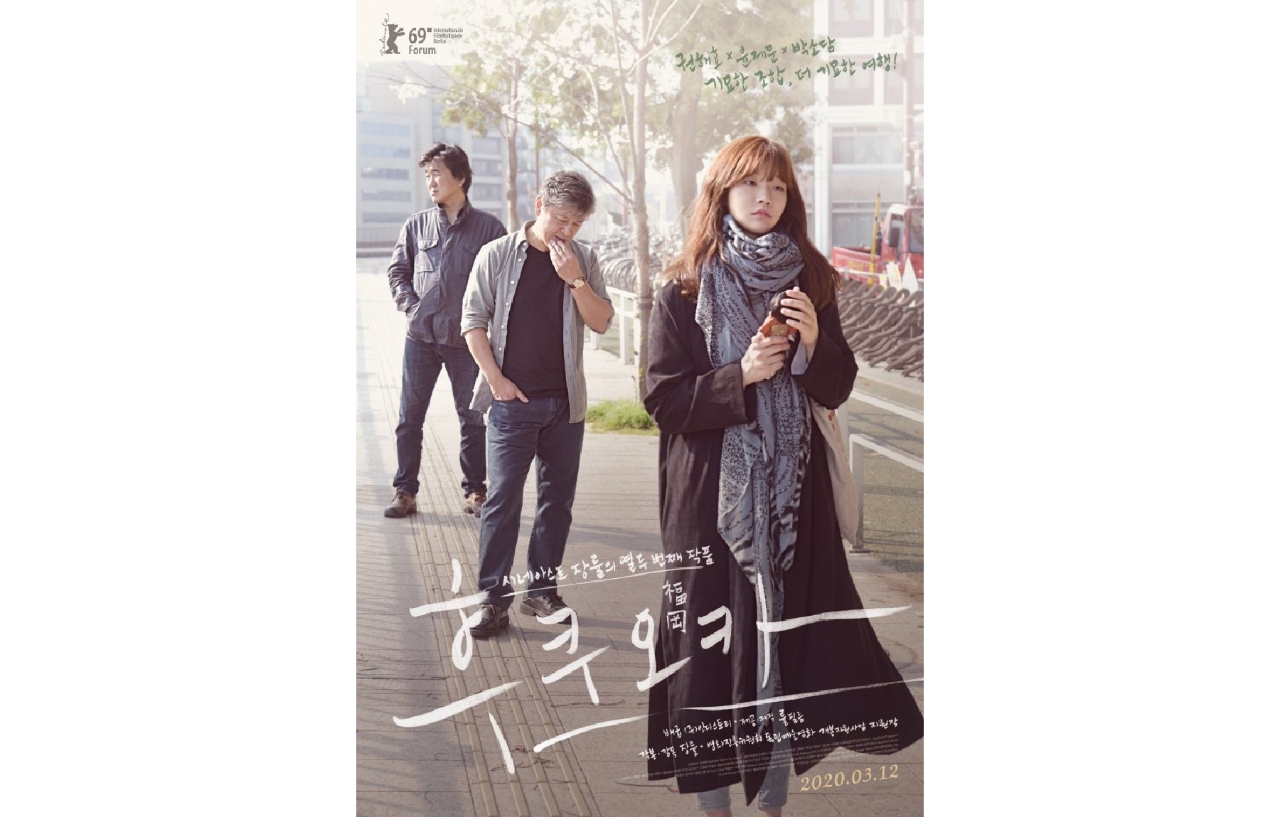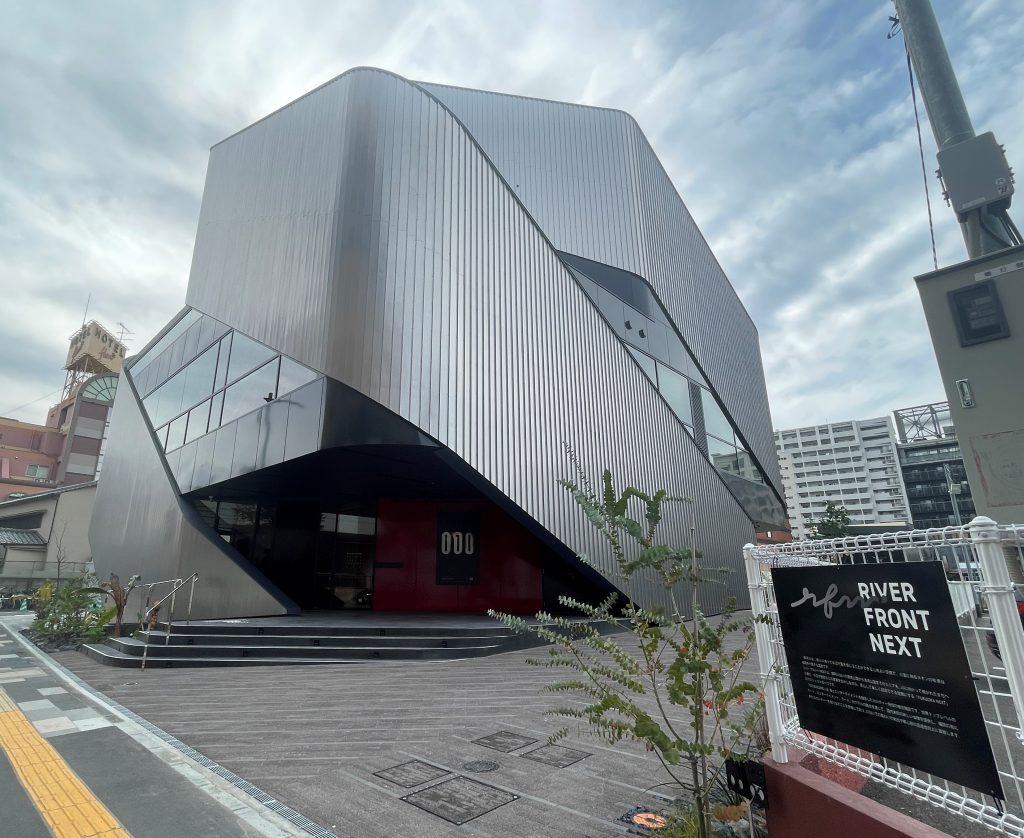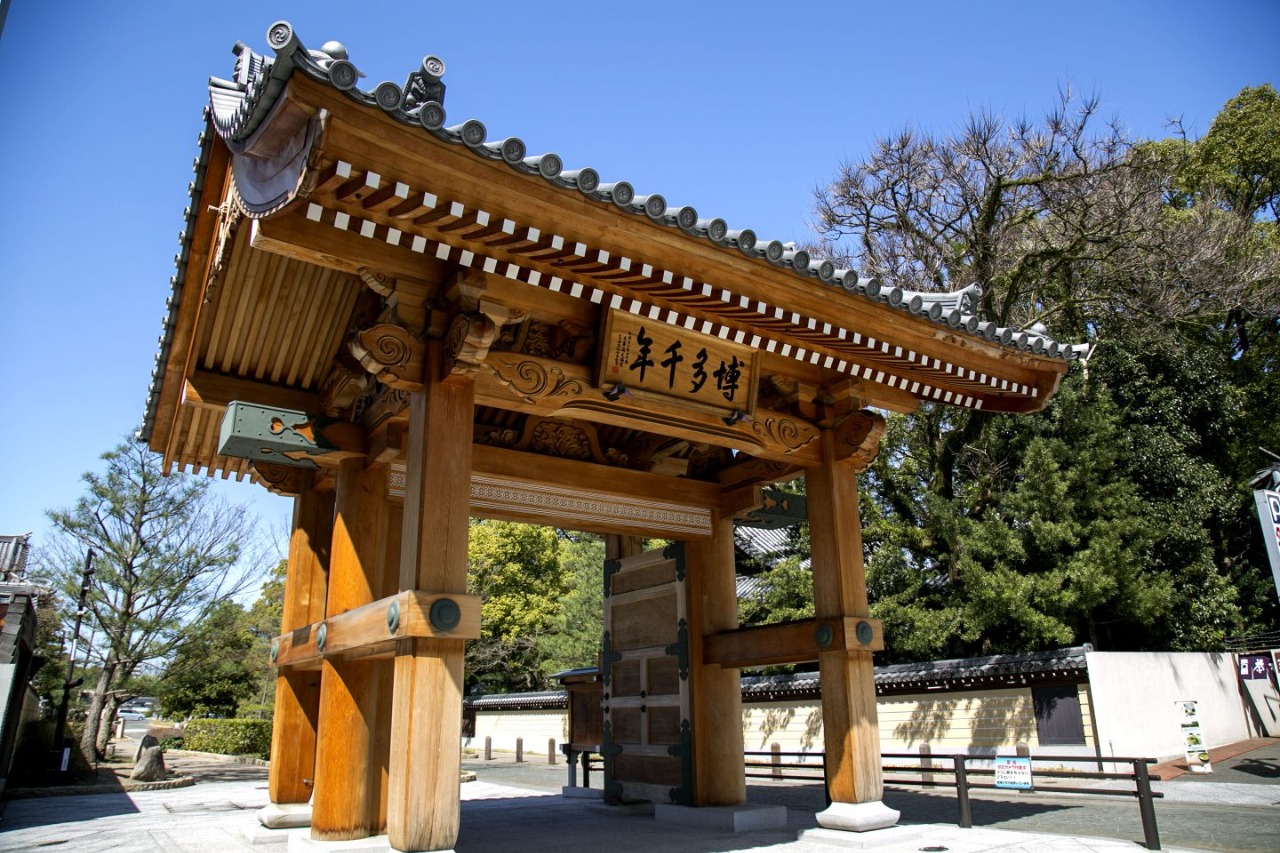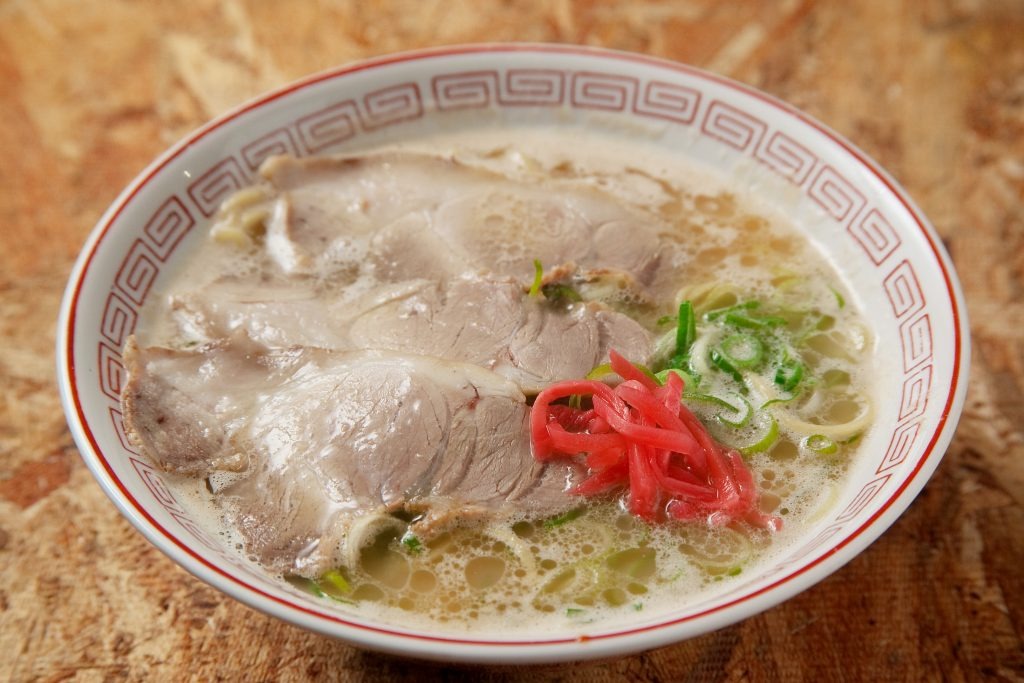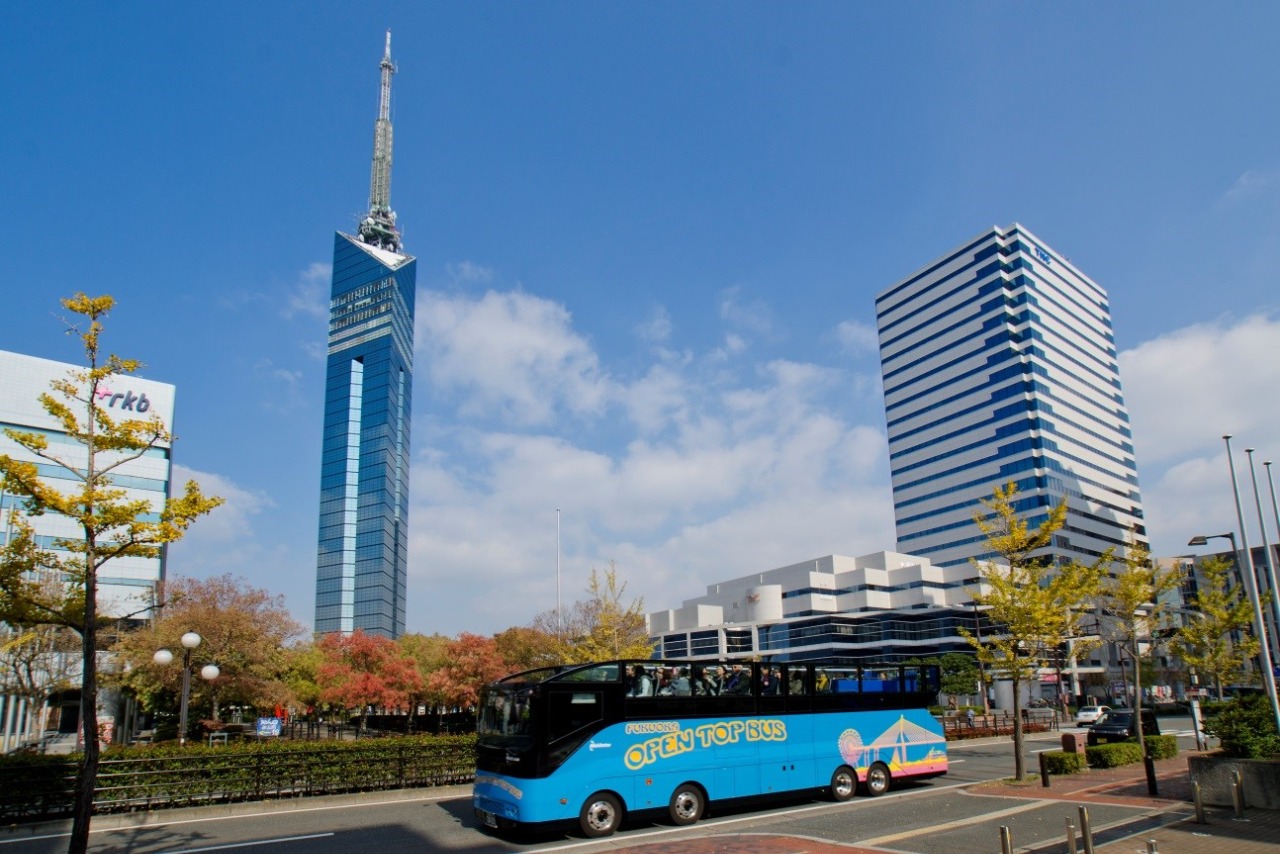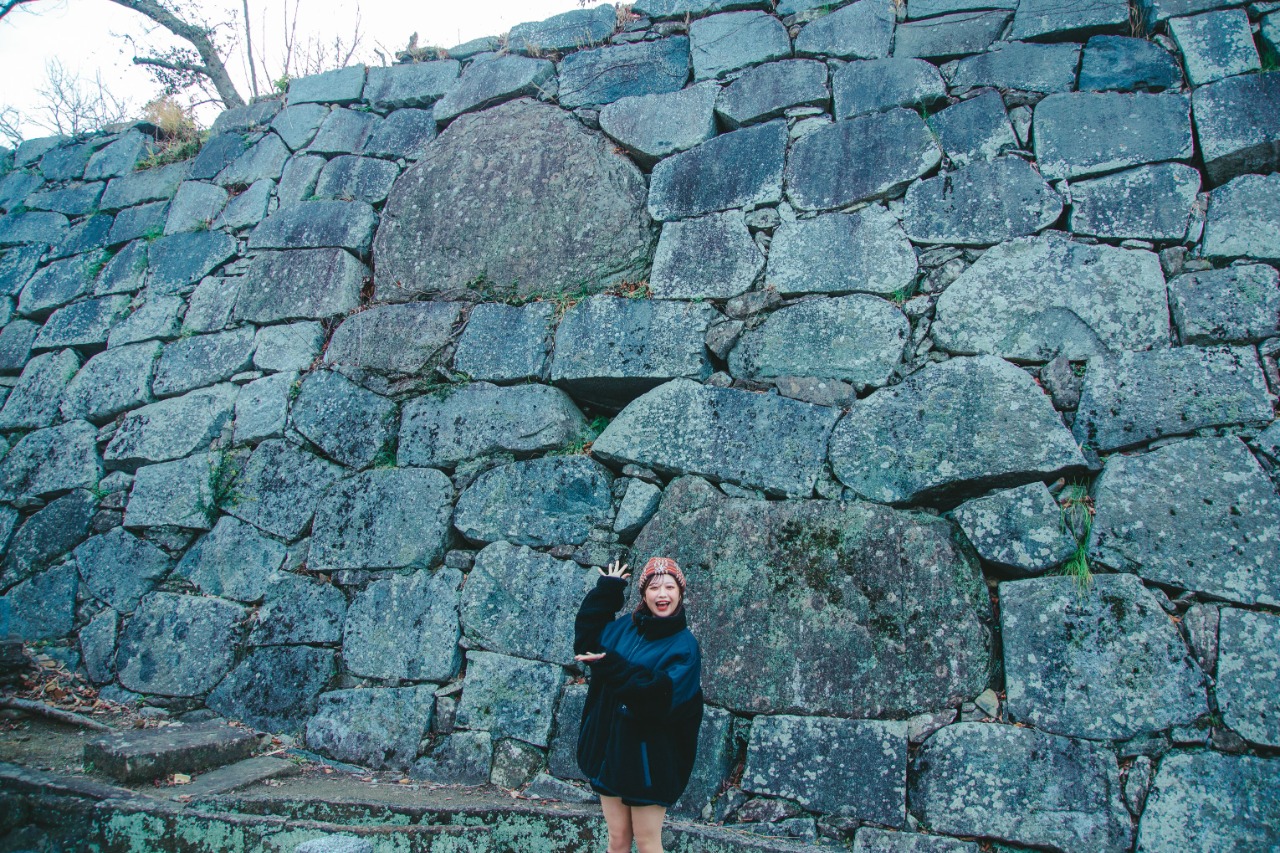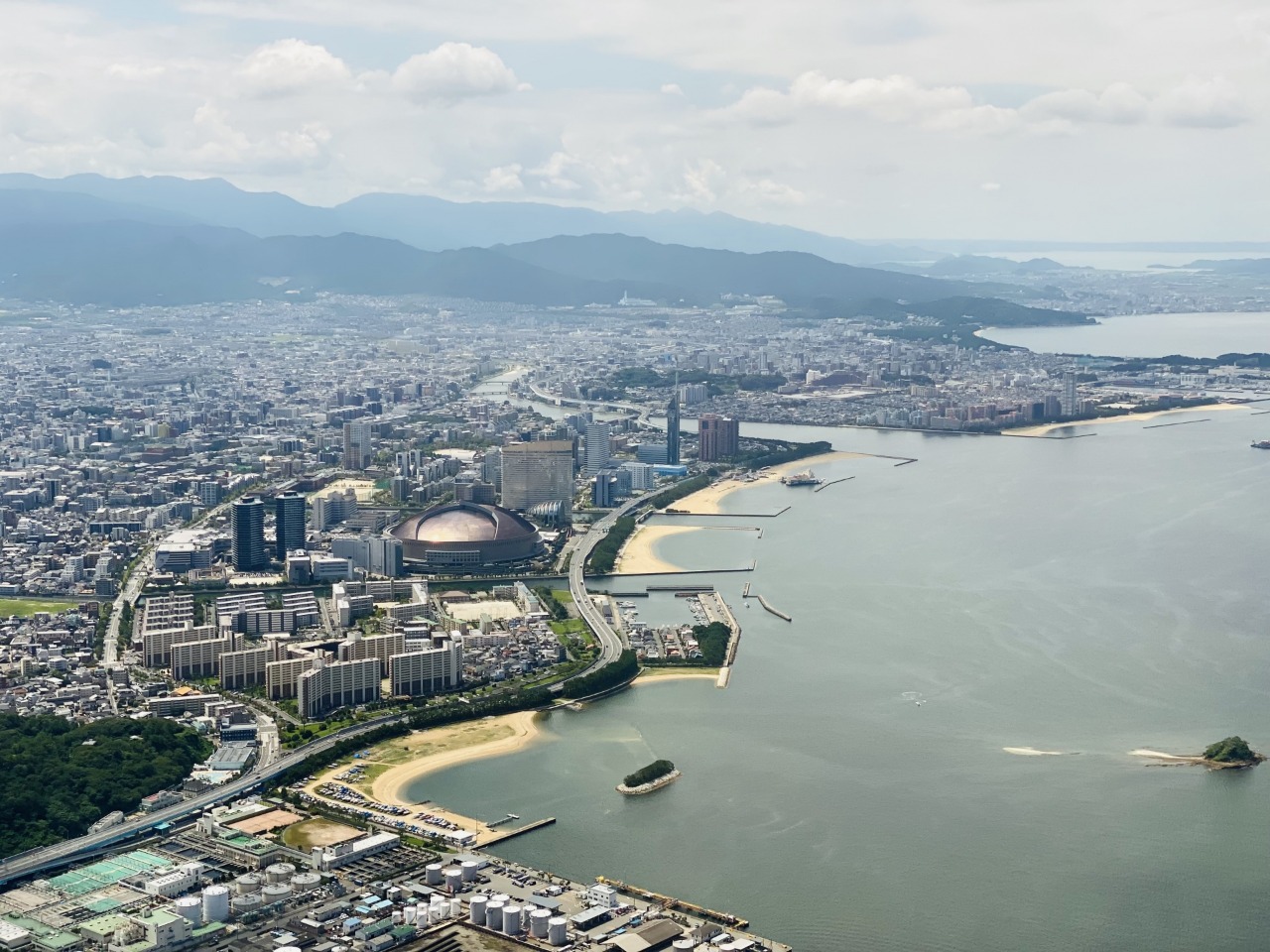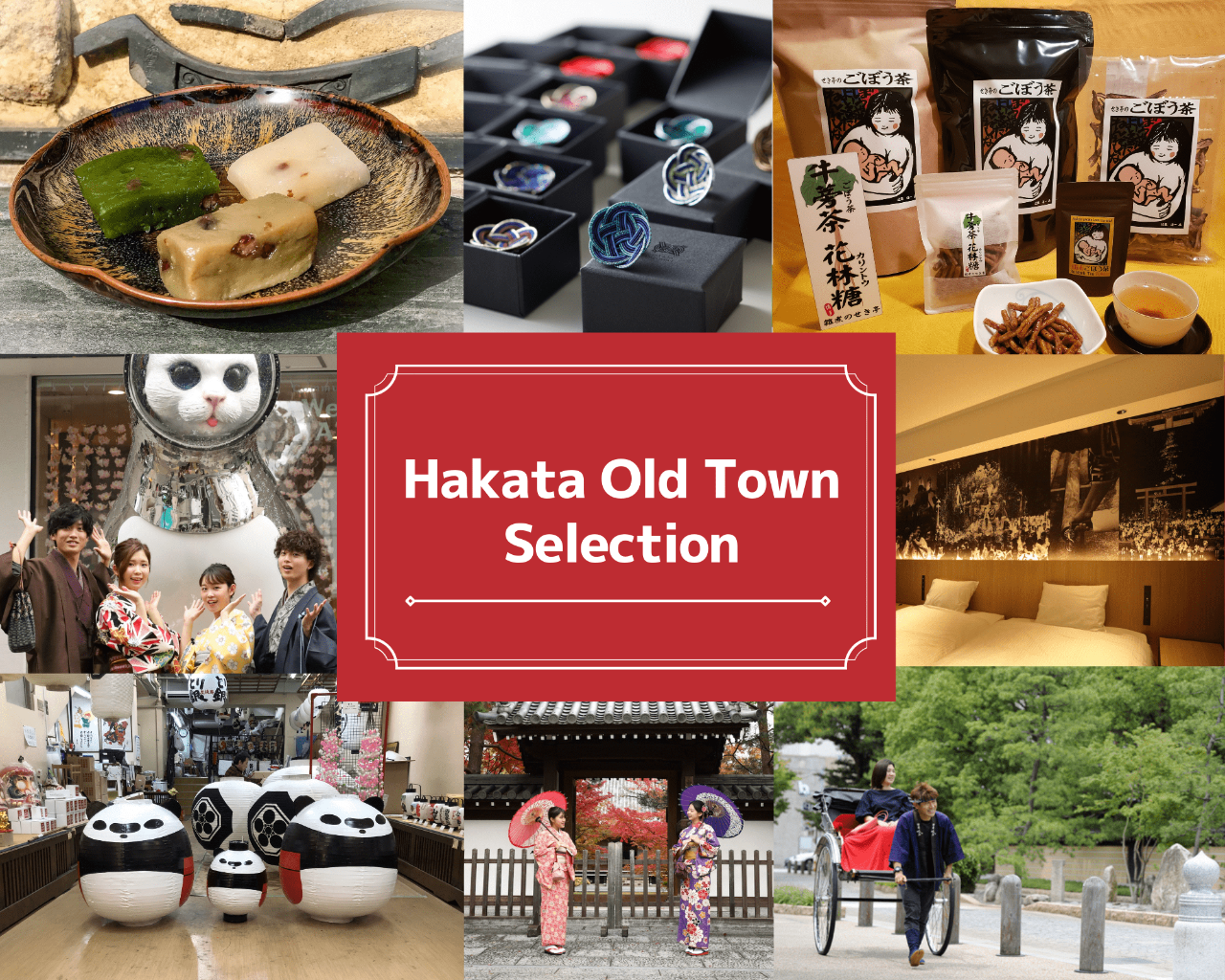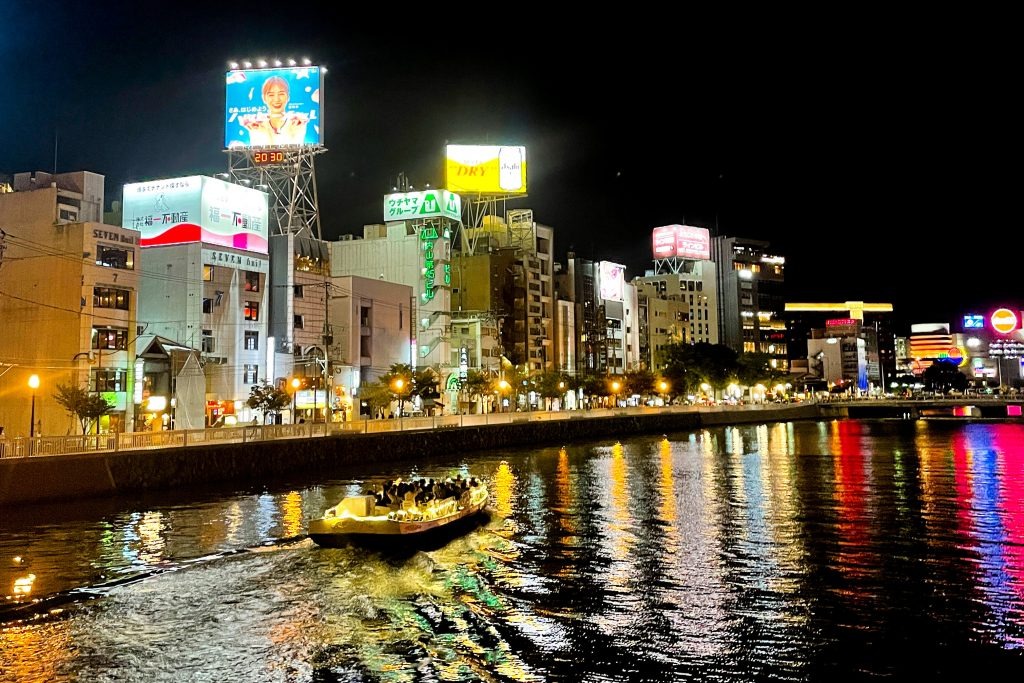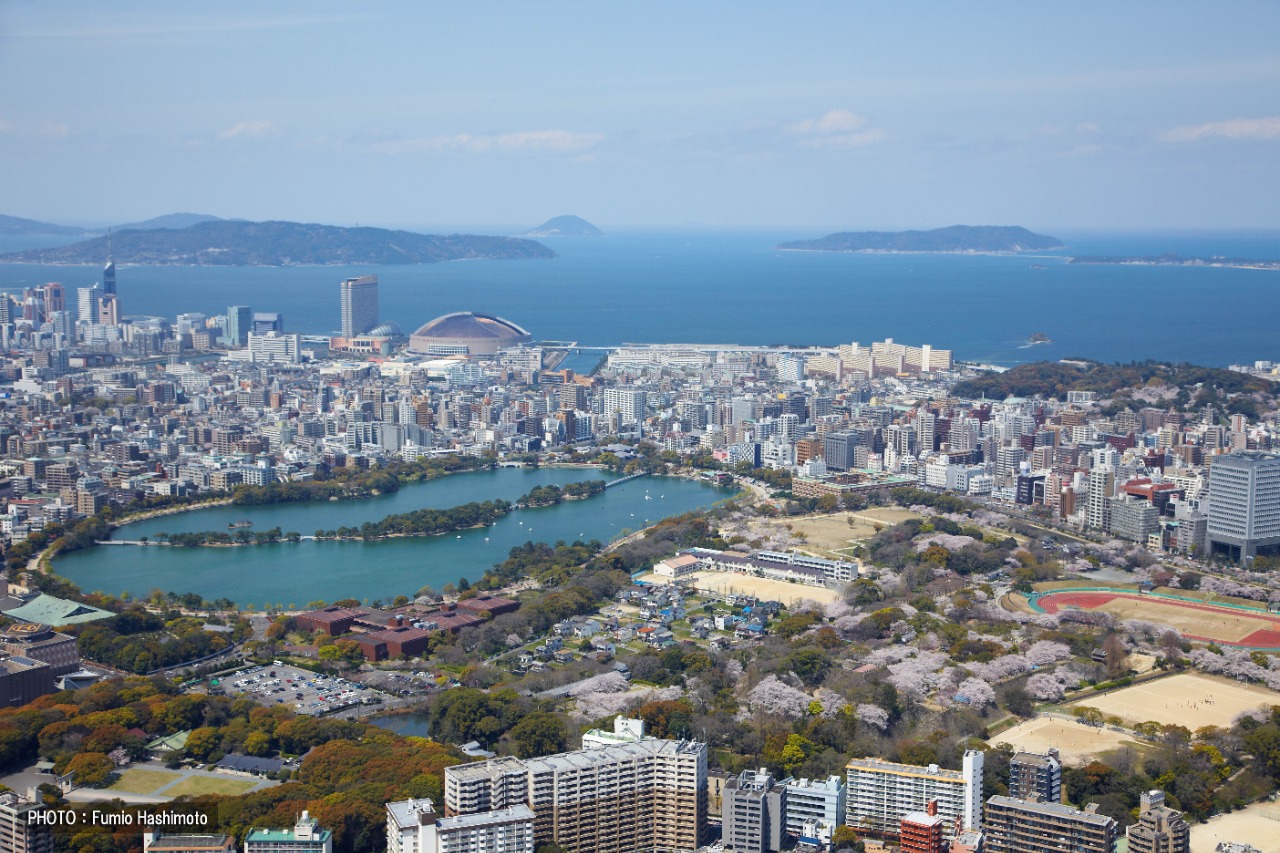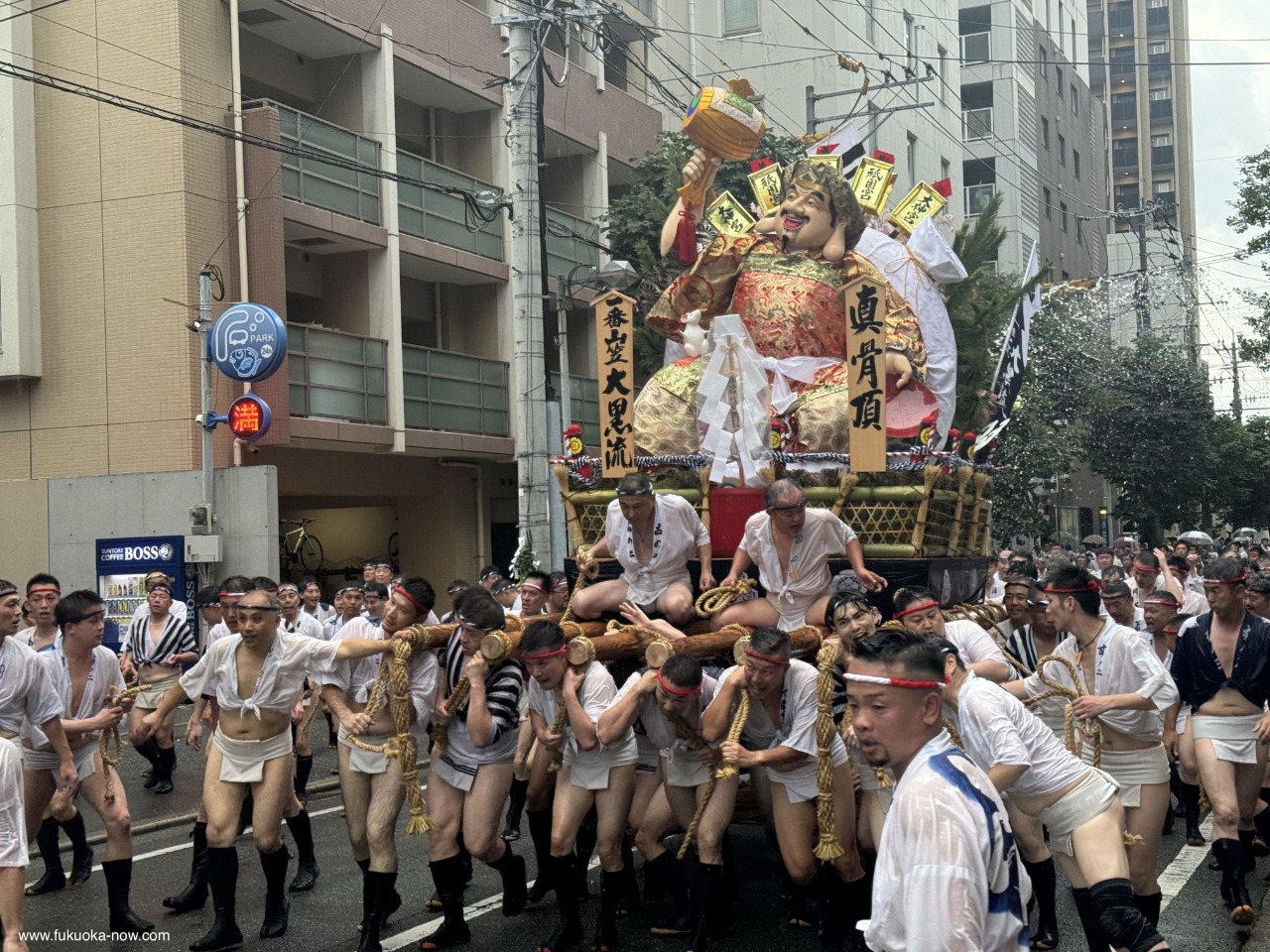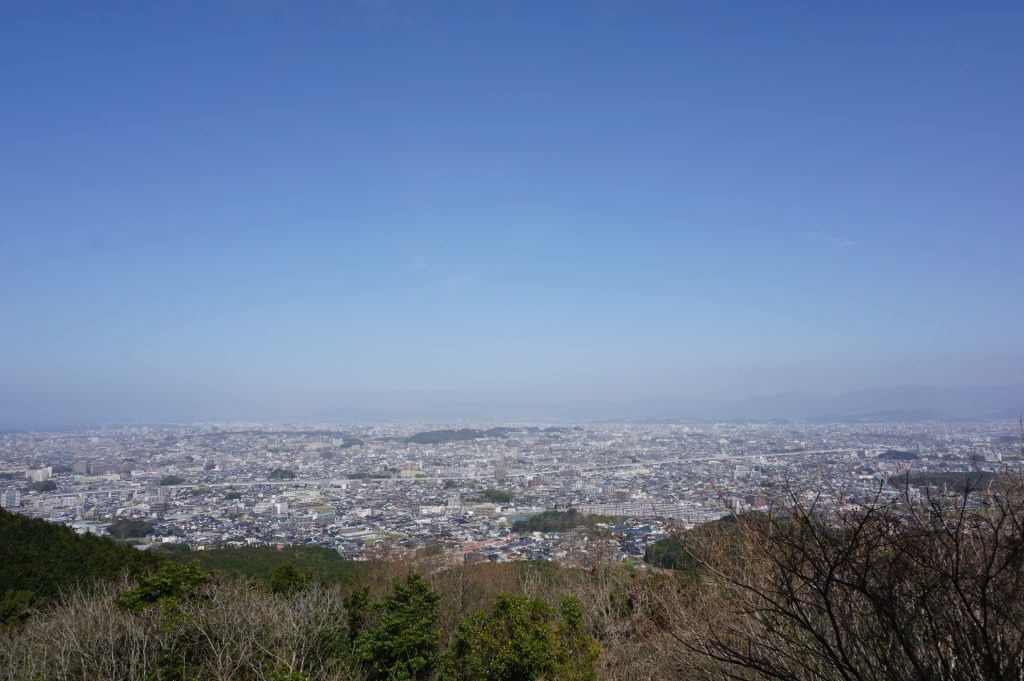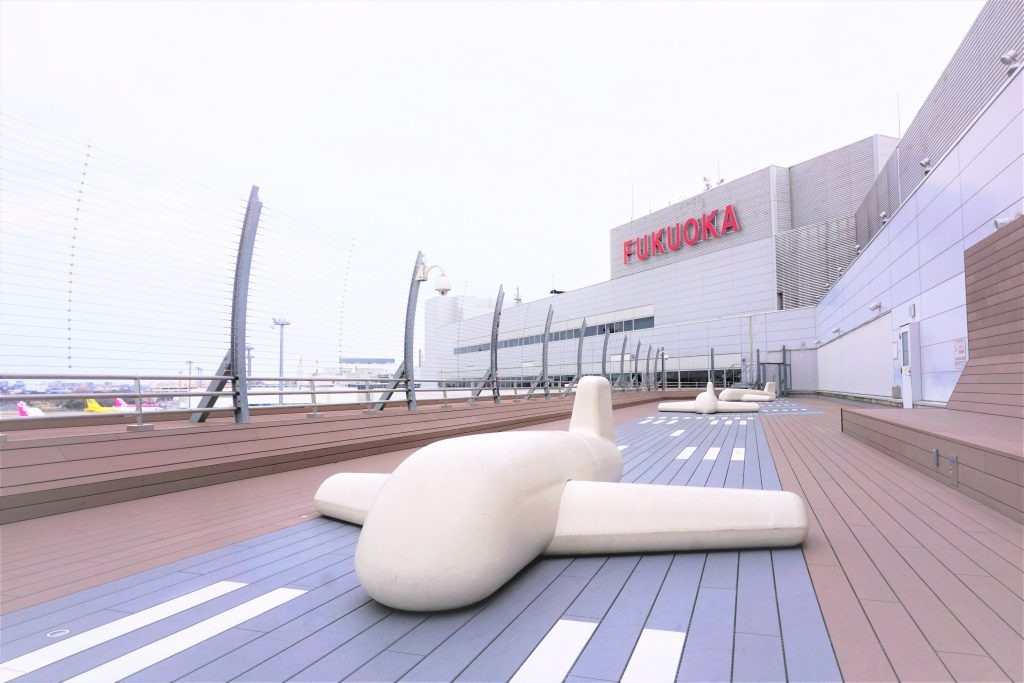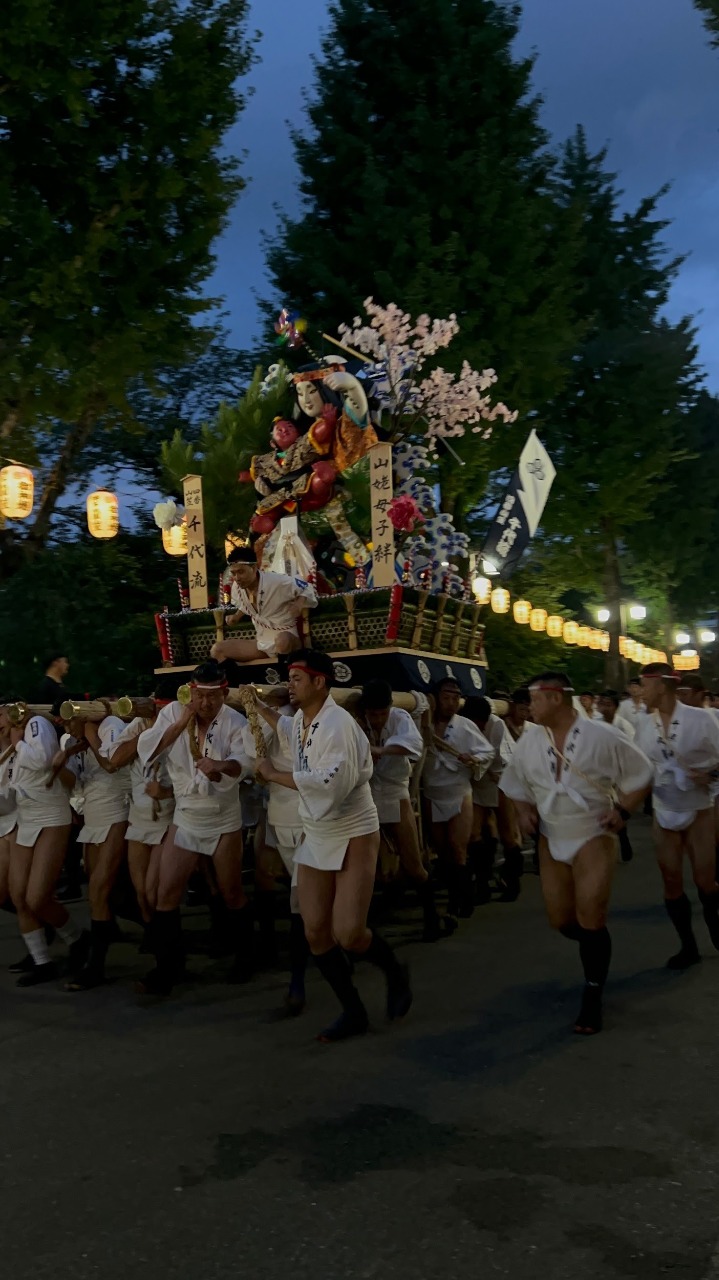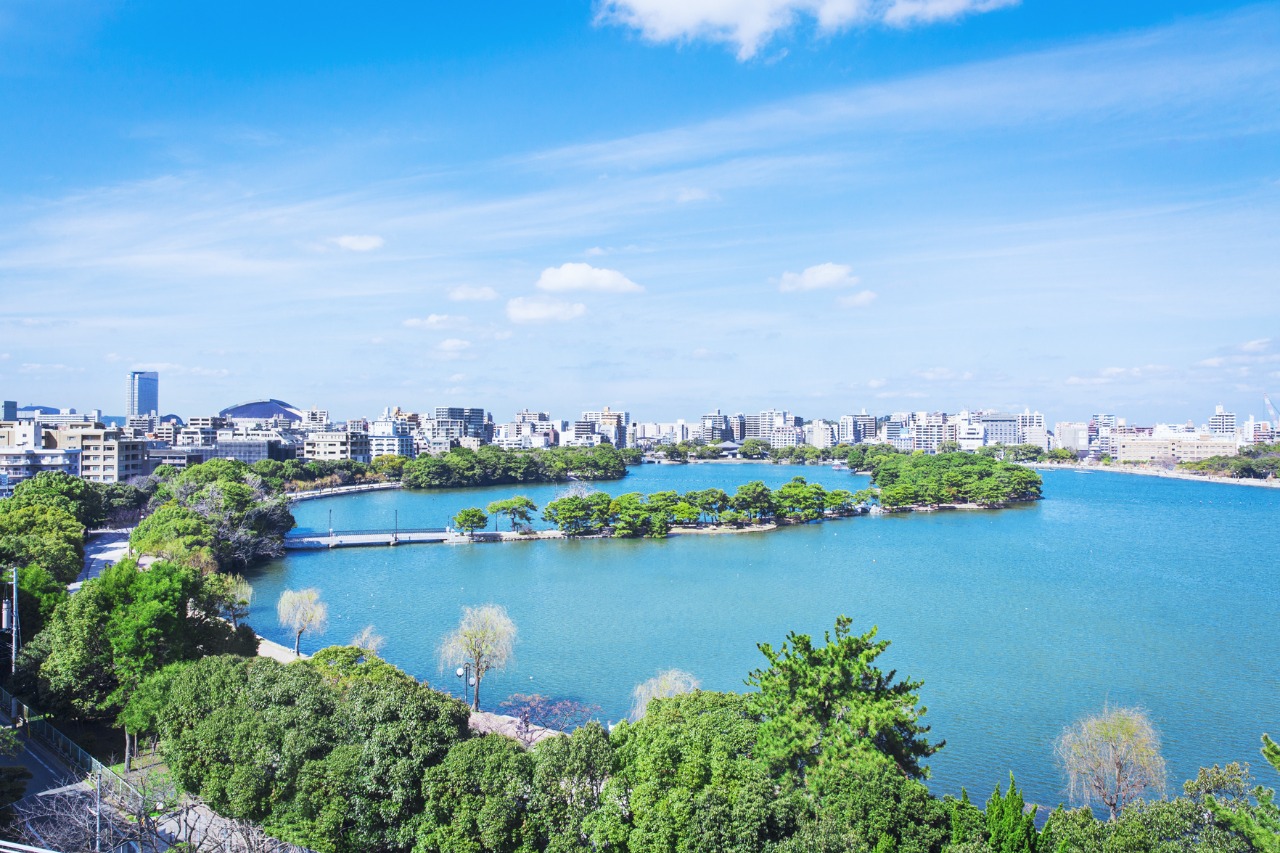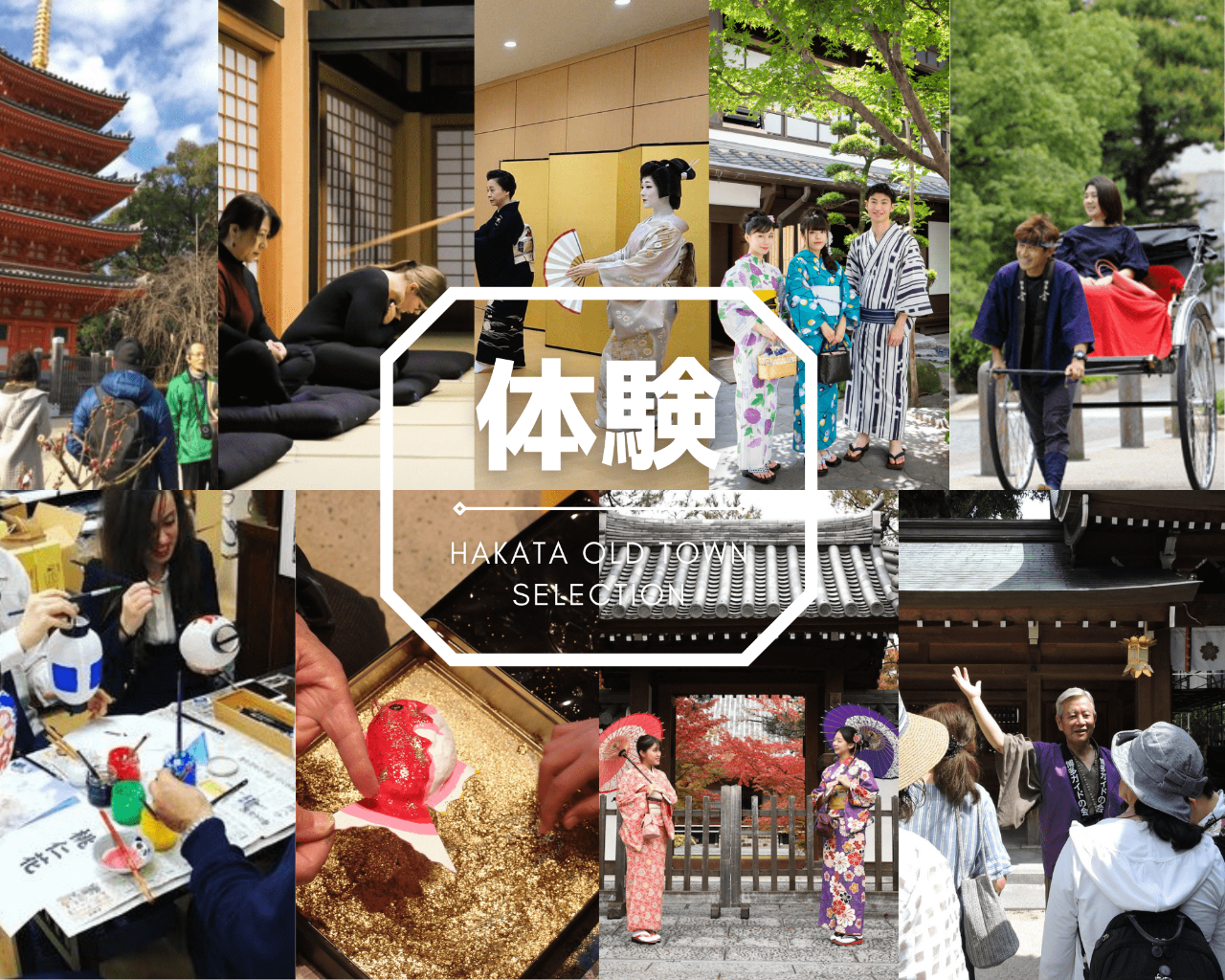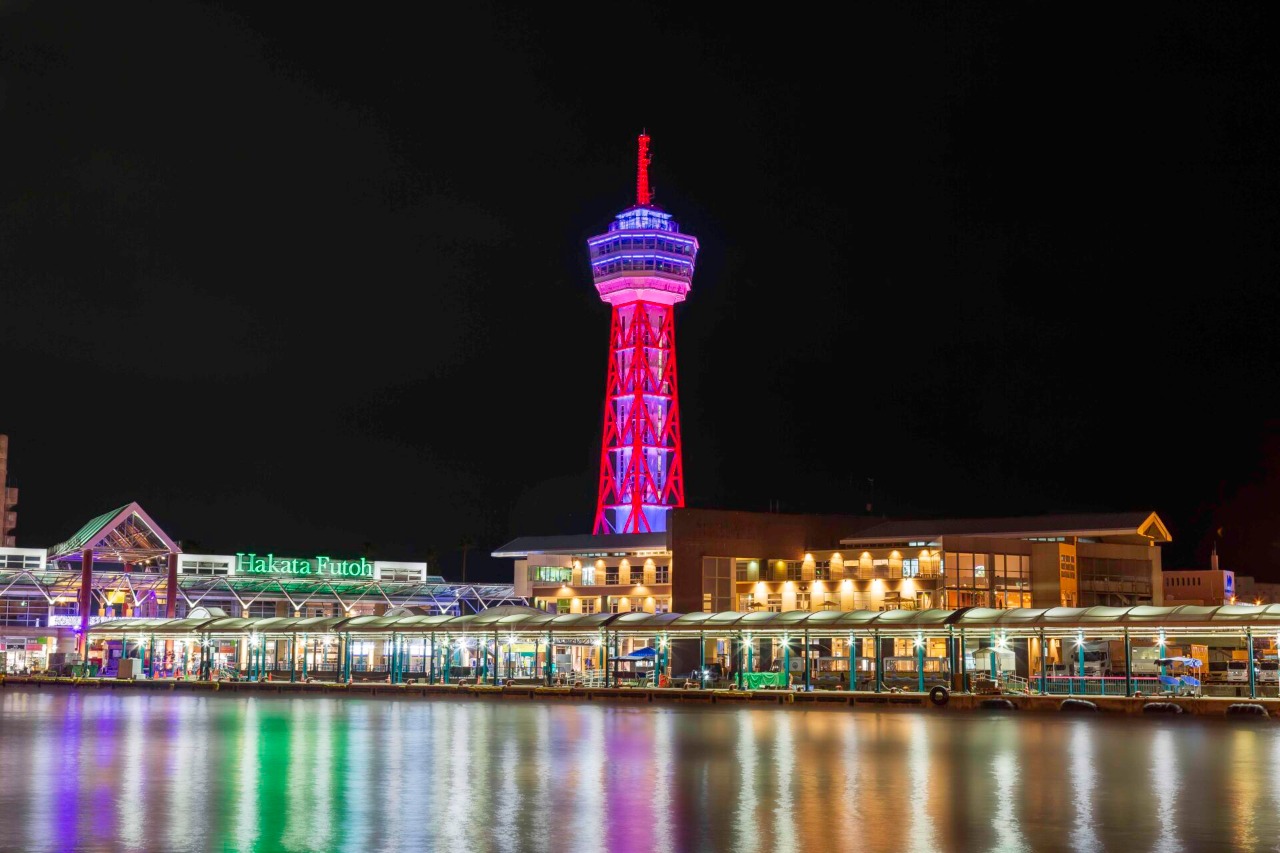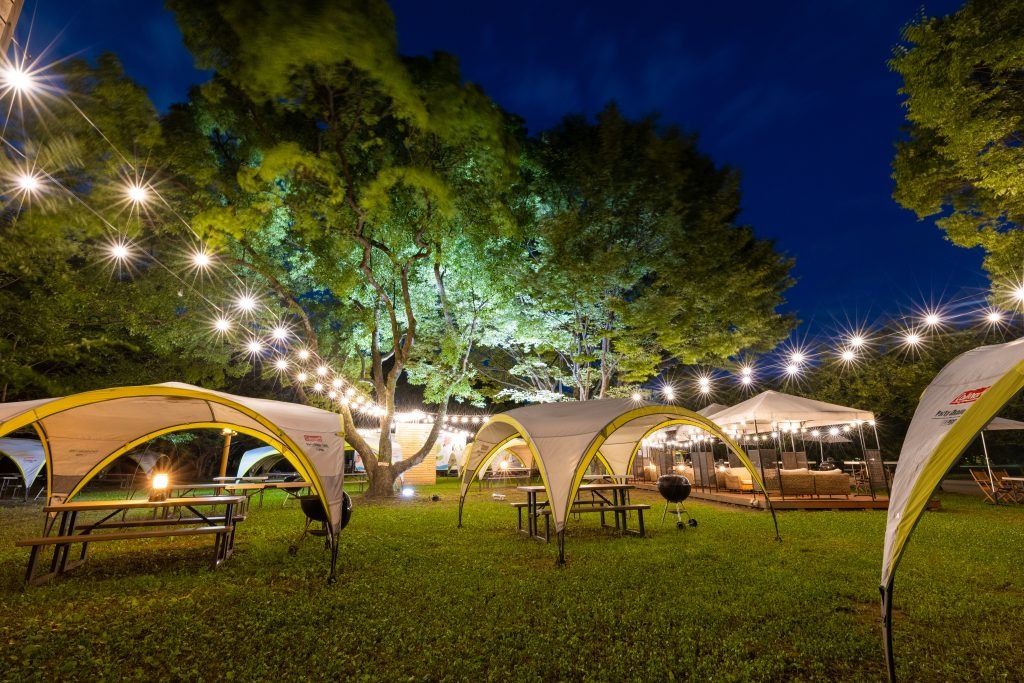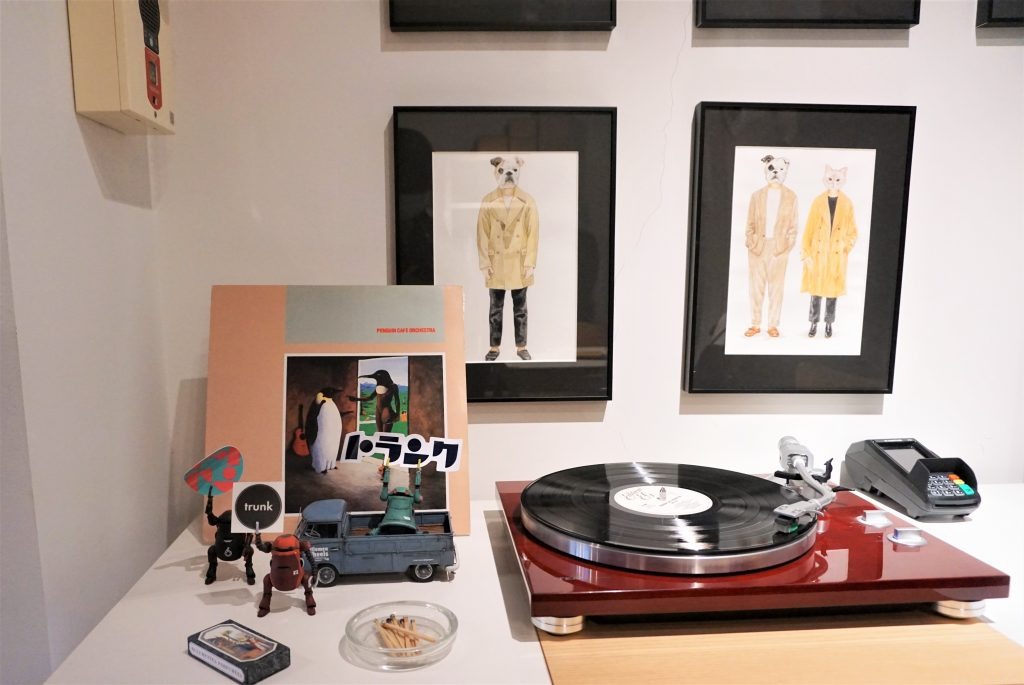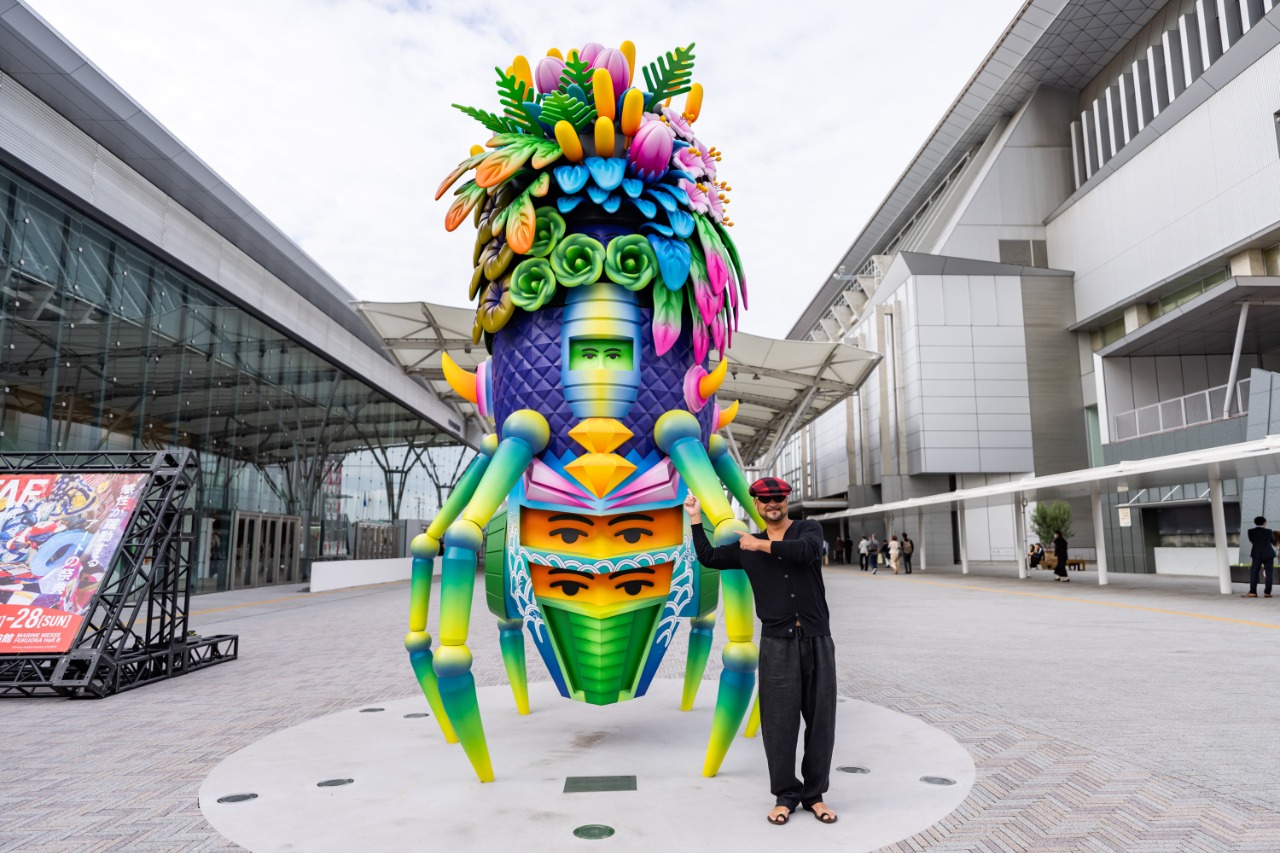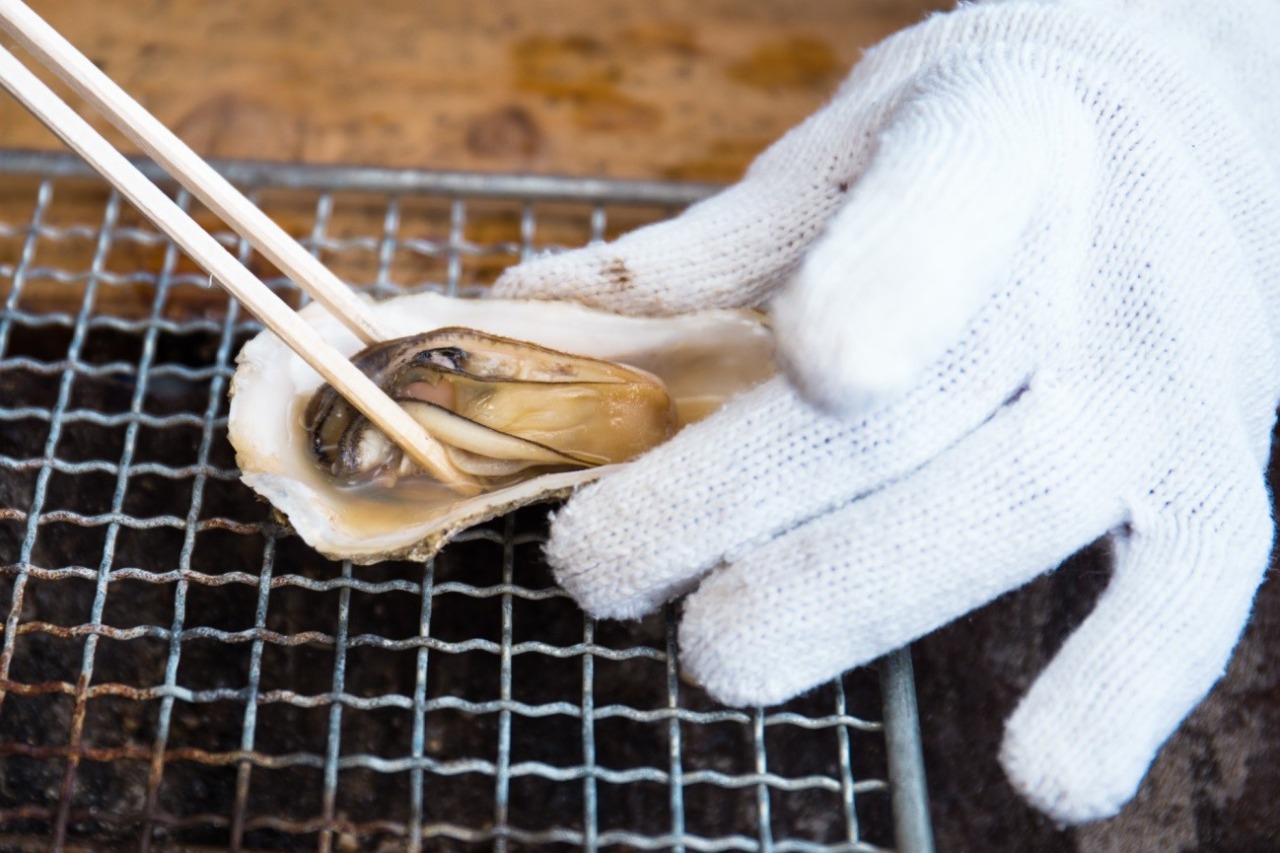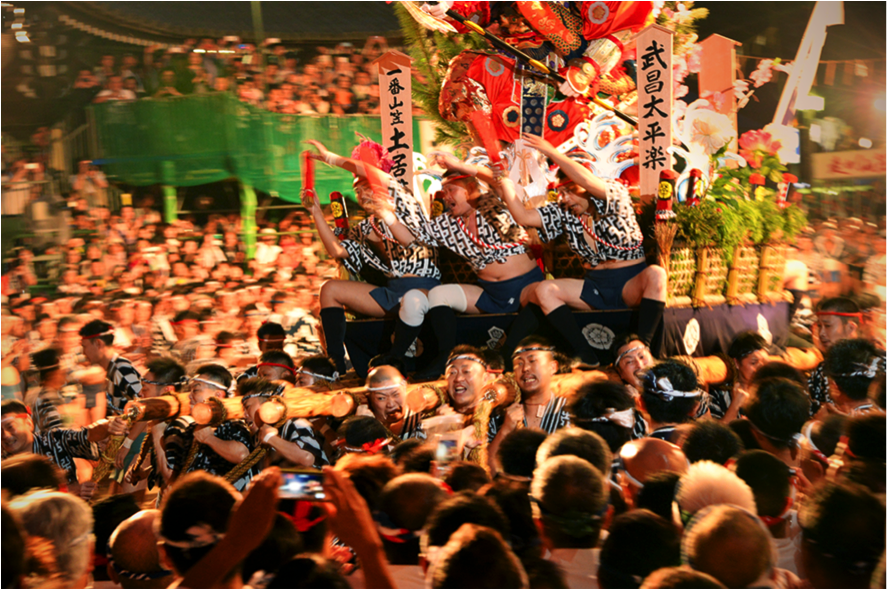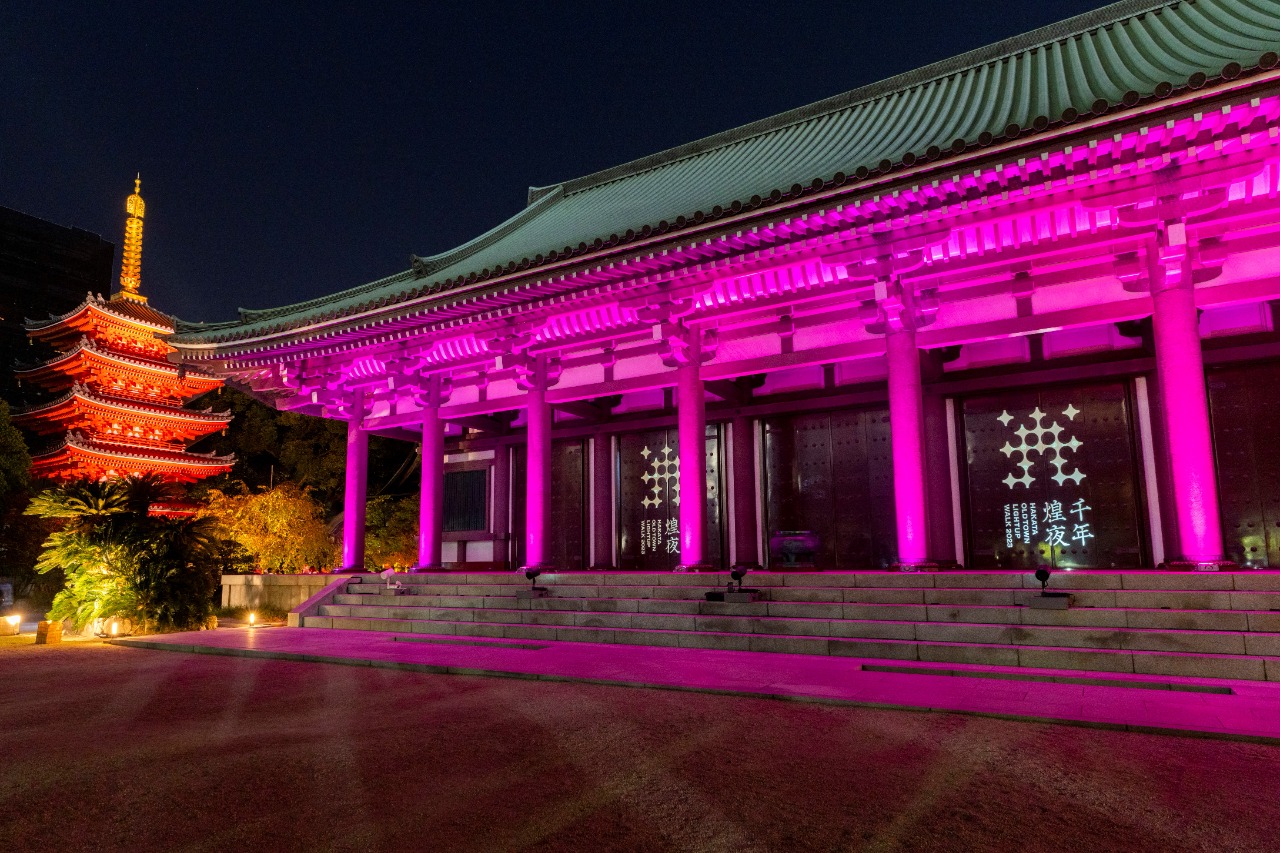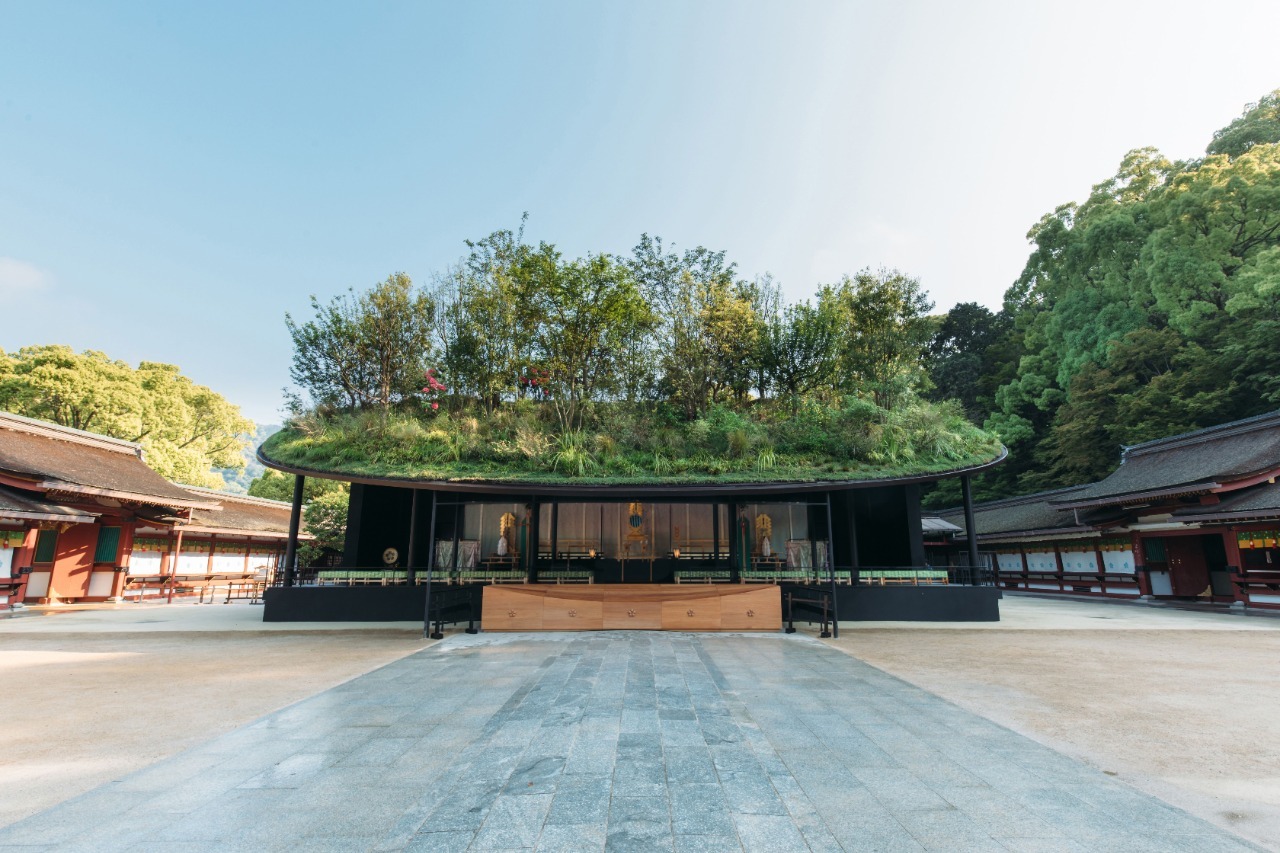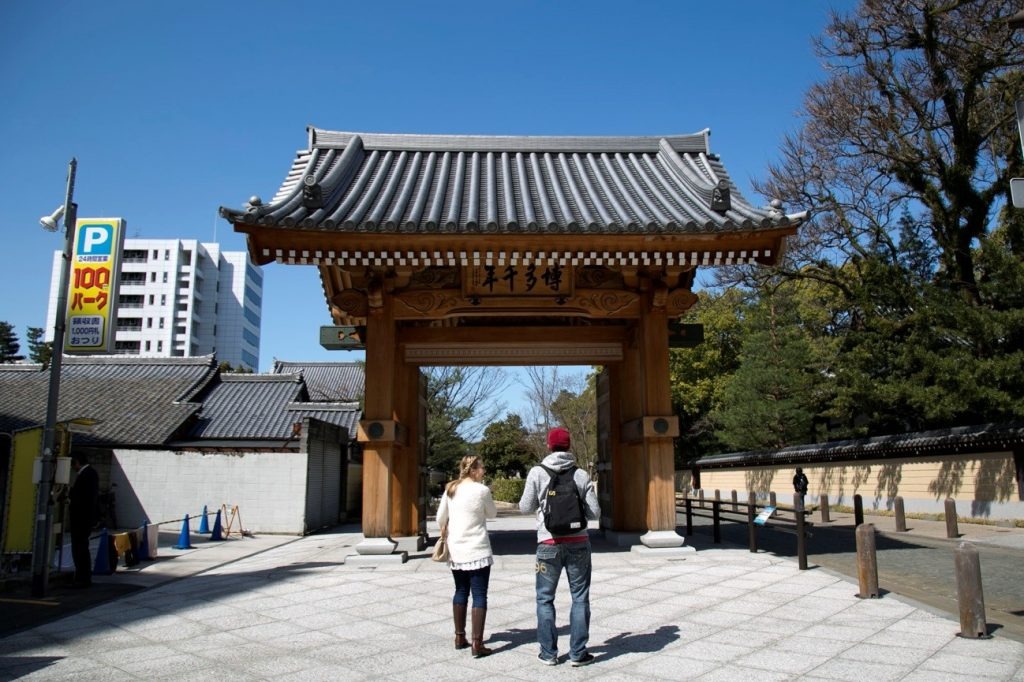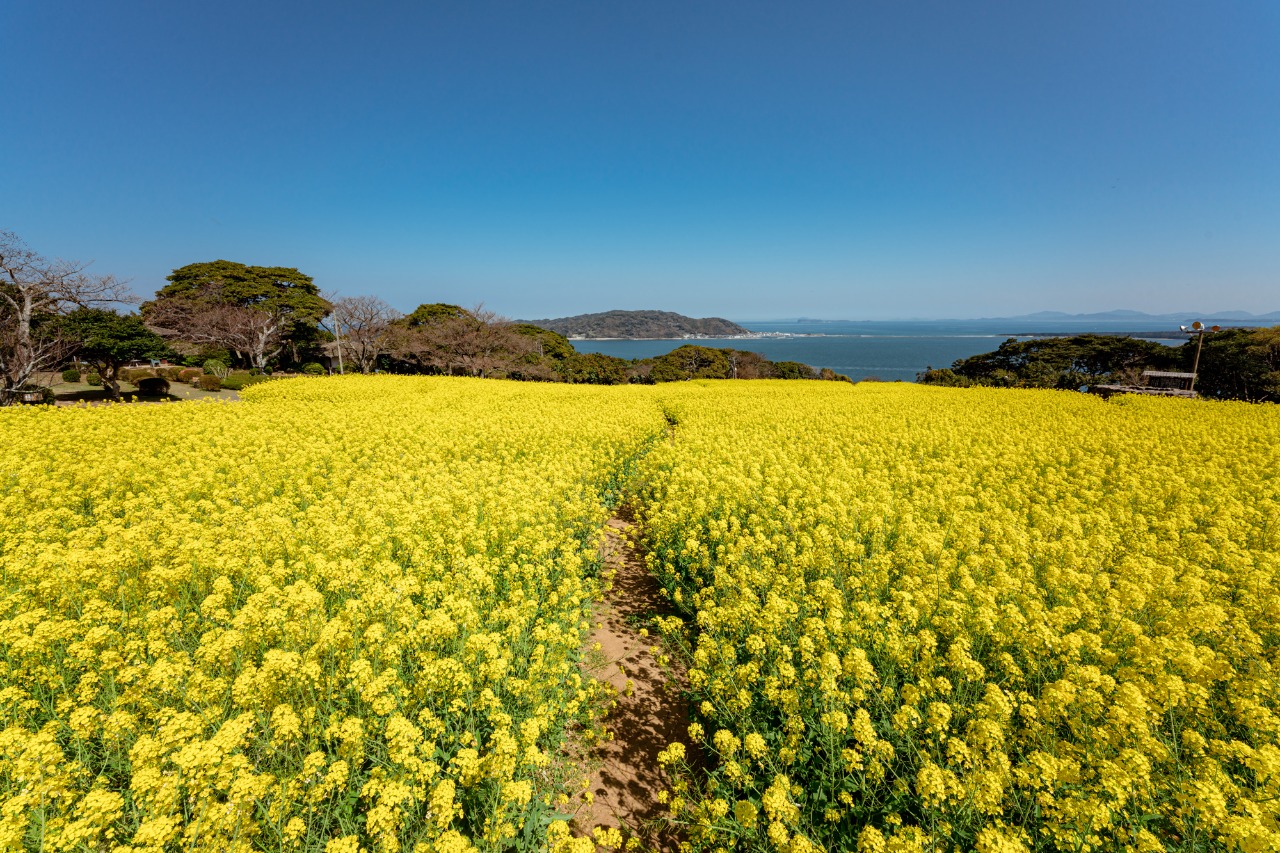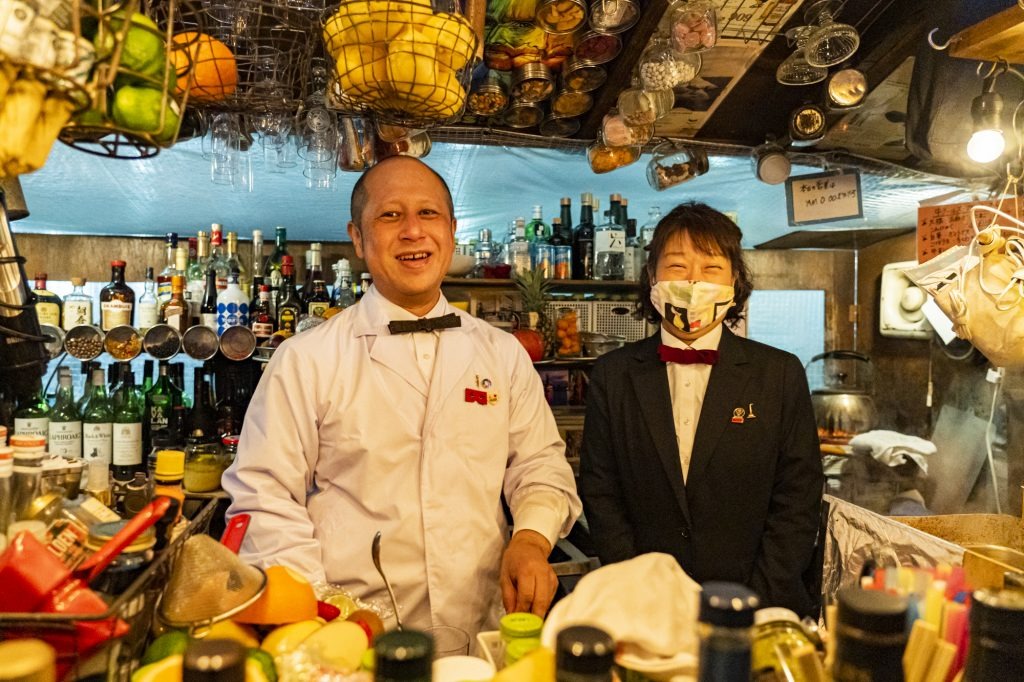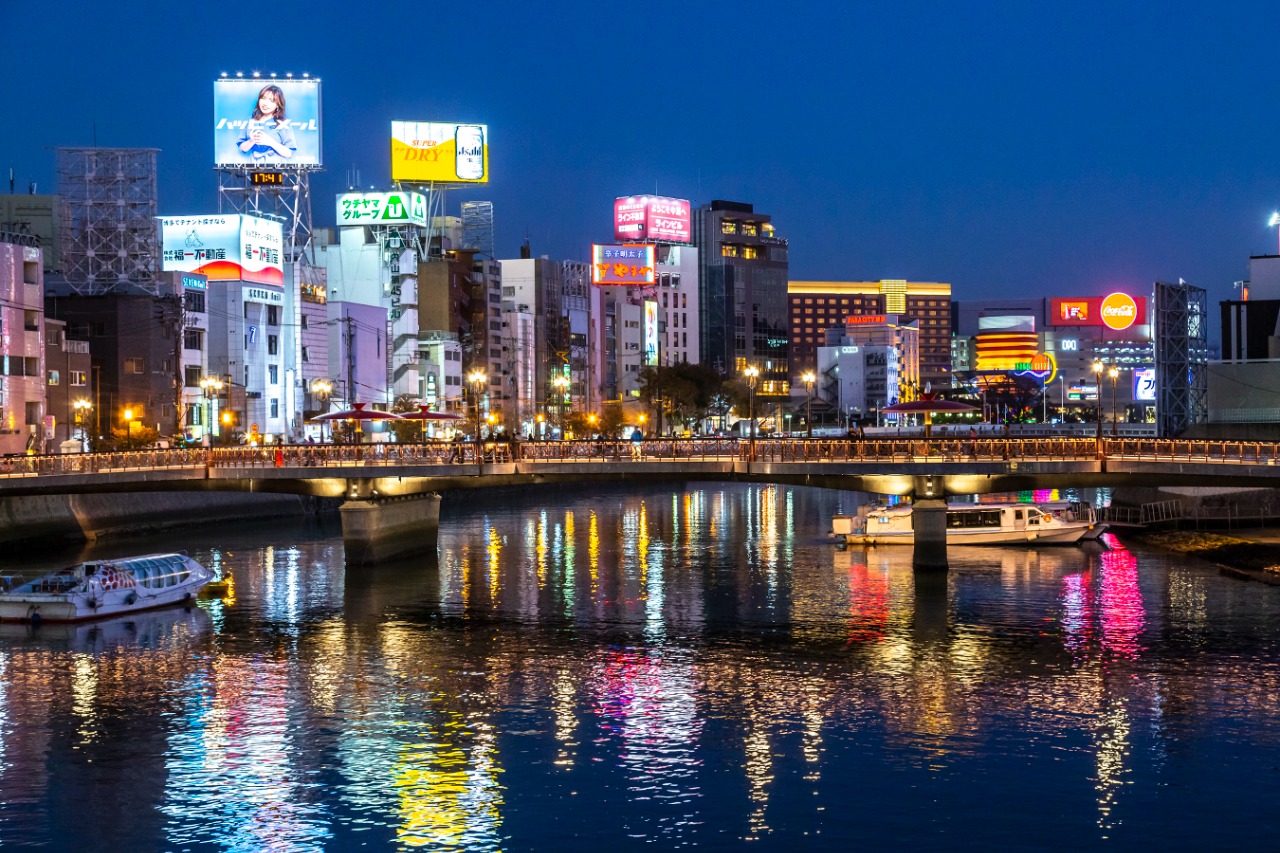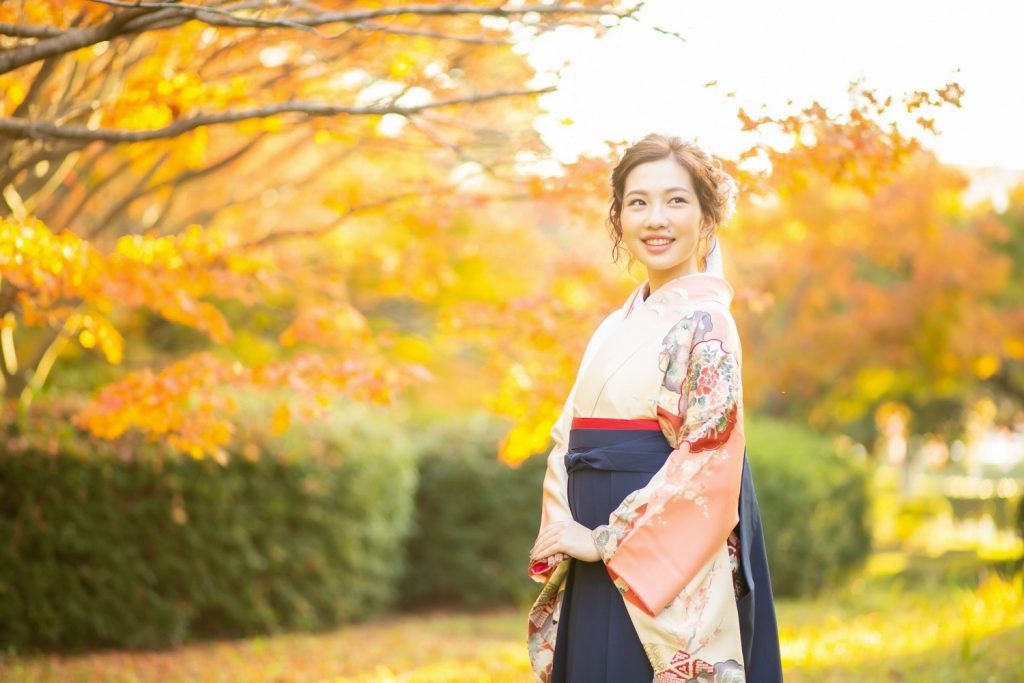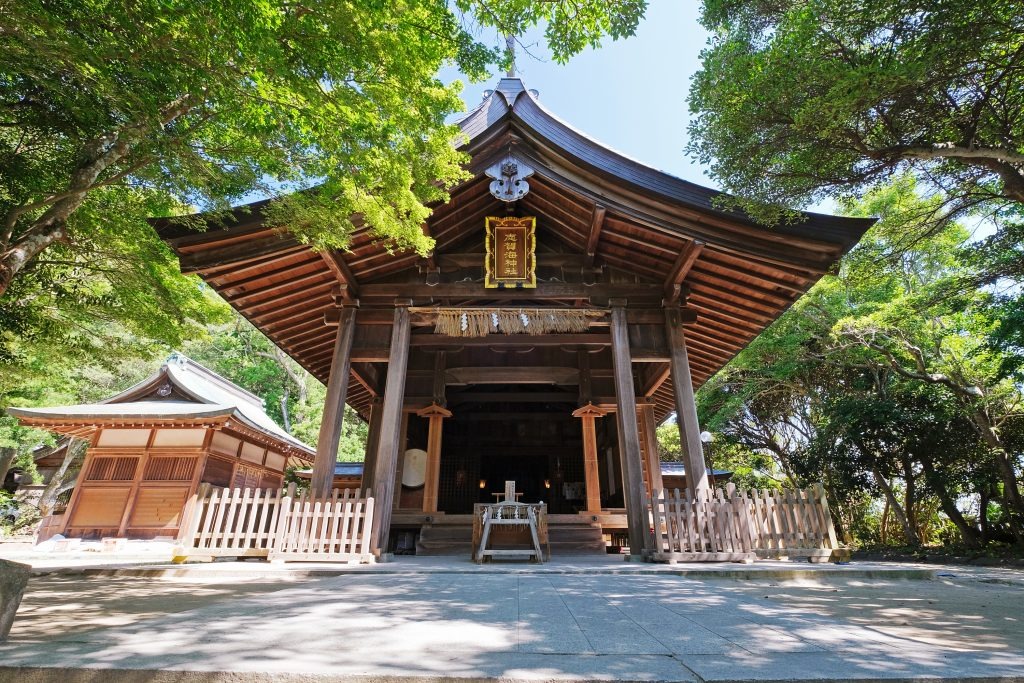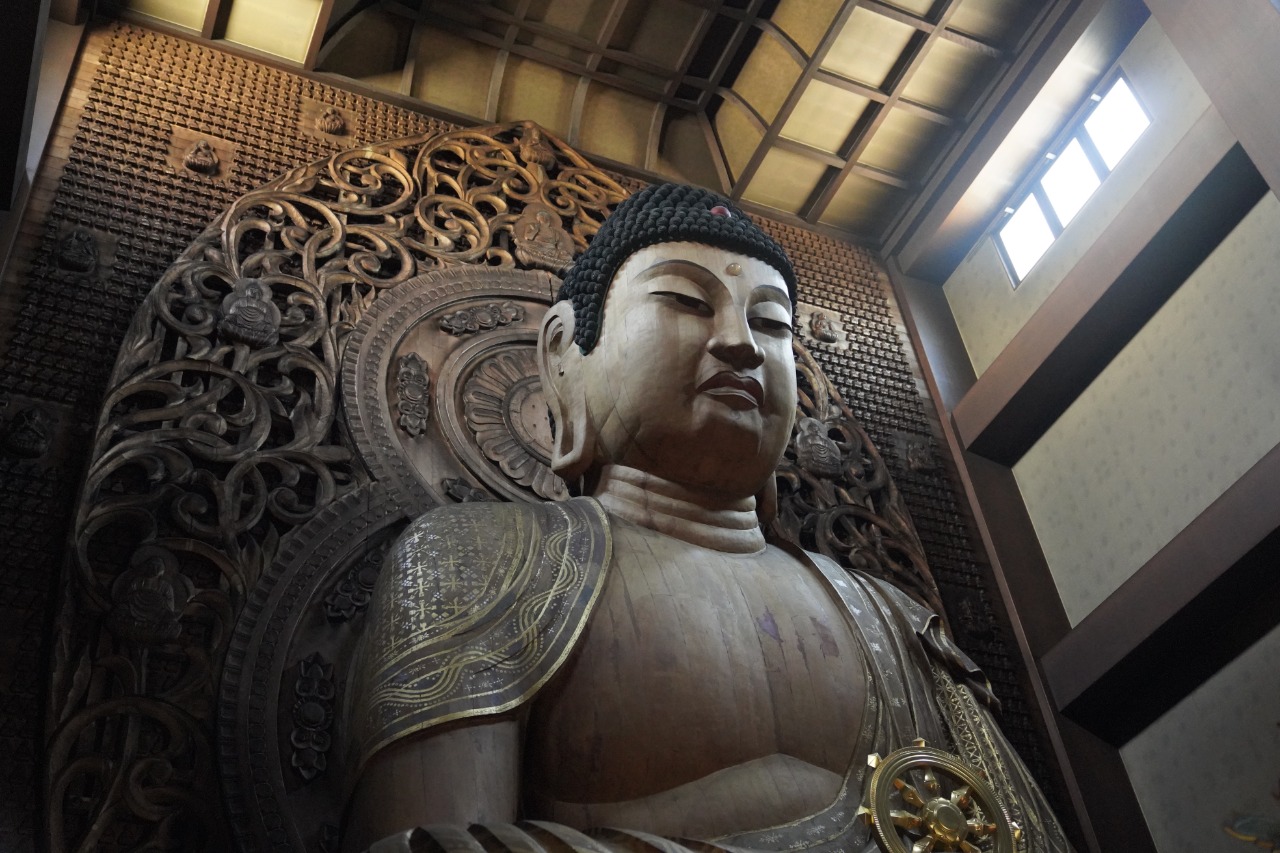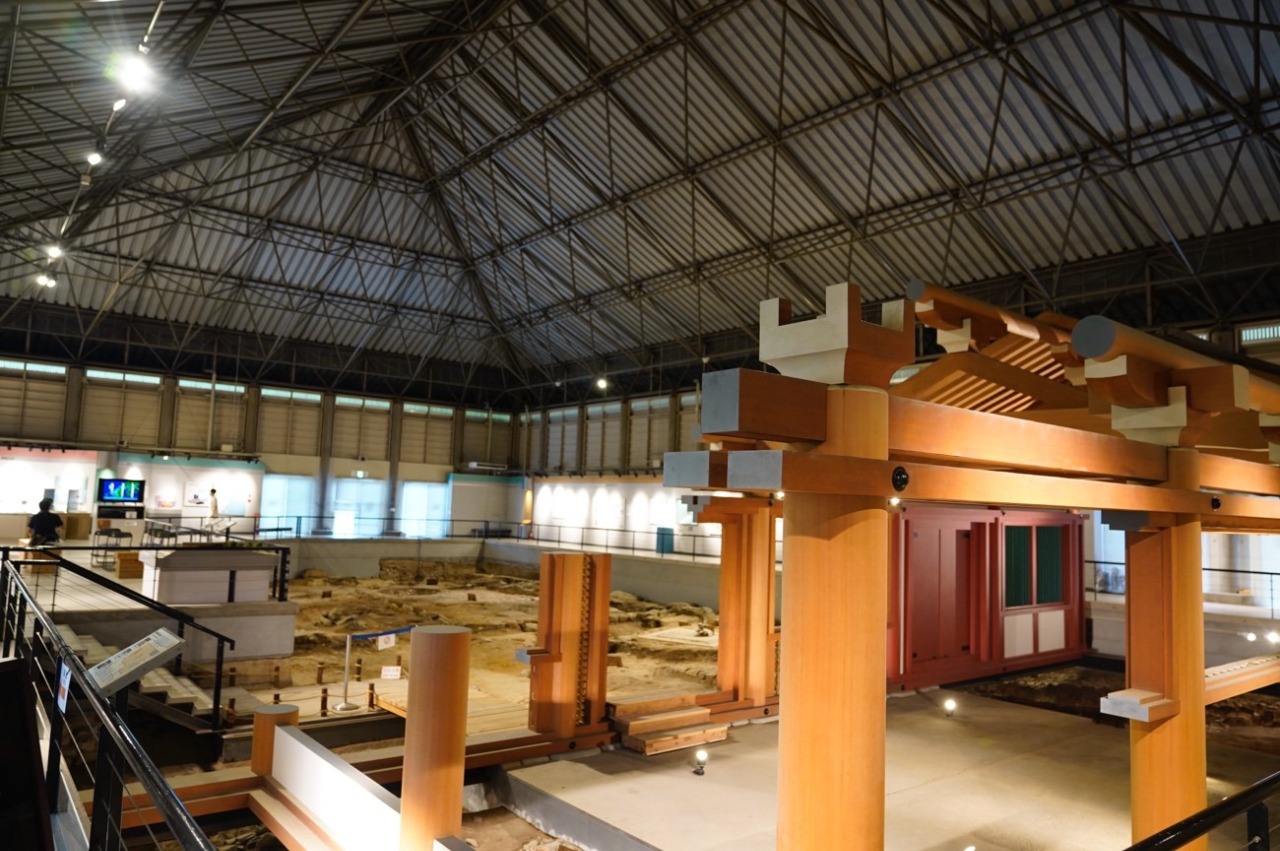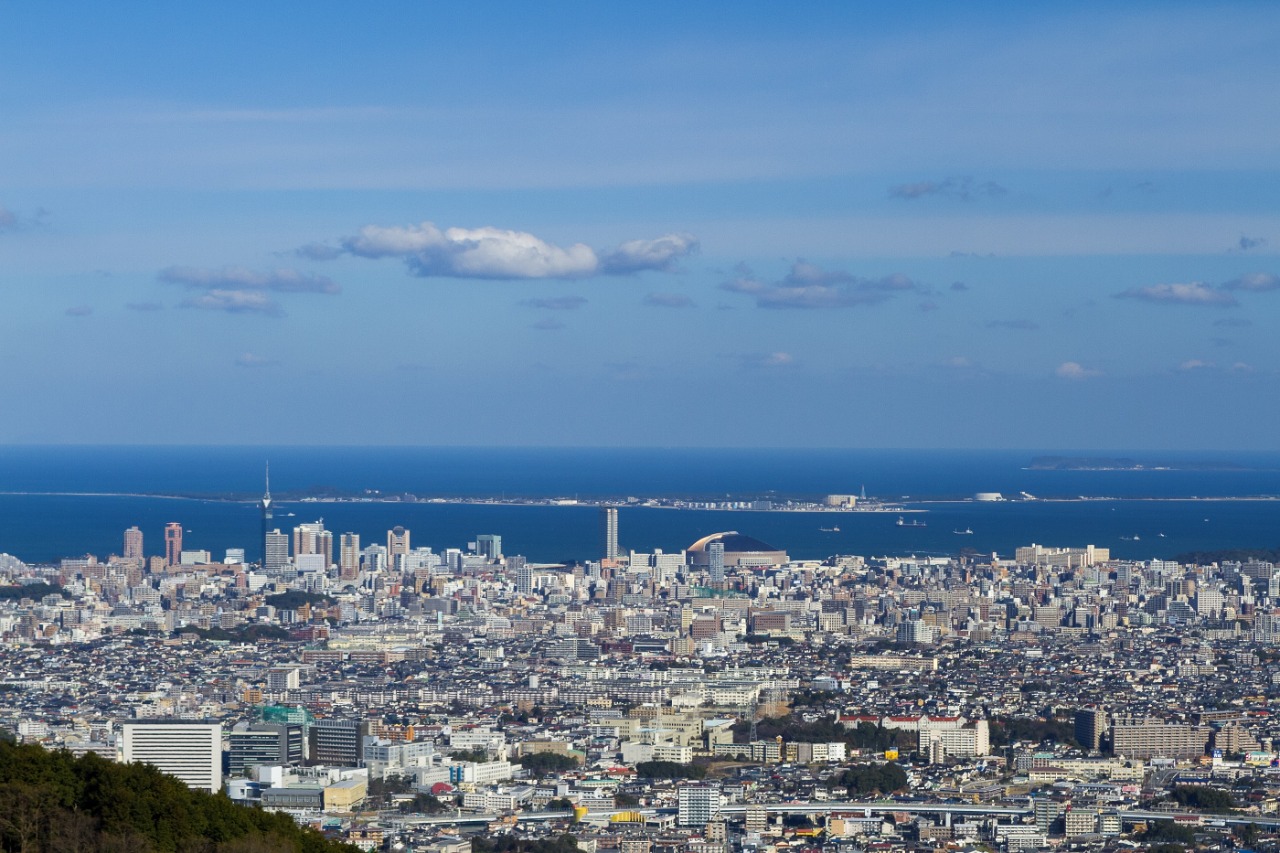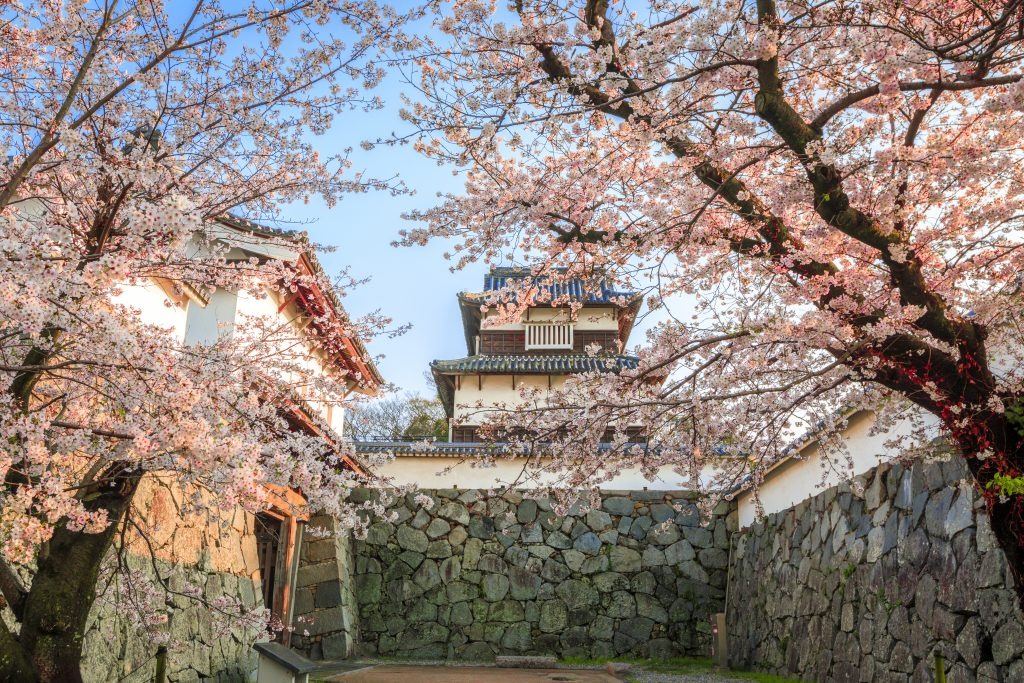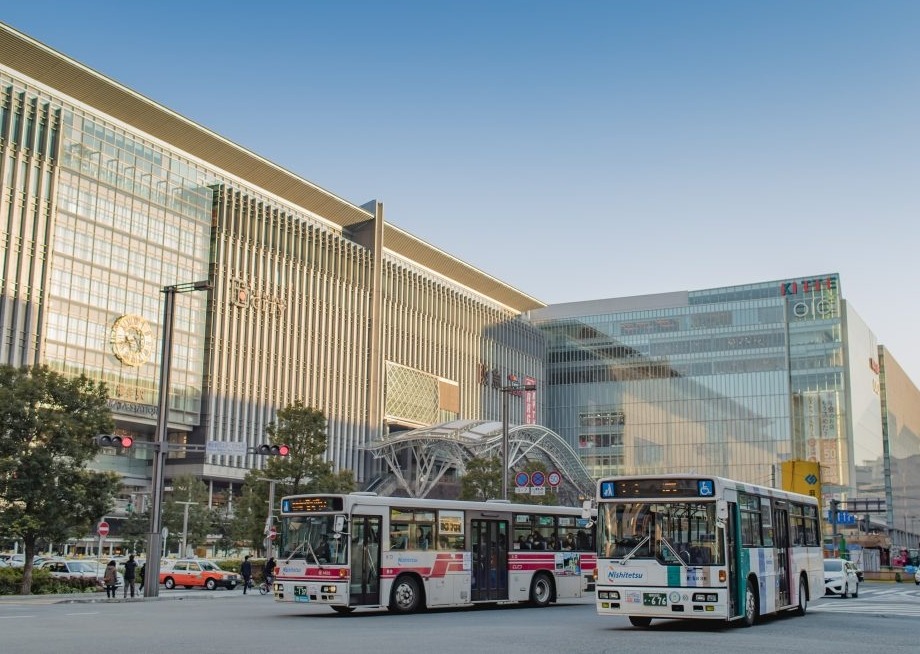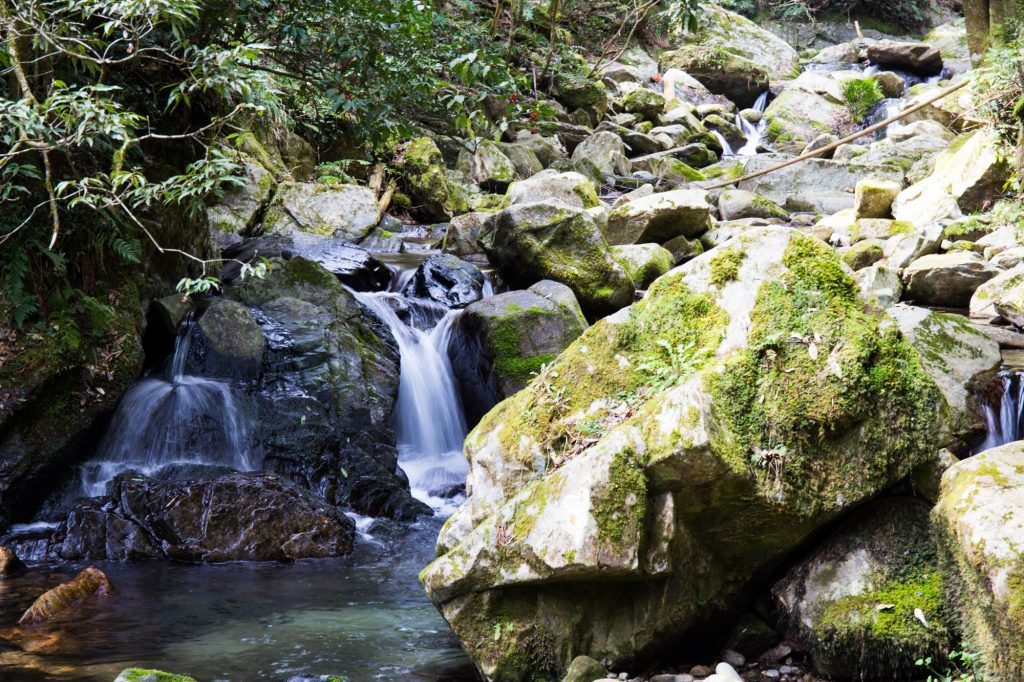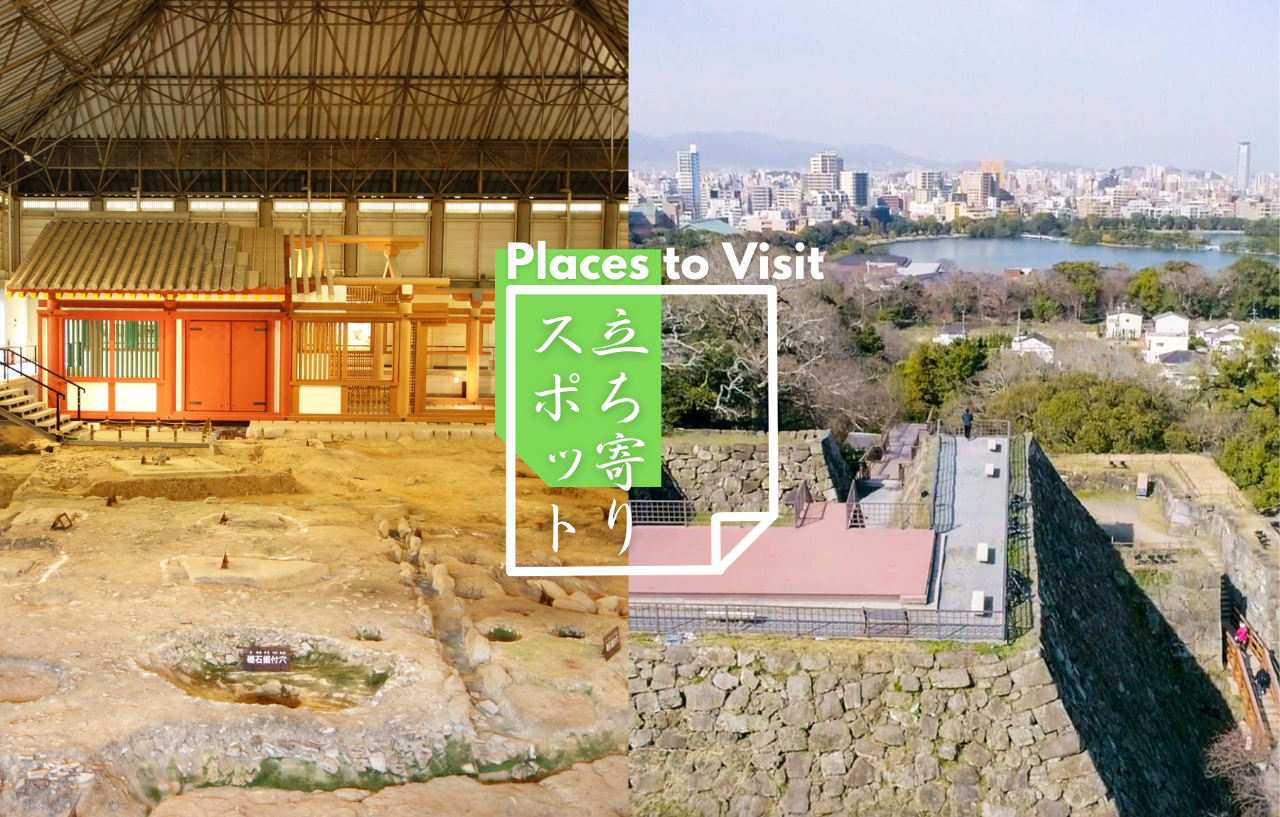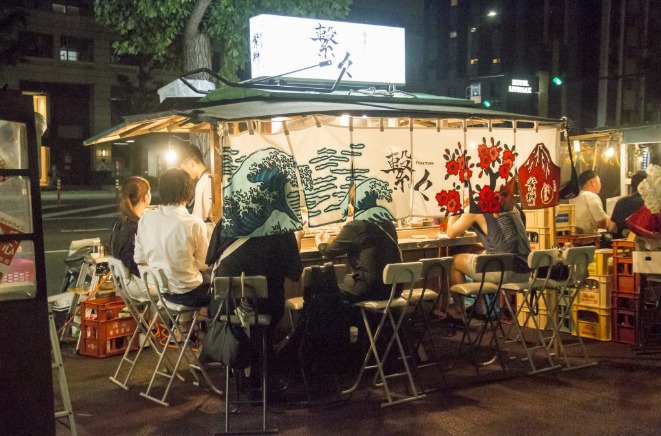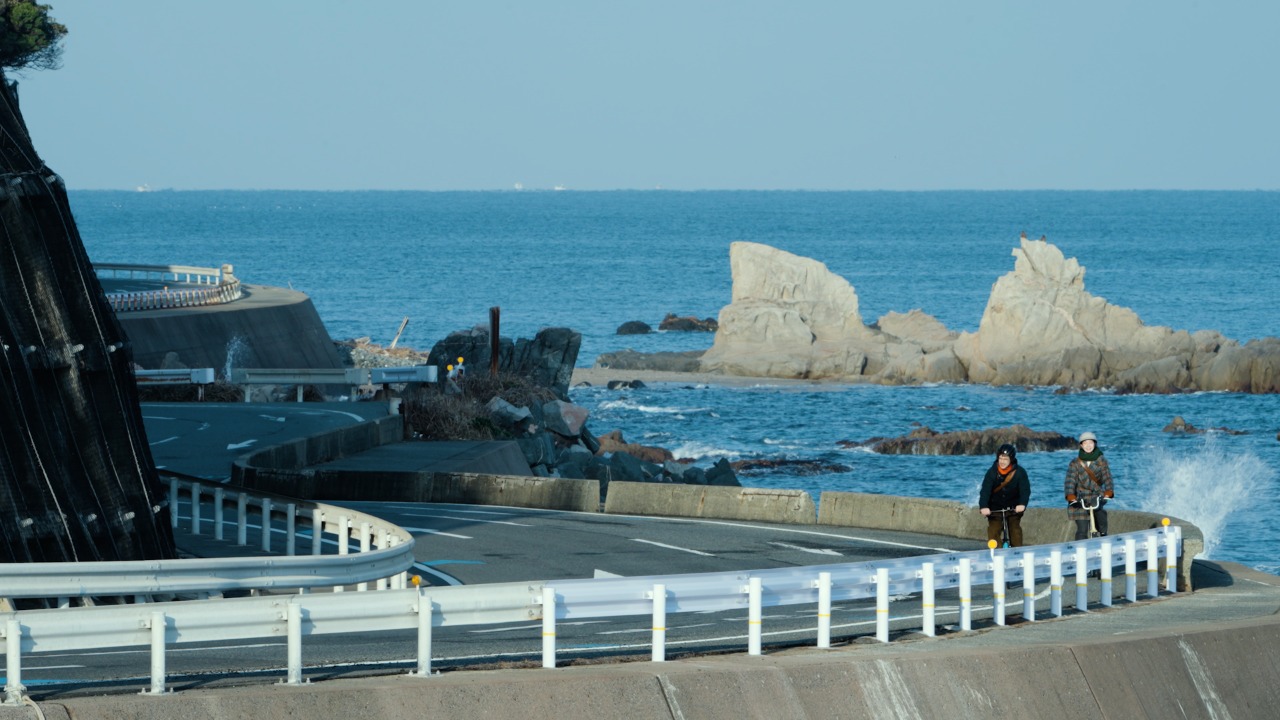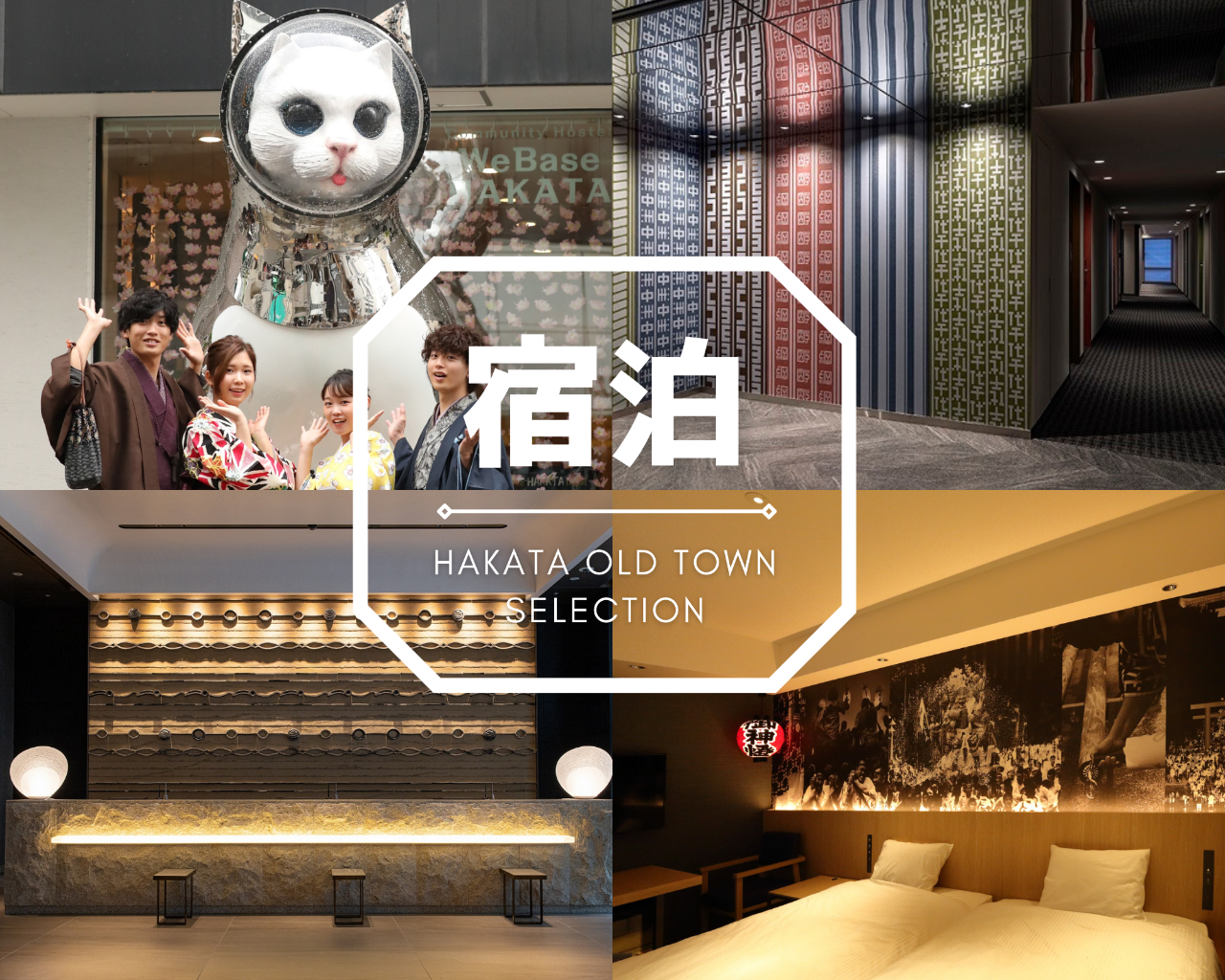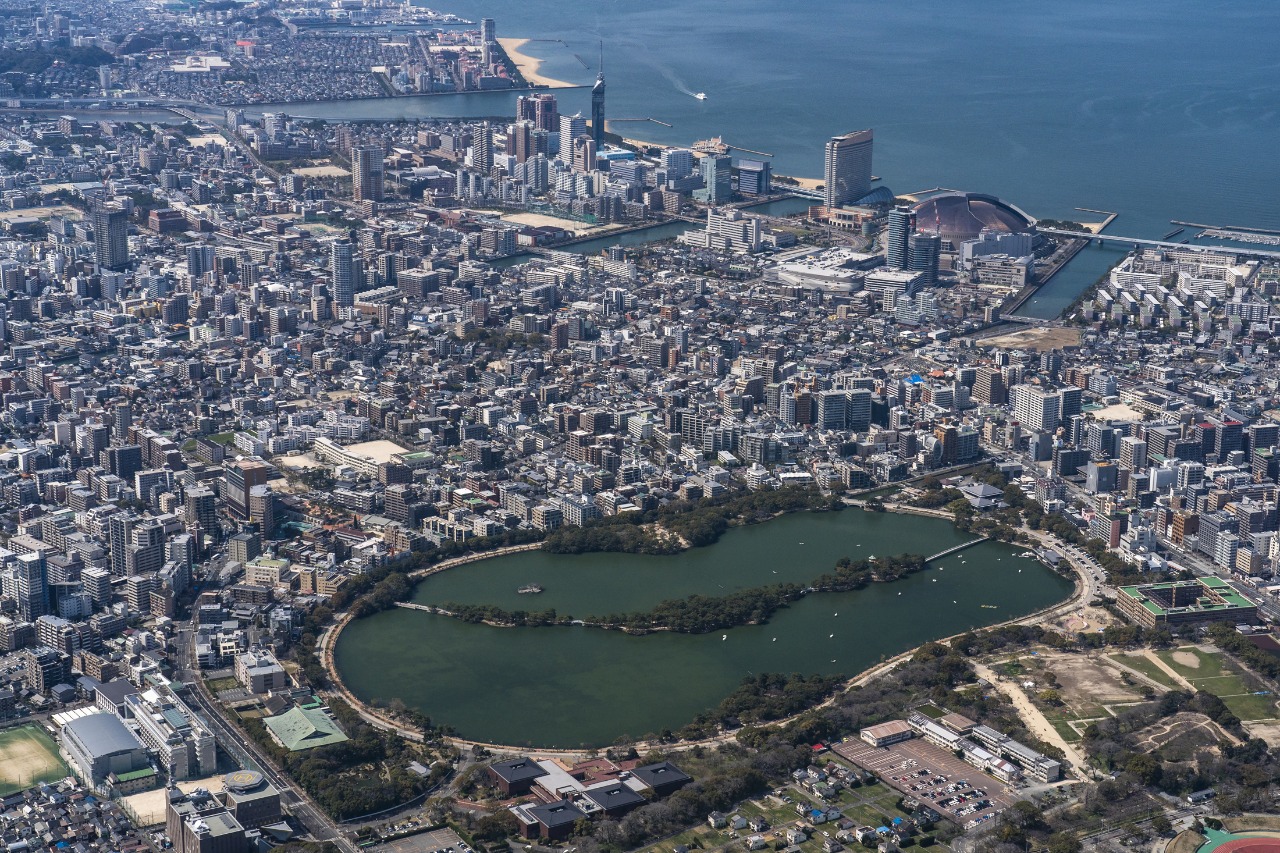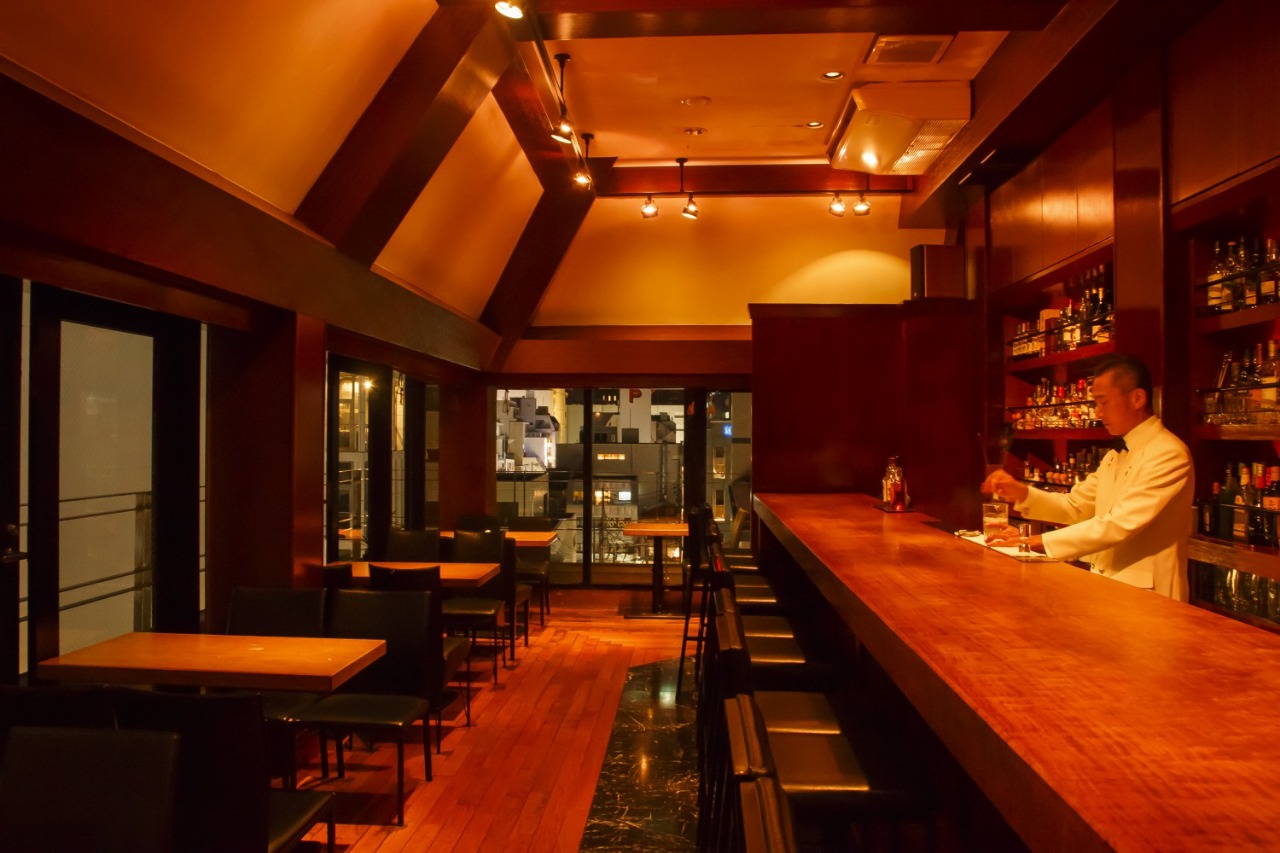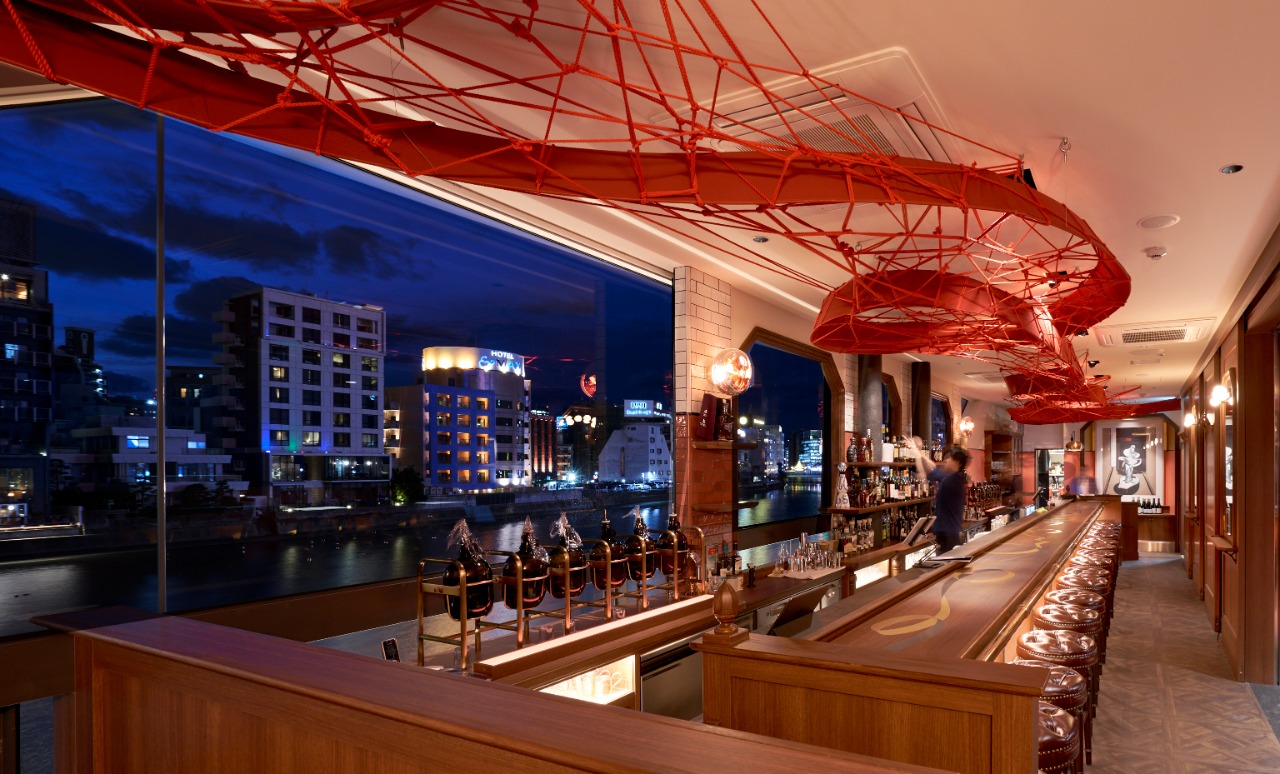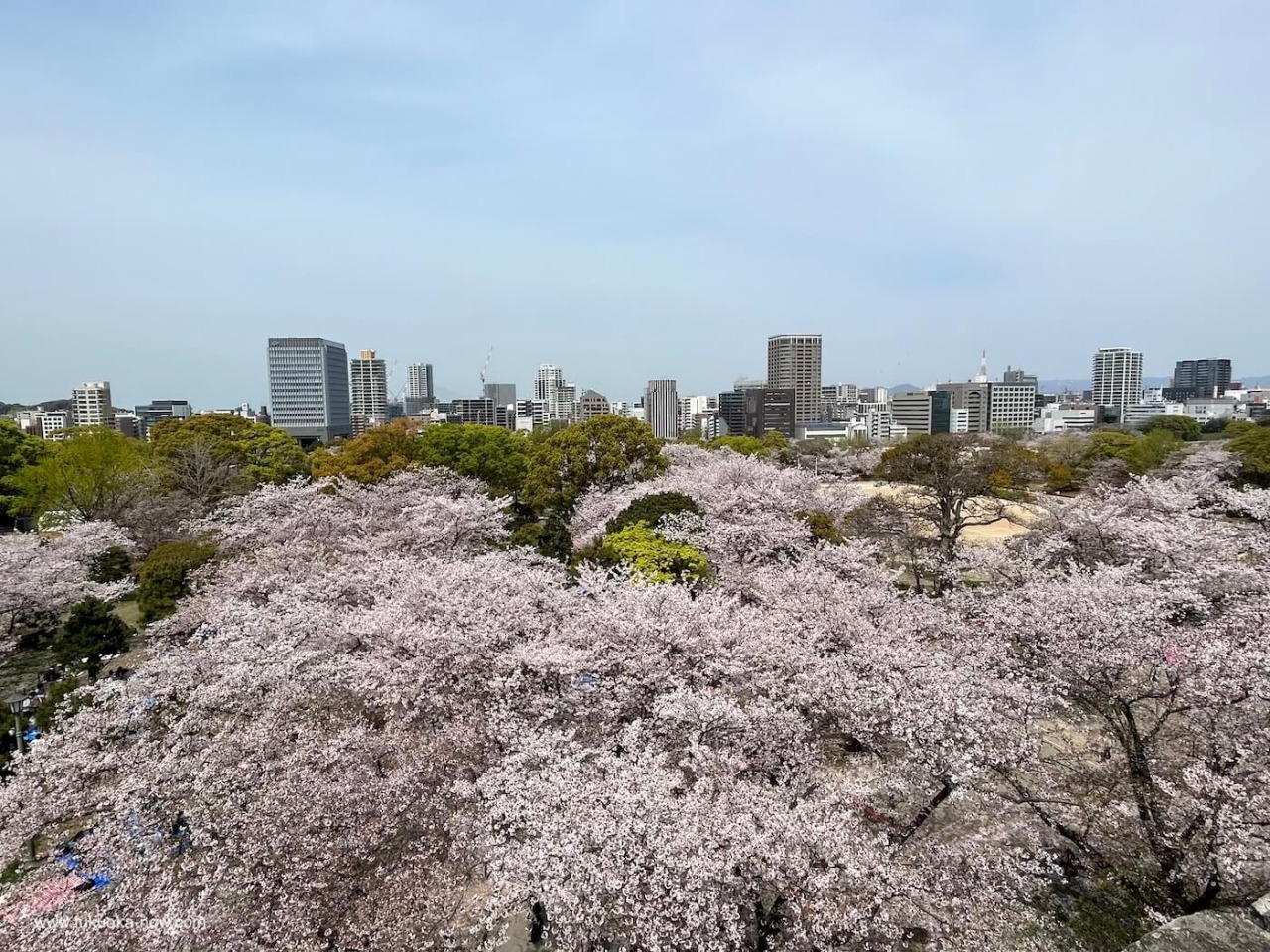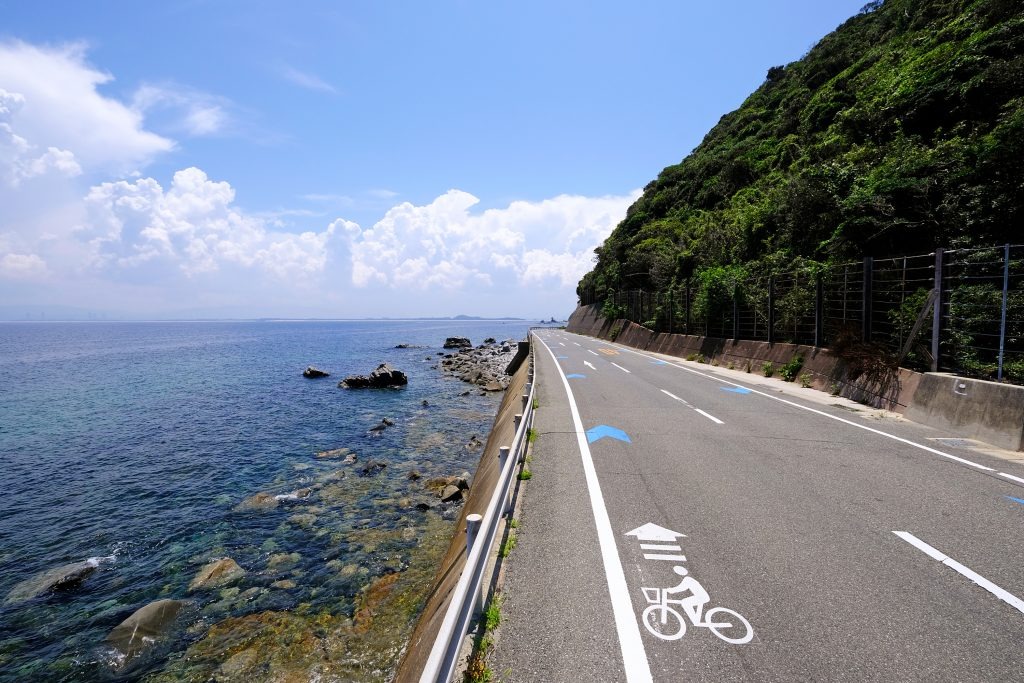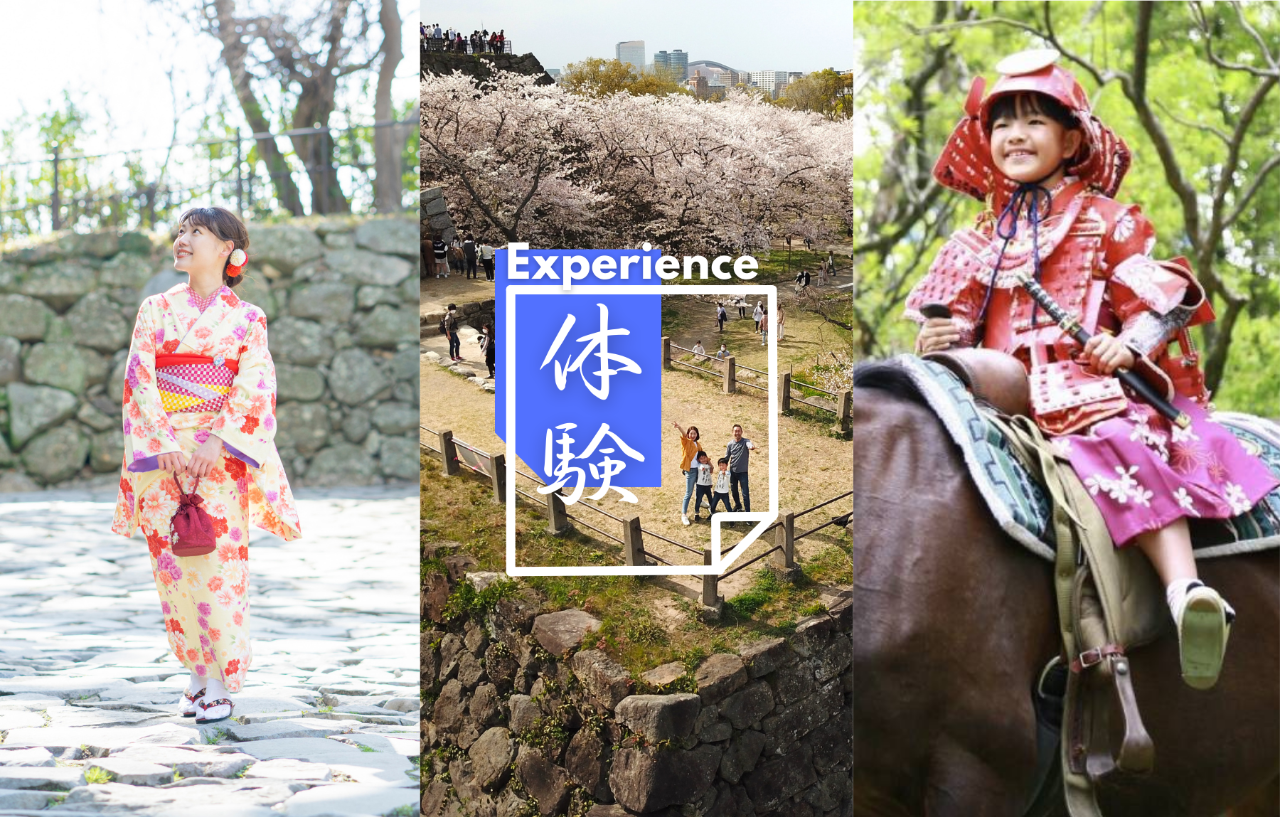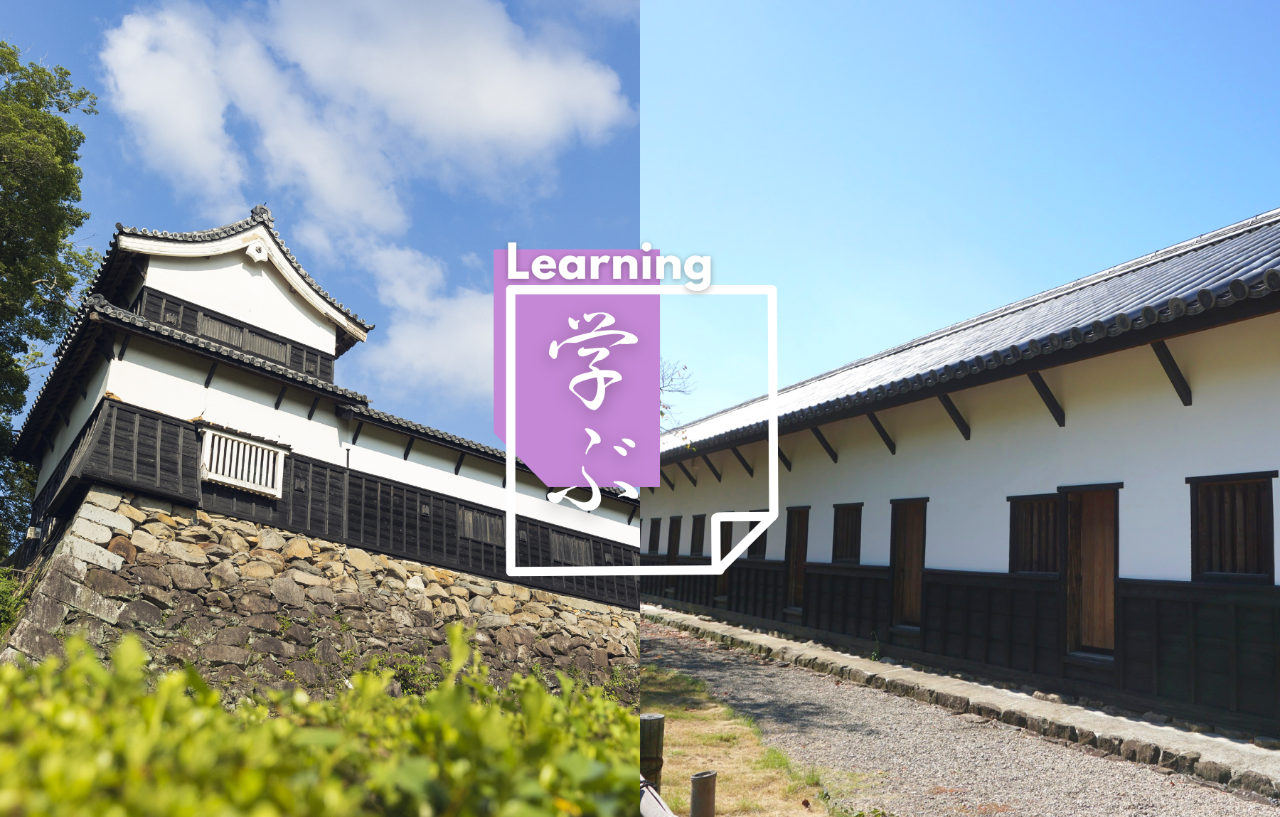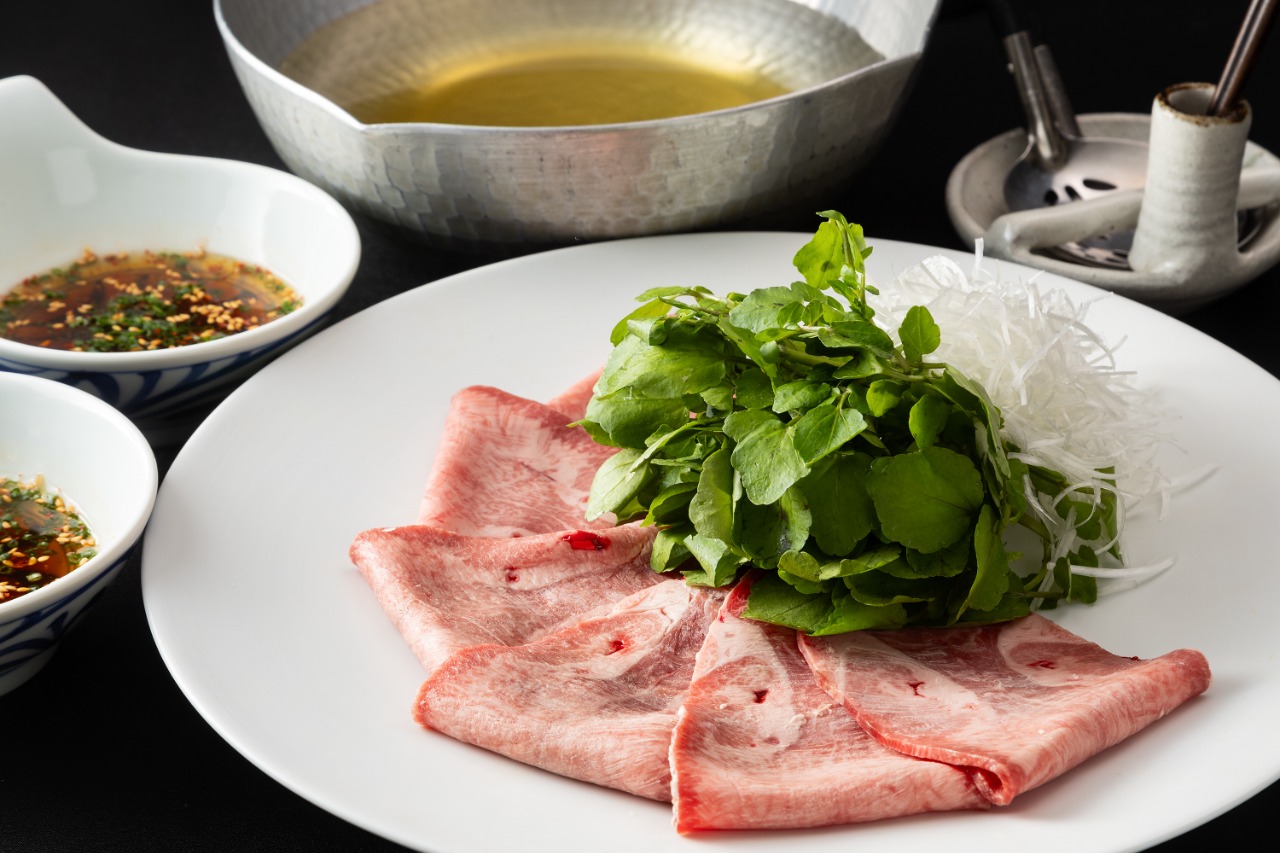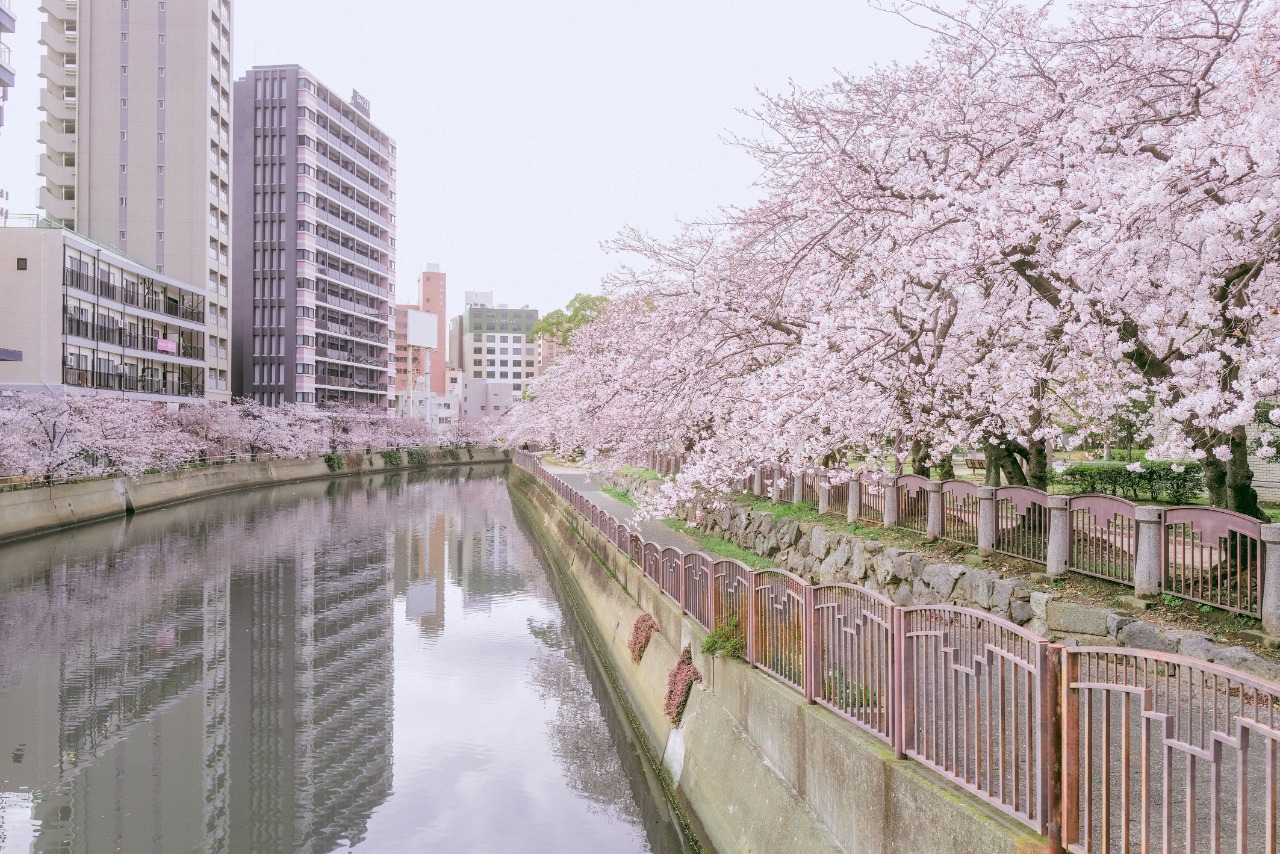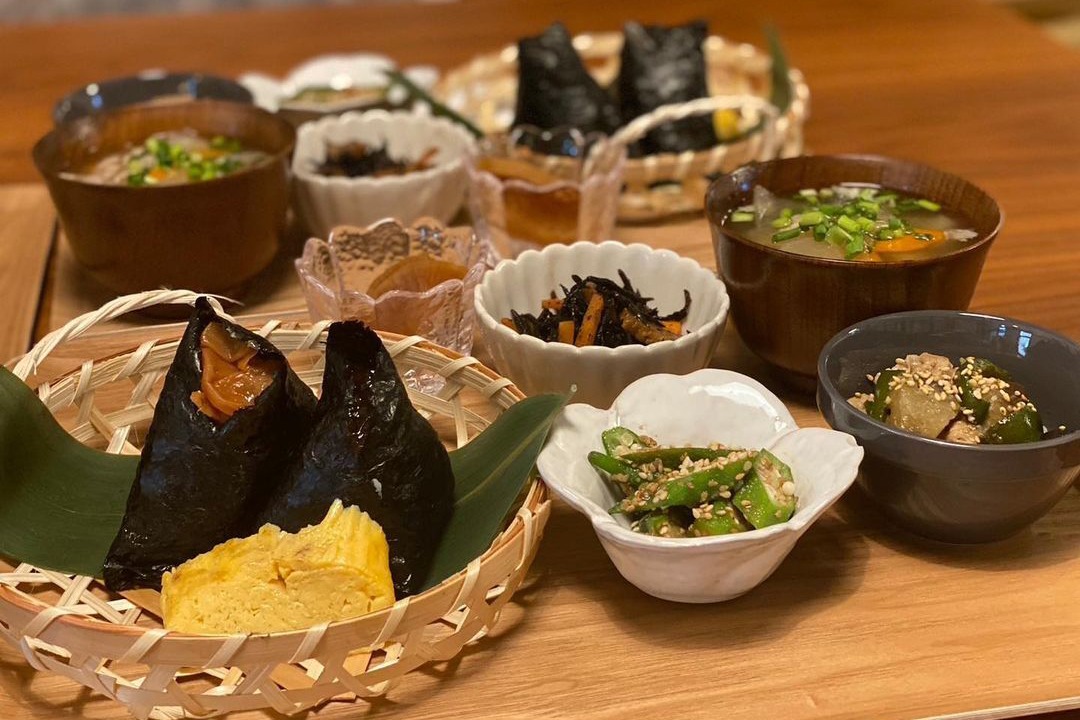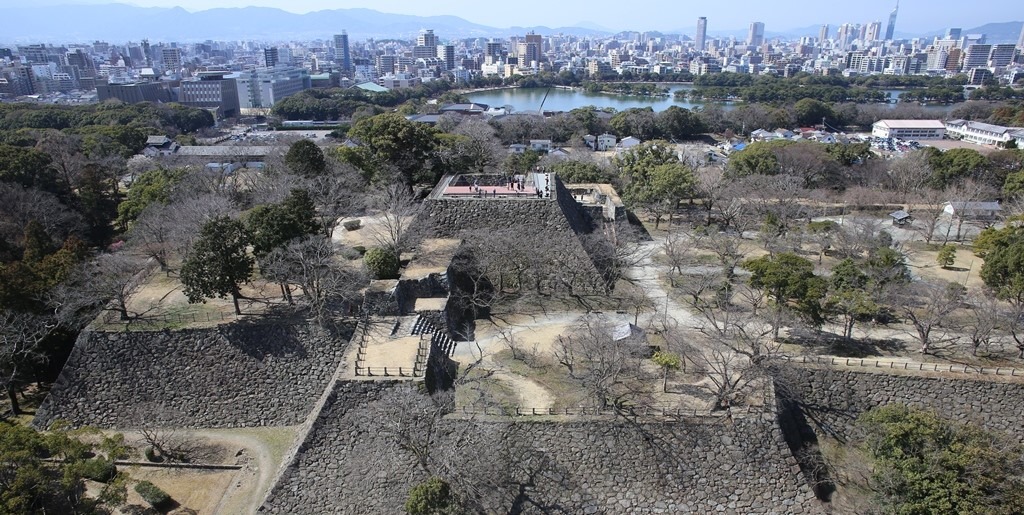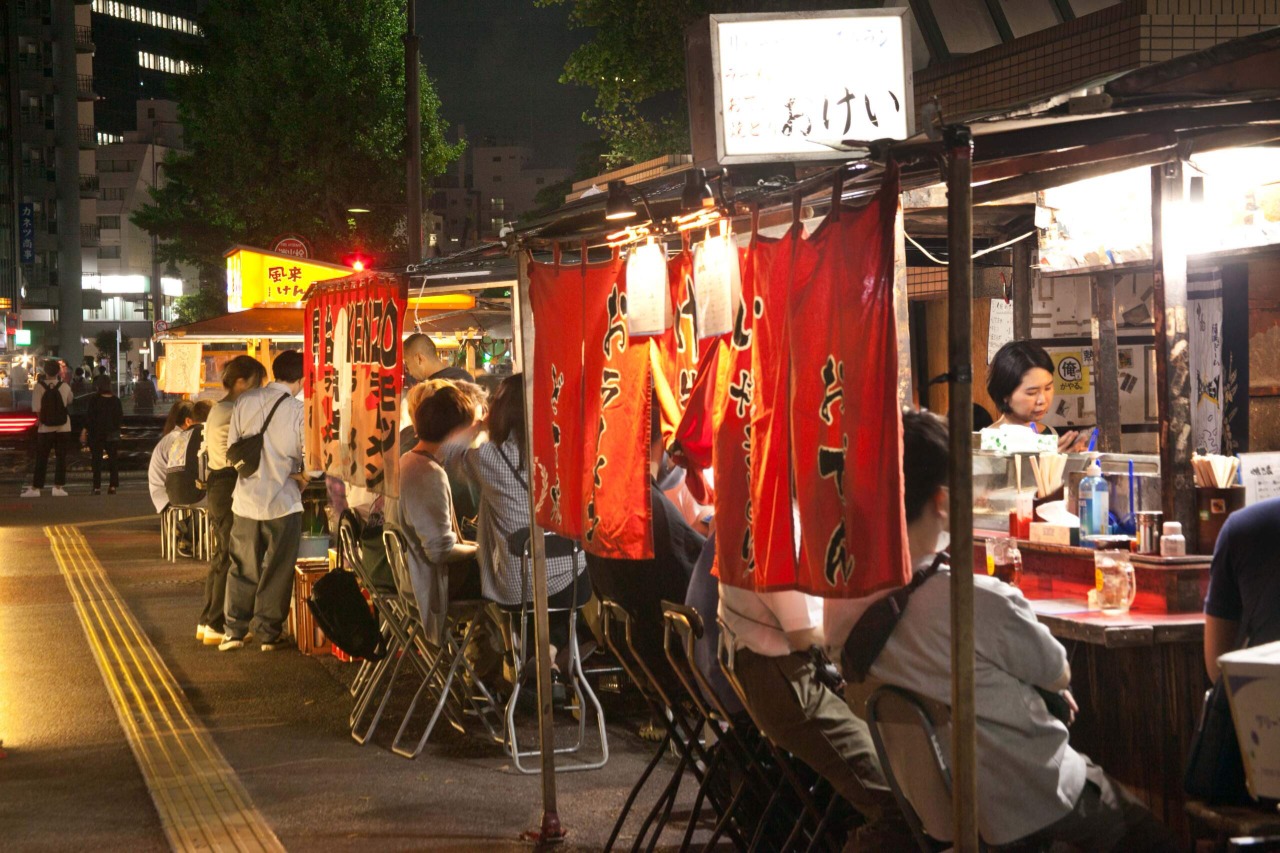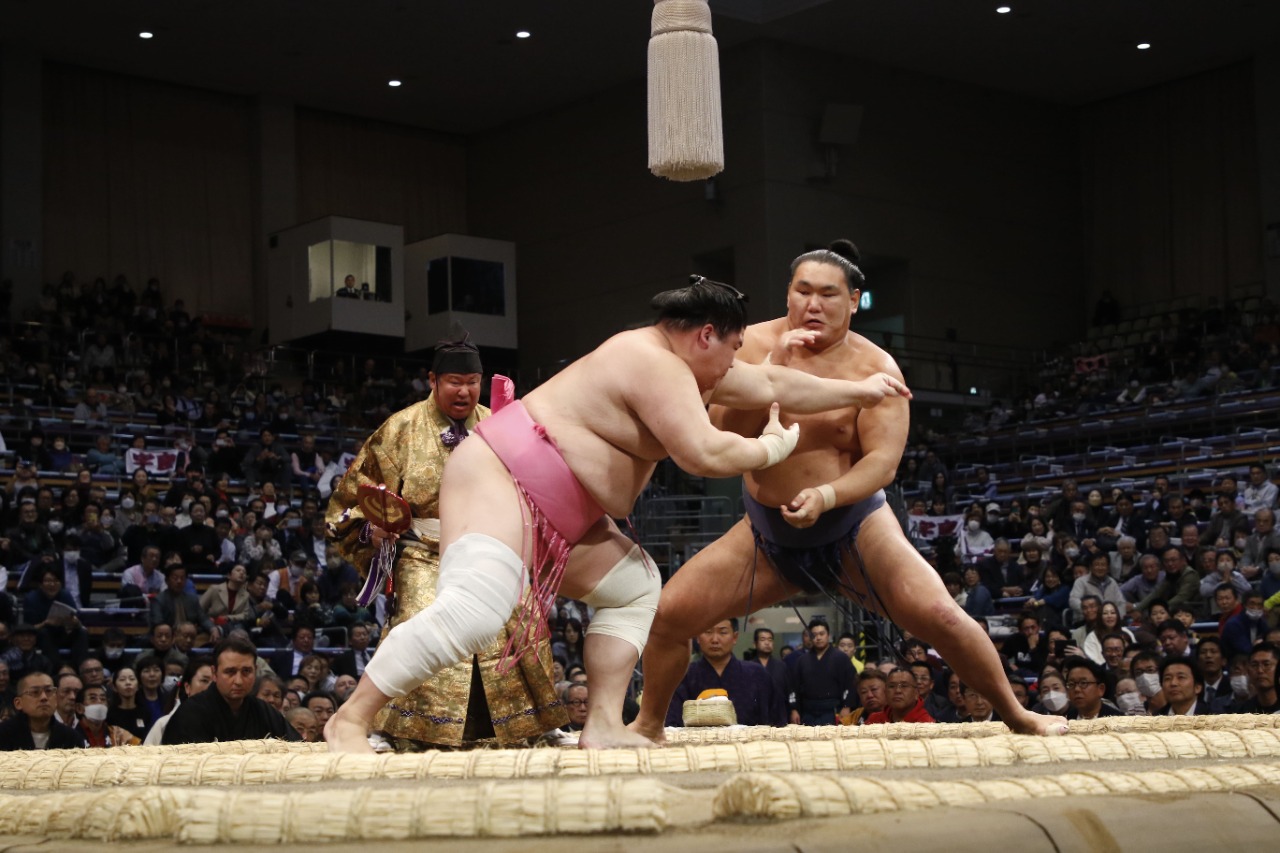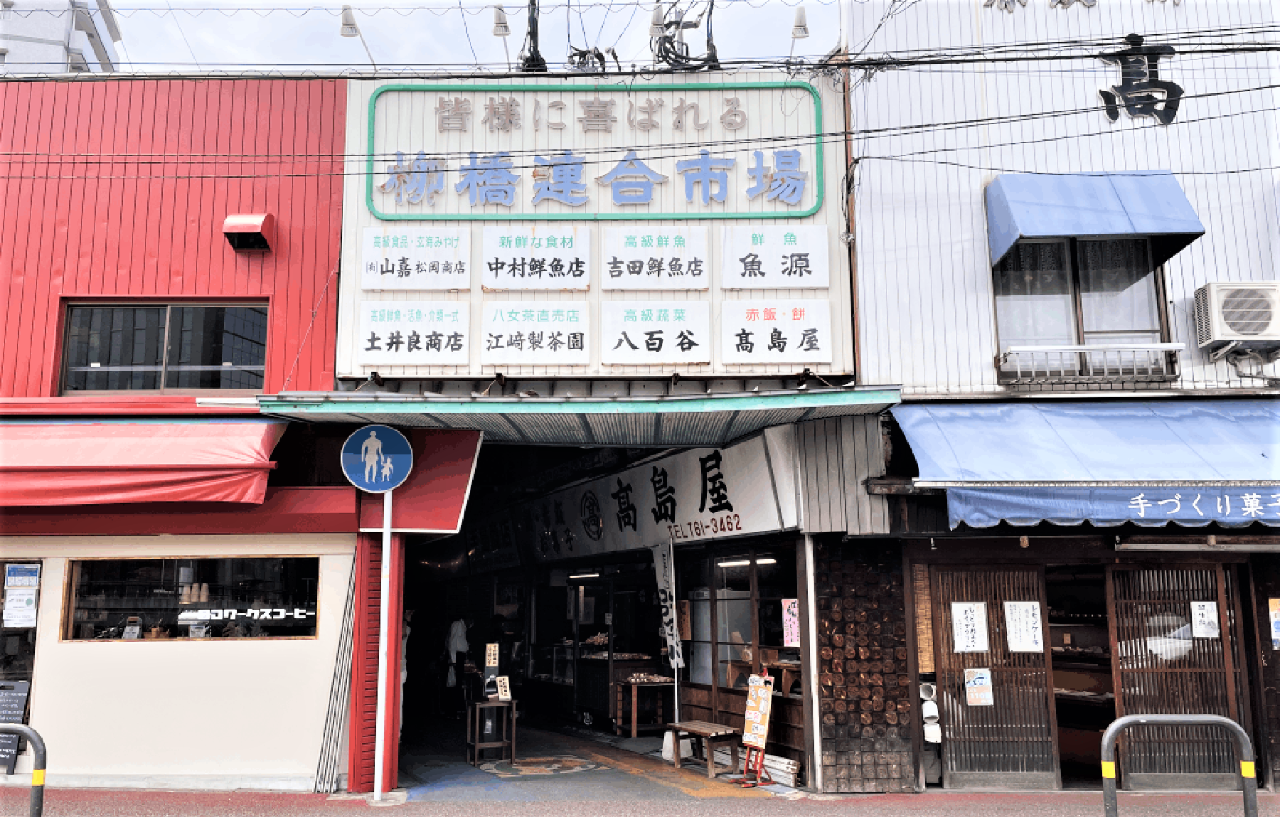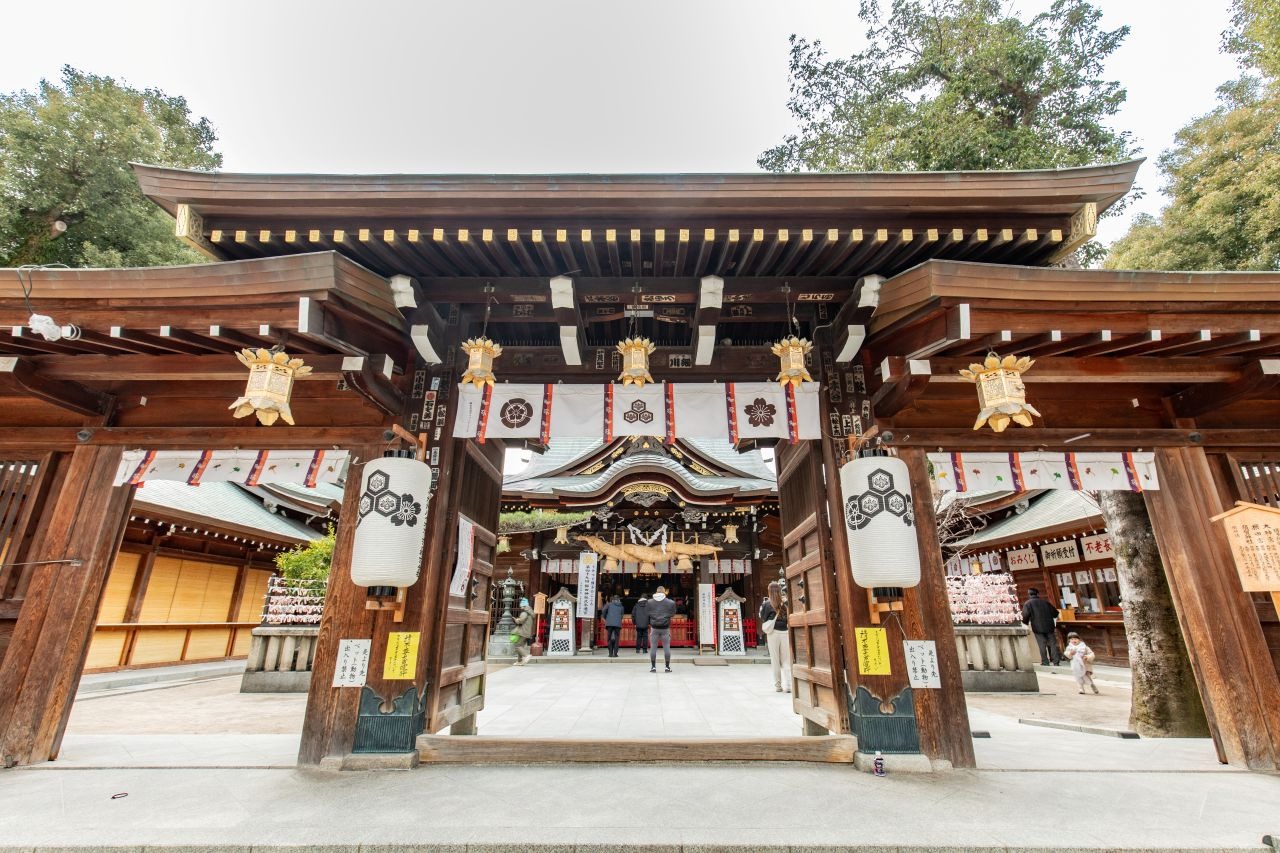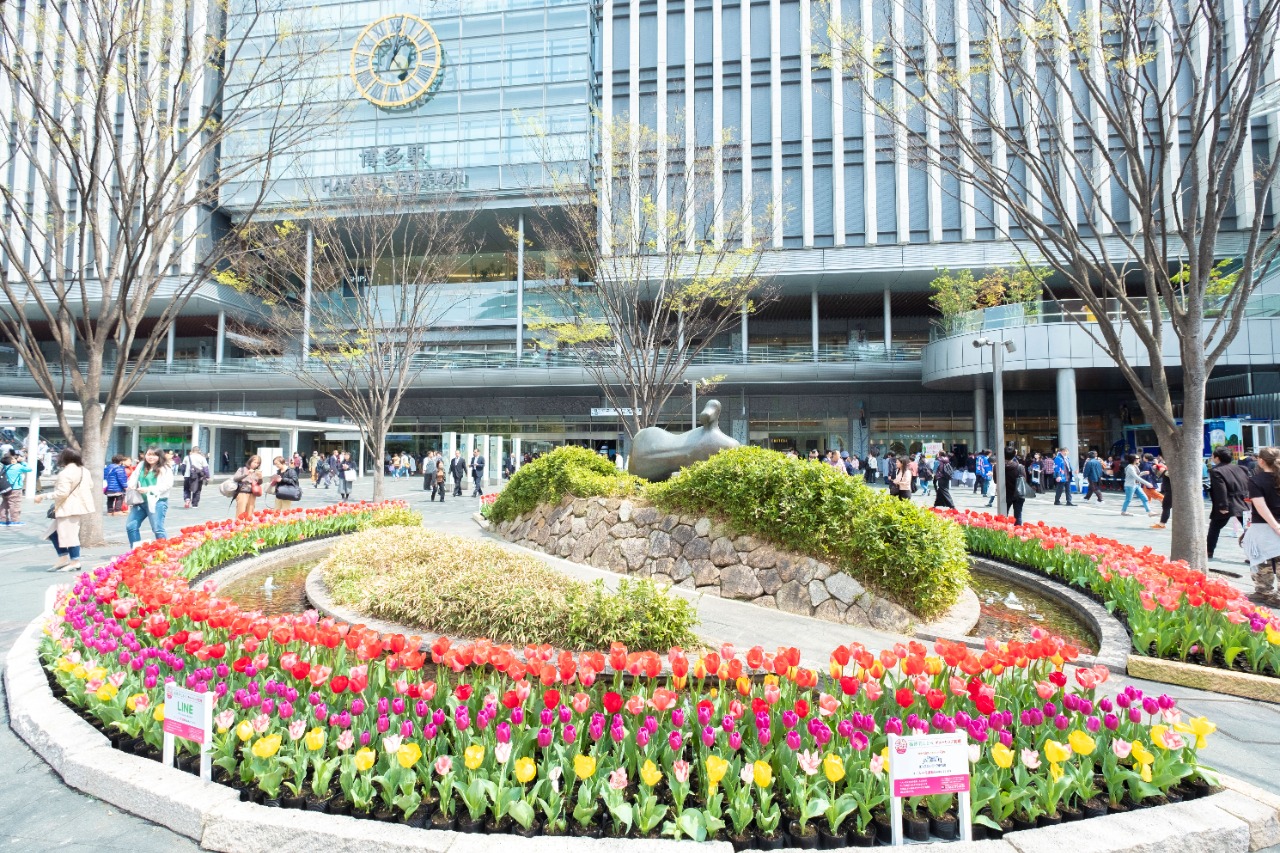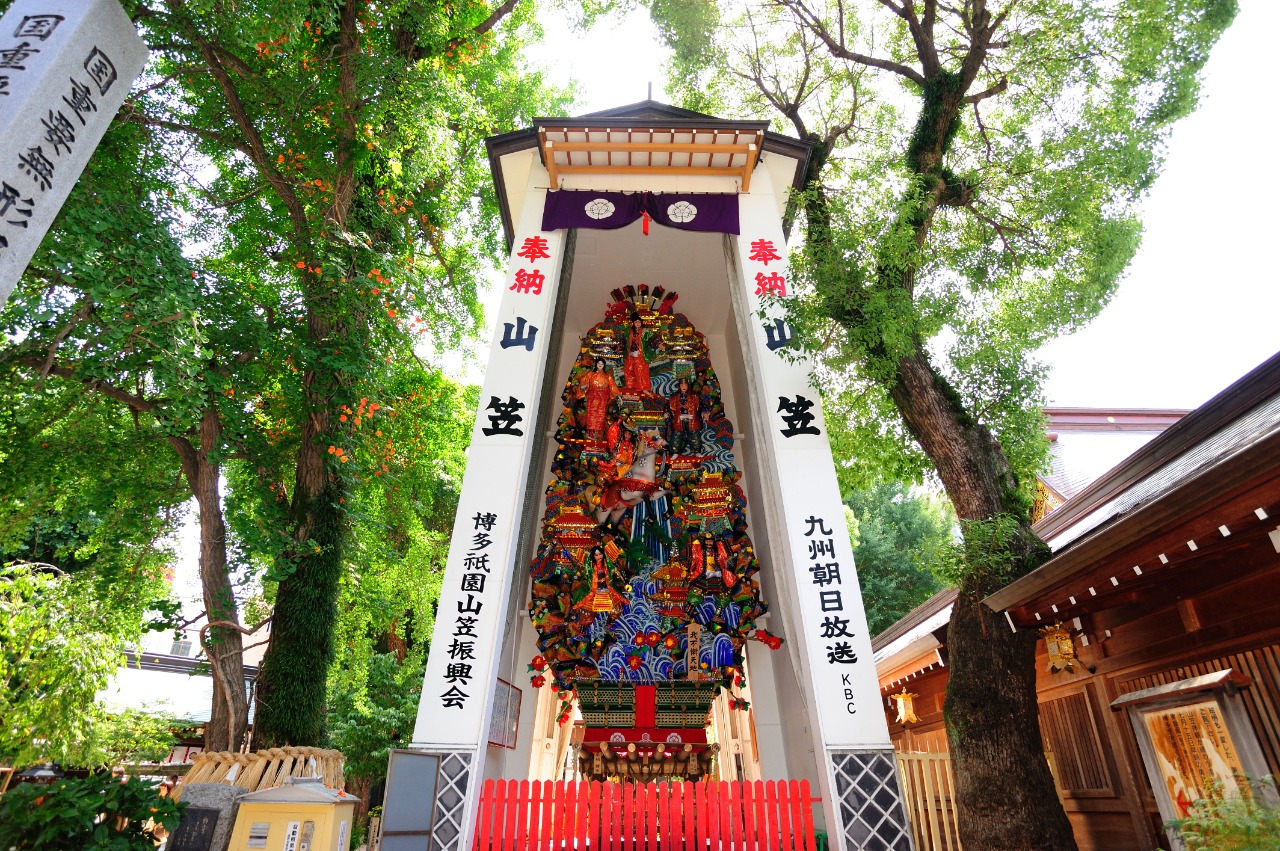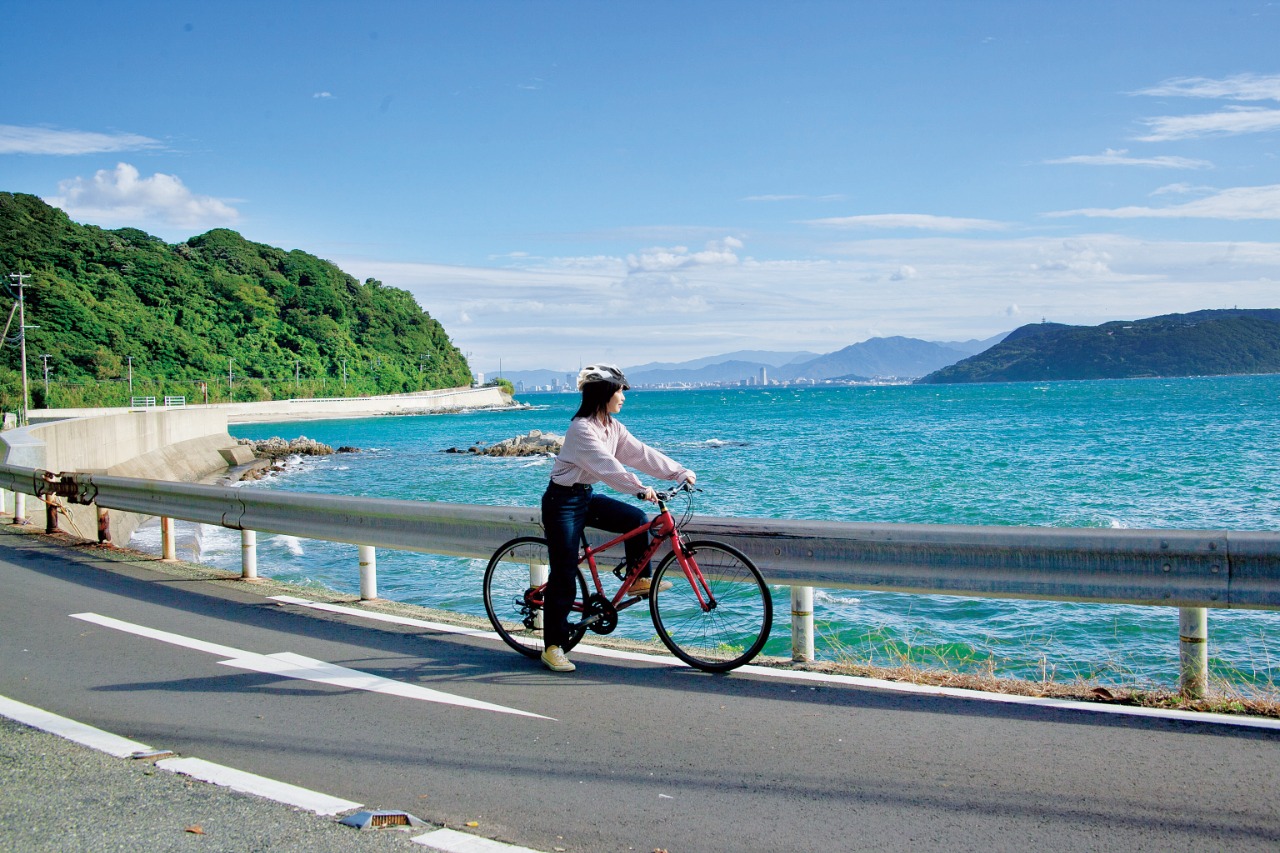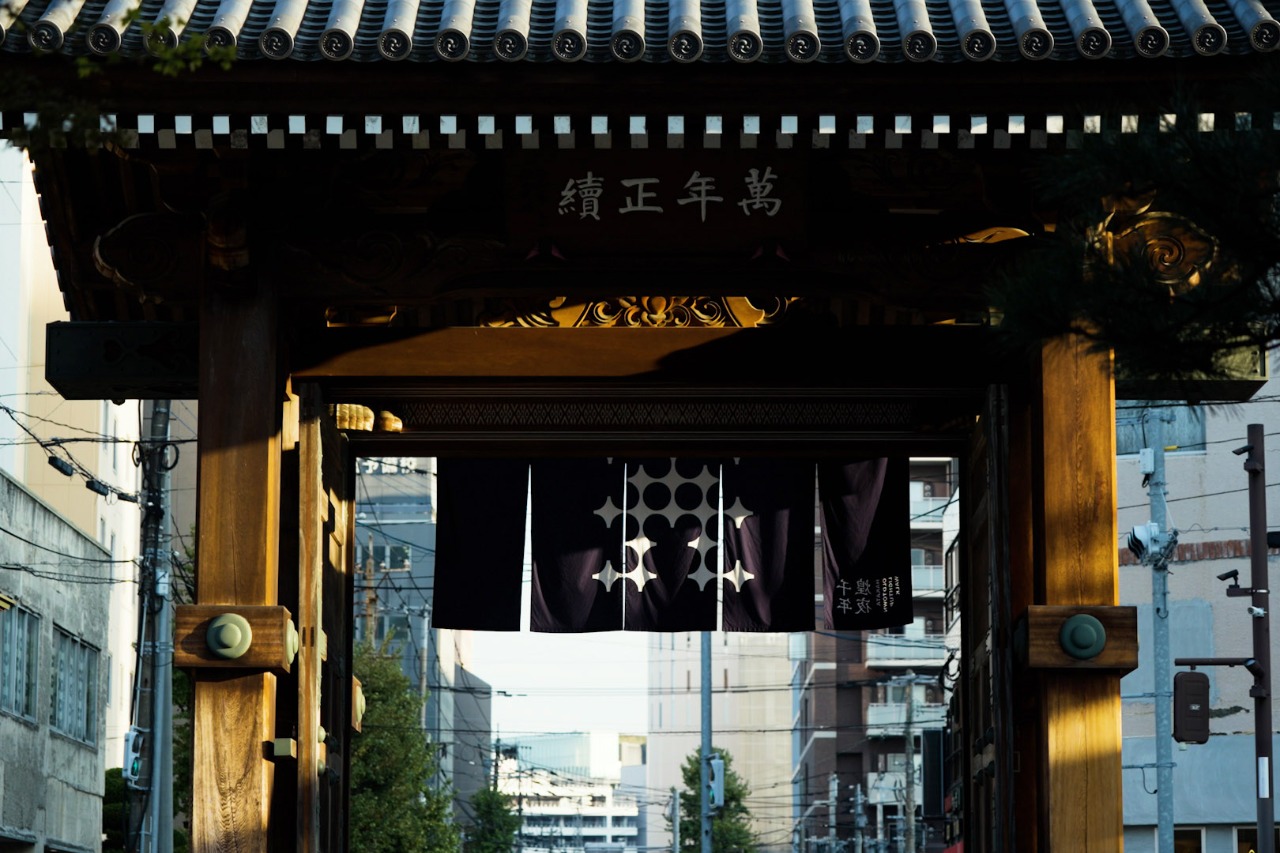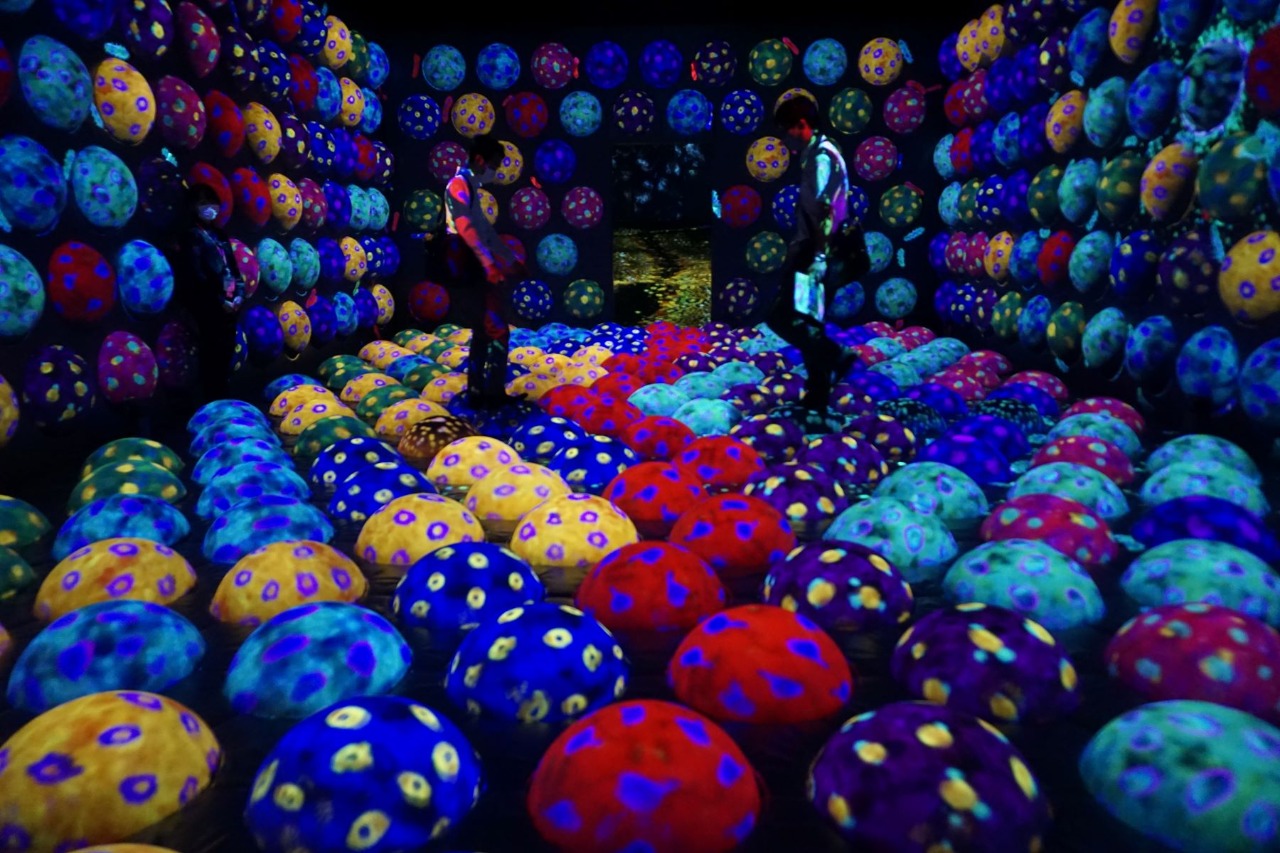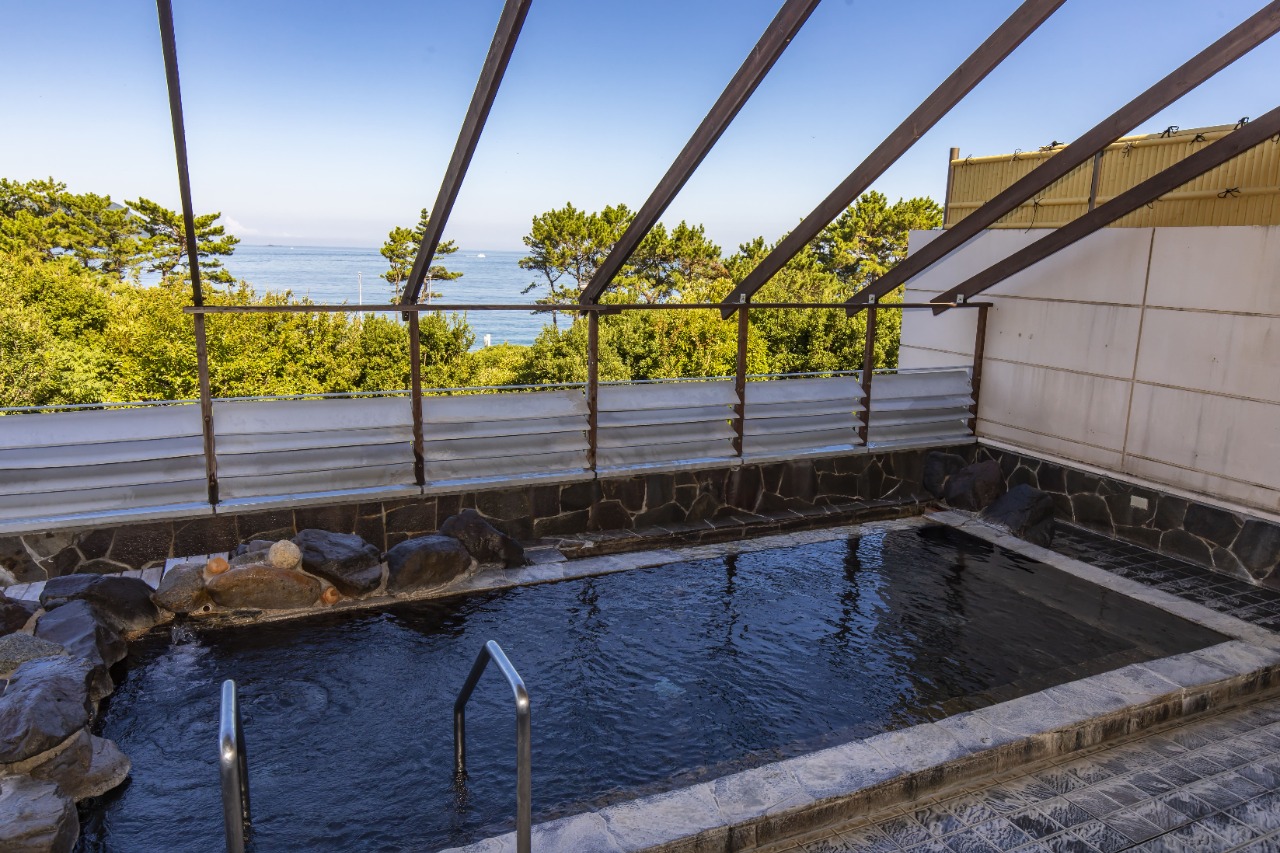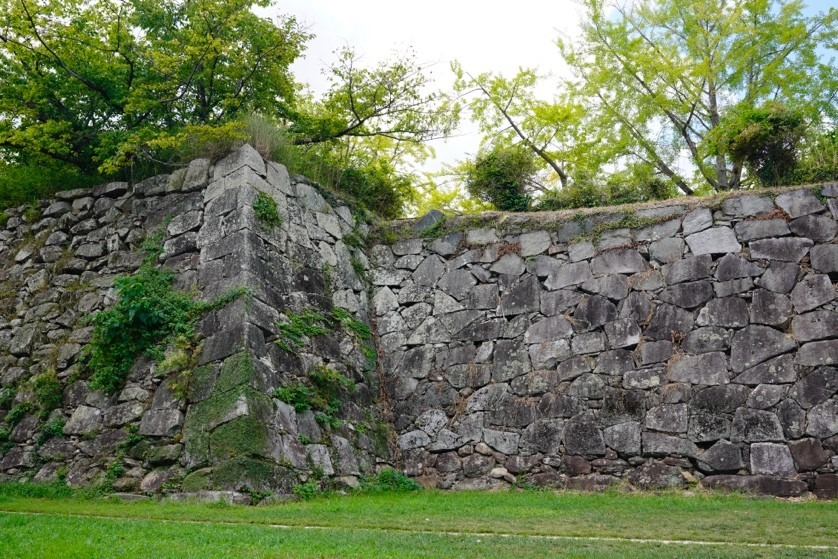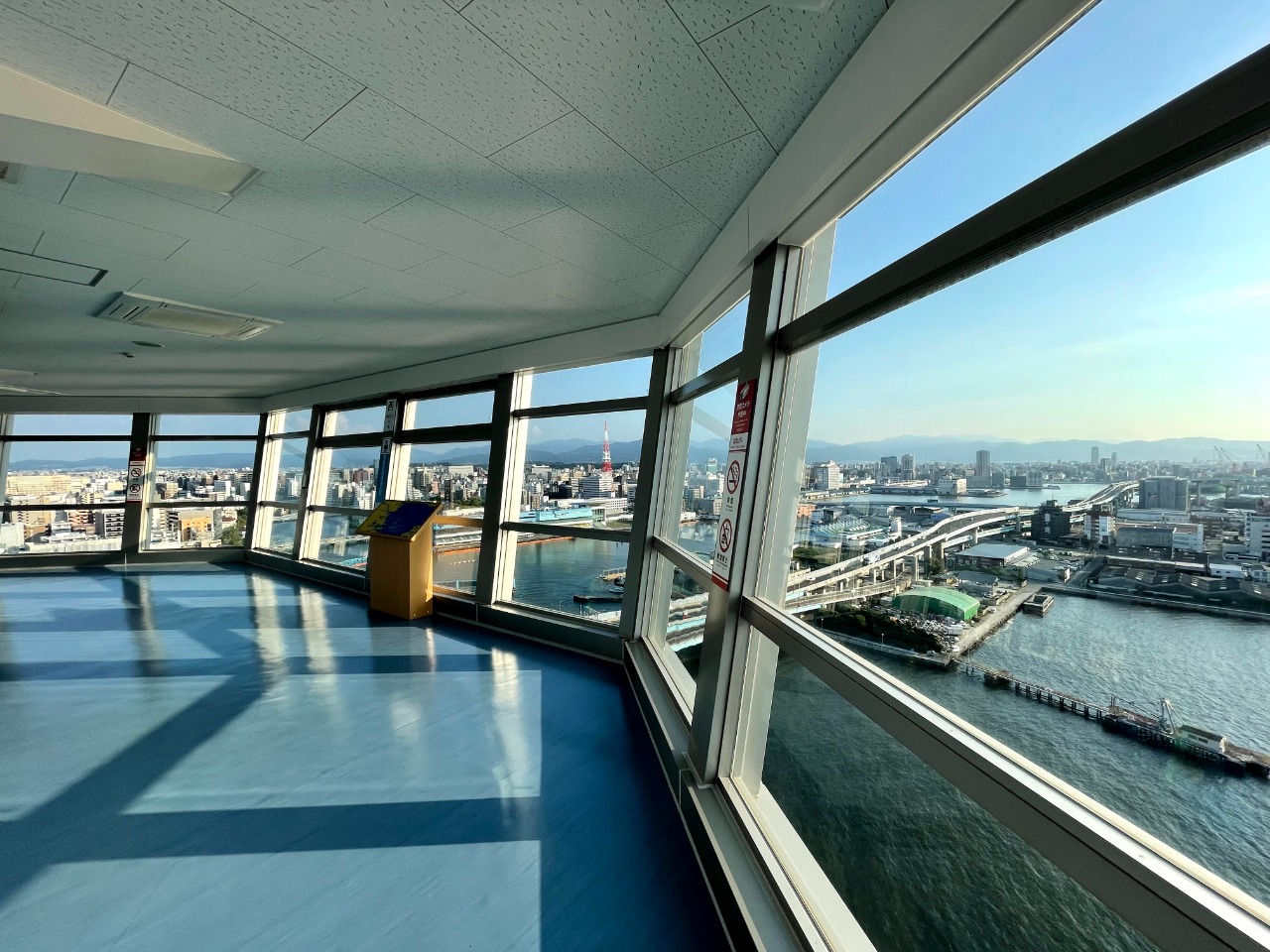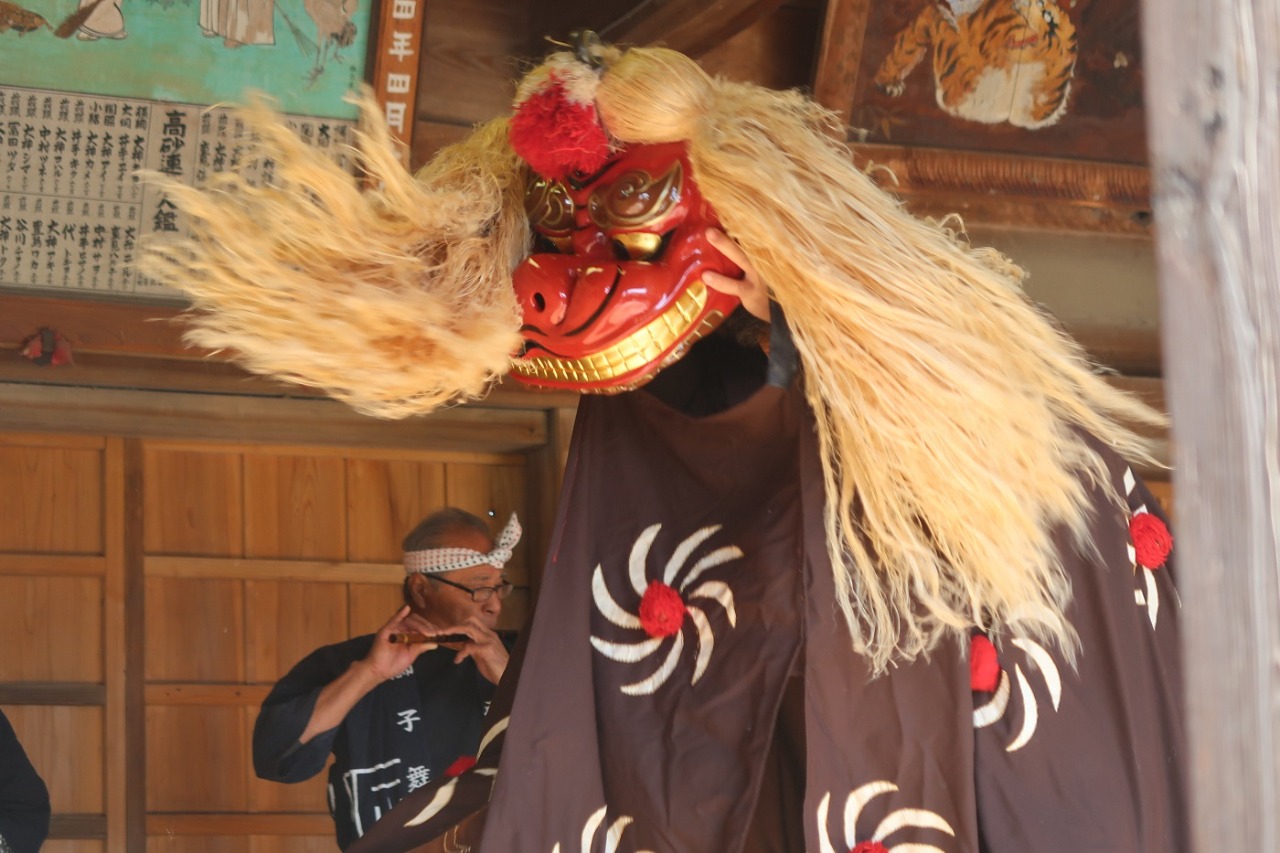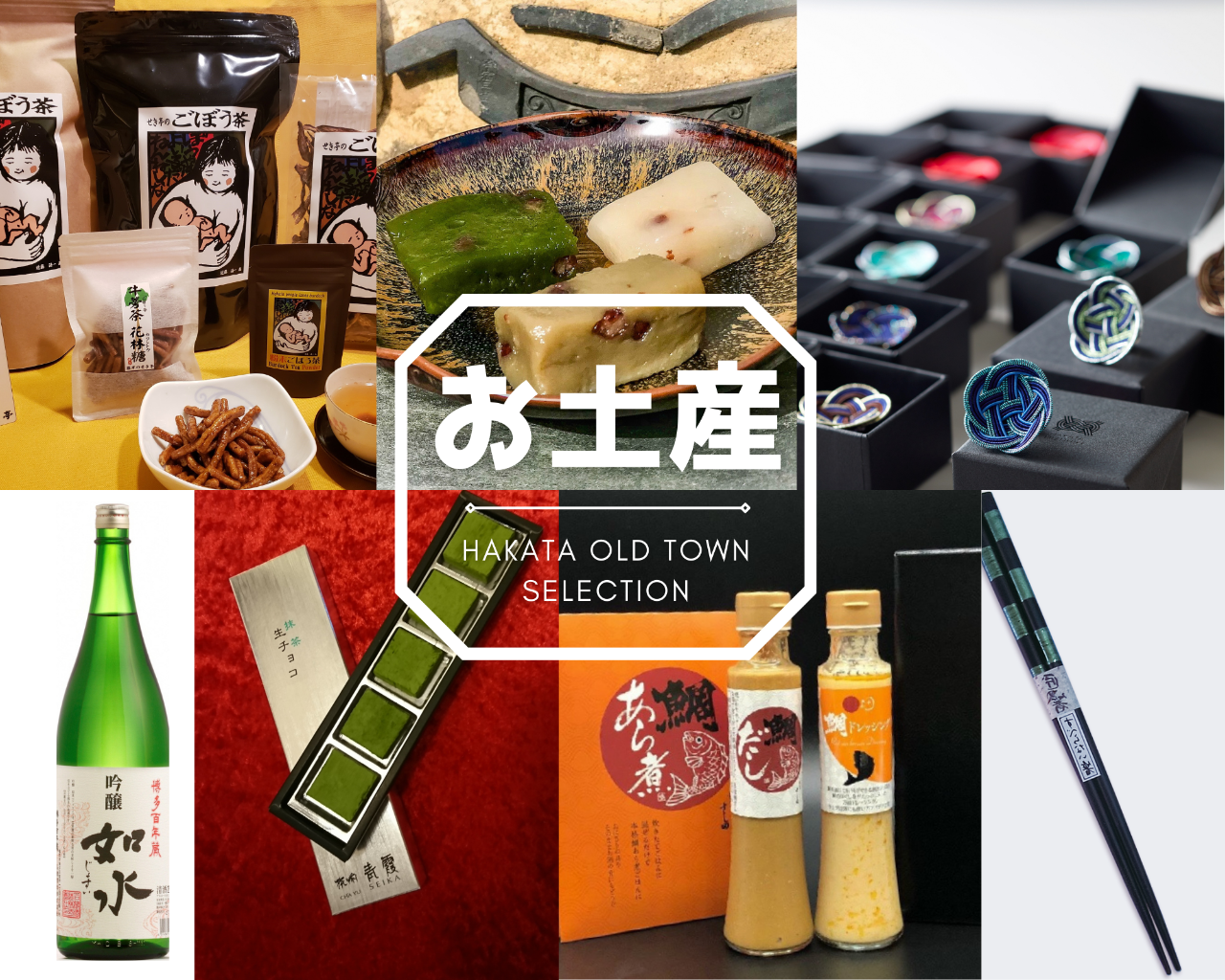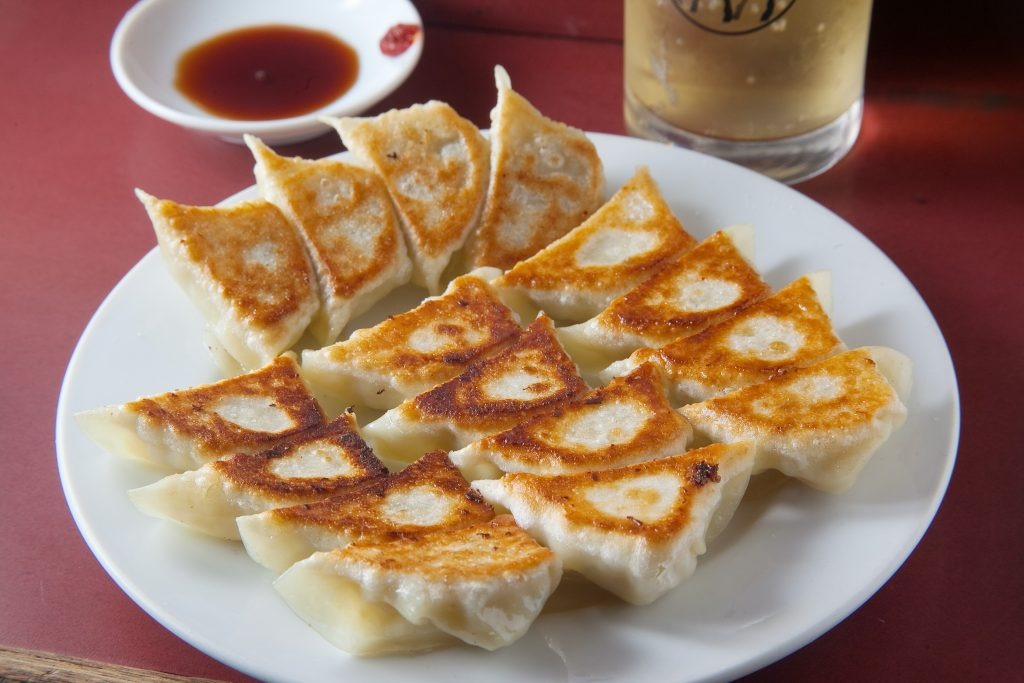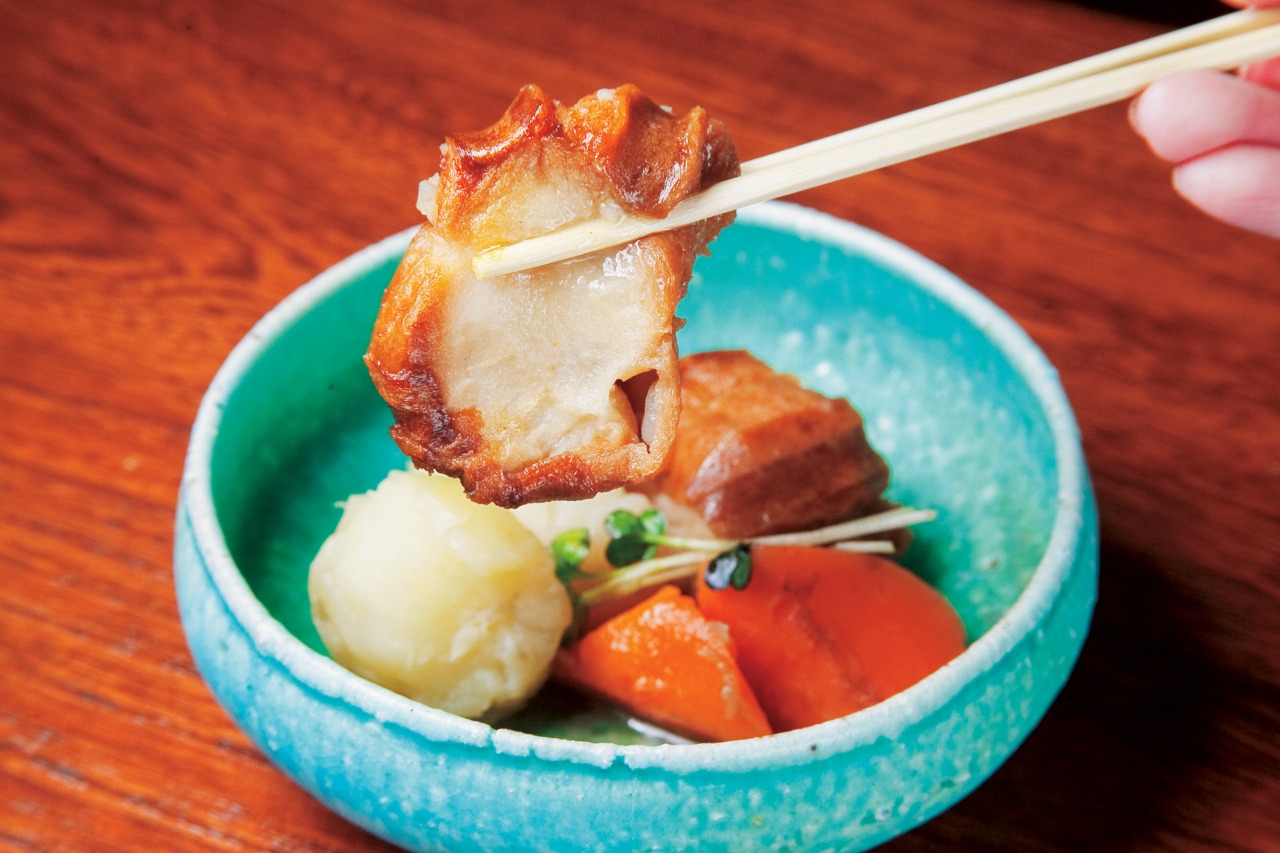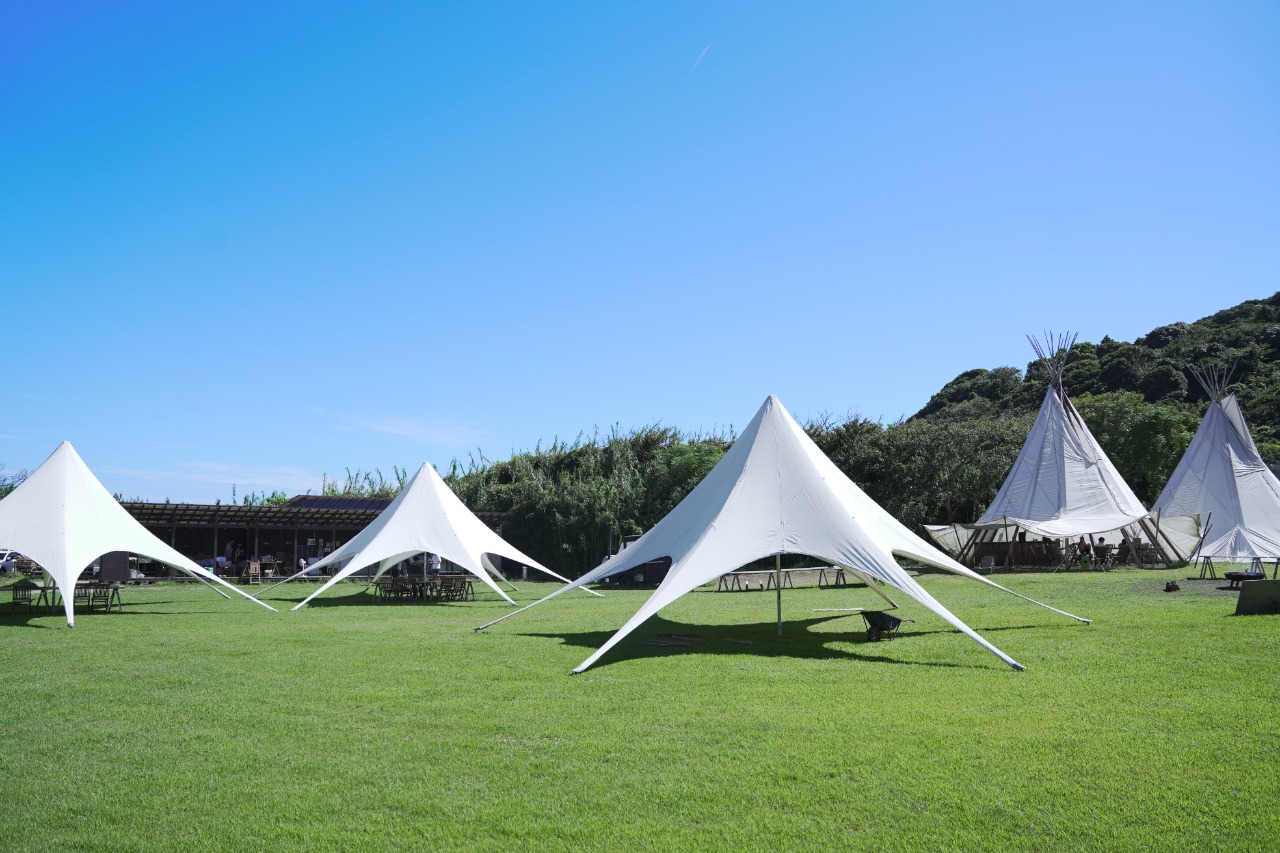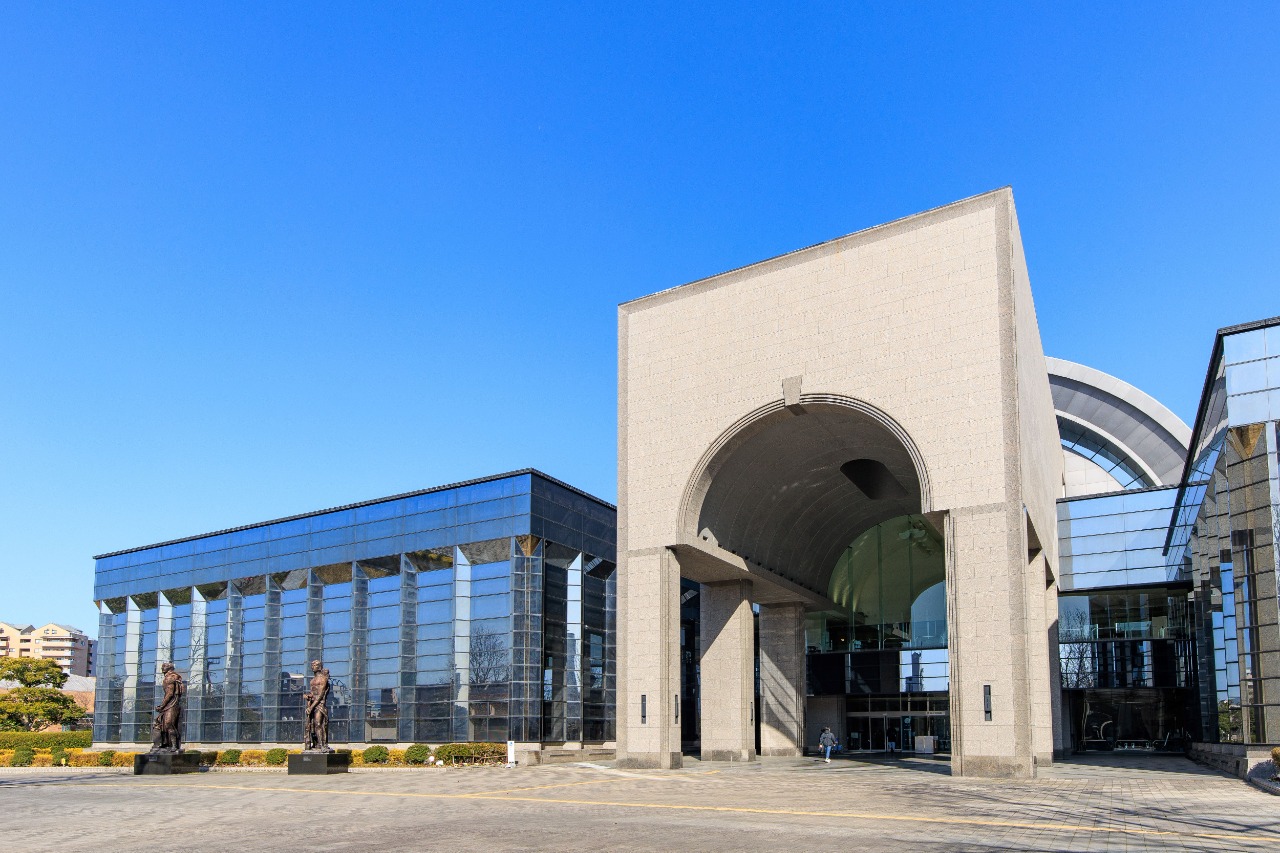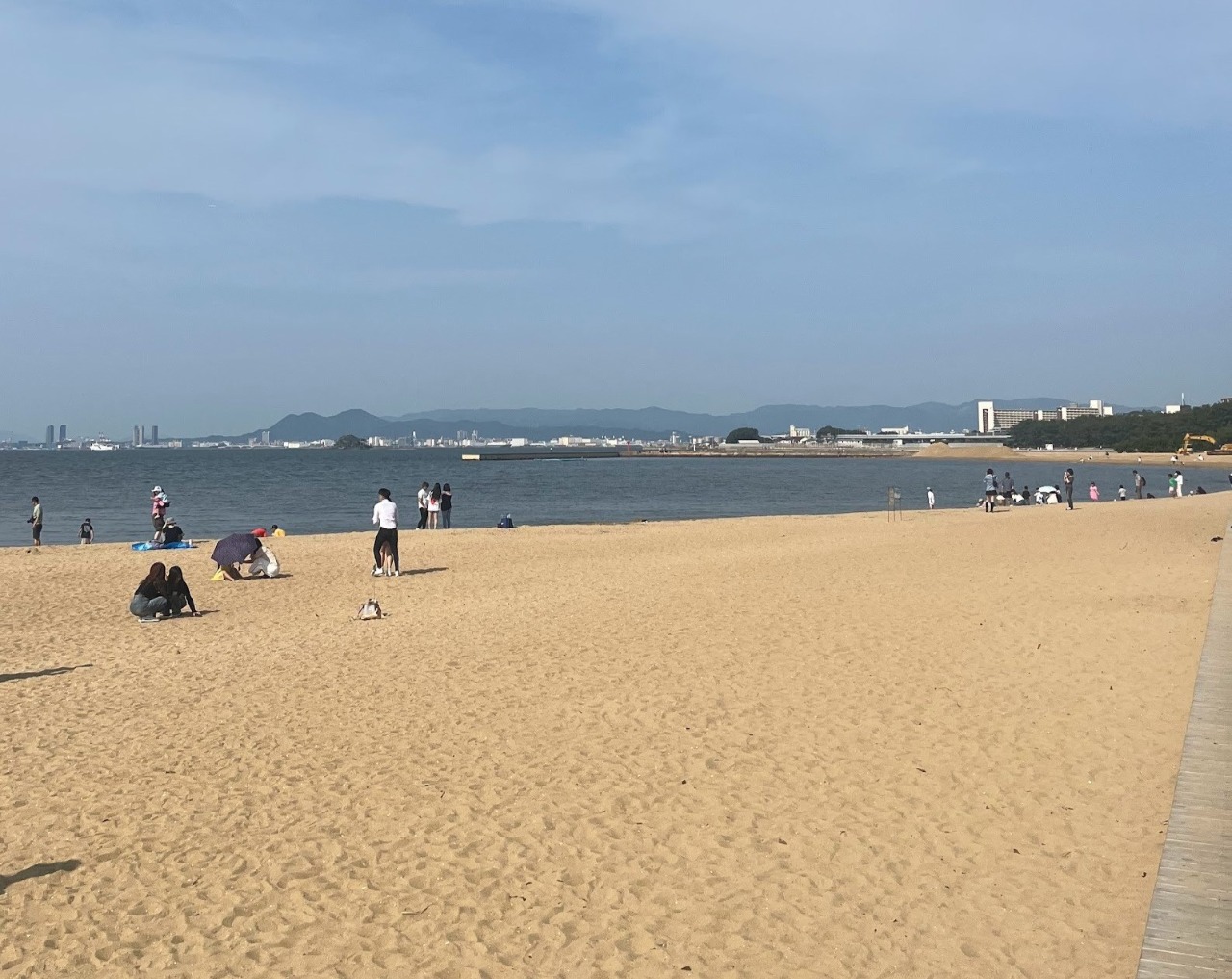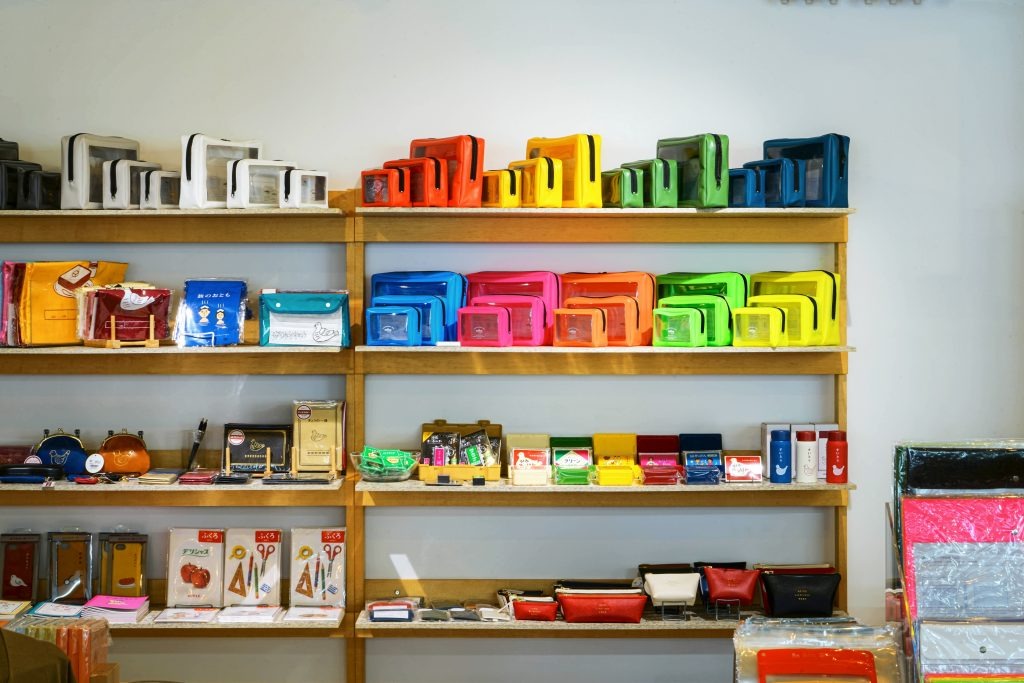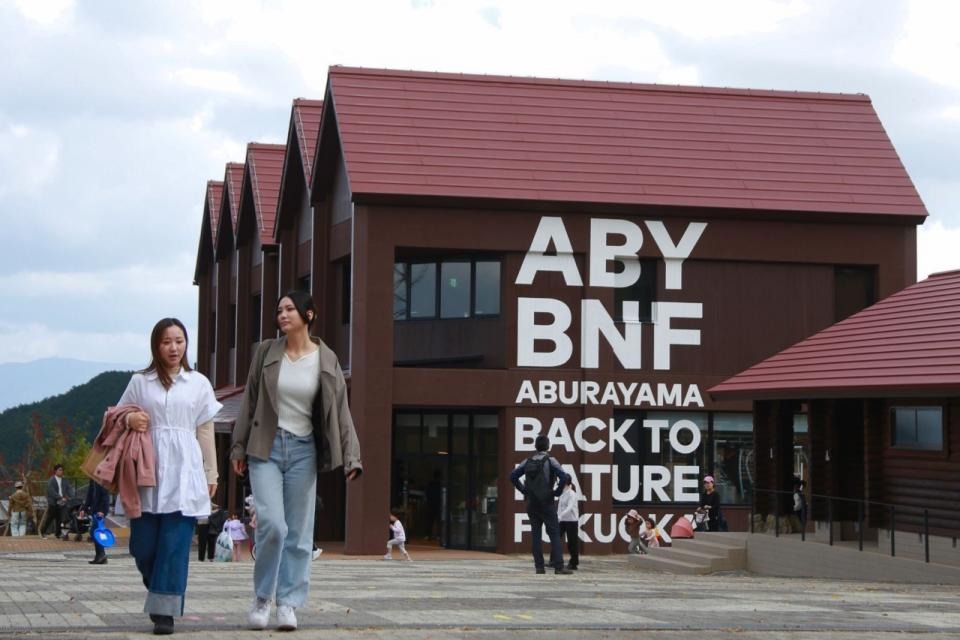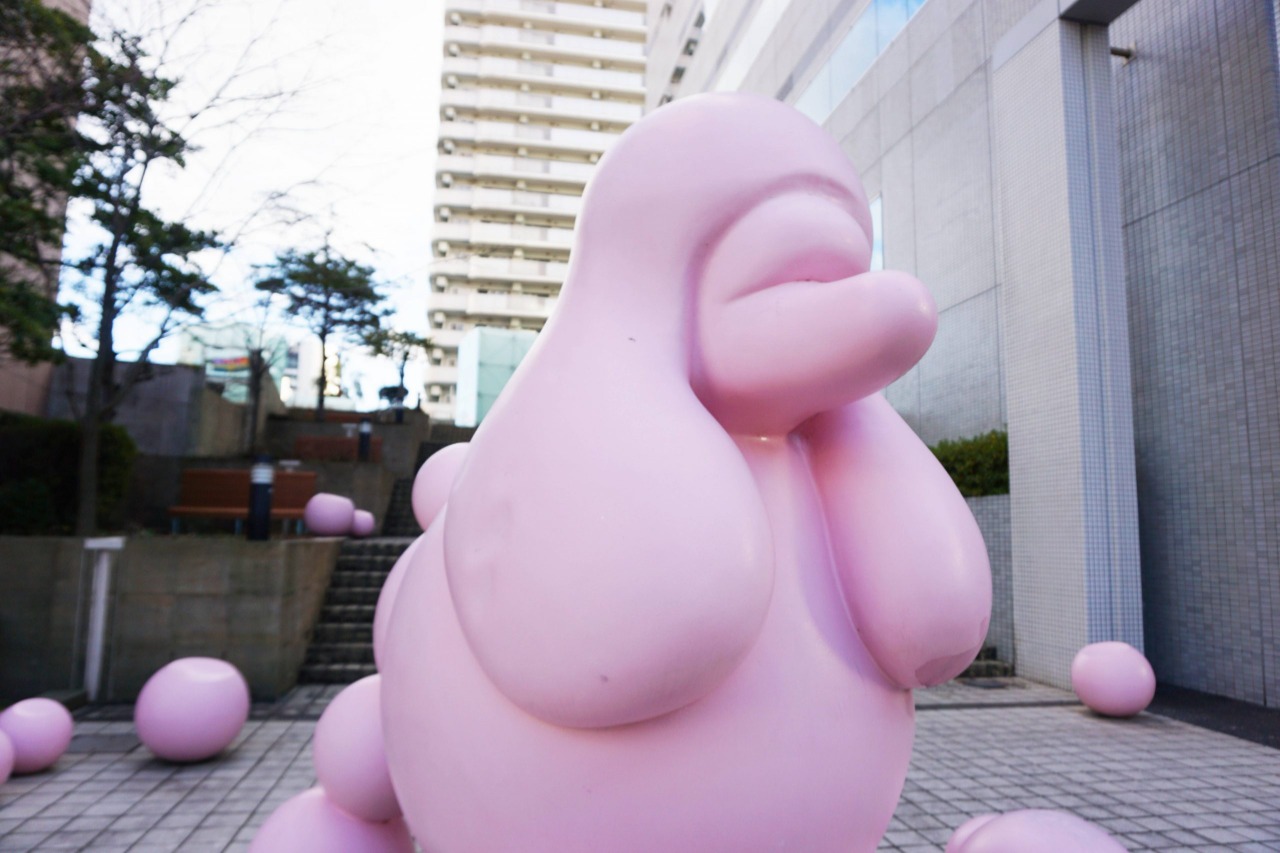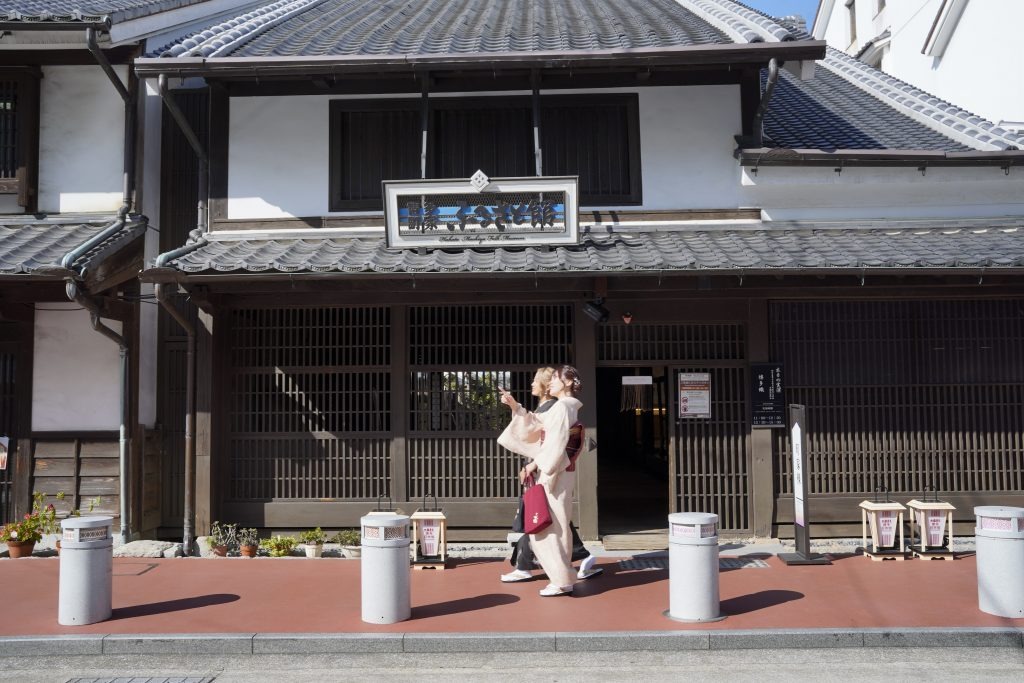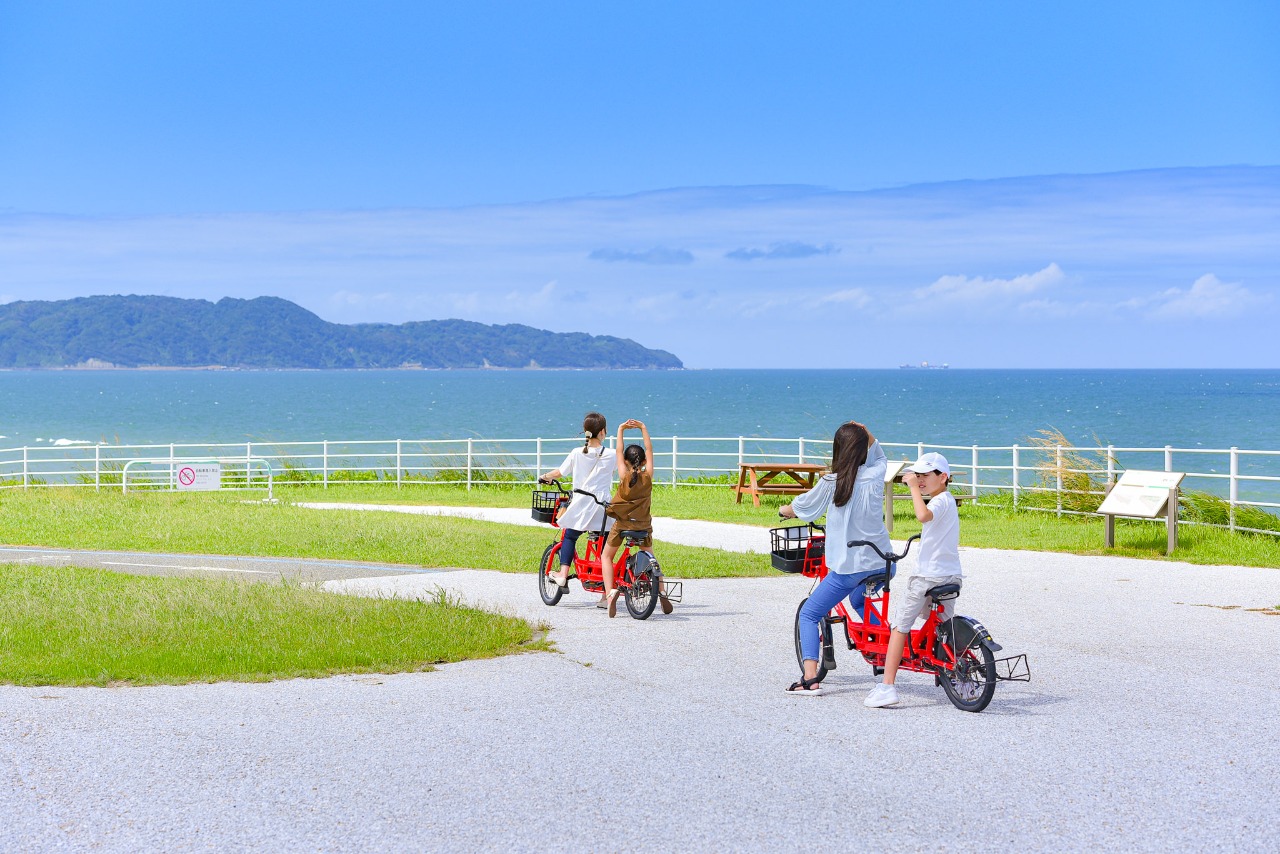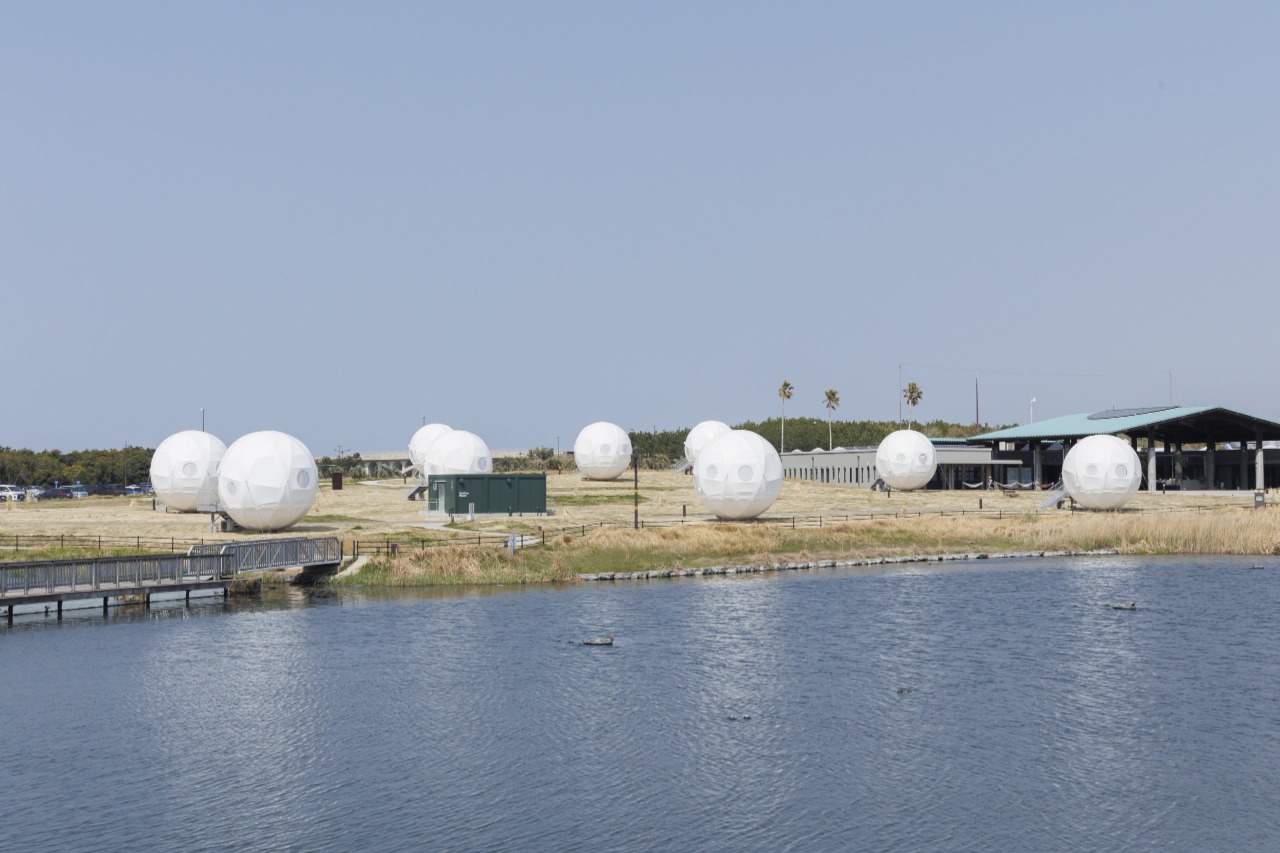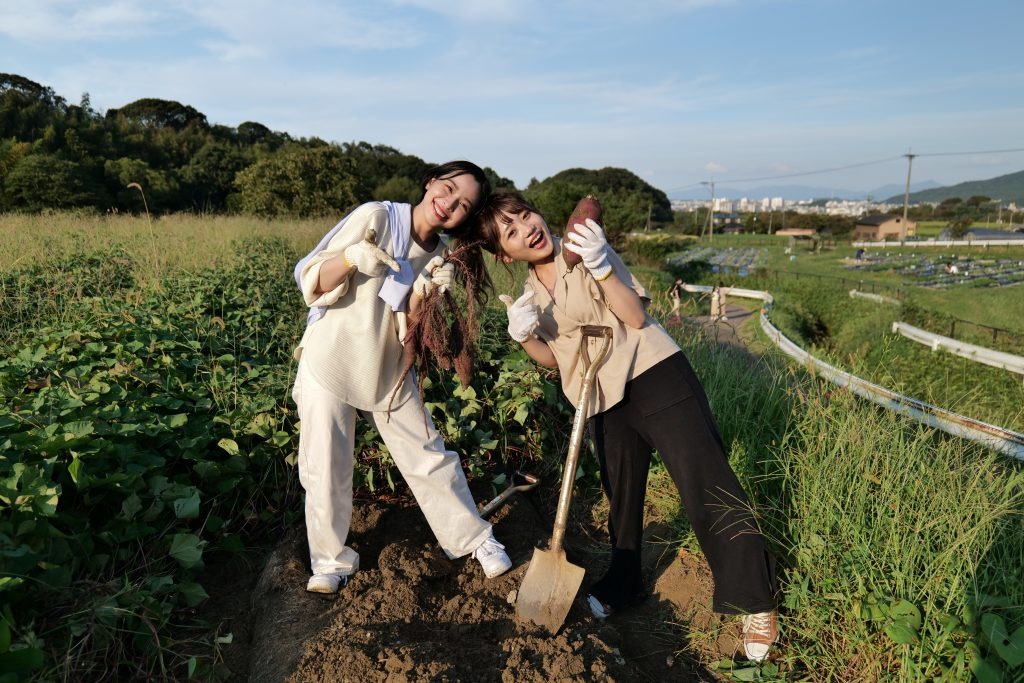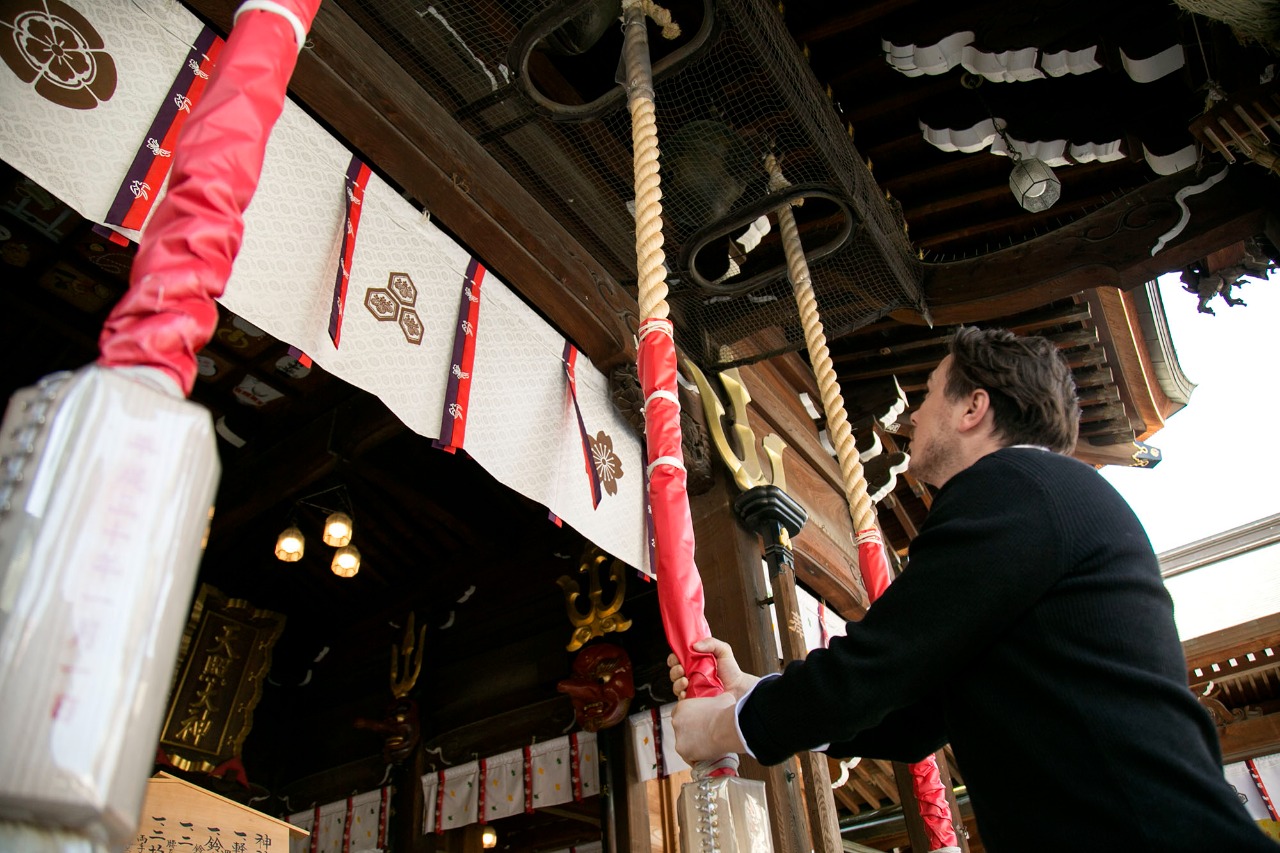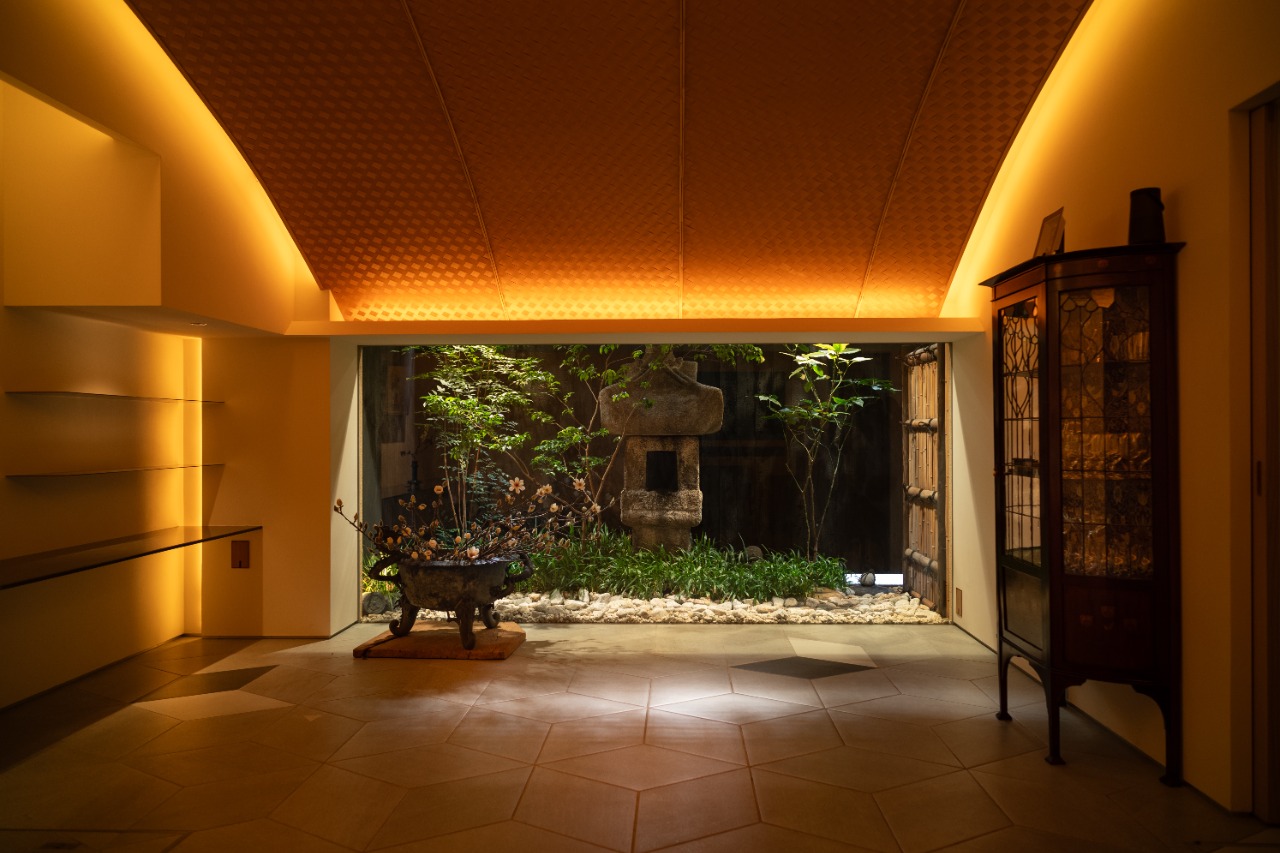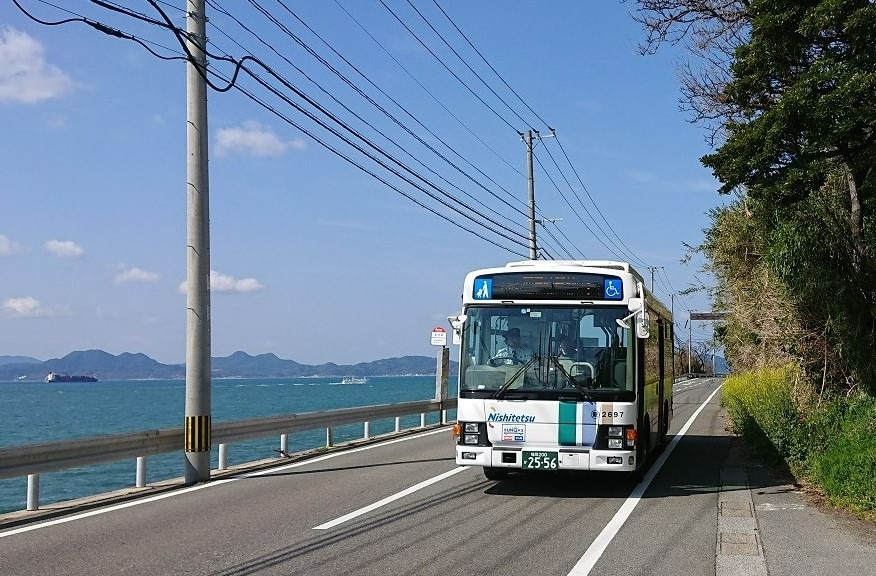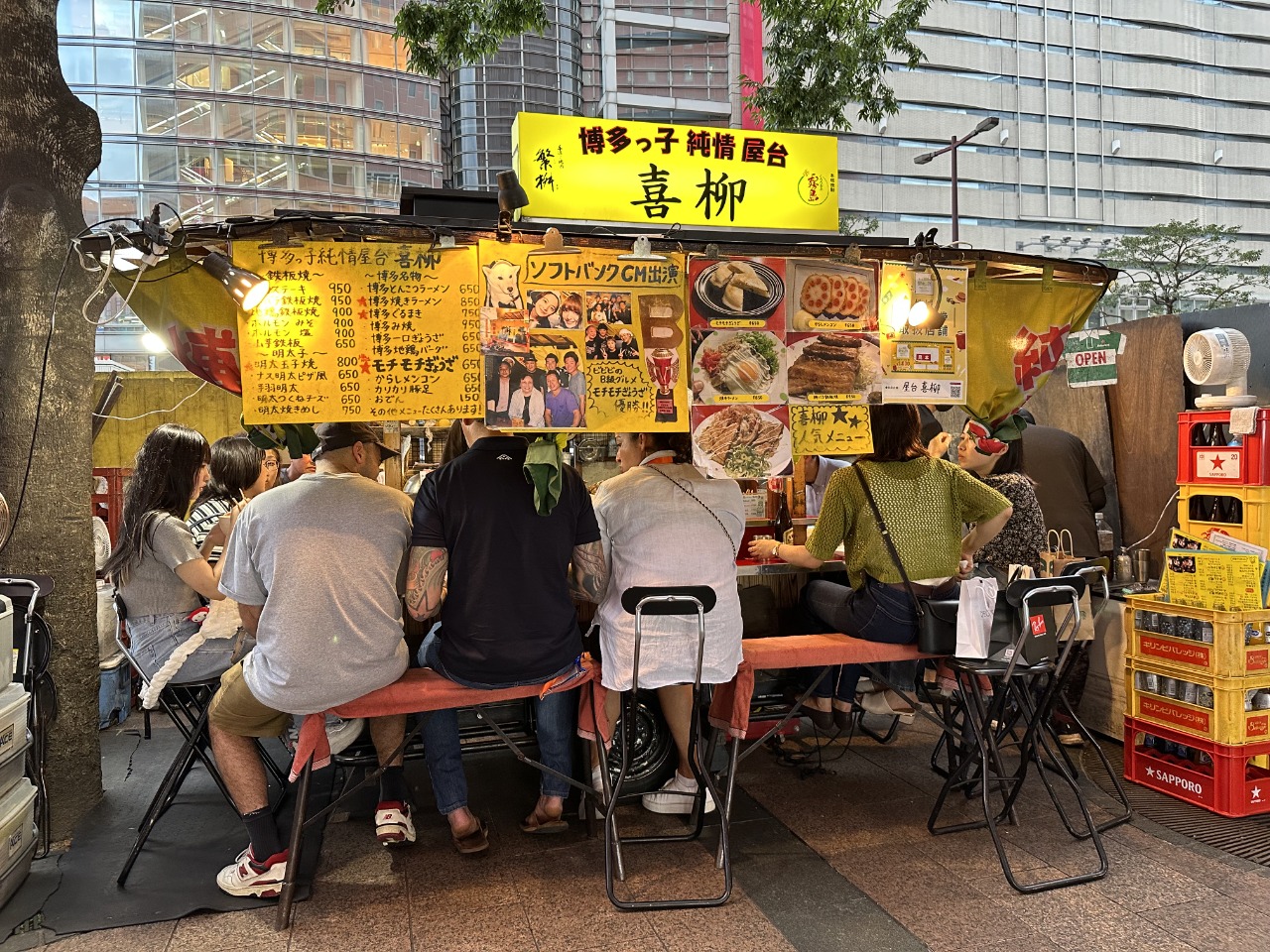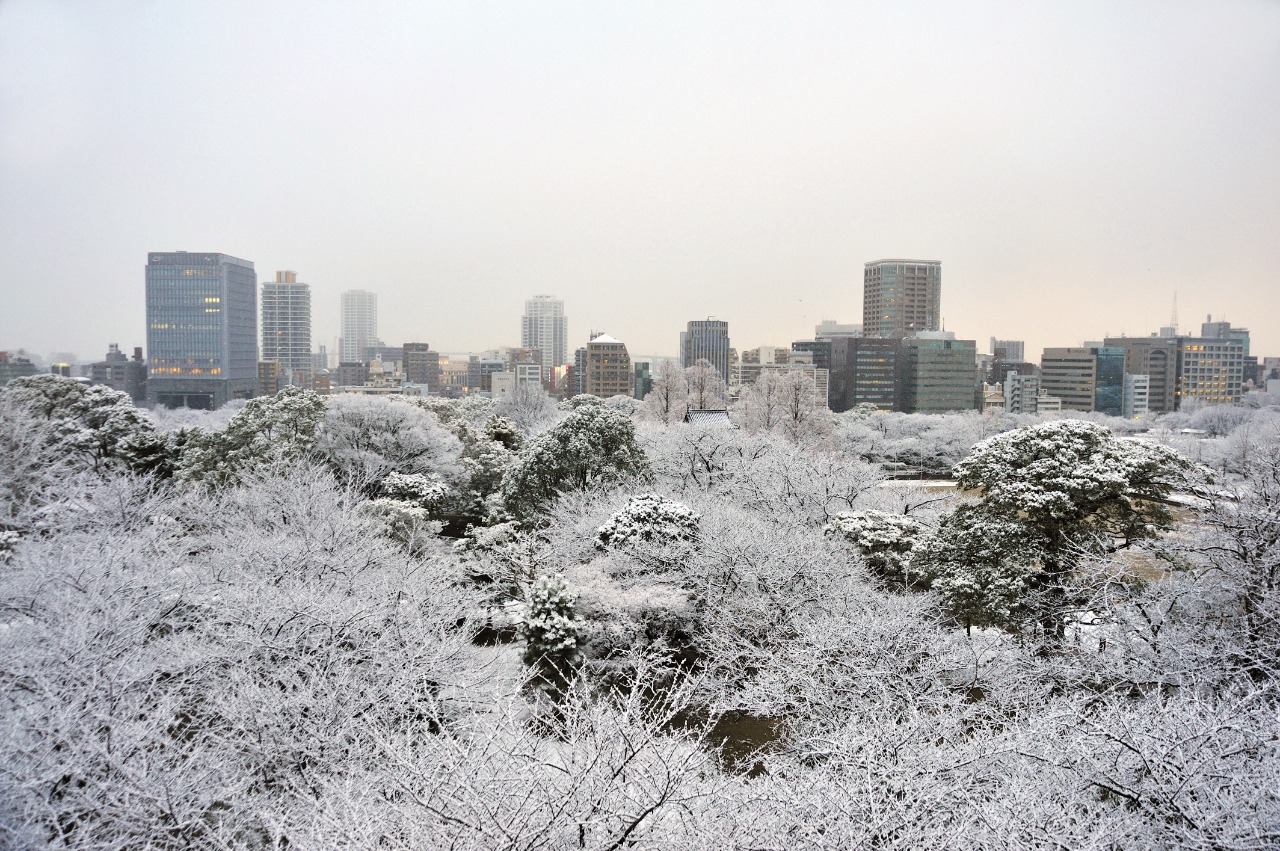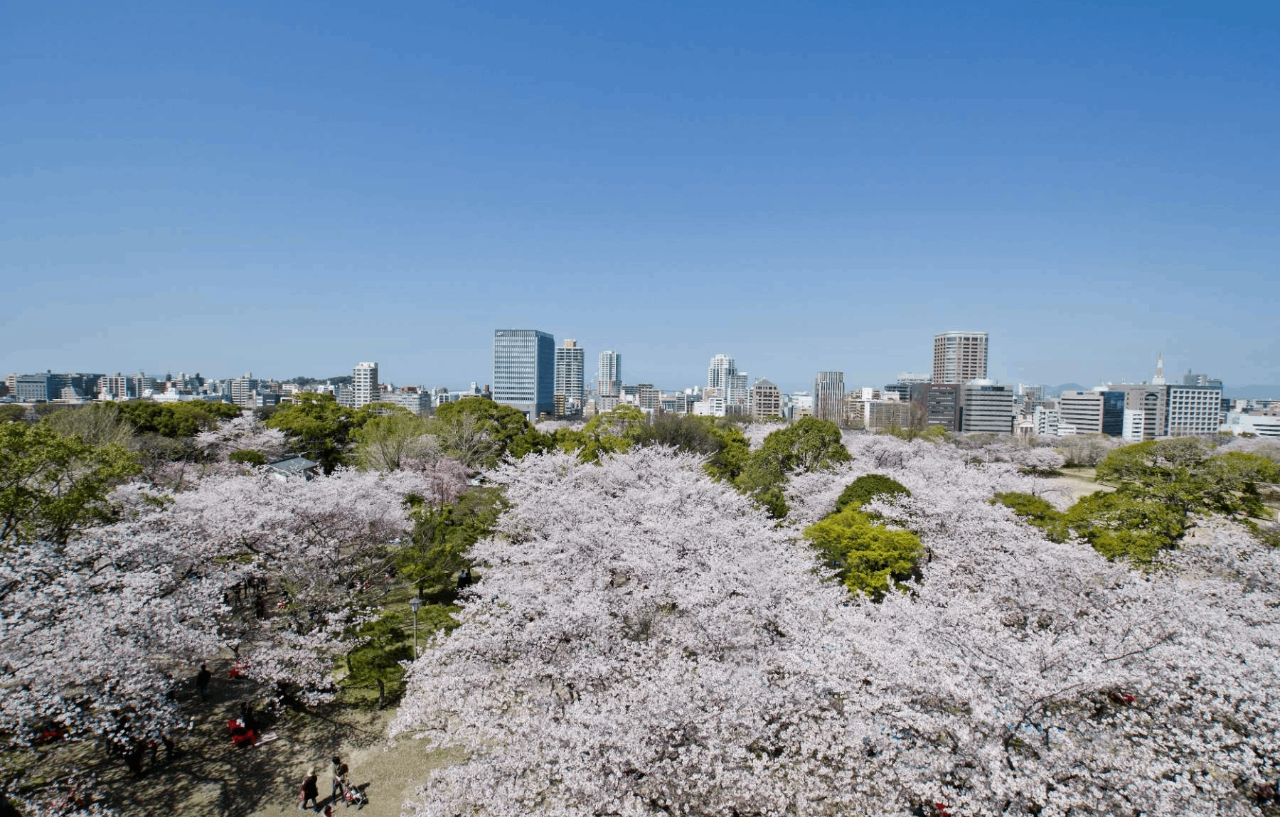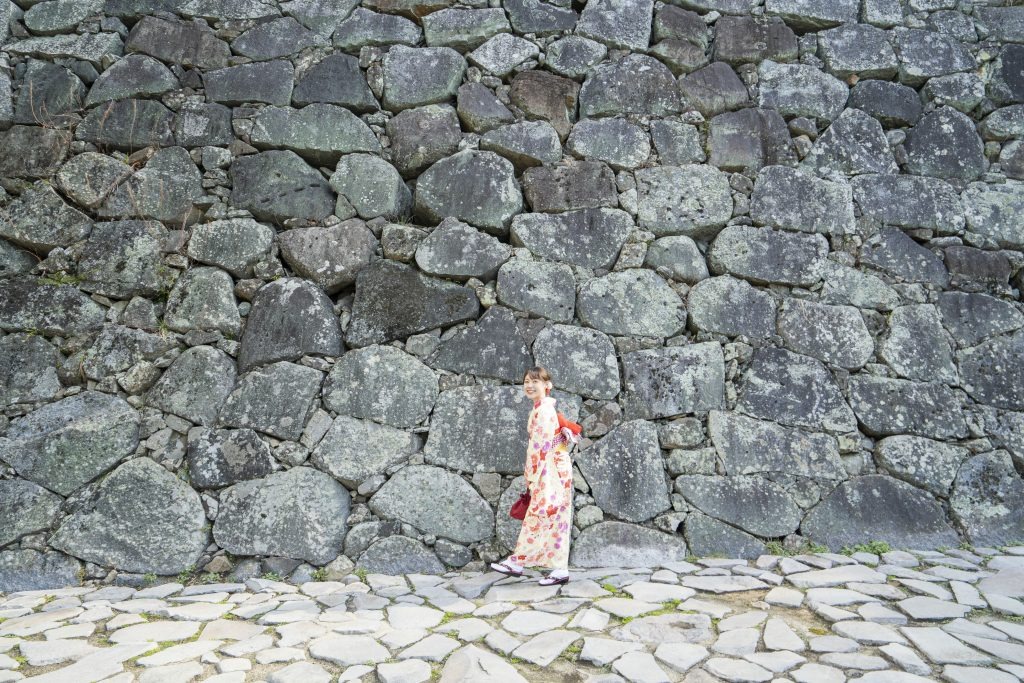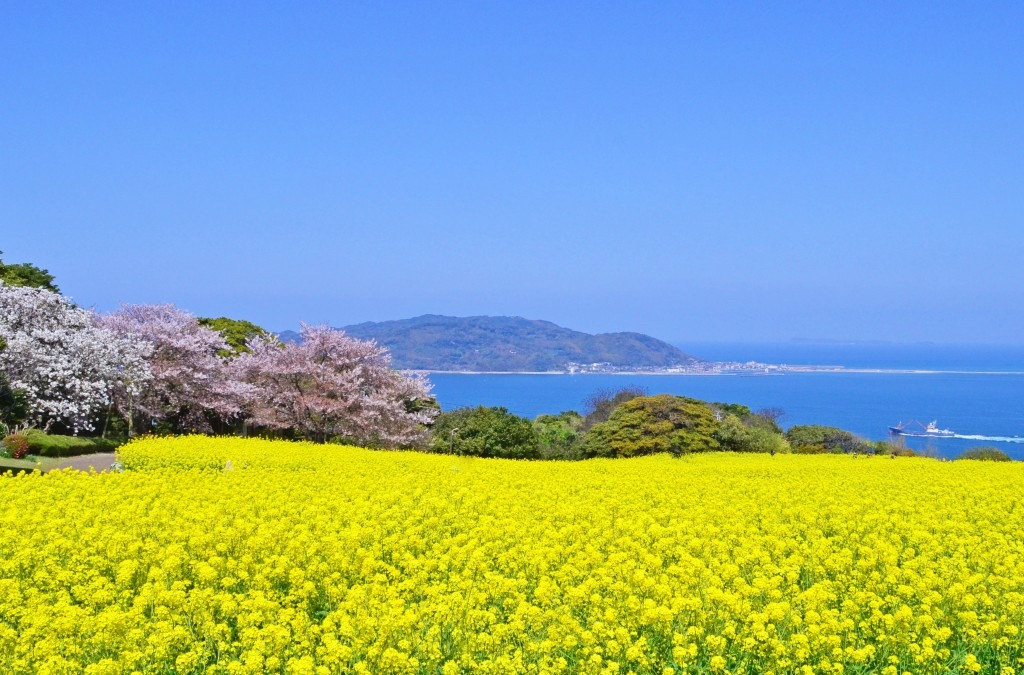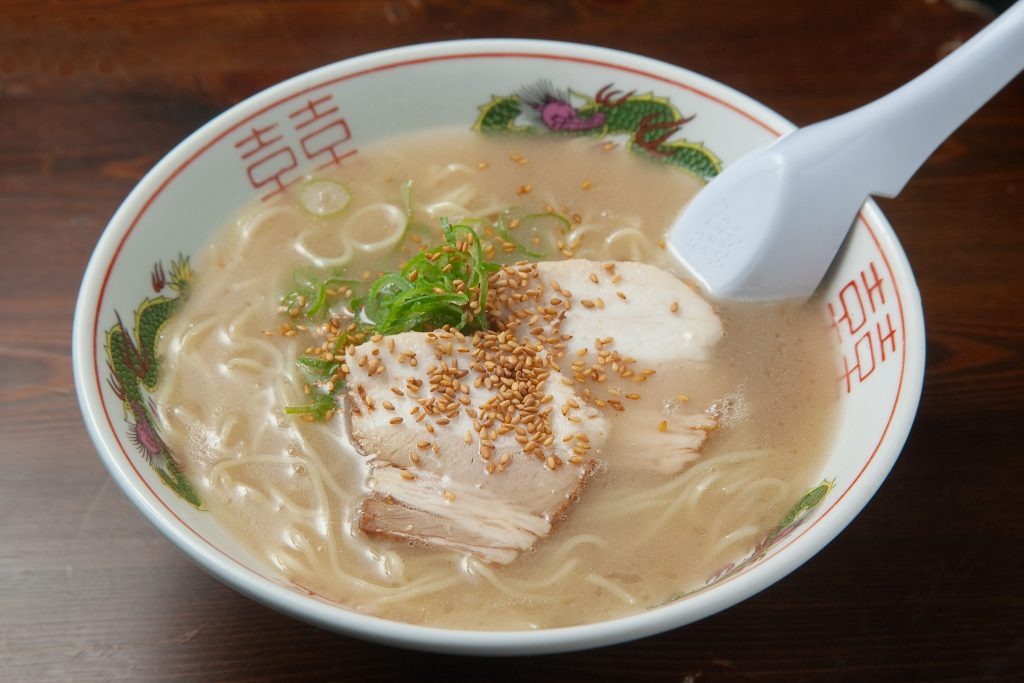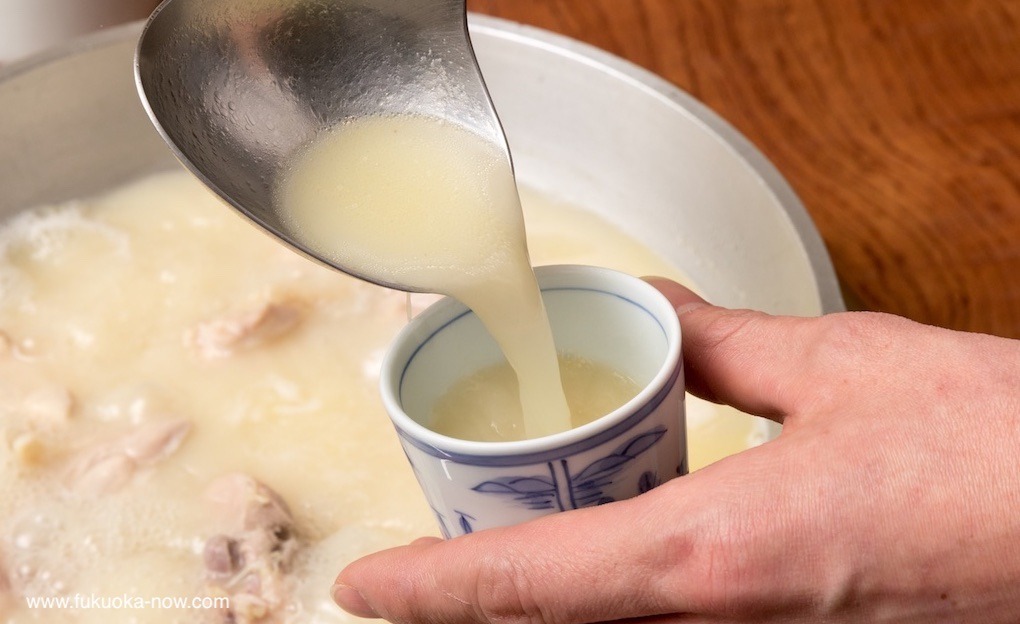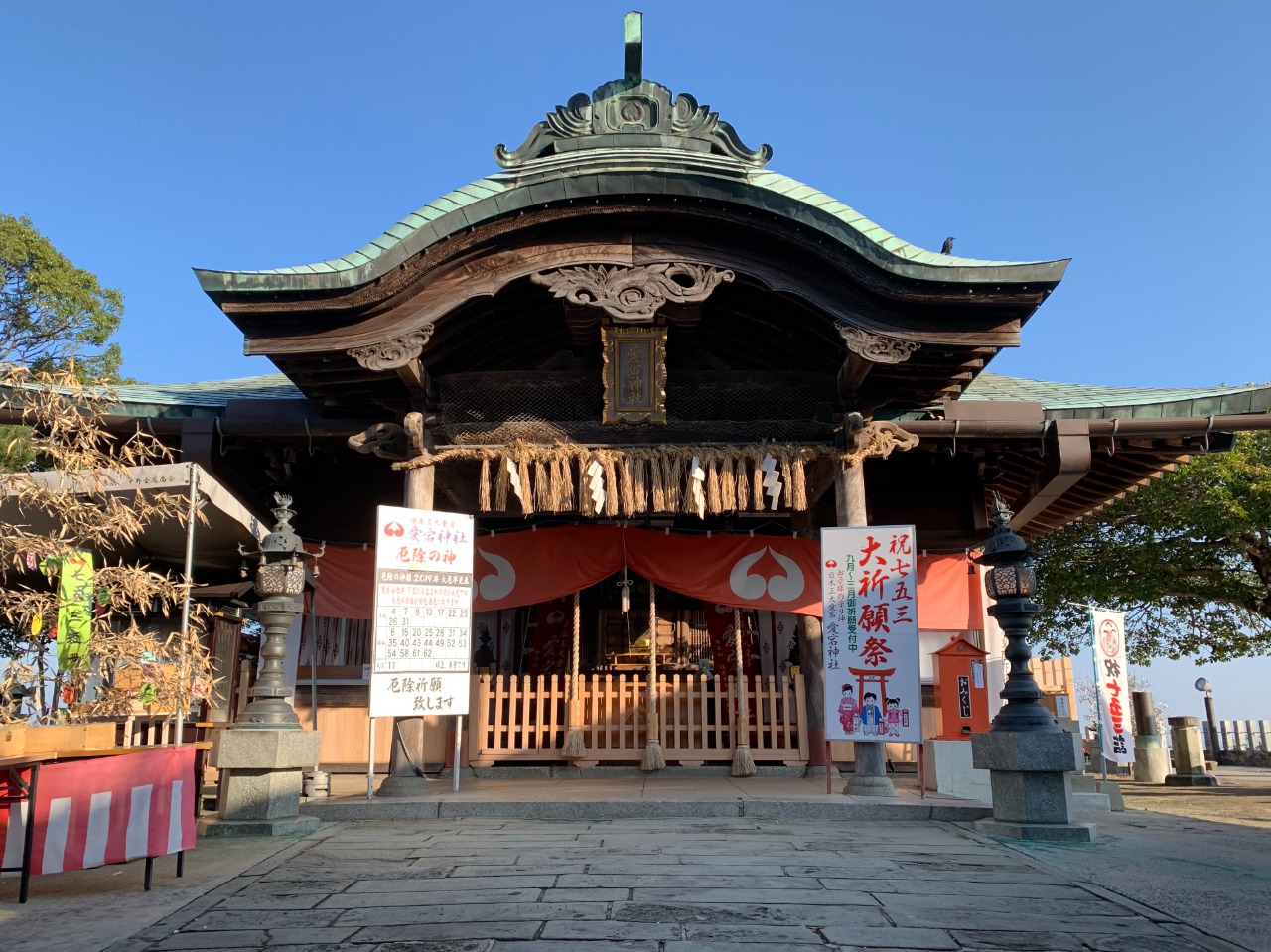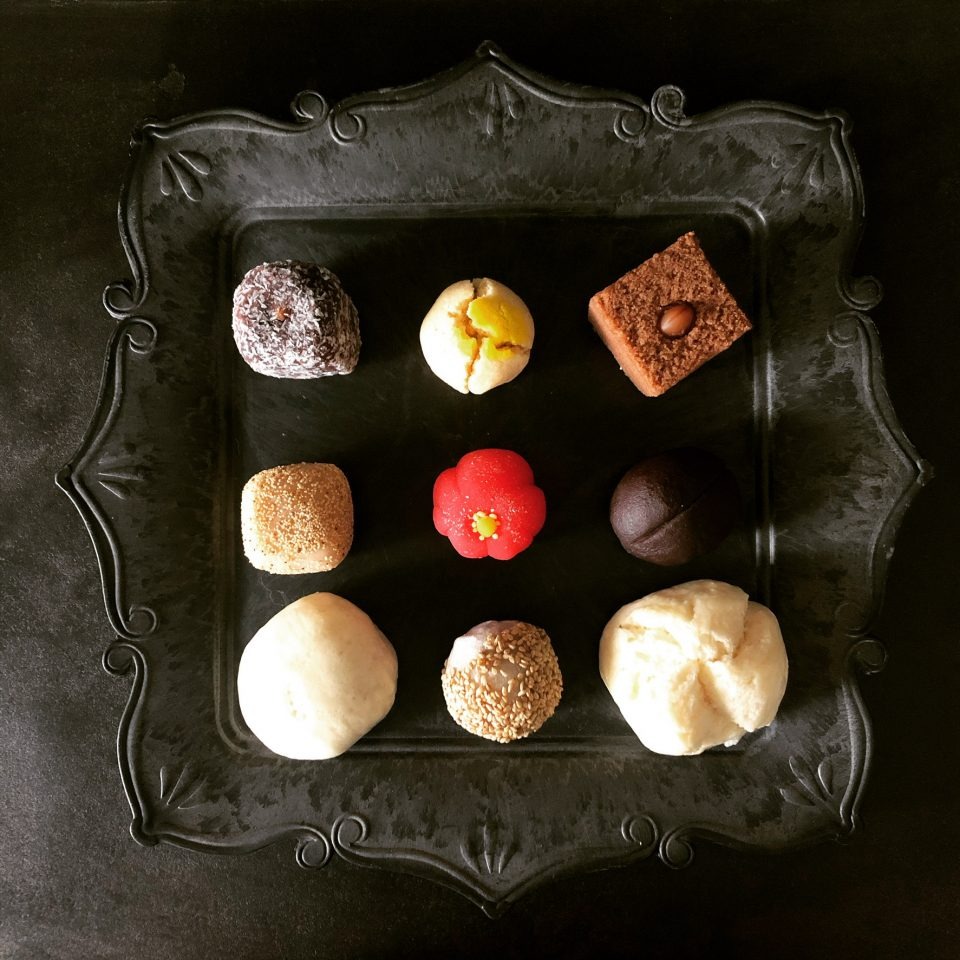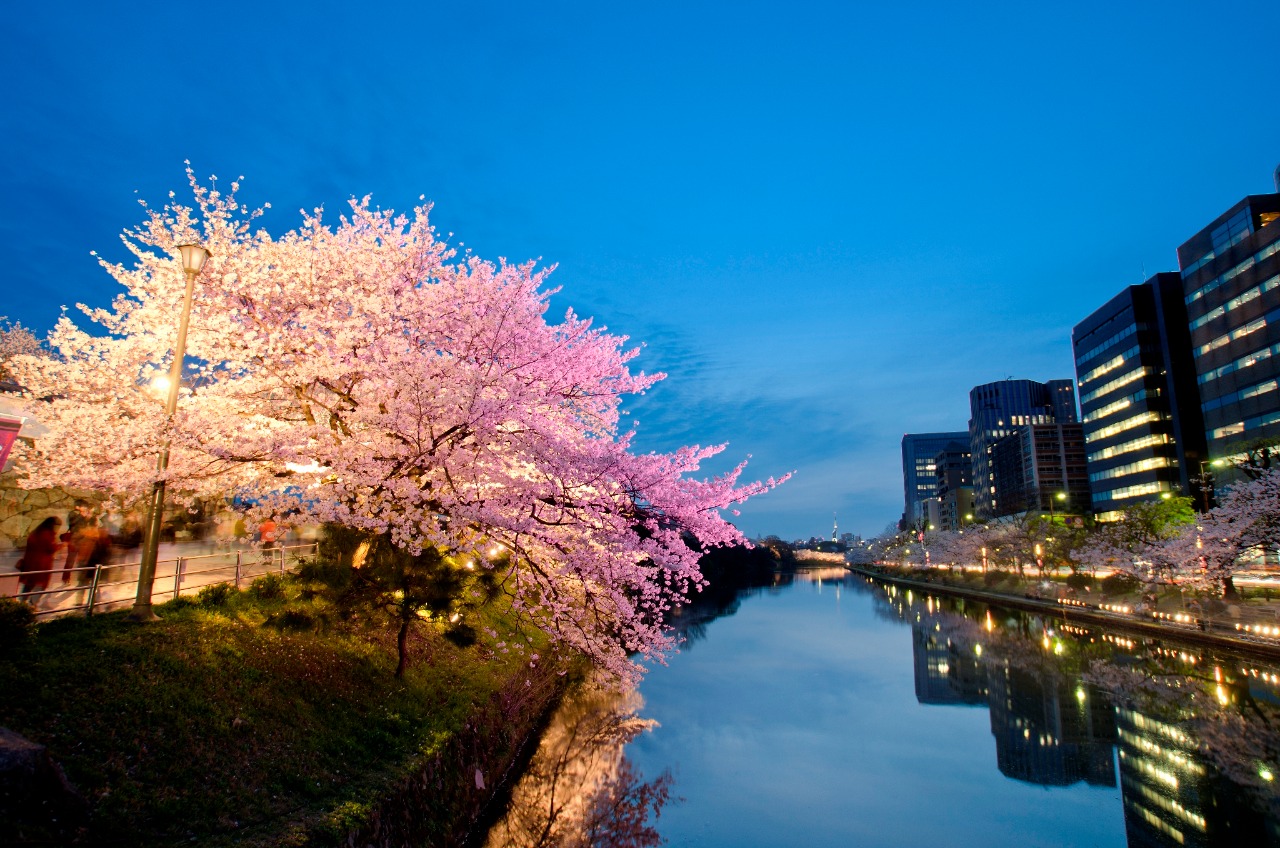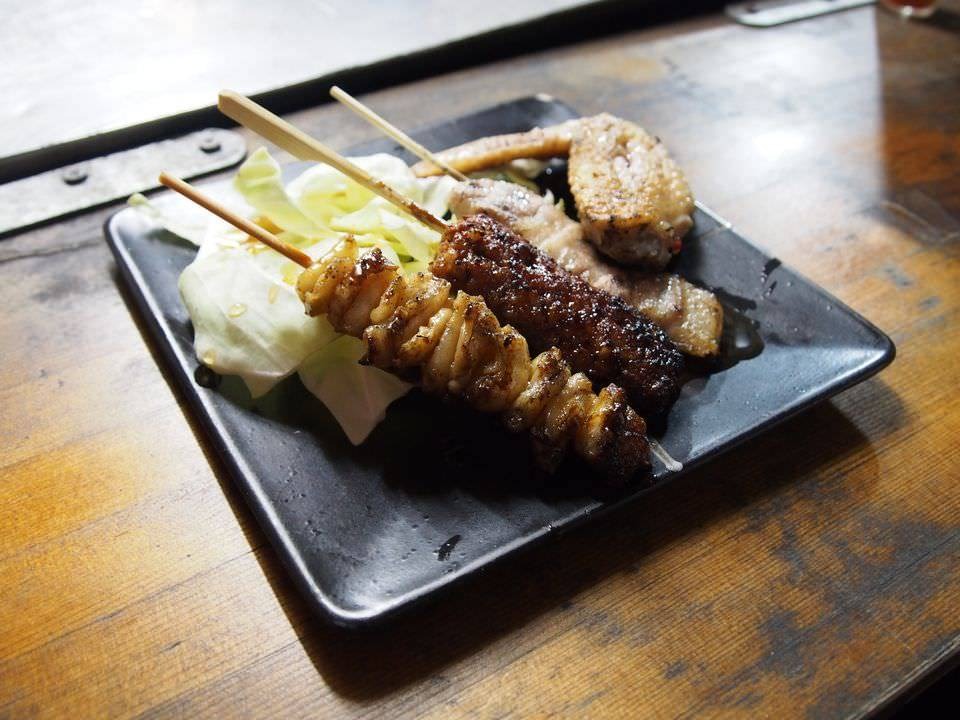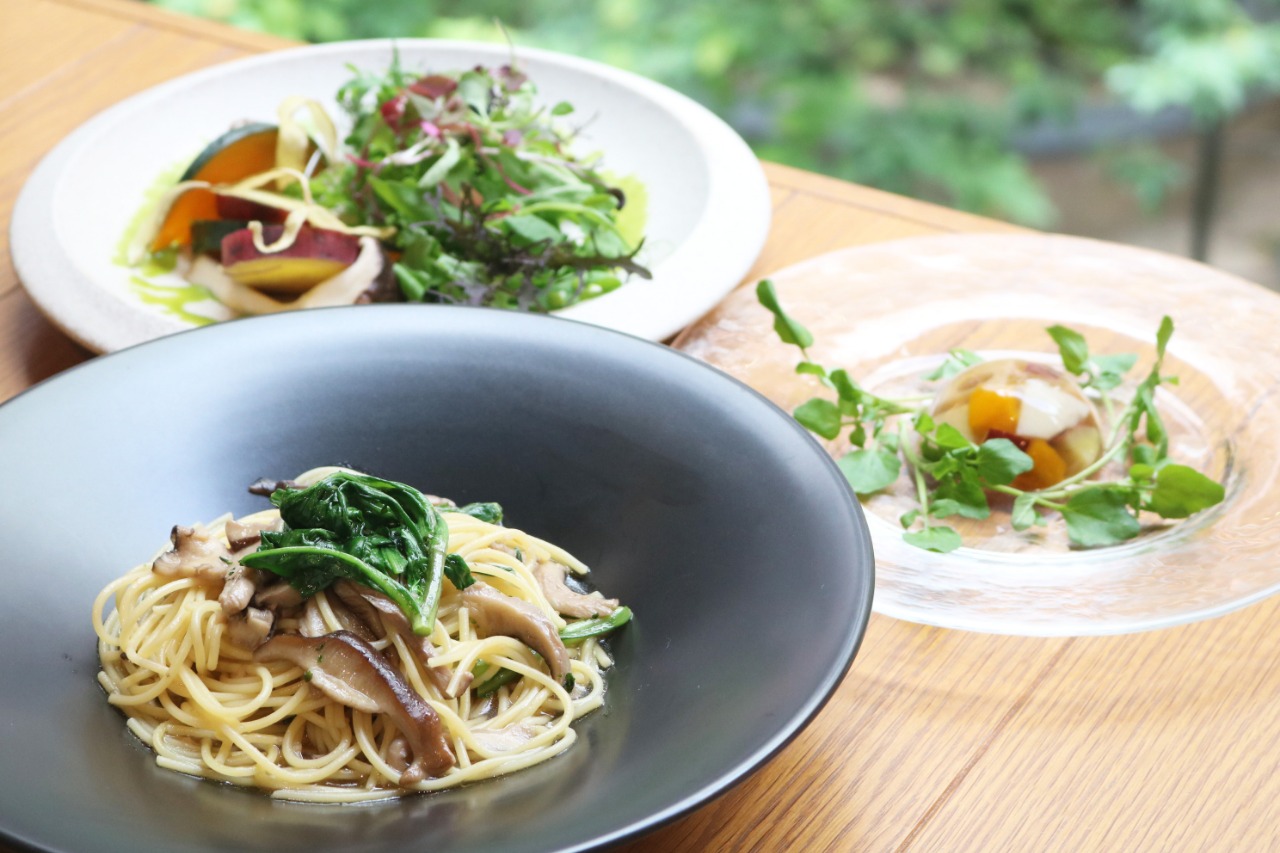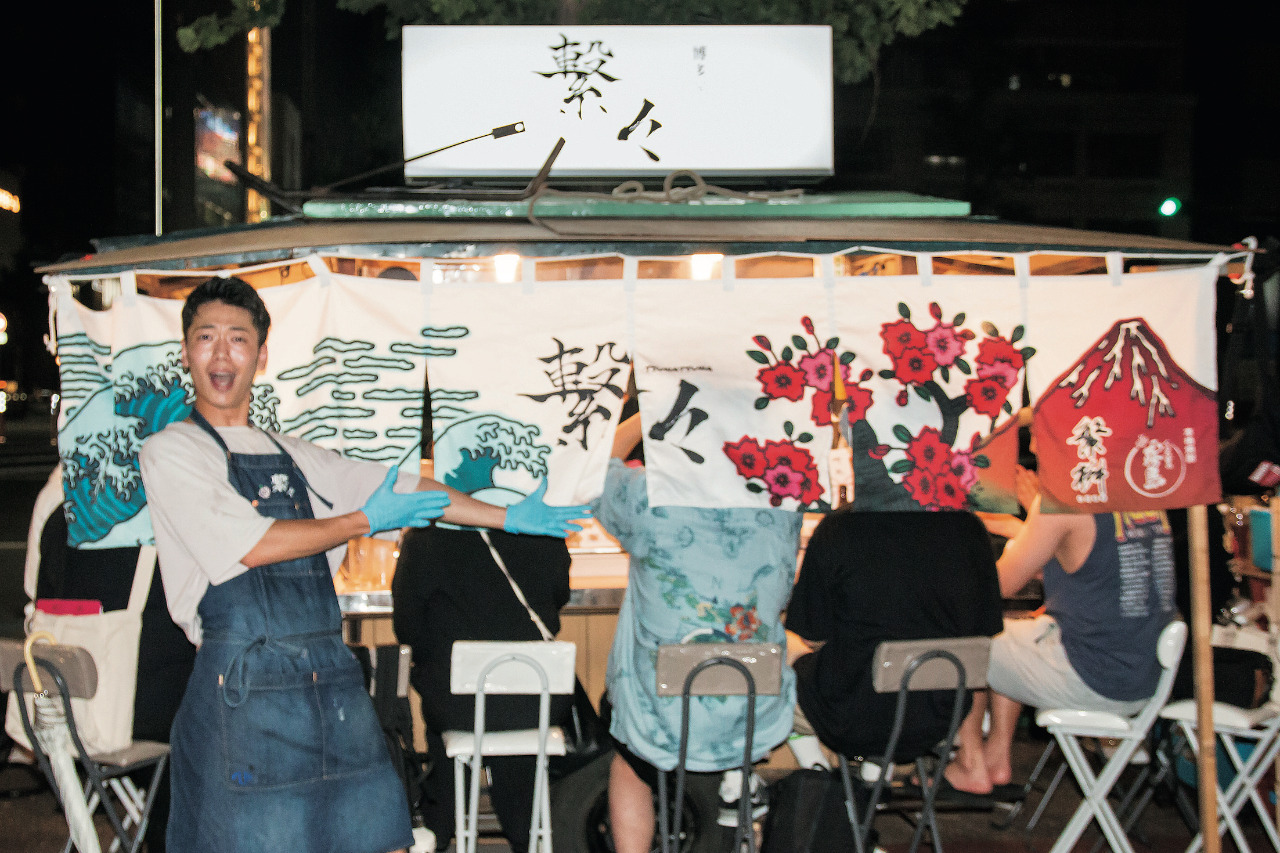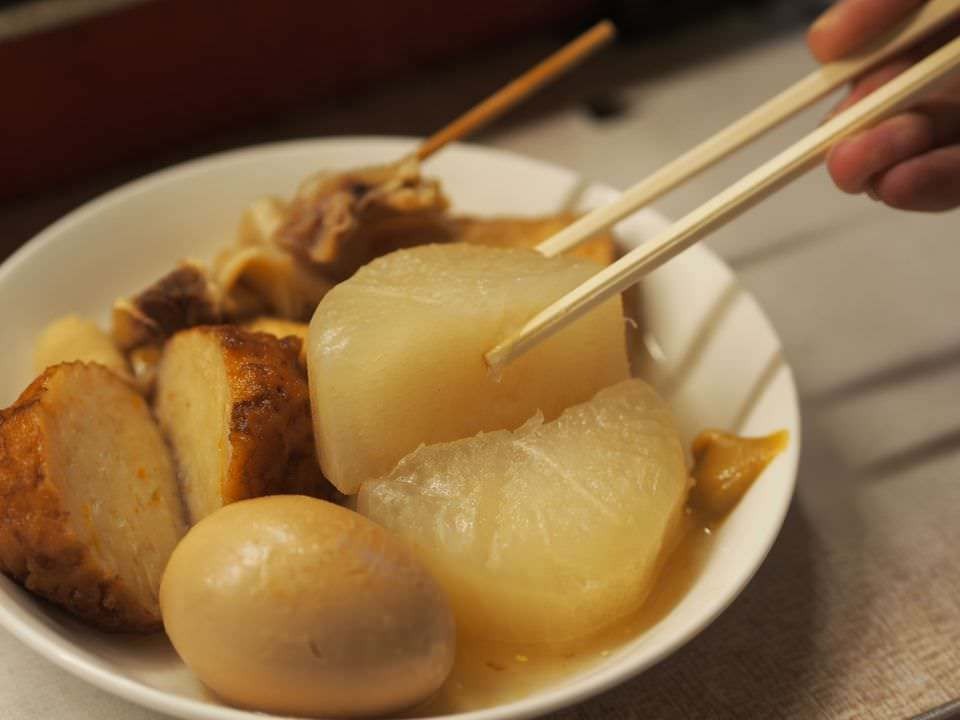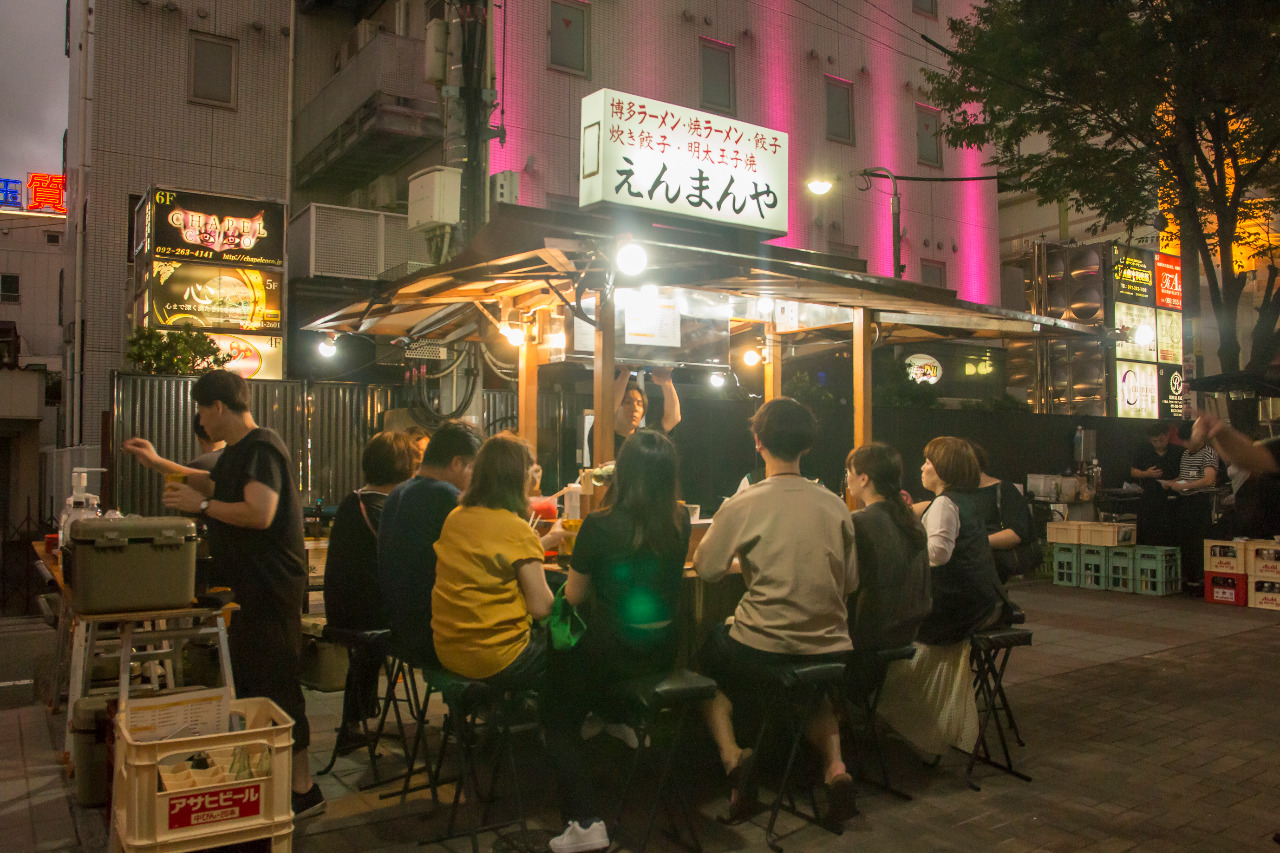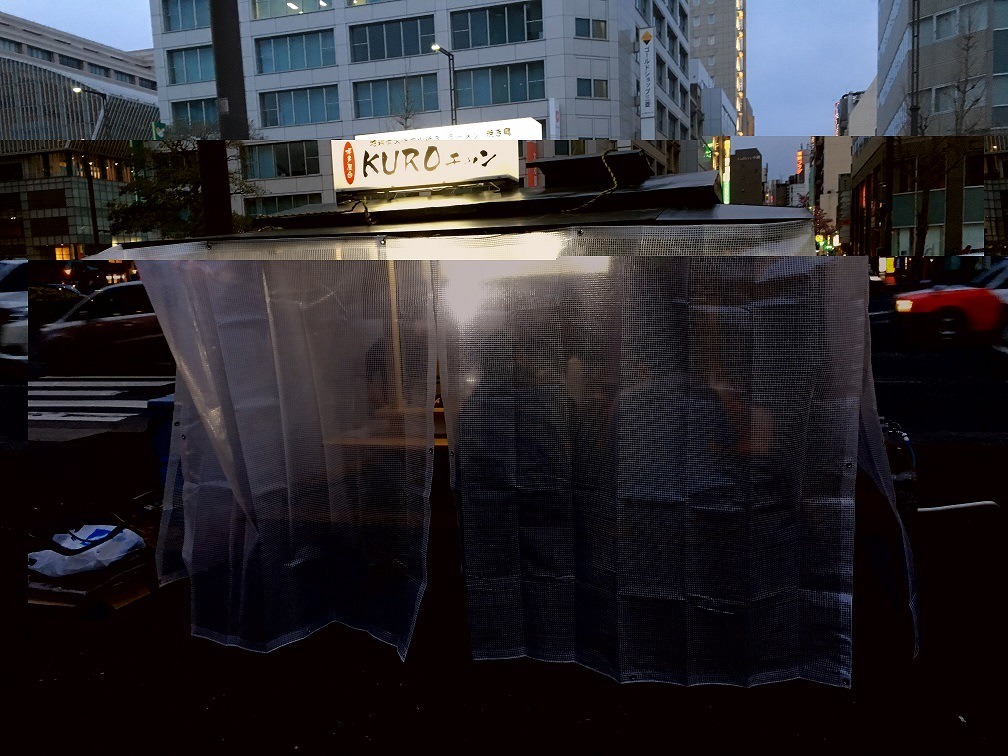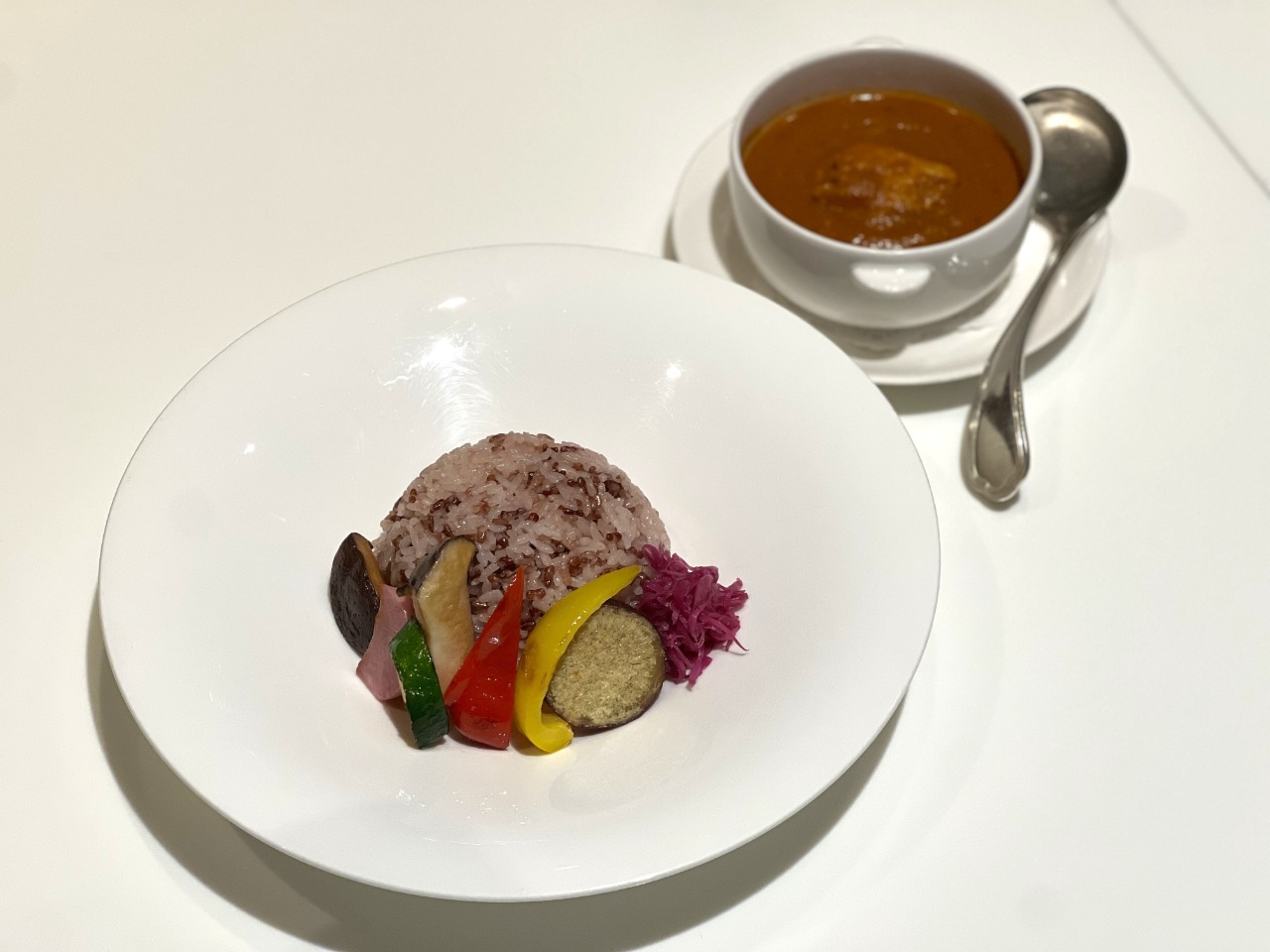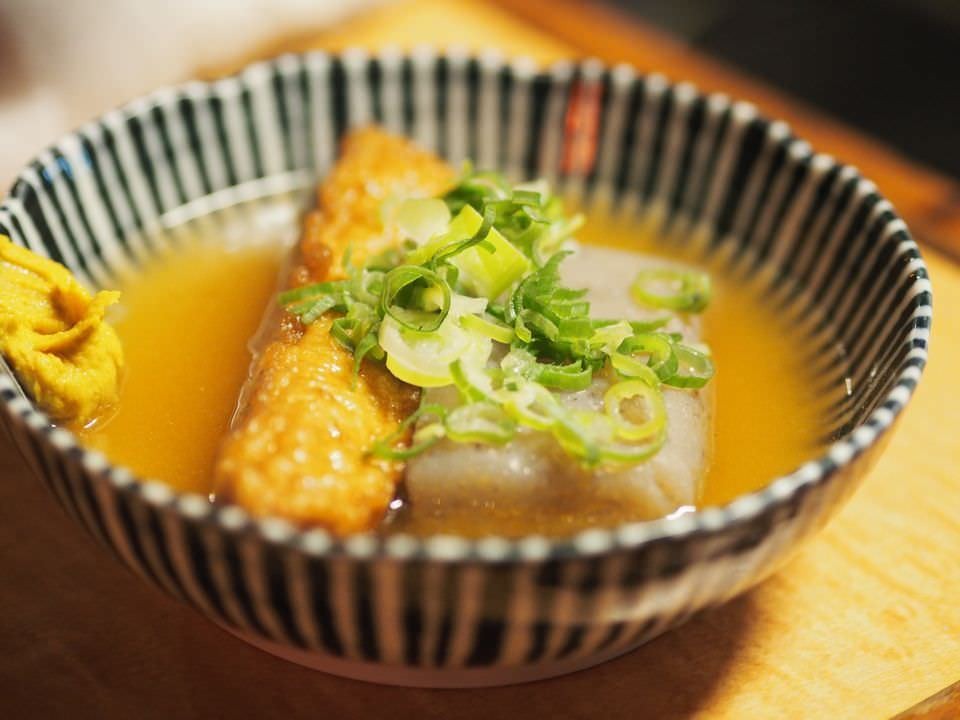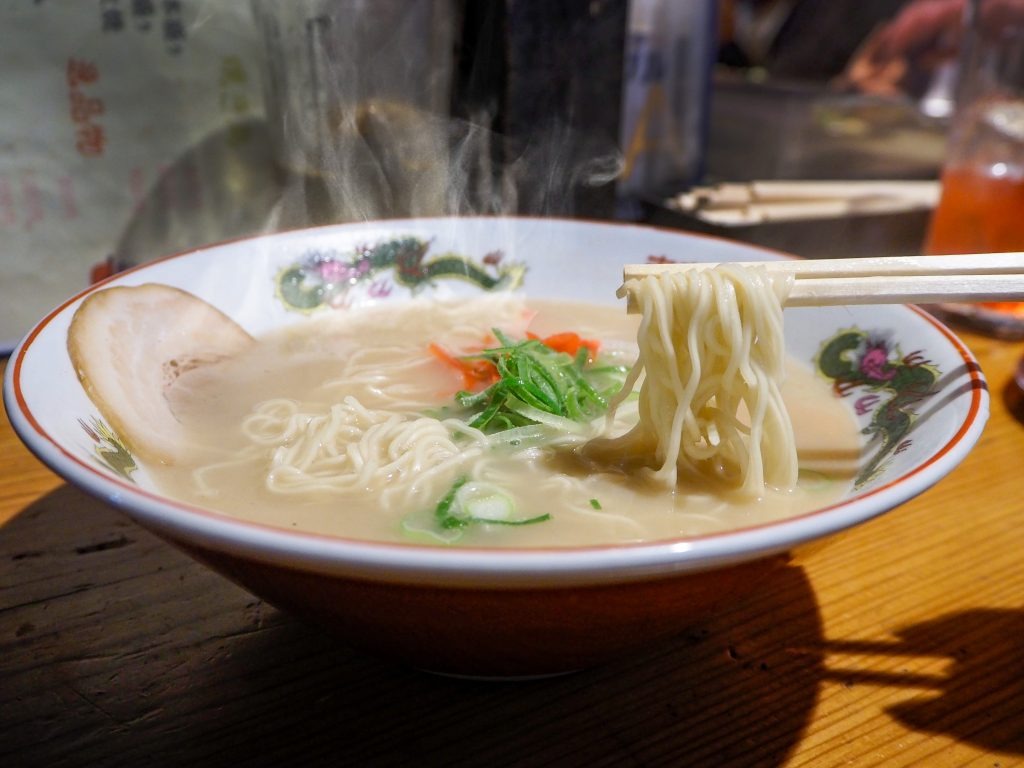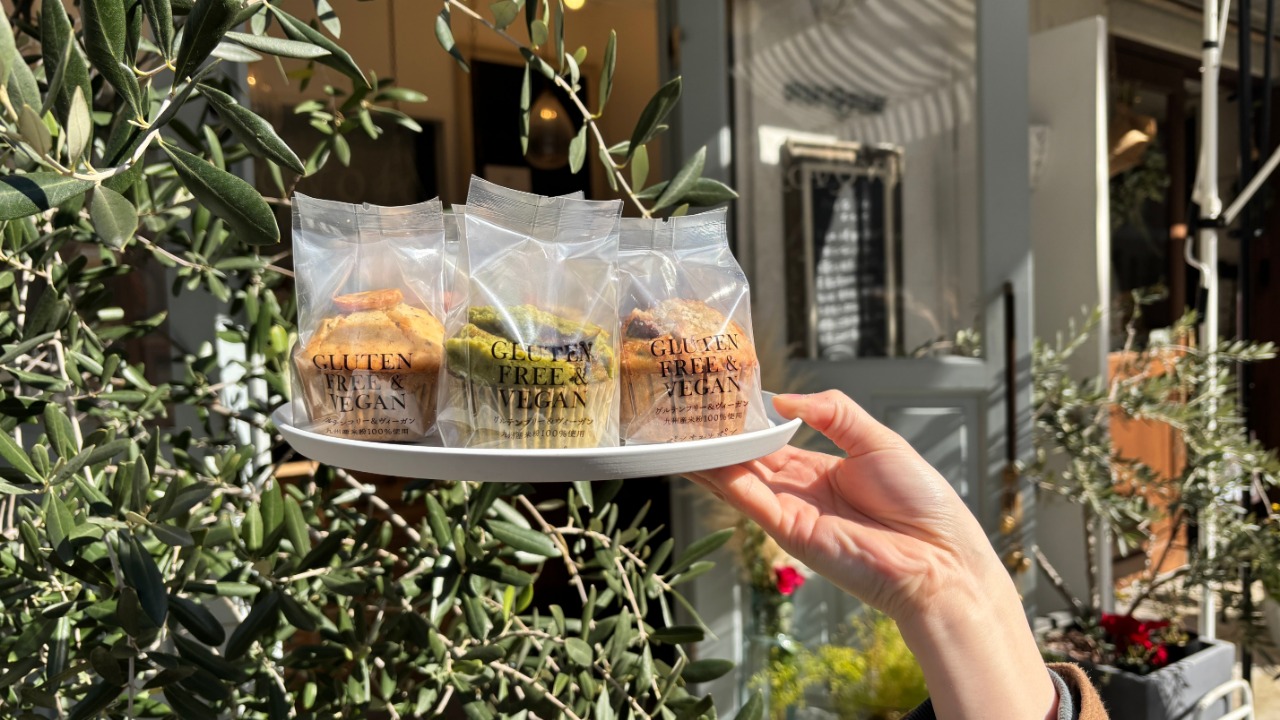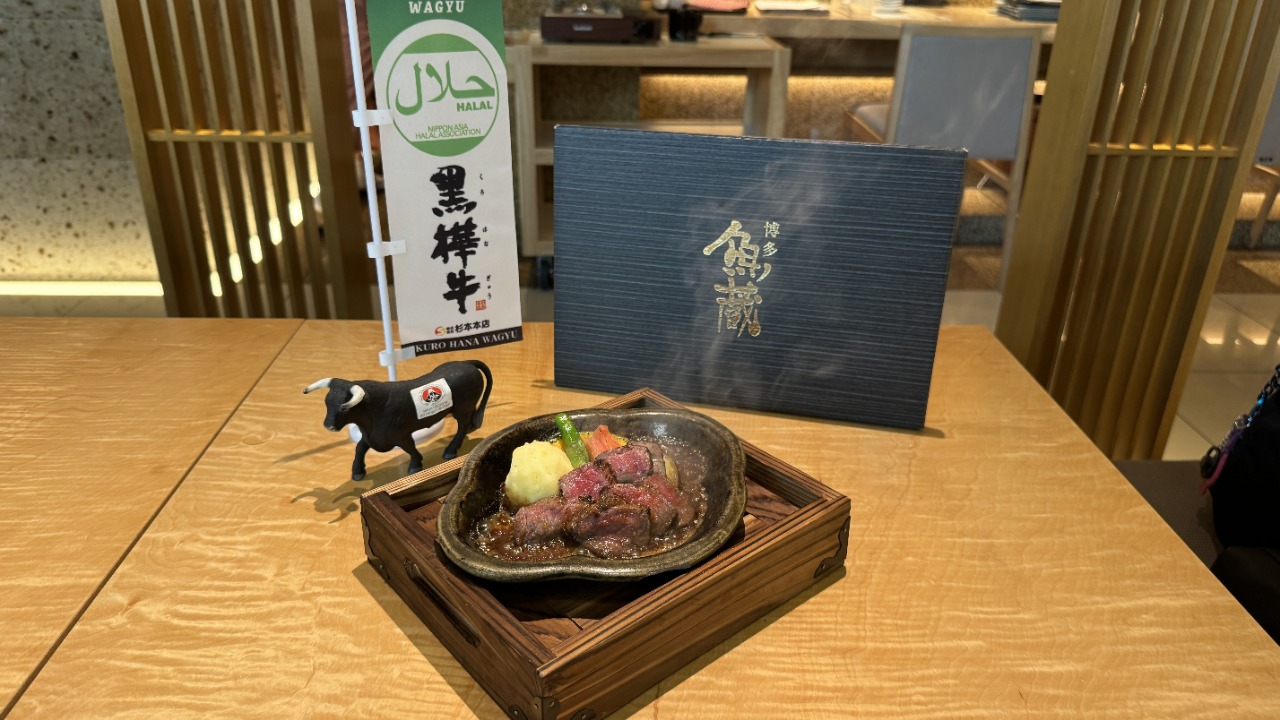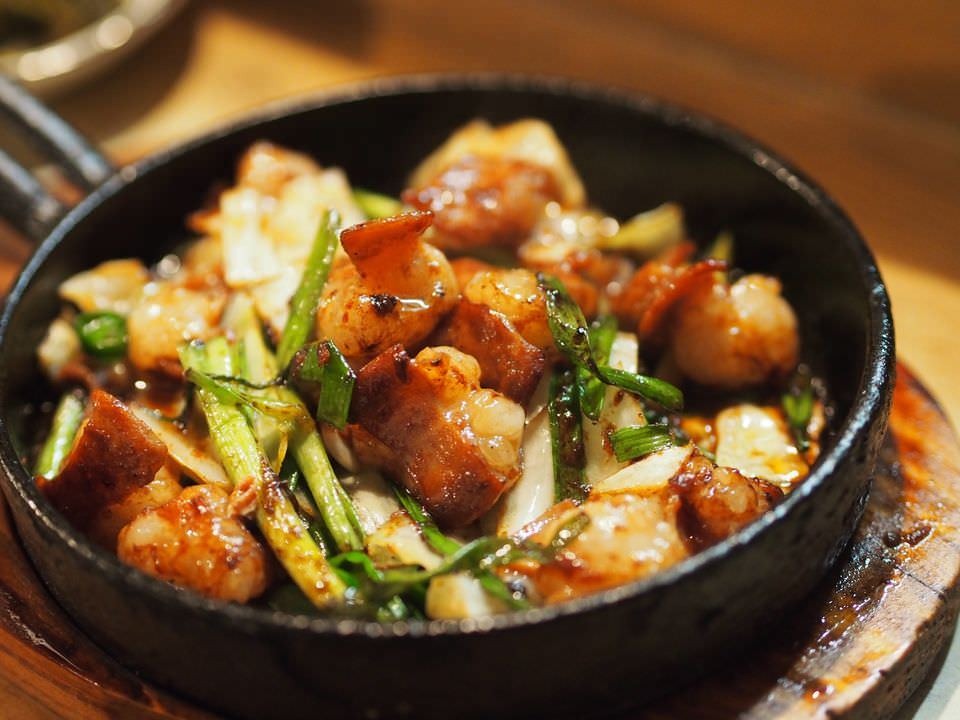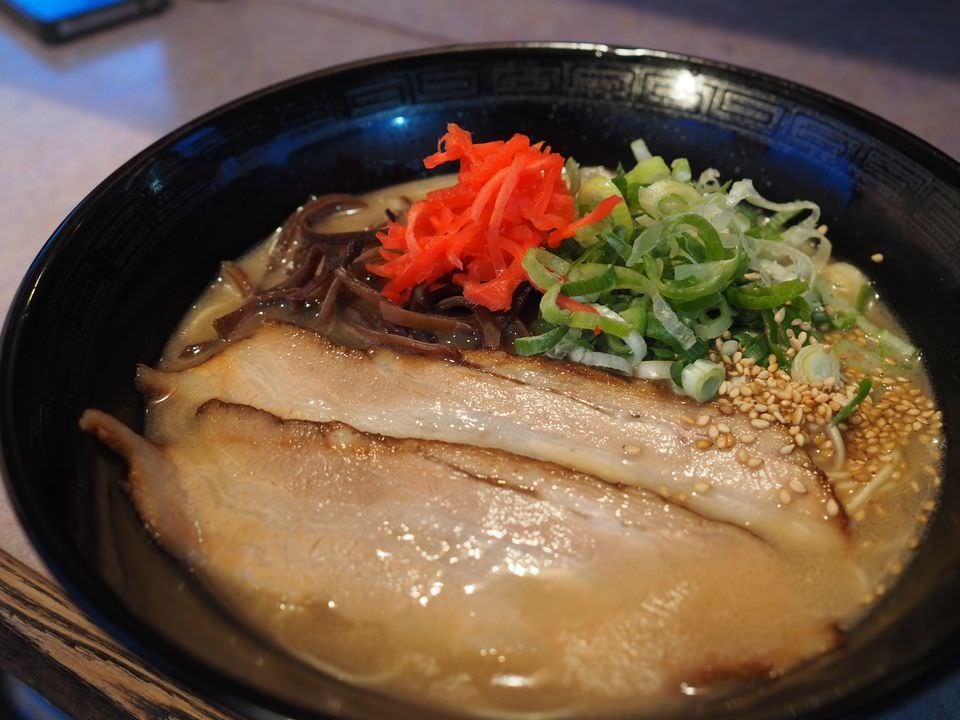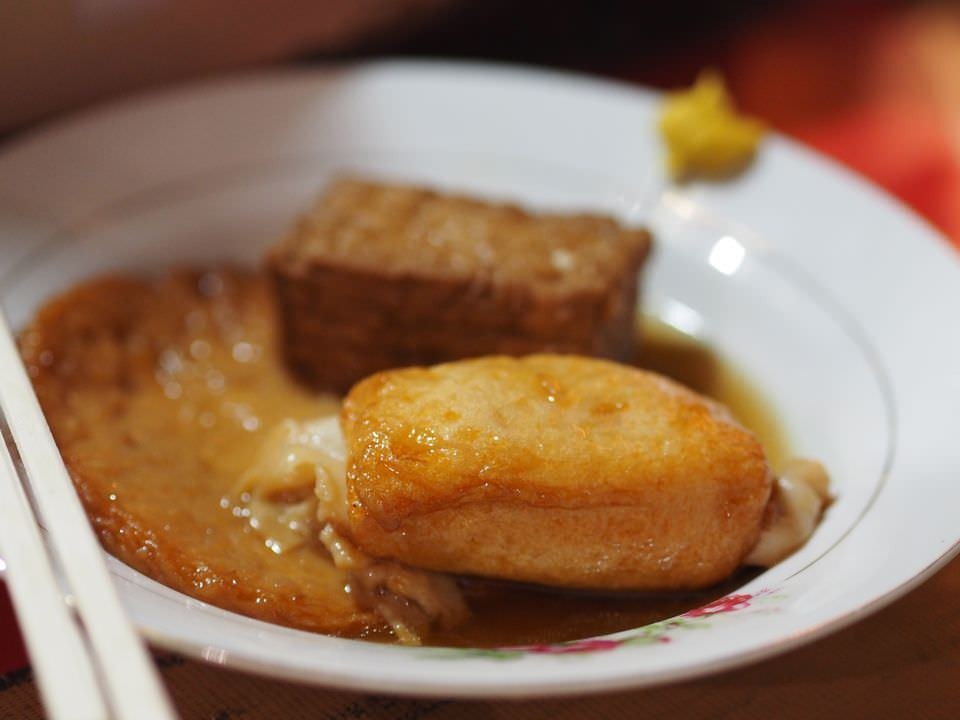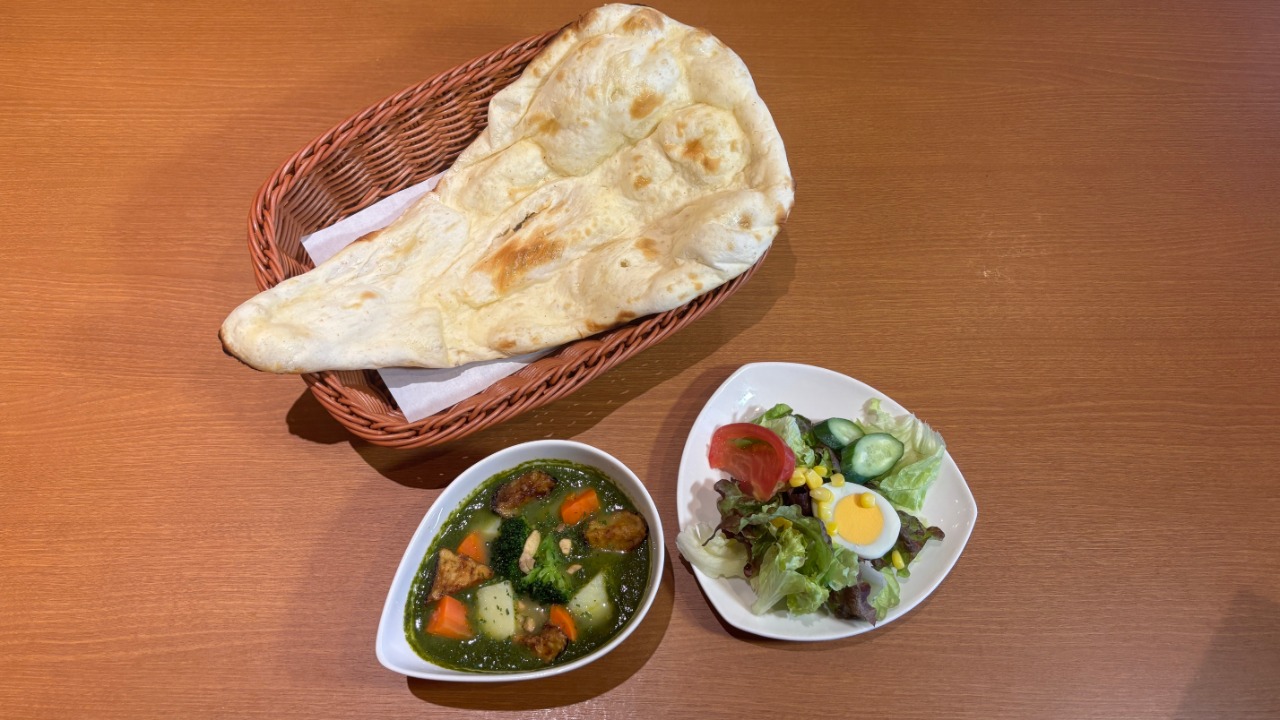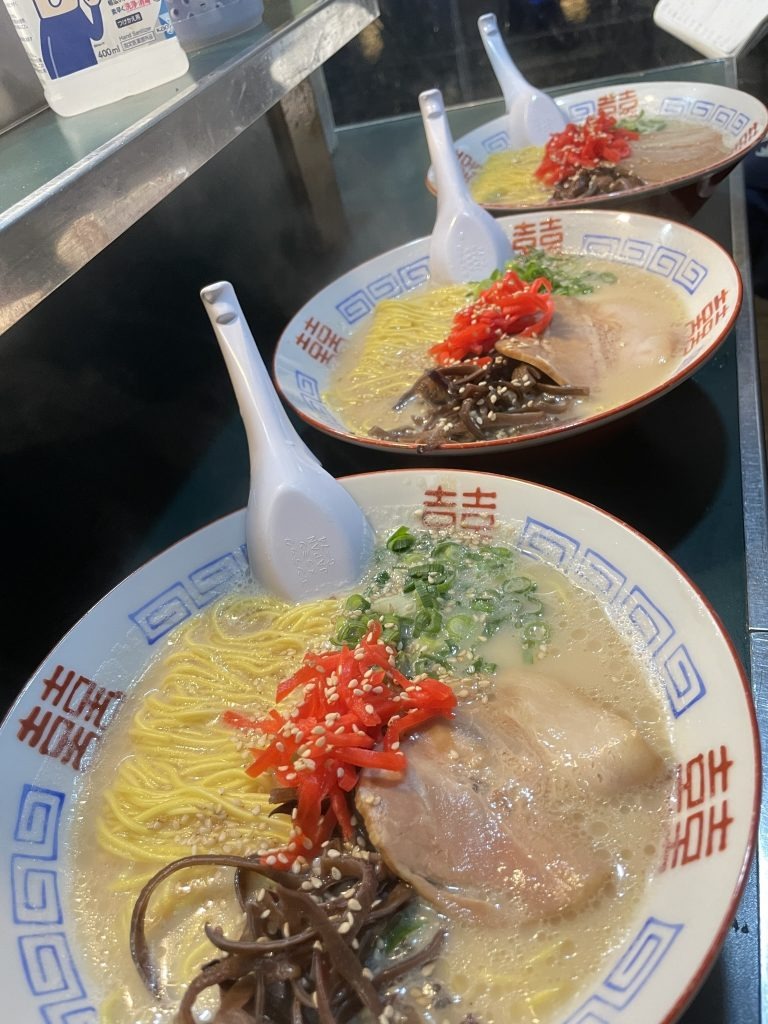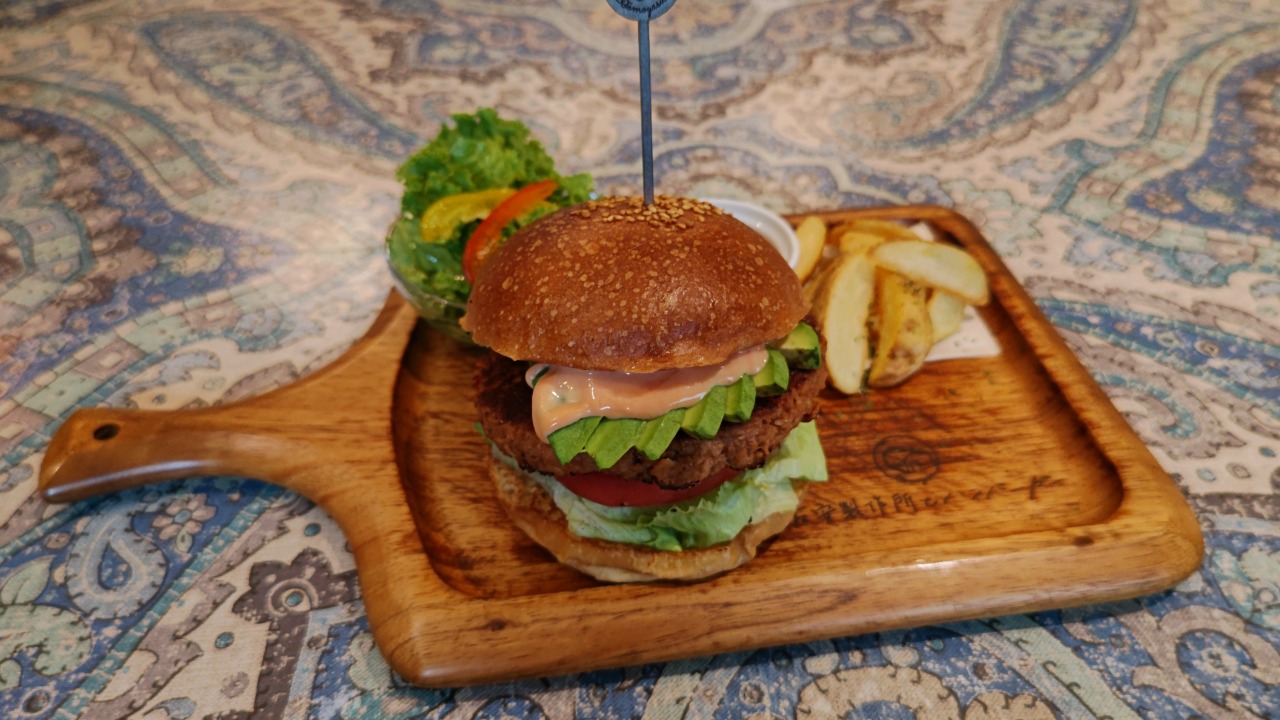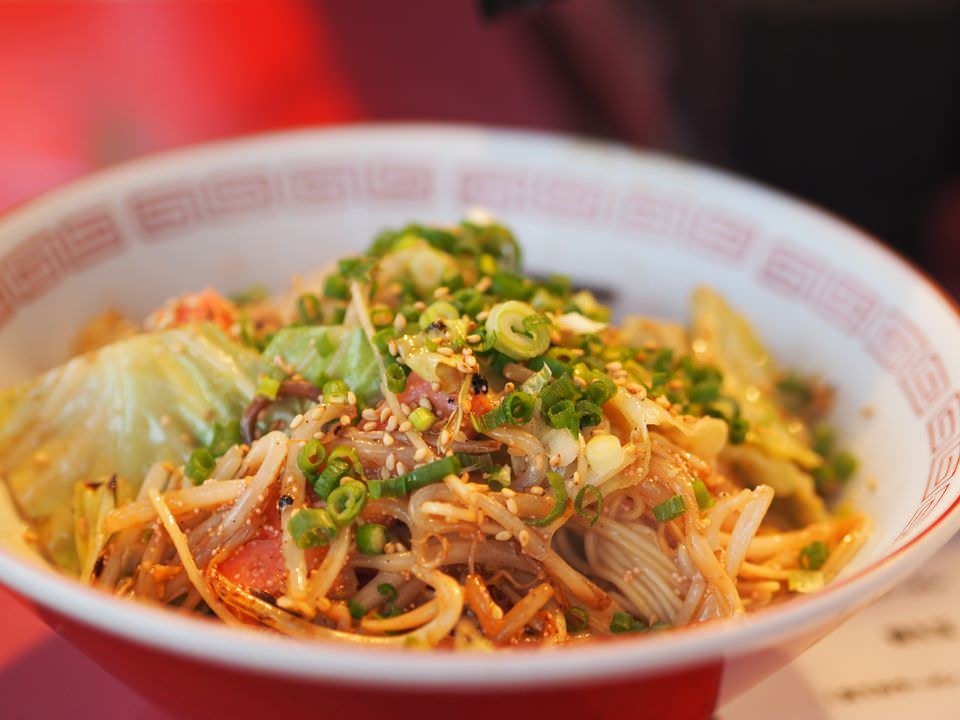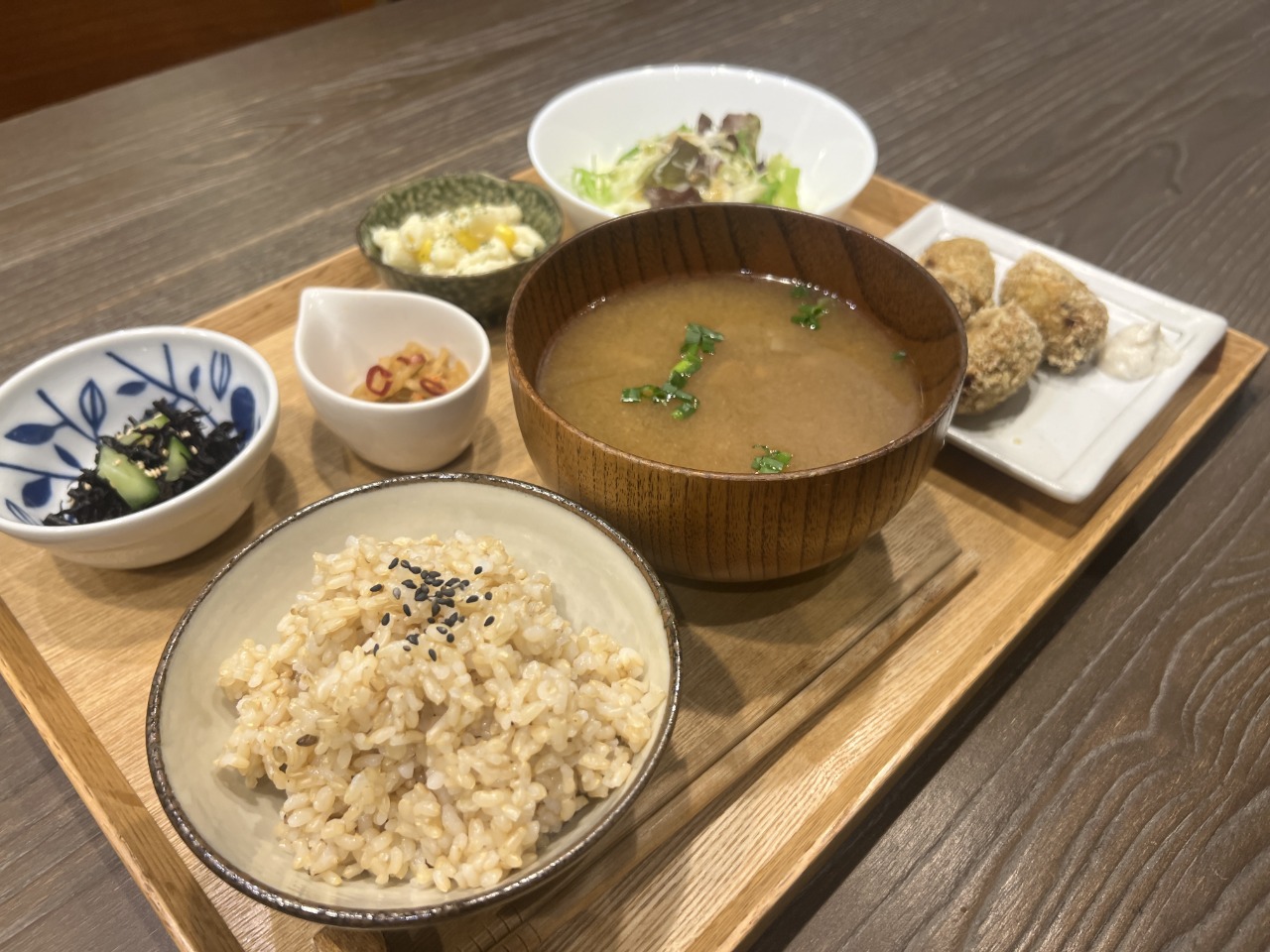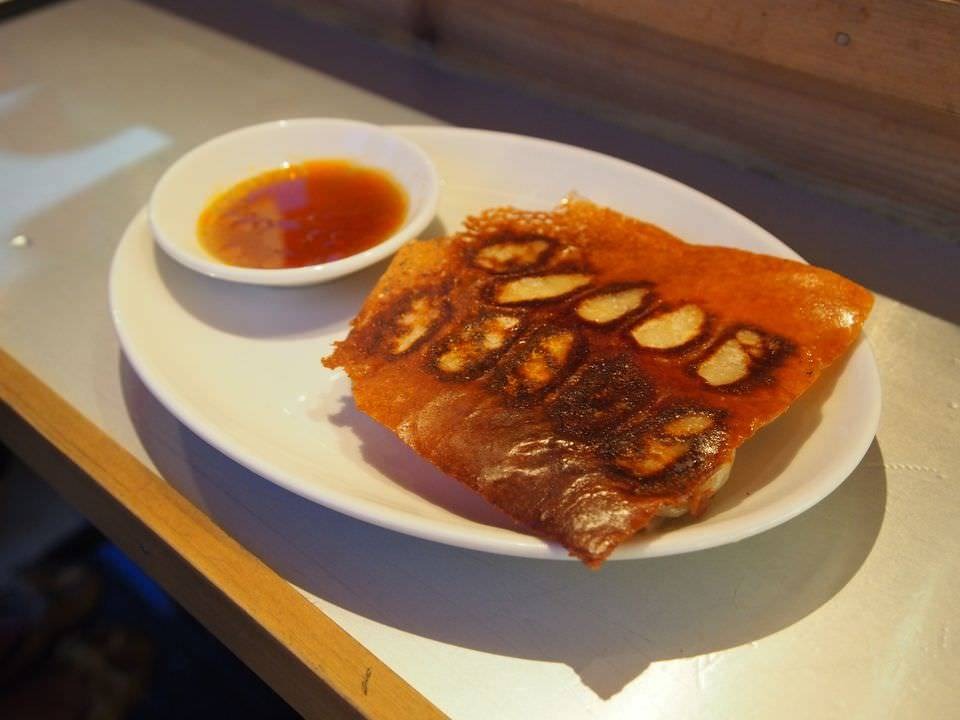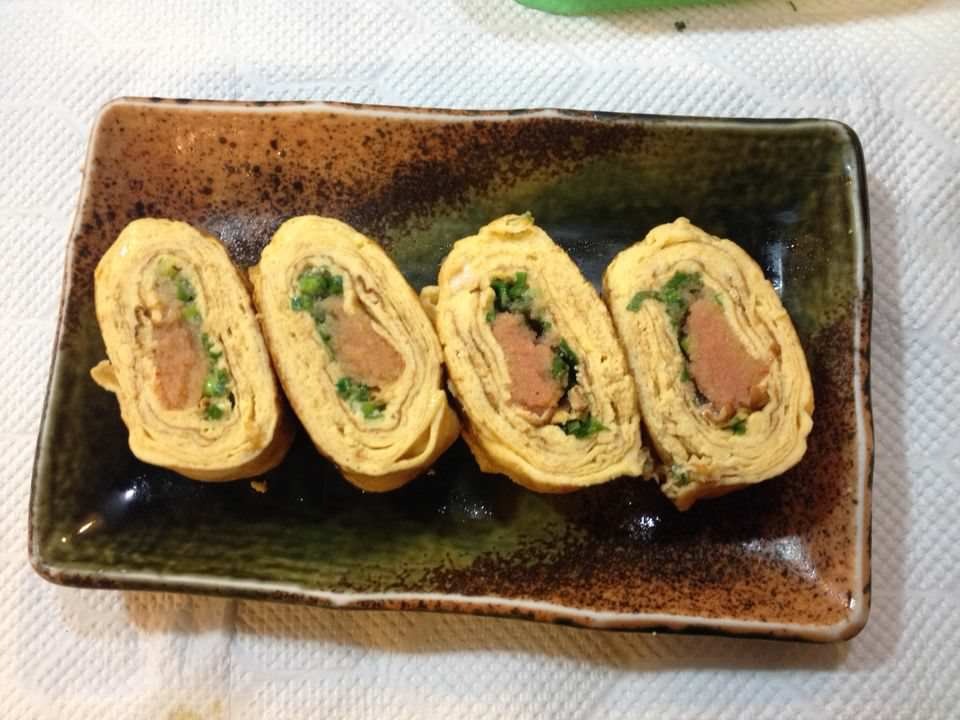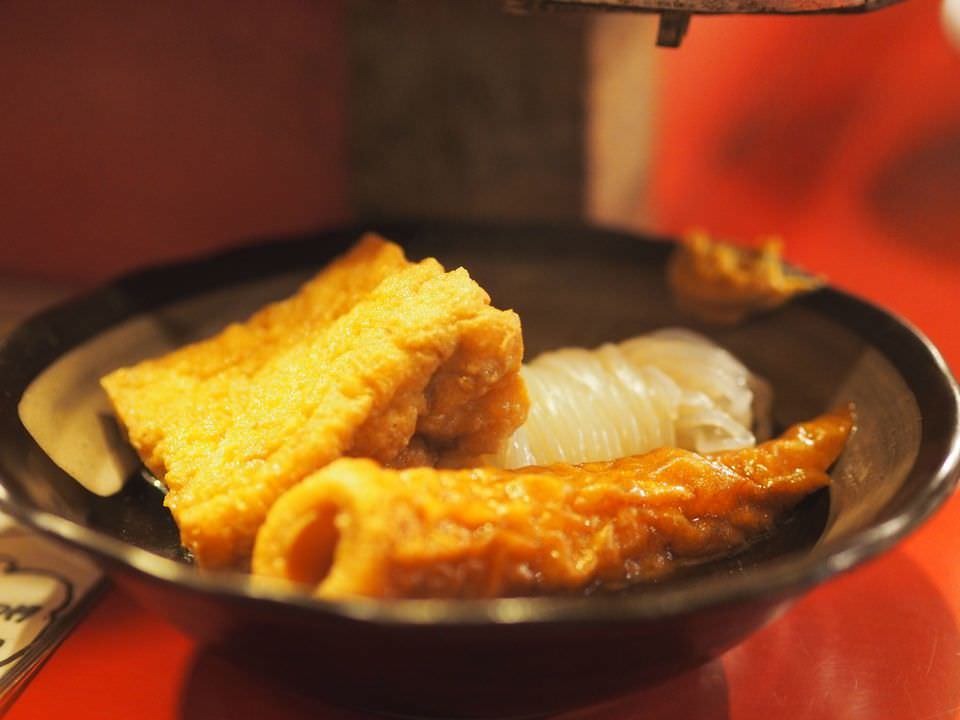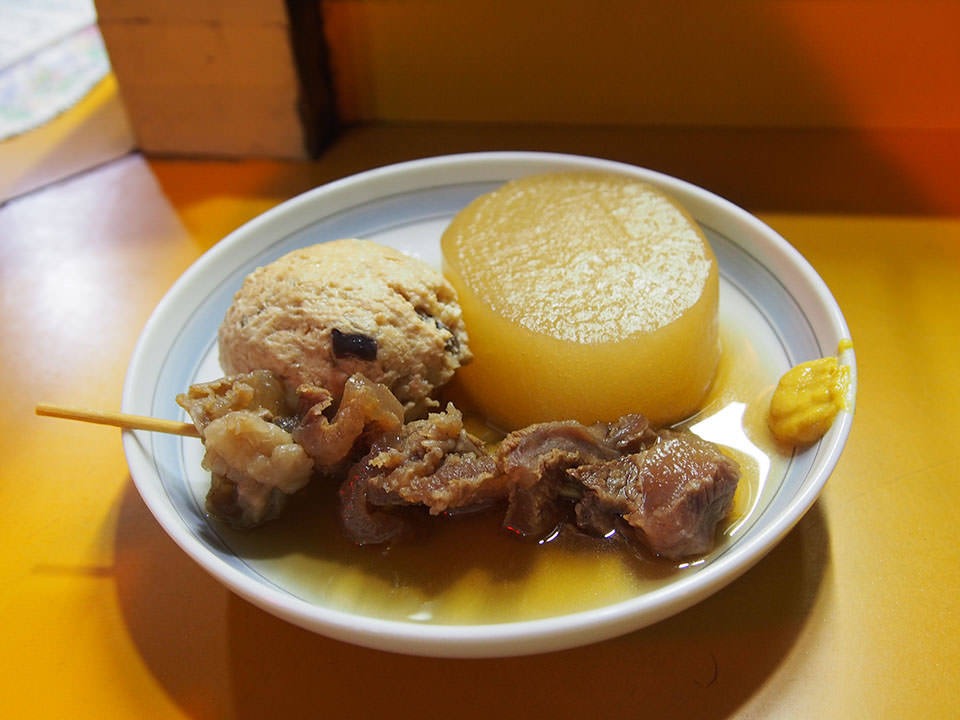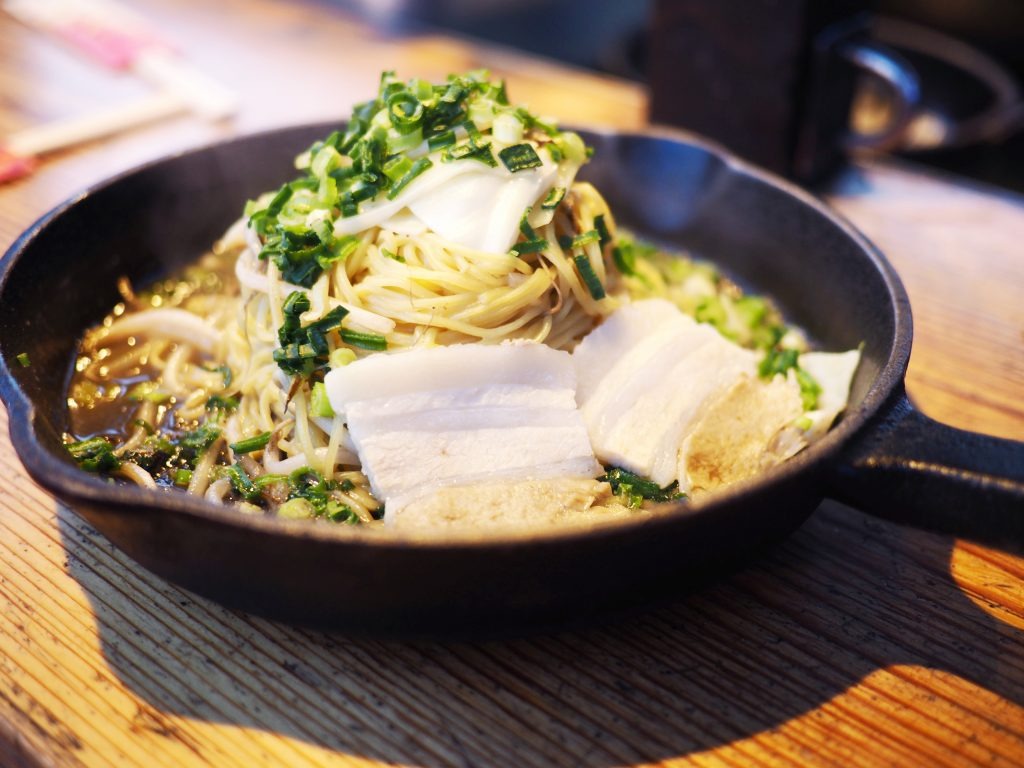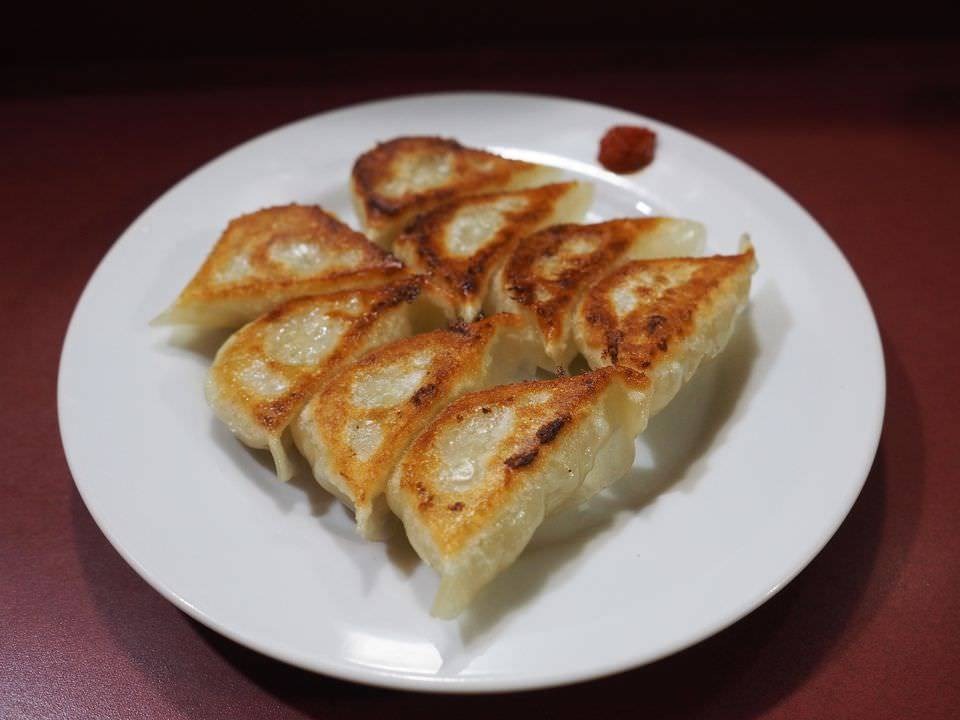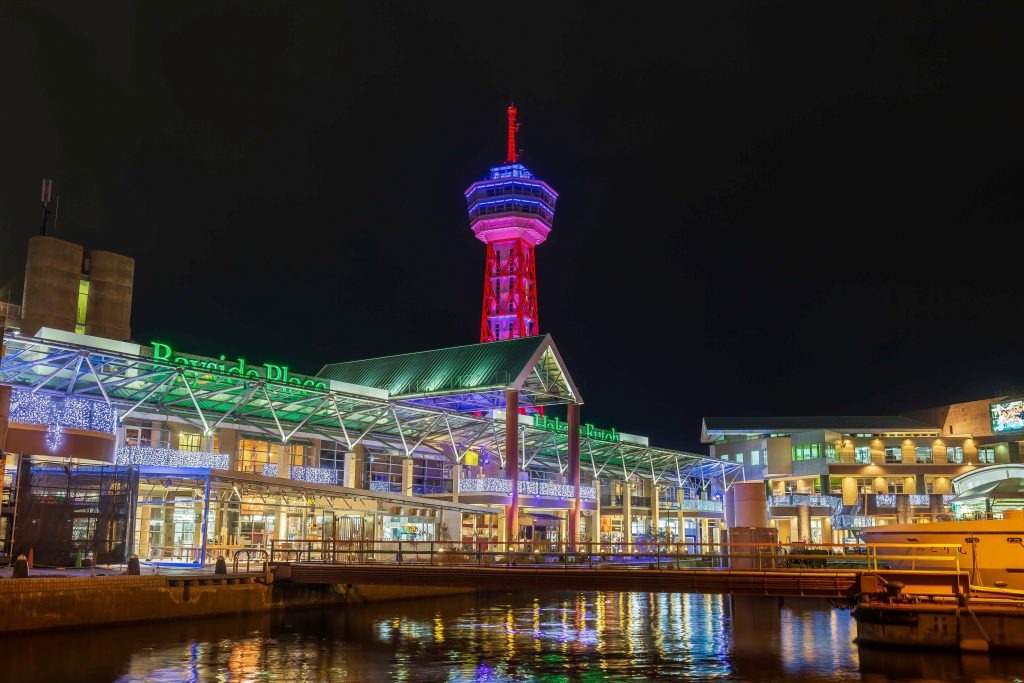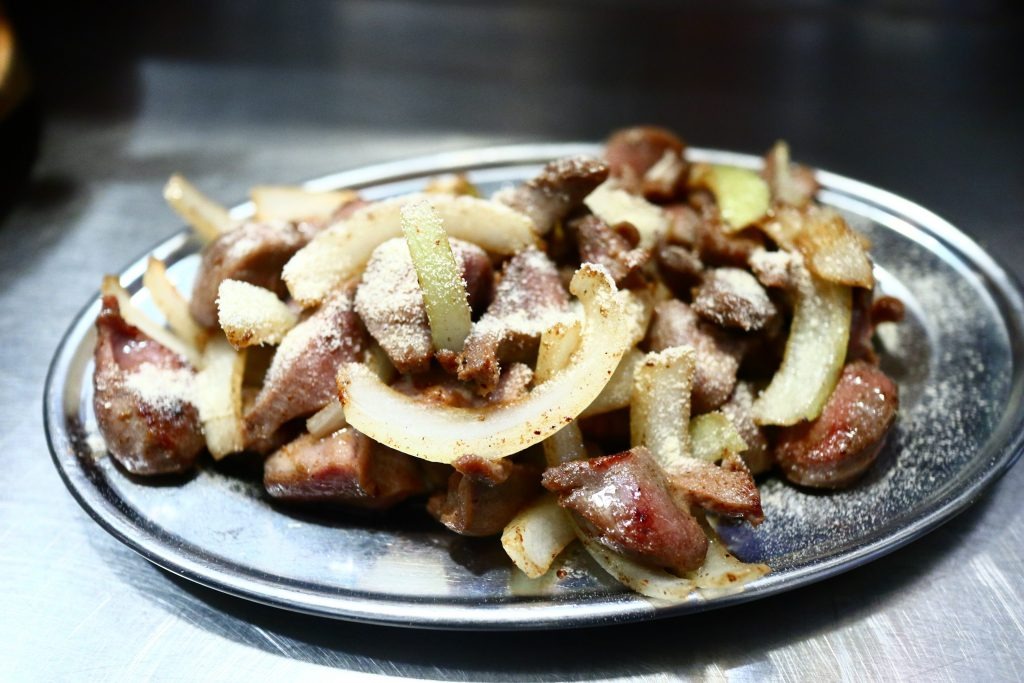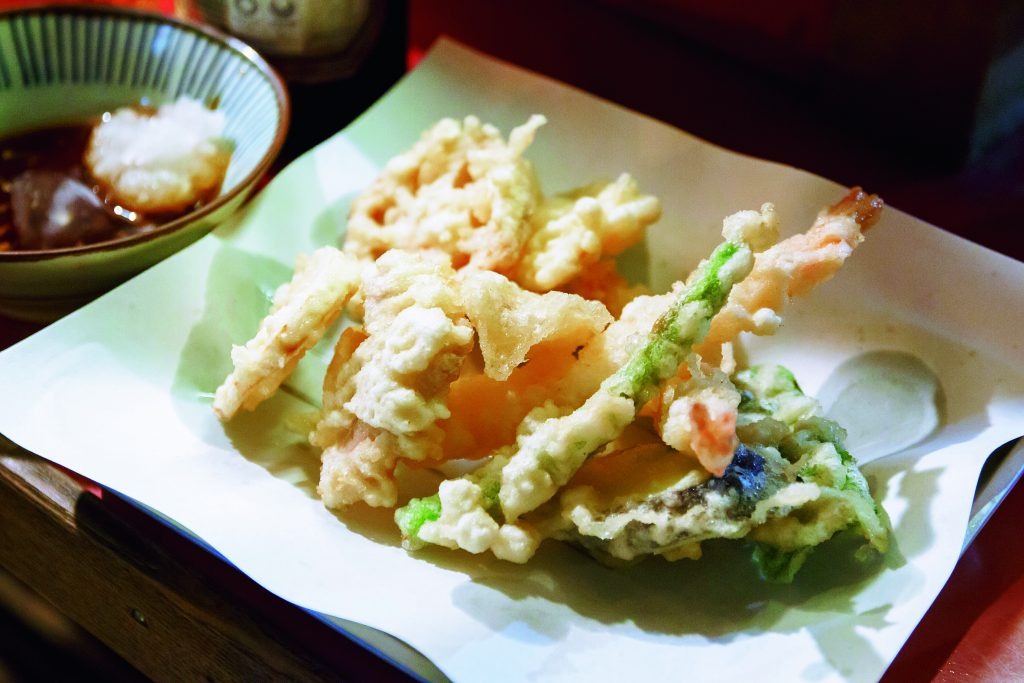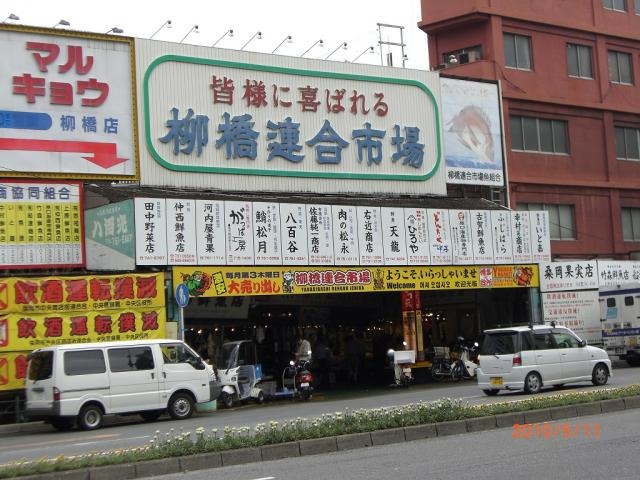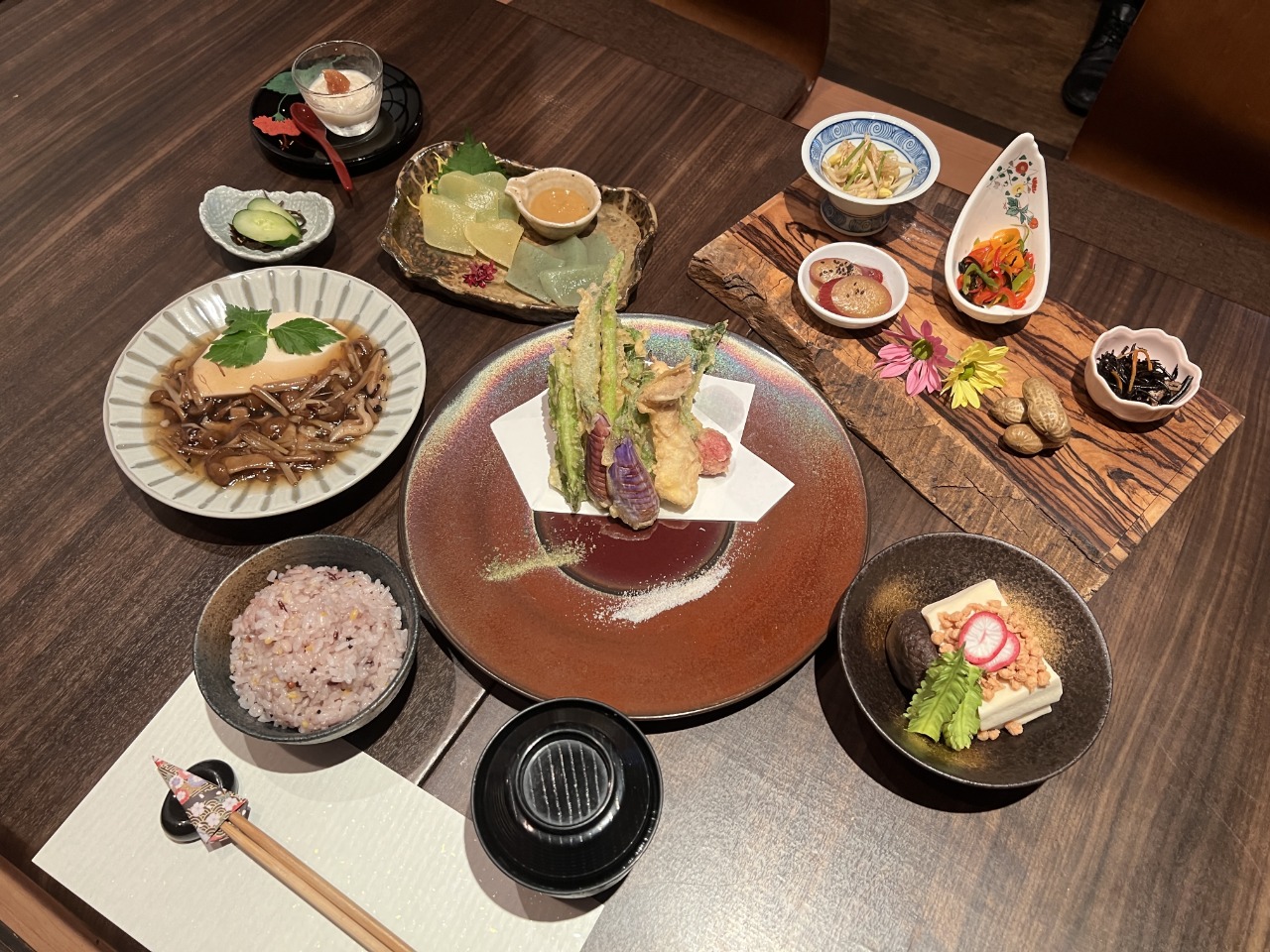The More You Know, the More You’ll Love: The Delicious Local Specialties of Fukuoka
Tasting the food that is unique to an area is probably one of the best parts of sightseeing. Often there are unique flavors and dishes that can only be found in the area, well-loved restaurants recommended by eager locals, and other irresistible goodies that seem to just be calling out your name as you pass them by.
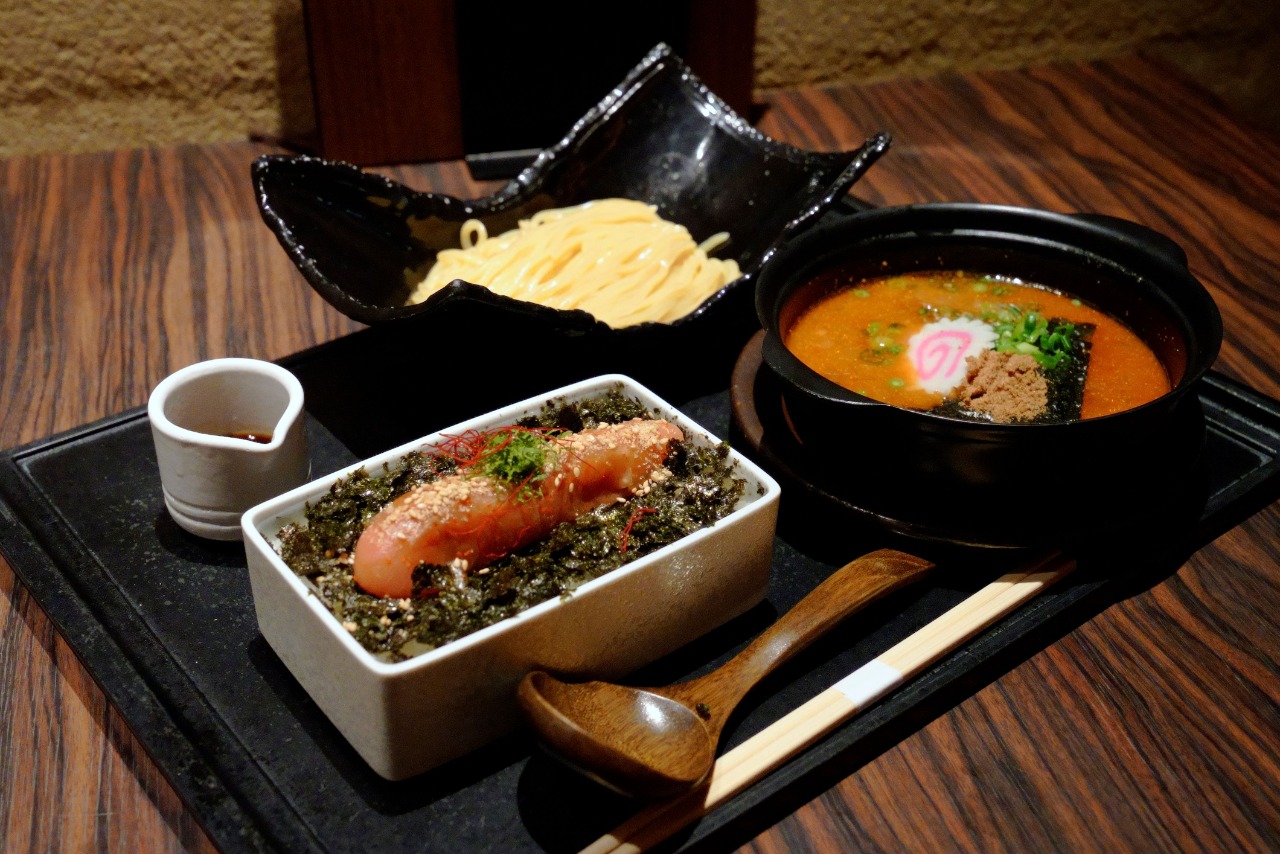
Throughout Japan and increasingly worldwide Fukuoka is known as one of the country’s culinary capitals. The city has plenty of renowned local specialties, with guidebooks practically overflowing with different recommendations. In Fukuoka that no matter where you go it feels like something delicious is just waiting around the corner.
In this special edition we will be introducing our readers to some of Fukuoka’s culinary lore, including some info on some of the city’s best (and worst) kept secrets.
One of a Kind – The Refined Sea Bream Chazuke of Kappo Yoshida
When it comes to exceptional, one-of-a-kind quality, Kappo Yoshida most certainly fits the bill. Their specialty: tai chazuke, a dish consisting of only the freshest tender Japanese sea bream and rice doused in green tea. Kappo Yoshida first opened in 1963, and since then it has been a much-loved mainstay of the Tenjin downtown area, featuring a recipe passed from generation to generation. Everyday diners line up in front of the store around lunchtime in pursuit of this famous yet humbly flavored chazuke. This well-earned reputation has been further augmented in recent years by the seasoned current owner Mr. Taizou Yoshida, who spent years furthering his craft while still a student.
The chazuke is made with a combination of their sauce passed down from generation to generation, the freshest sea bream, and nori seaweed and rice that passes Mr. Yoshida’s exacting standards. For lover of sea bream Mr. Yoshida, this dish is his greatest treasure.
As a matter of fact, Fukuoka is one of several places in Japan where sea bream can be fished. This proximity to the sea ensures that the meat of the fish is sweet and packed with flavor.
As for how chazuke is meant to be eaten, the restaurant recommends the following process. First, mix the fish, sauce, and nori with the wasabi and eat this mixture together with the rice directly. This is to better get an idea of the flavor of the ingredients. Now, once roughly half of the rice is left over, mix the remainder of the fish and sauce mixture together with the rice and pour the hot tea over it to complete the chazuke. One of the fun parts about eating the fish this way is that the texture develops once the tea is added, changing from a tender texture to a light and fluffy one.
The restaurant is a go-to spot for both locals and visitors, and is often patronized on special occasions. This is the flavor of a restaurant that has been enjoyed by customers for many years, with the skill and panache on display the product of dedication to a craft.
The best chefs are said to know not when to add more ingredients, but when to use fewer. If this ethos embodies the essence of cookery, then Kappo Yoshida is truly a testament not only to the flavor of Fukuoka, but to yummy food the world over.
❖Kappo Yoshida
Address: 1-16 Tenyamachi, Hakata Ward, Fukuoka City, Fukuoka
Hakata Uiro – A New Signature Sweet, Reborn at Home
Uiro is a traditional Japanese sweet made with glutinous rice flour and sugar that, similar to mochi, is both chewy and slightly sweet. The dessert is often associated with Nagoya and Yamaguchi prefecture, but it‘s Fukuokan origins are not very well known. As the story would have it, Chin Enyu from China came to Myoraku Temple (located in Hakata’s Gokushomachi) where he shared the dessert with visitors to the temple. From here, the dessert would spread across the country- but ironically enough, it was forgotten about in Fukuoka.
As for the revival of this famous wagashi (meaning Japanese sweet), Fukuoka has Ms. Noriko Yoshida, the proprietress of Chikuzenbori, to thank. With the name “Hakata Uiro” the dessert is proving that its enduring popularity transcends epochs.
As for the revival of this famous wagashi (meaning Japanese sweet), Fukuoka has Ms. Noriko Yoshida, the proprietress of Chikuzenbori, to thank. With the name “Hakata Uiro” the dessert is proving that its enduring popularity transcends epochs.
The three flavors on offer are matcha, roasted green tea (hojicha), and white bean jam. All of them feature a mild sweetness and while nostalgic the flavors have yet an air of novelty about them. Additionally, eating the uiro raw is just one of the many ways that they can be consumed. By adding uiro to a heated frying pan and cooking until it begins to brown, it retains its texture while developing an aroma and a newfound depth in flavor. It can also be enjoyed in many other ways such as by sprinkling kinako (soybean flour) on it or by serving it cold in the summer. In addition to the three standard flavors, limited flavors such as chestnut, strawberry (Amaou), sakura, and amanatsu orange are also available depending on the season.
Longstanding (actually, over 300 years old) teashop Mitsuyasu Seikaen located in Fukuoka’s Gofukumachi district is planning on introducing the uiro as part of their tea set at the small tea house that adjoins the main location, called Chayu Seika. Up until this point they could only be purchased as souvenirs, so now marks the first opportunity to have the treat together with tea- probably the best way to consume it!
Hakata uiro’s plump and chewy texture leave a lasting impression on most who eat it. Perhaps no better marketing can be made than the pleasant memories eating it evokes, and for the fact that it leaves a smile on the face of visitors and locals alike.
Available at:
Iroriyaki Chikuzenbori
Address: 125 Kaminohara, Imajuku, Nishi Ward, Fukuoka City, Fukuoka
Mitsuyasu Seikaen Tea Shop Kannai Honten
Address: 8-1 Naka Gofukumachi, Hakata Ward, Fukuoka City, Fukuoka
Mitsuyasu Seikaen Chaho Shintenmachi Branch
Address: Shintenmachi Minamidori, 2-7-243 Tenjin, Chuo Ward, Fukuoka City, Fukuoka
Hakata Meihin Kura Hakataguchi Store
Address: 1-1 Hakata Station Chuogai, Hakata Ward, Fukuoka City, Fukuoka 812-0012
JR Hakata Station Hakata Exit Concourse
The Pride of Fukuoka – We Still Want Mentaiko!
When in Fukuoka, there is one thing that can’t be missed. One bite forms an unforgettable memory… we are of course talking about the pride of Fukuoka, mentaiko.
As to the origin of the term, the word “mentai” is actually Korean, as “myongtae” is the Korean word for Alaskan pollock, the fish whose eggs are used to make it. From there, the addition of the Japanese word for offspring, ko, is added, resulting in the term mentaiko. As for the recipe, it was brought over to Japan during a period of war with Korea. Soldiers returning to Japan were eager to replicate the flavor of the delicious kimchi mentaiko they consumed while in Korea. In copying this recipe, Japanese mentaiko was born. In Fukuoka today there are many stores that specialize in mentaiko, with Hakata mentaiko becoming a mainstay in Japanese cuisine.
These specialists are nothing if not inventive, with mentaiko featuring as the primary ingredient in anything from savory tsukemen (known in English as dipping noodles) and pasta to candy and sweets (this author has even seen mentaiko flavored soft serve). This wide variety of recipes showcases the versatility of the ingredient, as well as the love that chefs from Fukuoka lavish upon their local specialty.
For this reason, one will rarely find famed Hakata mentaiko specialist Ganso Hakata Mentaiju without a considerable line. Prospective customers queue to try their konbu-wrapped mentaiko nestled on a bed of rice, or the umami rich mentaiko and vegetable laden broth that comes with their tsukemen noodles.
Another famous mentaiko specialist is Fukuya, and the Hakuhaku Café in the Hakata Museum of Food and Culture Hakuhaku they run features a lunch-time, mentaiko all-you-can-eat menu where you can try as much of the 6 different mentaiko types to your heart’s content.
❖Ganso Hakata Mentaiju
Address: 6-15 Nishinakasu, Chuo Ward, Fukuoka City, Fukuoka Prefecture
❖Hakata Museum of Food and Culture Hakuhaku
Address: 2-14-28, Sharyo, Higashi-ku, Fukuoka City, Fukuoka Prefecture
Loved by Locals and Visitors Alike – Fukuoka Yatai
Ask anybody what the most recognizable symbol of Fukuoka’s culinary scene is, and you’ll probably hear “yatai”, the name of the food stalls that line the city’s busiest thoroughfares. The enduring popularity and recent renaissance of the yatai can be attributed to the fact that in these 12-seater food stalls, diners can discover more than just the flavor, but also the essence of Fukuoka. To learn more about just what this essence is, we turned to Fukuoka City Hall representative Mr. Morizono, who kindly gave us some advice on how to best enjoy a night of yatai-ing.
While today yatai are among Fukuoka’s most conspicuous symbols, the road to getting there was one fraught with challenges. Originally yatai were born out of a need to have places to eat in the years of scarcity following World War Two, and as a result yatai were widespread at the time, featuring throughout many of Japan’s larger cities. Yet as laws and regulations tightened the number of yatai began to dwindle, and in a bid to preserve what had become a key part of the Fukuokan identity the city government successfully passed regulations to help yatai standardize and become rule compliant. As a result, yatai today are both a very popular tourist attraction as well as simply a part of the daily life for the locals who frequent them.
Yatai stalls are located in areas that are generally accessible to tourists, and as a result they usually have a diverse clientele. In 2023 the Nagahama area north of the Tenjin area was revived as a yatai district with 7 new stalls opening in 2023. As of February 2024, Nagahama features a total of 9 stalls. Each region's yatai have a kind of synergy with the surrounding area, giving them a regional flair that goes beyond just the food they serve.
The Various Yatai Areas (Partial)
Nakasu Area: Many tourists come to dine here, making it a vibrant and popular place to eat.
Nakasu Nakajima-machi Area: Slightly more low-key than the main Nakasu area, these stalls are filled with locals.
Tenjin Area: Many who are returning from work come to these stalls once they finish work, making them an excellent place to chat with people in the area. There are a wide variety of different concepts and cuisines in them.
Nagahama Area: Was revived in 2023. The area is where the legendary Nagahama tonkotsu ramen originates from, and many locals and families come to dine here.
When eating at yatai it is important to keep several things in mind in order to make the experience enjoyable for everybody. Since they operate with limited seating it is important not to stay longer than necessary, and it is customary to place at least one order when entering. By behaving well and respecting others, everybody at the yatai benefits.
Please visit this page to learn more about the yatai.
For more information: https://gofukuoka.jp/YATAI
Summary
Those who come and try Fukuoka’s specialties often find themselves wanting to come back for a reason, and those spending just a few days in town will find that there is almost no limit to what one can find tucked away in every nook and cranny of the city. By sampling Fukuoka’s local specialties, not only the flavor but the history of the dish will permeate your taste buds, making you fall ever deeper in love with the city’s culinary traditions. Of course, not to be forgotten are the vibrant locals who you will meet and interact with as you dine your way around the city. Enjoy, but make sure to leave room for seconds!







